
- Australia & Asia Pacific
- Central America & Caribbean
- Middle East
- North America
- South America
- Sustainable Tourism
- Inspiration

Travel Tips
Your inspiration for travel to unesco world heritage sites, latest stories.

Visit UNESCO World Heritage Sites on a budget
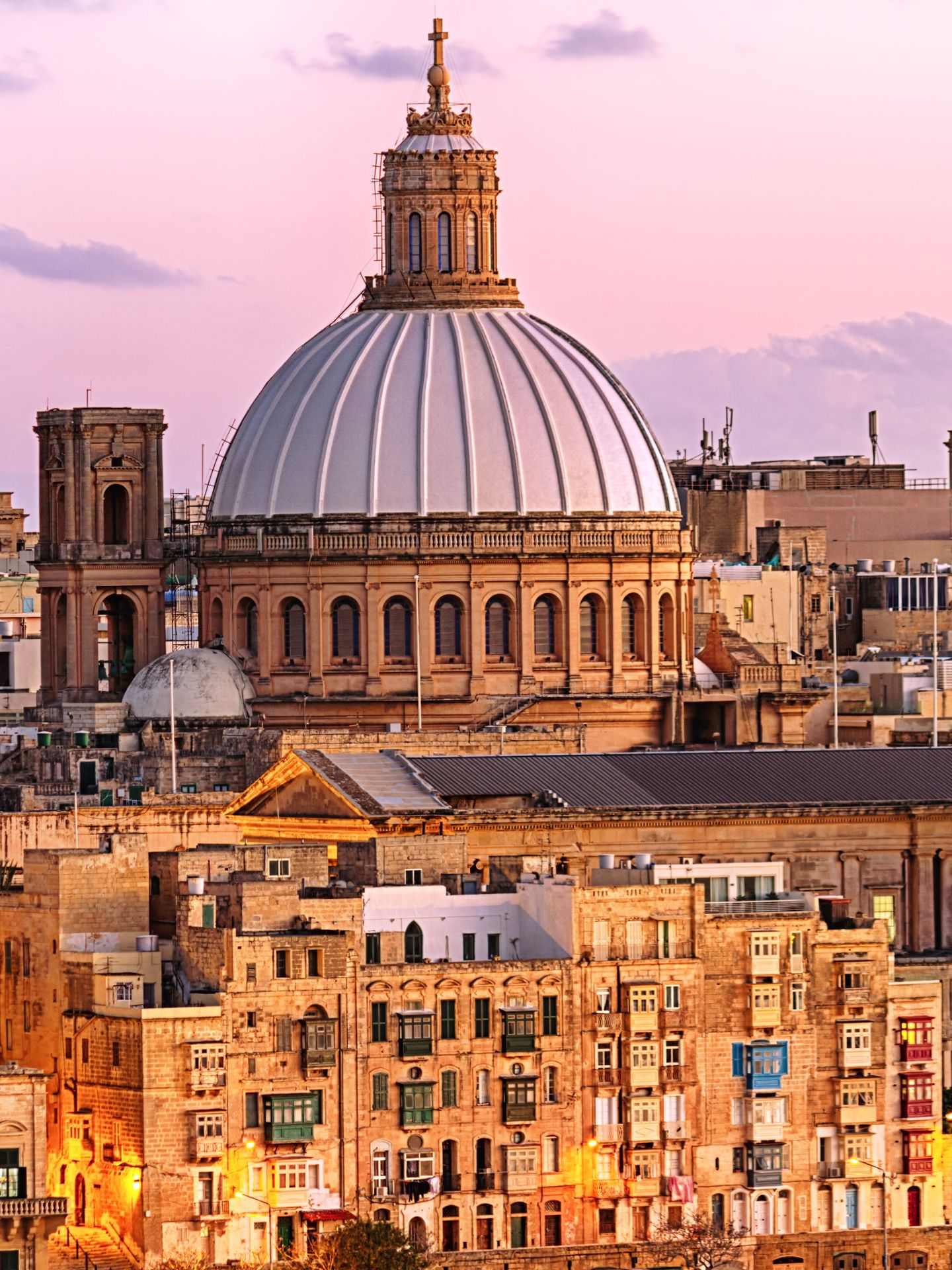
7 of the best World Heritage Sites for winter sun
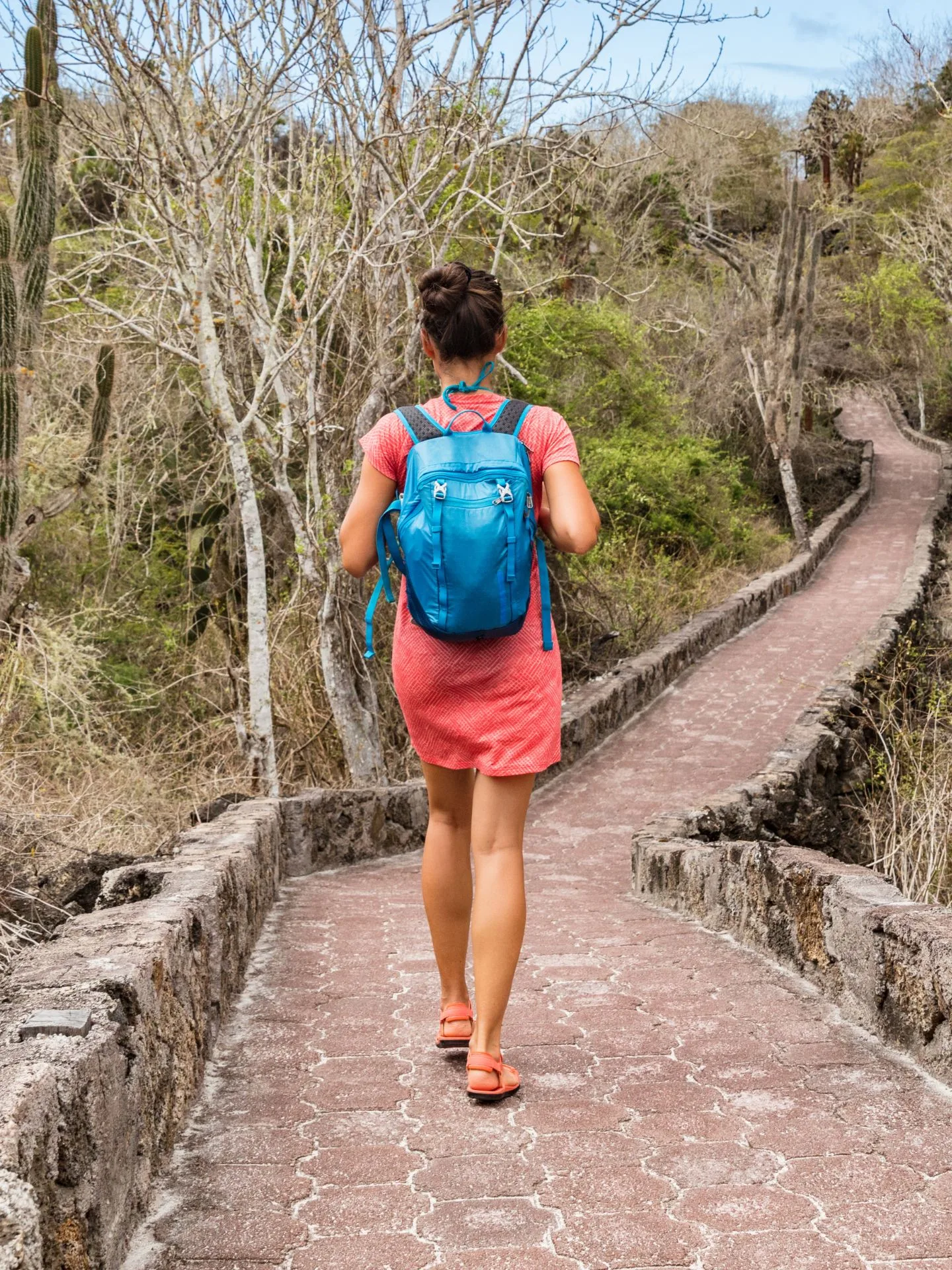
Discover the best UNESCO World Heritage Sites for adventure seekers
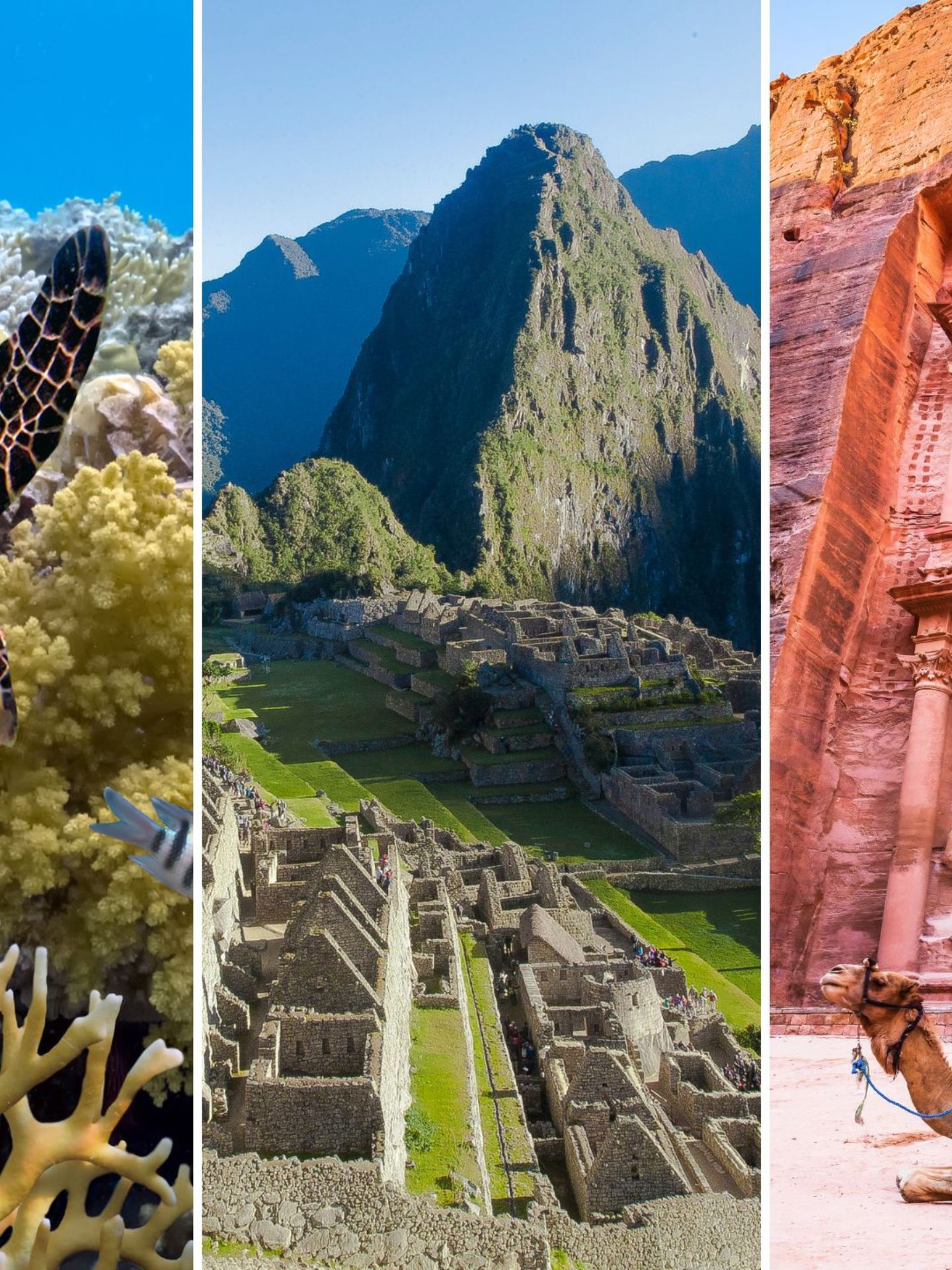
Explore the top UNESCO World Heritage Sites you must visit in 2024
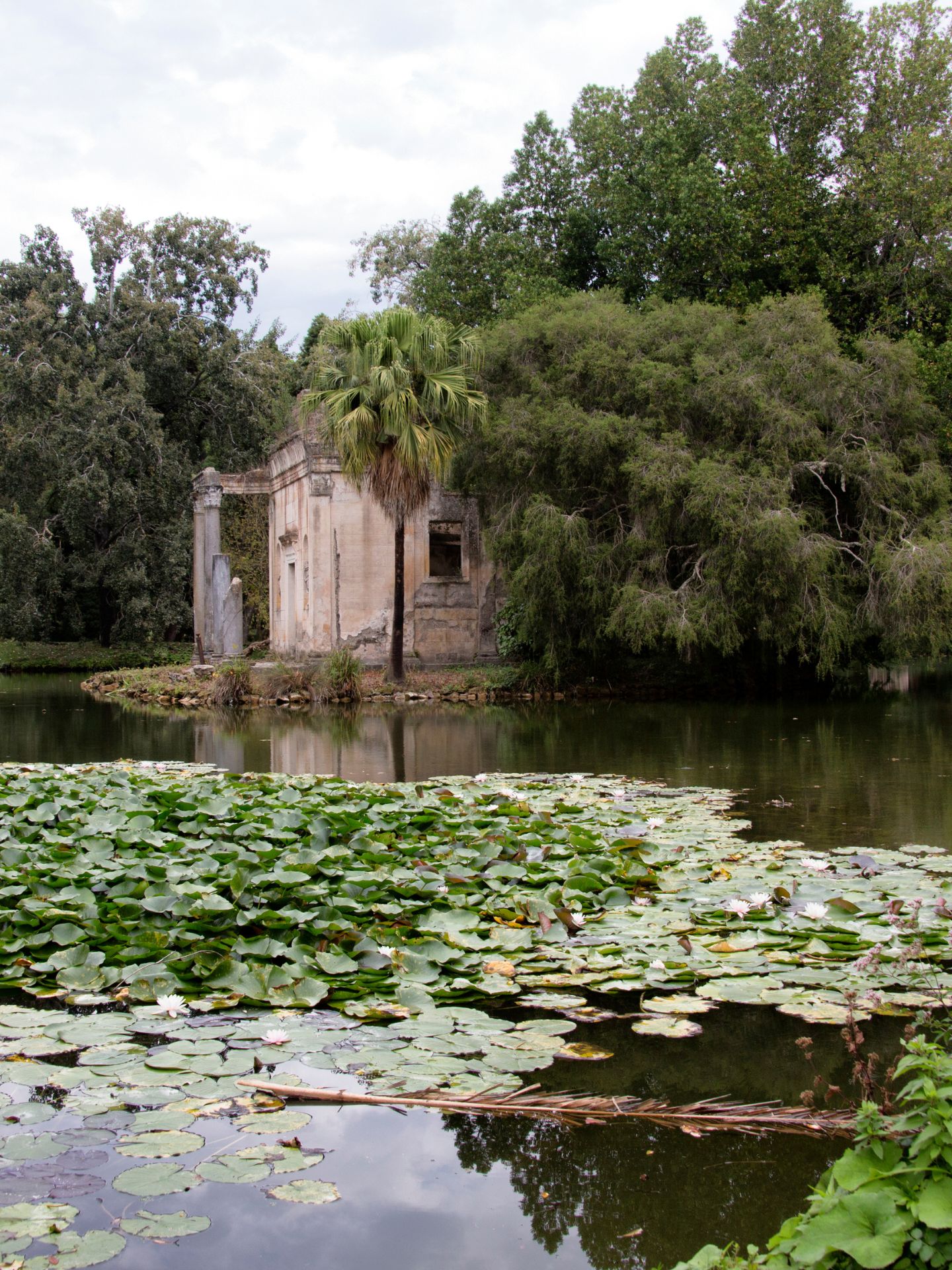
Explore the magnificence of Caserta Royal Palace and its surroundings
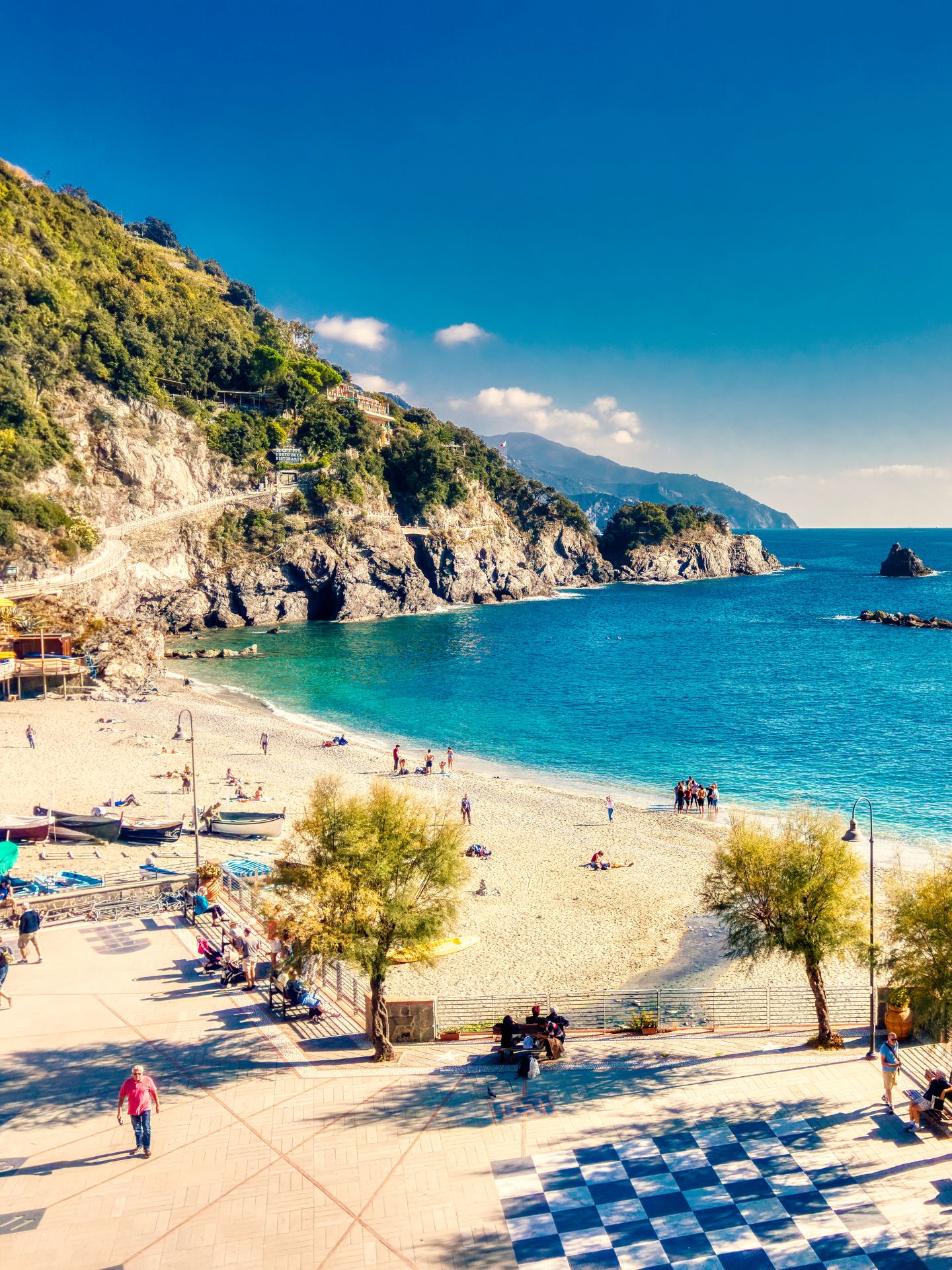
11 UNESCO World Heritage Sites for beach lovers
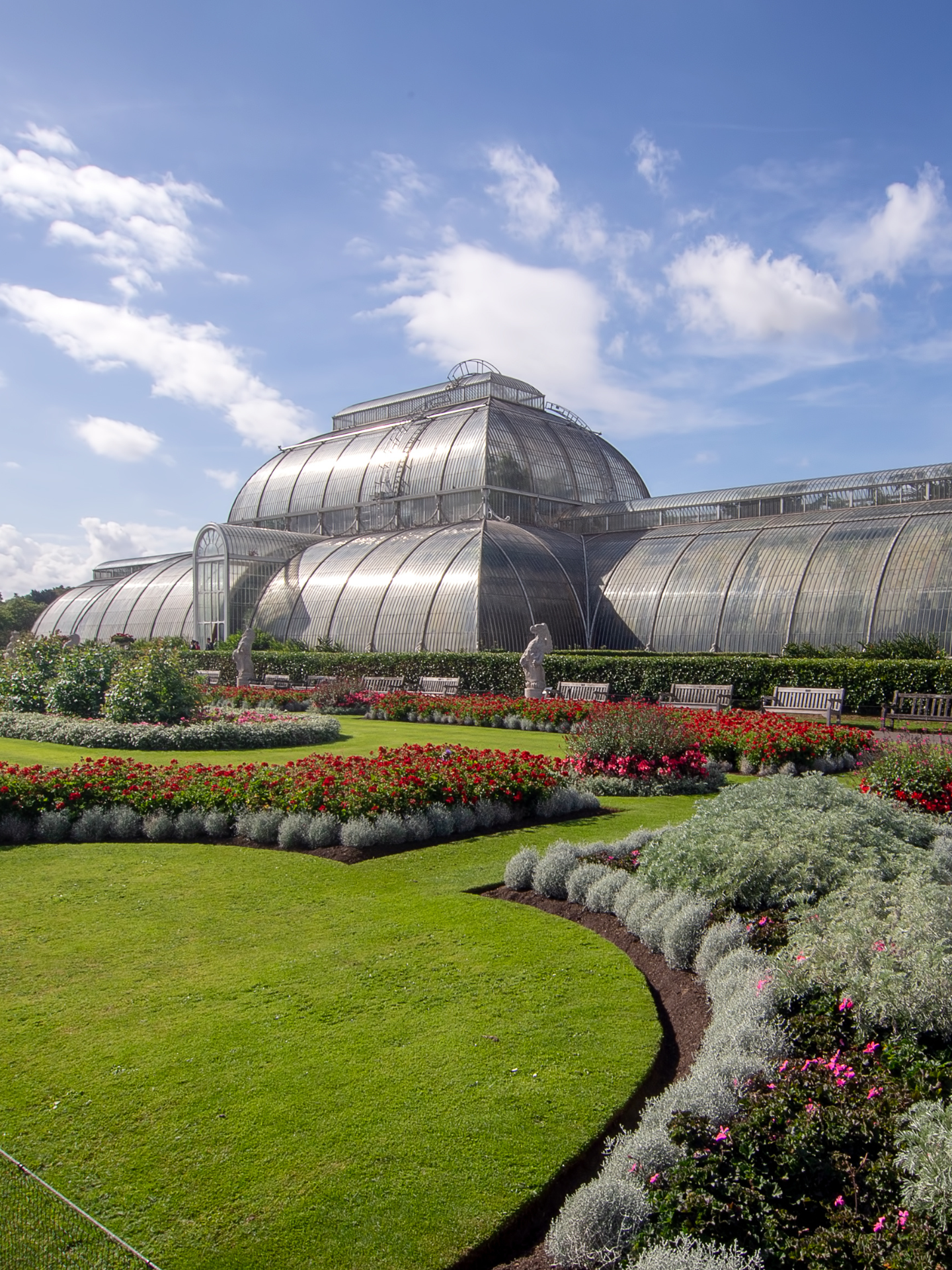
3 UNESCO World Heritage botanical gardens
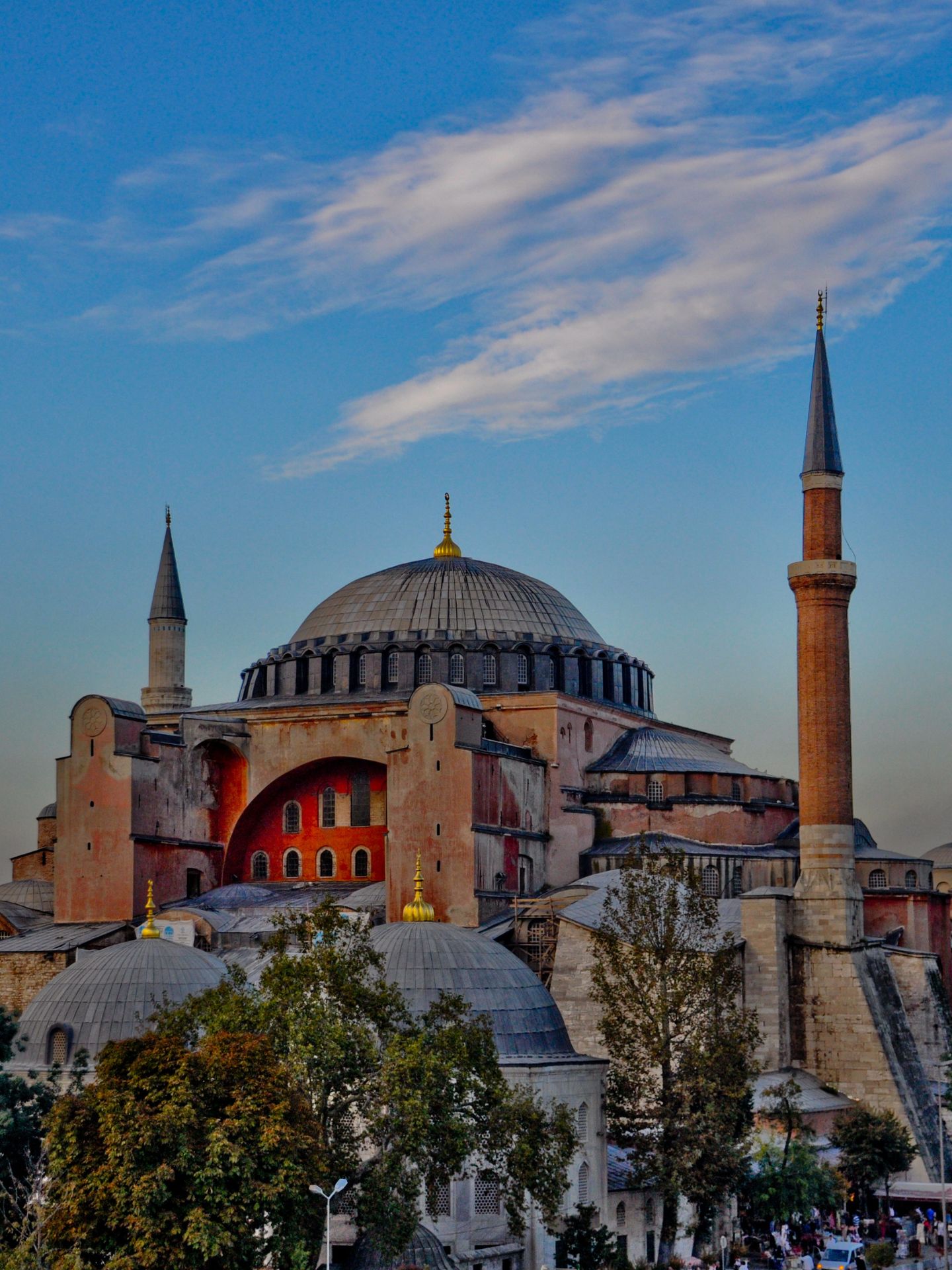
11 must-see UNESCO World Heritage Sites for architecture lovers
Sustainable travel.

Overtourism in Europe: innovative solutions and urban initiatives
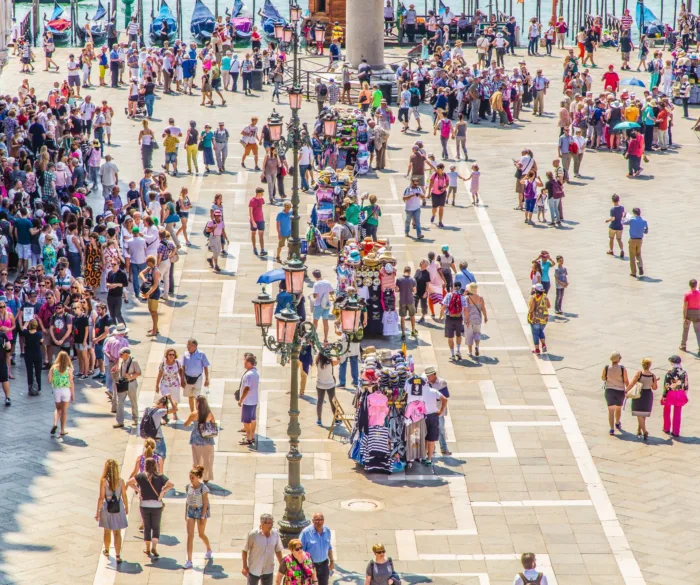
The effects of overtourism: navigating the challenges and solutions

5 ways to eliminate single-use plastic when you travel

The negative effects of overtourism and how you can help

How to reduce your environmental impact while traveling

Ultimate Guide to Reef Safe Sunscreen
About world heritage.
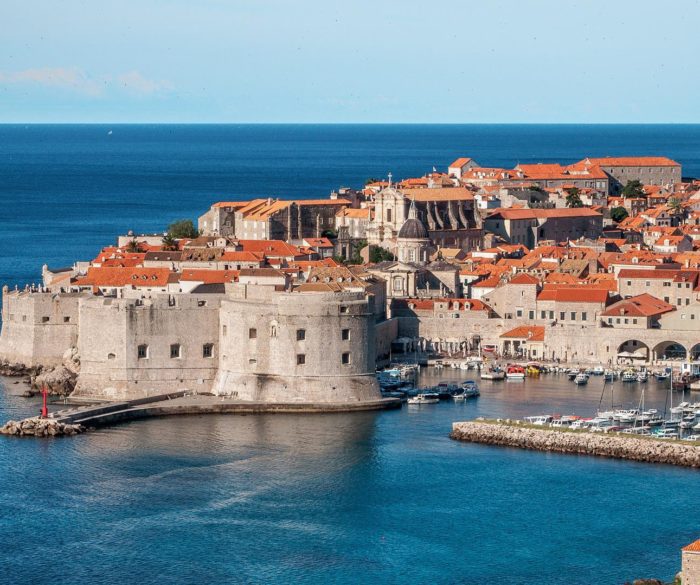
What is a UNESCO World Heritage Site?

What is Intangible Cultural Heritage?
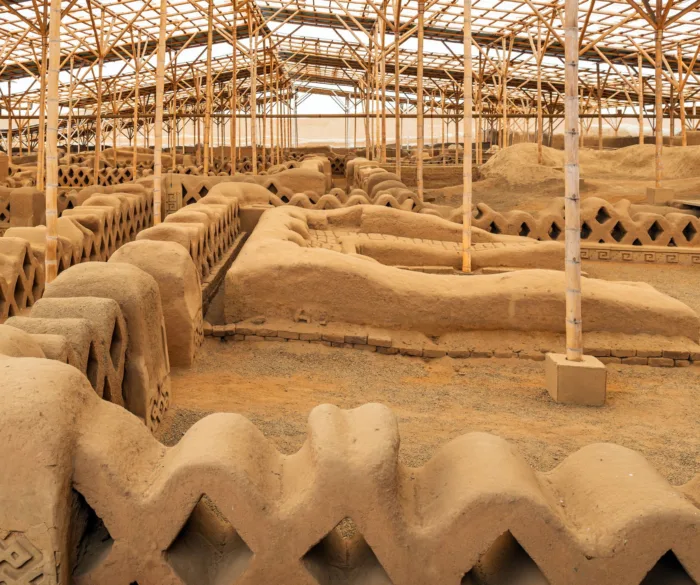
Understanding the World Heritage in danger list

7 Tips to Improve Your Travel Photography

Here’s what to wear on a long flight
Plan your trip.
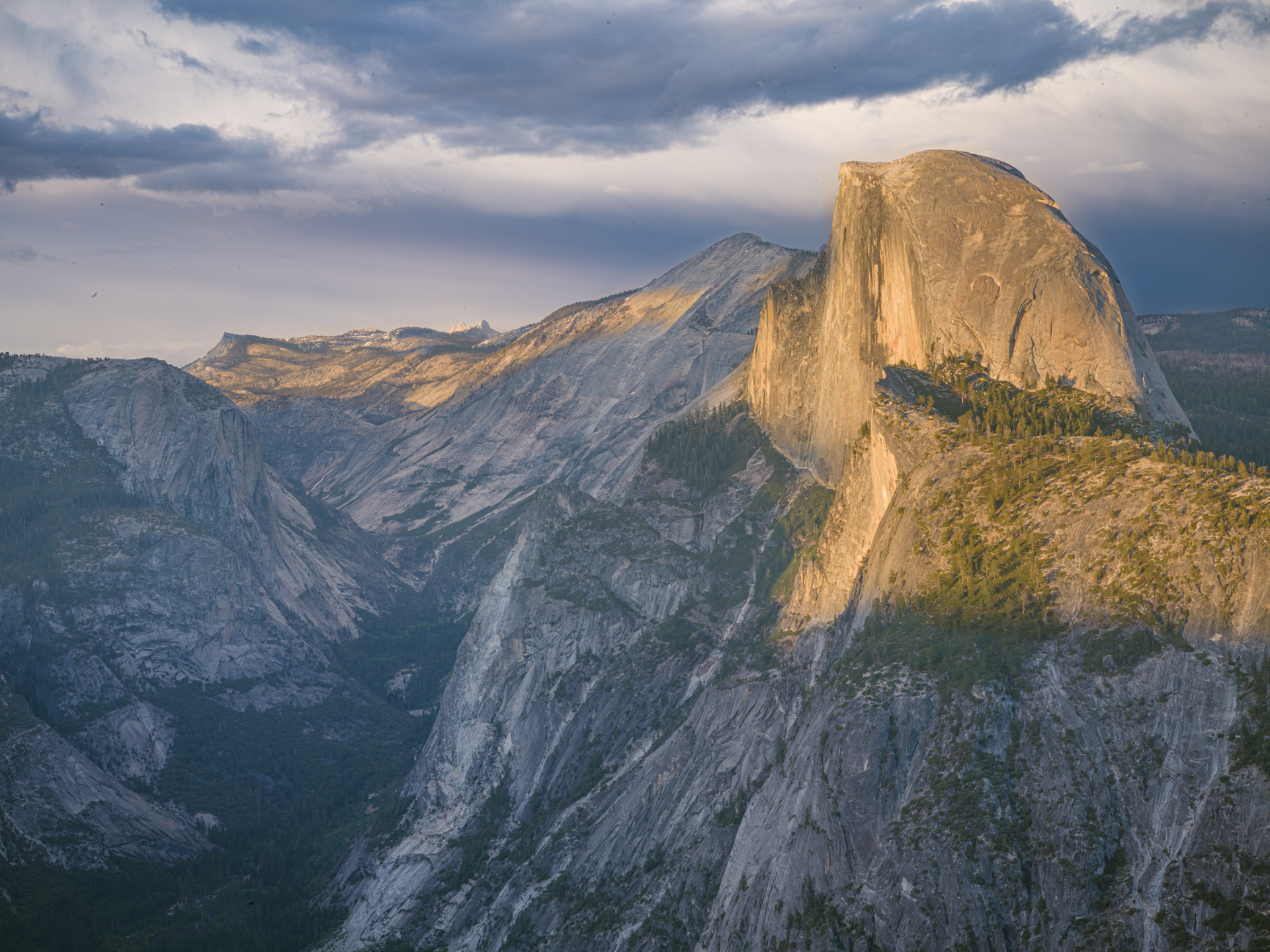
Yosemite National Park
Roman Monuments, Cathedral of St. Peter and Church of Our Lady in Trier, Germany
How to visit the Palace and Park of Versailles, France

How to visit Champagne Hillsides, houses, and cellars, France

How to visit the Blue and John Crow Mountain National Park in Jamaica

How to visit the UNESCO World Heritage Site of Shalamar Gardens in Lahore, Pakistan

How to visit the Historic Centre of Sighişoara, Romania
Travel stories.

Chasing leopards in the Serengeti
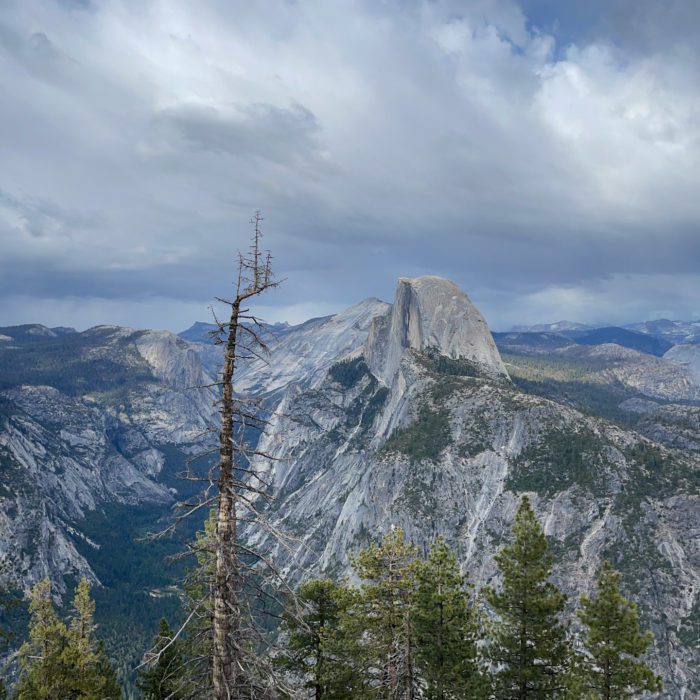
Why I hired a photo guide for Yosemite National Park
Last updated: June 04, 2017
McCadams Creative, LLC (“us”, “we”, or “our”) operates the https://www.globalheritagetravel.com website (the “Service”).
This page informs you of our policies regarding the collection, use and disclosure of Personal Information when you use our Service.
We will not use or share your information with anyone except as described in this Privacy Policy.
We use your Personal Information for providing and improving the Service. By using the Service, you agree to the collection and use of information in accordance with this policy.
Information Collection And Use
While using our Service, we may ask you to provide us with certain personally identifiable information that can be used to contact or identify you. Personally identifiable information may include, but is not limited to, your email address, name (“Personal Information”).
We collect this information for the purpose of providing the Service, identifying and communicating with you, responding to your requests/inquiries, servicing your purchase orders, and improving our services.
We may also collect information that your browser sends whenever you visit our Service (“Log Data”). This Log Data may include information such as your computer’s Internet Protocol (“IP”) address, browser type, browser version, the pages of our Service that you visit, the time and date of your visit, the time spent on those pages and other statistics.
In addition, we may use third party services such as Google Analytics that collect, monitor and analyze this type of information in order to increase our Service’s functionality. These third party service providers have their own privacy policies addressing how they use such information.
Cookies are files with a small amount of data, which may include an anonymous unique identifier. Cookies are sent to your browser from a web site and transferred to your device. We use cookies to collect information in order to improve our services for you.
You can instruct your browser to refuse all cookies or to indicate when a cookie is being sent. The Help feature on most browsers provide information on how to accept cookies, disable cookies or to notify you when receiving a new cookie.
If you do not accept cookies, you may not be able to use some features of our Service and we recommend that you leave them turned on.
Behavioral Remarketing
McCadams Creative, LLC uses remarketing services to advertise on third party web sites to you after you visited our Service. We, and our third party vendors, use cookies to inform, optimize and serve ads based on your past visits to our Service.
- GoogleGoogle AdWords remarketing service is provided by Google Inc.You can opt-out of Google Analytics for Display Advertising and customize the Google Display Network ads by visiting the Google Ads Settings page: http://www.google.com/settings/ads Google also recommends installing the Google Analytics Opt-out Browser Add-on – https://tools.google.com/dlpage/gaoptout – for your web browser. Google Analytics Opt-out Browser Add-on provides visitors with the ability to prevent their data from being collected and used by Google Analytics.For more information on the privacy practices of Google, please visit the Google Privacy & Terms web page: http://www.google.com/intl/en/policies/privacy/
For more information on the privacy practices of Facebook, please visit Facebook’s Data Policy: https://www.facebook.com/privacy/explanation
Service Providers
We may employ third party companies and individuals to facilitate our Service, to provide the Service on our behalf, to perform Service-related services and/or to assist us in analyzing how our Service is used.
These third parties have access to your Personal Information only to perform specific tasks on our behalf and are obligated not to disclose or use your information for any other purpose.
Communications
We may use your Personal Information to contact you with newsletters, marketing or promotional materials and other information that may be of interest to you. You may opt out of receiving any, or all, of these communications from us by following the unsubscribe link or instructions provided in any email we send.
Compliance With Laws
We will disclose your Personal Information where required to do so by law or subpoena or if we believe that such action is necessary to comply with the law and the reasonable requests of law enforcement or to protect the security or integrity of our Service.
The security of your Personal Information is important to us, and we strive to implement and maintain reasonable, commercially acceptable security procedures and practices appropriate to the nature of the information we store, in order to protect it from unauthorized access, destruction, use, modification, or disclosure.
However, please be aware that no method of transmission over the internet, or method of electronic storage is 100% secure and we are unable to guarantee the absolute security of the Personal Information we have collected from you.
International Transfer
Your information, including Personal Information, may be transferred to — and maintained on — computers located outside of your state, province, country or other governmental jurisdiction where the data protection laws may differ than those from your jurisdiction.
If you are located outside United States and choose to provide information to us, please note that we transfer the information, including Personal Information, to United States and process it there.
Your consent to this Privacy Policy followed by your submission of such information represents your agreement to that transfer.
Links To Other Sites
Our Service may contain links to other sites that are not operated by us. If you click on a third party link, you will be directed to that third party’s site. We strongly advise you to review the Privacy Policy of every site you visit.
We have no control over, and assume no responsibility for the content, privacy policies or practices of any third party sites or services.
Children’s Privacy
Only persons age 18 or older have permission to access our Service. Our Service does not address anyone under the age of 13 (“Children”).
We do not knowingly collect personally identifiable information from children under 13. If you are a parent or guardian and you learn that your Children have provided us with Personal Information, please contact us. If we become aware that we have collected Personal Information from a children under age 13 without verification of parental consent, we take steps to remove that information from our servers.
Changes To This Privacy Policy
This Privacy Policy is effective as of June 04, 2017 and will remain in effect except with respect to any changes in its provisions in the future, which will be in effect immediately after being posted on this page.
We reserve the right to update or change our Privacy Policy at any time and you should check this Privacy Policy periodically. Your continued use of the Service after we post any modifications to the Privacy Policy on this page will constitute your acknowledgment of the modifications and your consent to abide and be bound by the modified Privacy Policy.
If we make any material changes to this Privacy Policy, we will notify you either through the email address you have provided us, or by placing a prominent notice on our website.
If you have any questions about this Privacy Policy, please contact us.

Must-Visit UNESCO World Heritage Sites
Unesco was created in 1945 as a means to help ensure the preservation of our natural, cultural, and intellectual heritage. of the more than 1,000 awe-inspiring unesco world heritage sites, these should be at the top of your list..
- Copy Link copied


56 Incredible UNESCO World Heritage Sites That Should Be on Your Bucket List
The world is brimming with awe-inspiring landmarks that tell tales of history, culture and nature. UNESCO World Heritage sites stand as a testament to these wonders – a tightly woven tapestry of our global heritage. Discover these must-see UNESCO World Heritage Sites.
From ancient ruins telling the story of eras long gone, to natural landscapes you can never quite soak in, UNESCO World Heritage sites pass on the legacy of our shared human journey.
I won’t lie – with over 1,100 sites spread out over 167 countries, the chances of you being able to see all of the UNESCO World Heritage sites are pretty slim. Start with these wondrous sites – unparalleled places you have to add to your travel bucket list .
Best UNESCO World Heritage Sites
Unesco world heritage sites in africa , okavango delta, botswana .
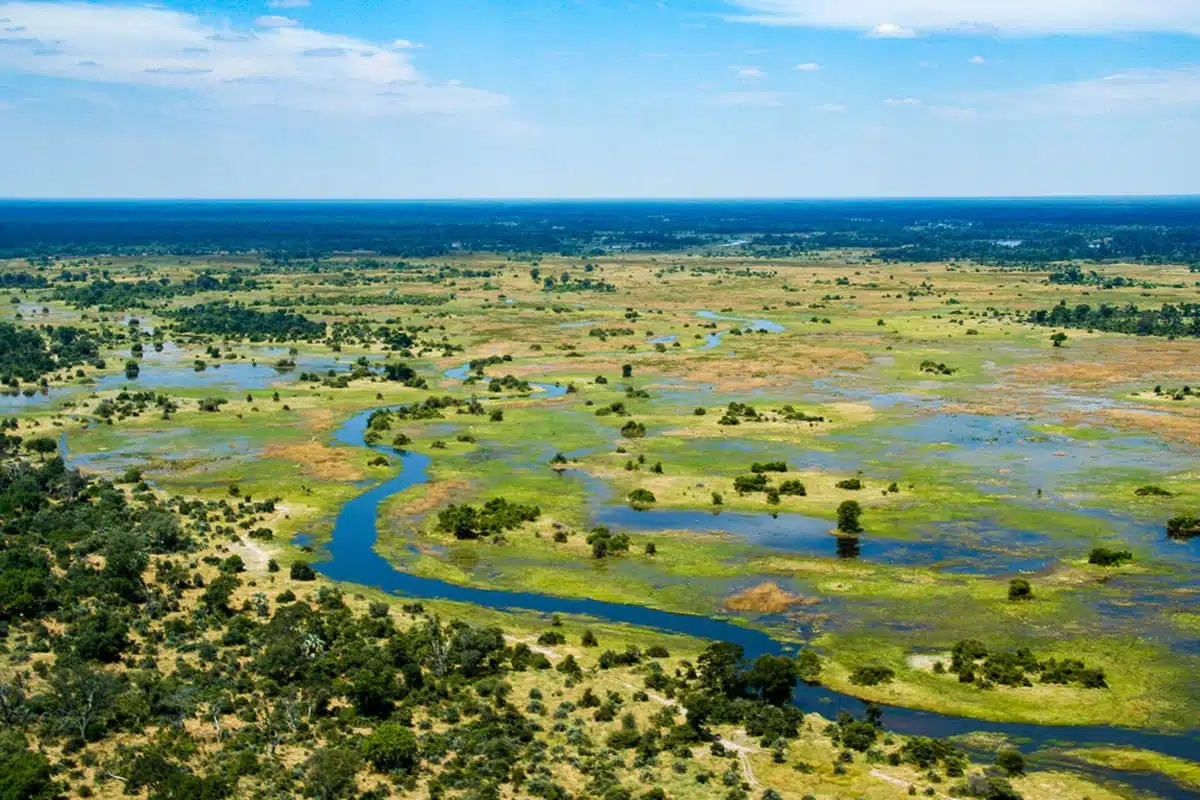
Situated in Botswana, the maze of channels, lagoons and islands that make up the Okavango Delta is one of nature’s marvels. This incredible World Heritage Site floods during the dry season, attracting a vast amount of wildlife that spans from elephants to lions and rhinos.
It’s a vibrant ecosystem in which nature’s rhythm and balance come to the fore. Take the opportunity to learn more about the culture whilst canoeing through the delta in the Moremi Game Reserve.
Medina of Marrakesh, Morocco
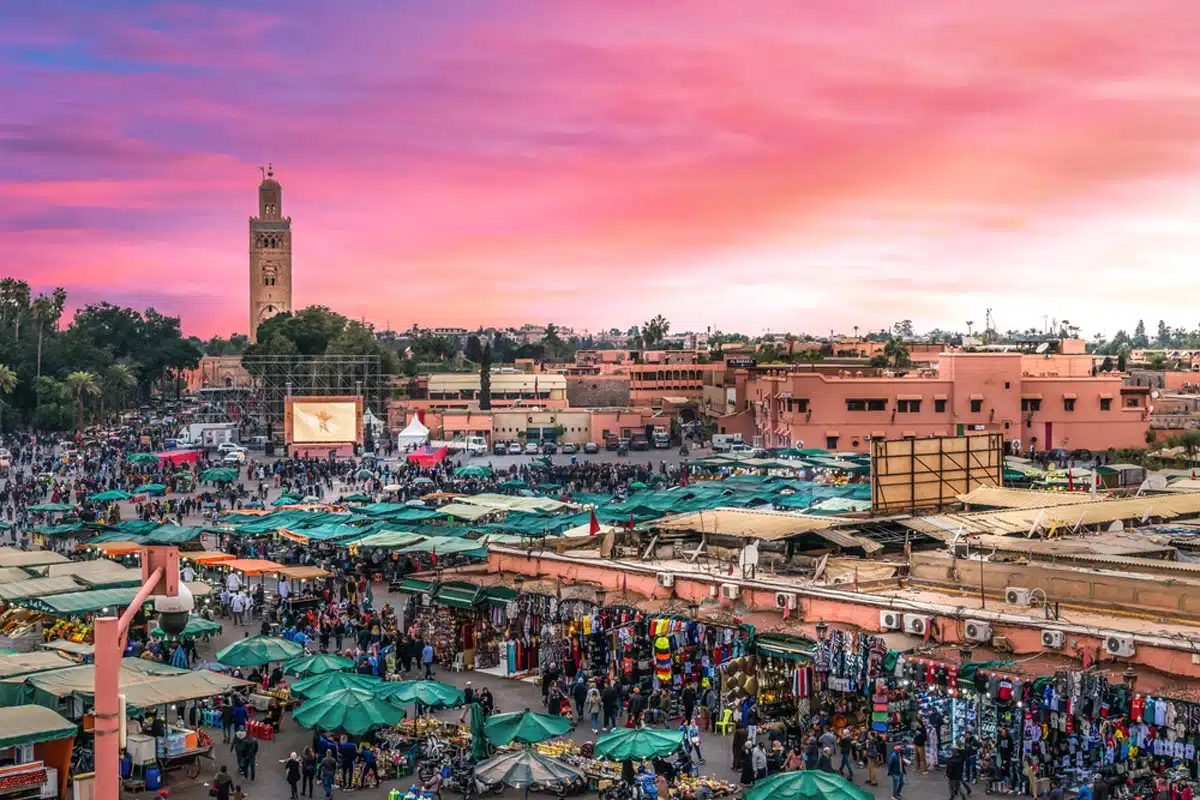
Is there anywhere more captivating than Marrakech ? Founded in 1070-1072 by the Almoravids, it quickly became a pivotal economic, cultural and political centre, not just in Morocco , but in the western Muslim world.
The Medina sits at the heart of it all – dominated by the Koutoubia Mosque, it’s framed by a series of ramparts, gardens, palaces and the thrumming Jamaâ El Fna Square. Stroll around for a sensory overload of sights, sounds and smells.
Vallée de Mai, Seychelles

It’s no secret that I fell in love with the Seychelles on my last trip – but of all the gorgeous scenery I encountered, the primordial forest of the Vallee de Mai was up there with the best.
Often nicknamed the “Garden of Eden” this soaring palm forest is one of the few places you’ll find the mysterious Coco de Mer palm whose seed is said to be shaped like a pair of women’s buttocks.
Glimpse into ancient natural history as you stroll around the forest, where endemic species from the Seychelles parrots to chameleons make their home.
Robben Island, South Africa
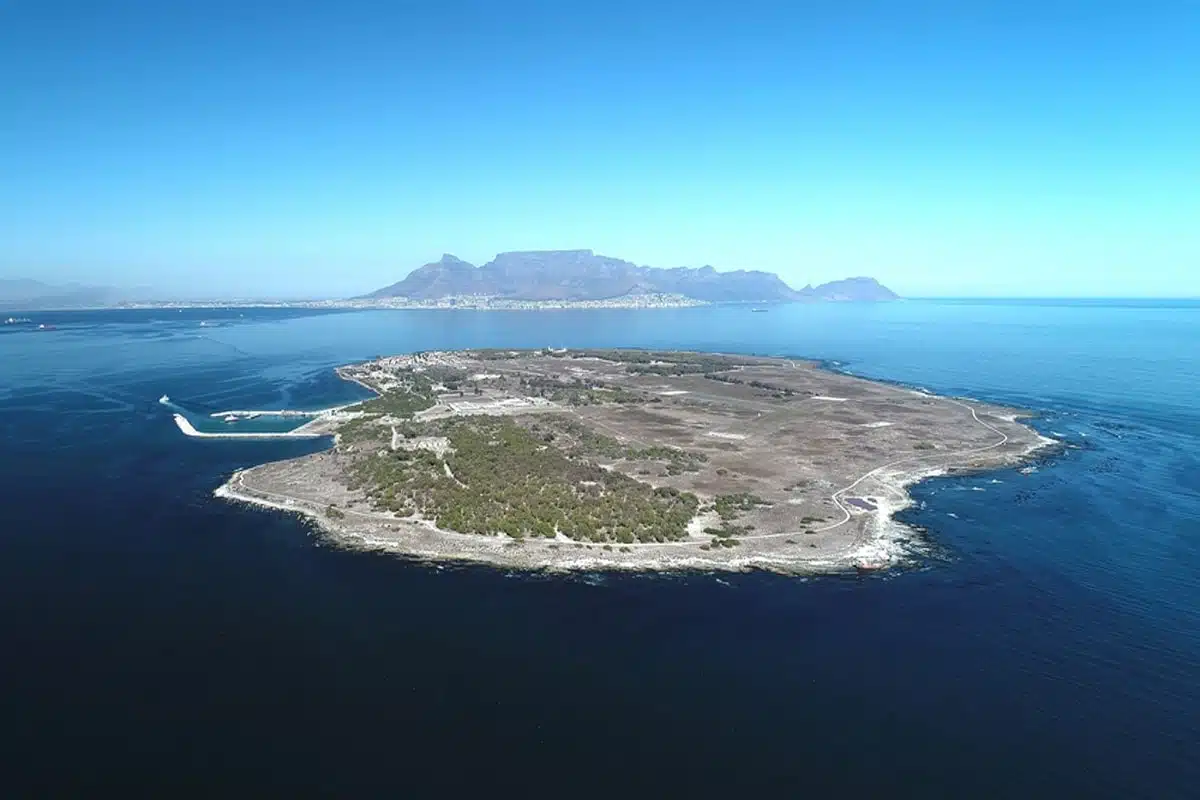
Stranded off the coast of Cape Town in South Africa , Robben Island is a sombre reminder of the country’s not-too-distant Apartheid past.
The island was used as a place of banishment, isolation and imprisonment for nearly 400 years – first as a leper colony, but most famously as the place where Nelson Mandela spent 18 of his 27 years in prison.
Tour the island for an insightful look into the history of the fight for freedom.
Serengeti National Park, Tanzania

Spanning a whopping 9,165 square miles (14,750 km), the Serengeti National Park in Tanzania is one of the prime UNESCO World Heritage Sites for nature lovers.
Tanzania’s first natural park is synonymous with Africa’s wildlife and the annual migration, when thousands of wildebeest, zebra and predators strike out across the plains in one of nature’s most spectacular events.
UNESCO World Heritage Sites in Asia
Angkor, cambodia.
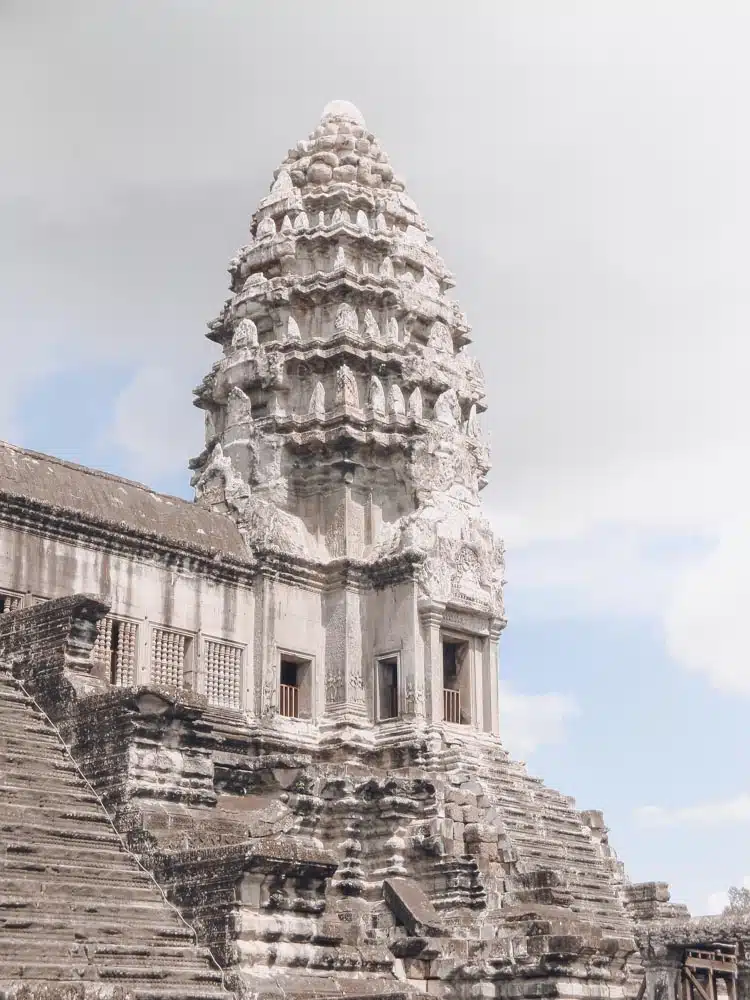
Nestled amidst the Cambodian jungle, Angkor is an unparalleled archaeological marvel that bears testimony to the importance of the Khmer Empire. Built between the 9th and 15th centuries, it’s a vast maze of temples, reservoirs and canals entangled within the jungle.
Angkor Wat is the most famous of the temples – peek at the temple’s reliefs to see the tales of Hindu epics and celestial realms carved into its walls. Move onto the nearby Ta Prohm where the face of Buddha stands in the clutch of winding trees.
Seeing the sunrise over Angkor was one of the most memorable moments from all my travels: the grey stone and jungle canopy was bathed in pink hues as the birds raised their chorus. I’d strongly encourage anyone who can to see it at least once.
Imperial Palaces of the Ming and Qing Dynasties, China
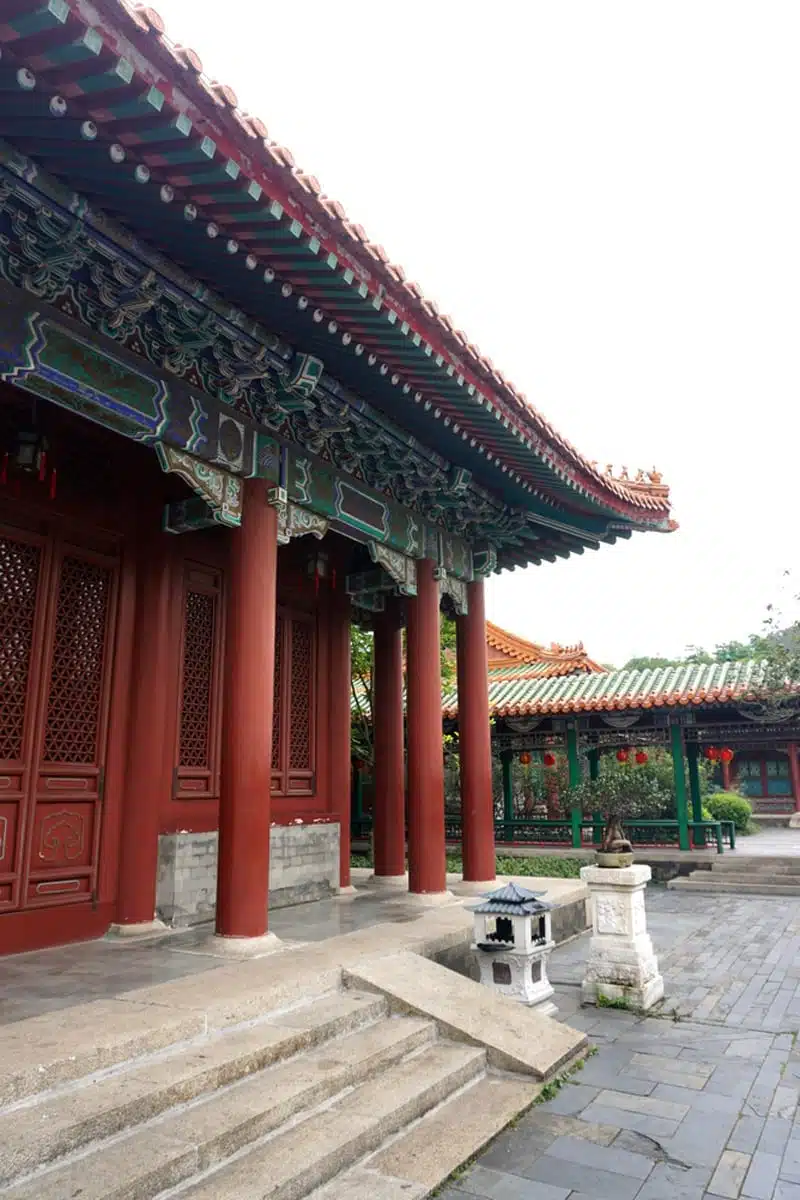
Standing as a symbol of China’s grandeur, if you’re wondering “What is the most visited UNESCO World Heritage Site?” The answer is the Forbidden City. The 15th-century Imperial Palaces of Beijing (more commonly known as theForbidden City) showcases artwork, architecture, and culture from the Ming and Qing dynasties.
It’s the most complete collection of imperial architecture in the country – a maze of palaces, courtyards and regal halls encased by monumental walls.
The Great Wall of China, China
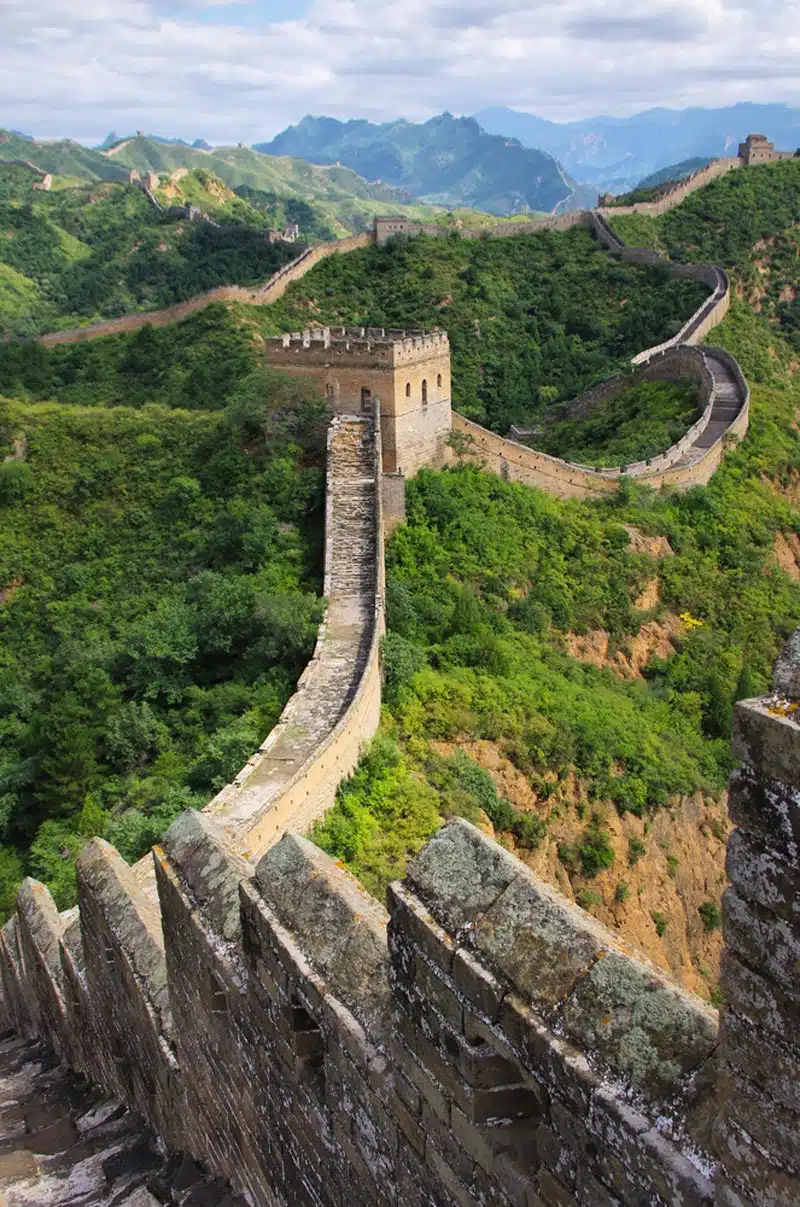
Looking to discover the top 10 UNESCO World Heritage Sites? Head to The Great Wall of China to see one of the UNESCO wonders on nearly every traveller’s bucket list.
Awarded World Heritage status in 1987, this iconic barrier stretches over 13,000 miles, winding over deserts, mountains and plains and symbolising China’s historical might and resilience as it does.
Of course, I have to add in everyone’s favourite Great Wall fact – it’s so big, you can see it from space!
Taj Mahal, India
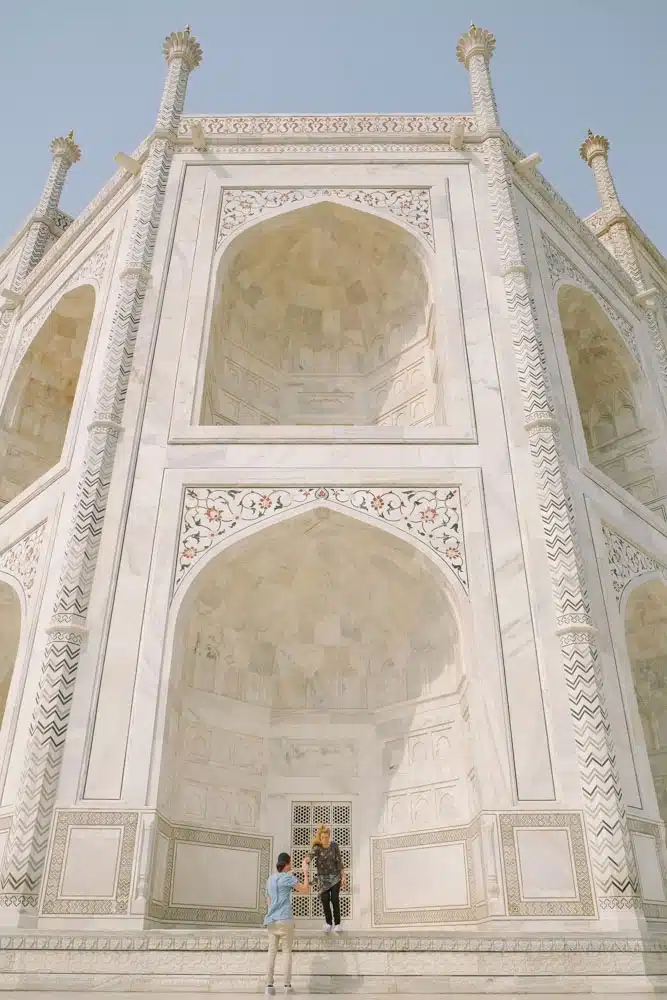
Another world-famous UNESCO site (and official Wonder of the World), the Taj Mahal is located in Uttar Pradesh, India. Constructed between 1632 and 1653, it was famously commissioned by the Mughal Emperor Shah Jahan as a mausoleum for his wife Mumtaz Muhal.
Go to see incredible architecture that blends Persian, Ottoman and Indian elements within its intricate design.
Jaipur, India
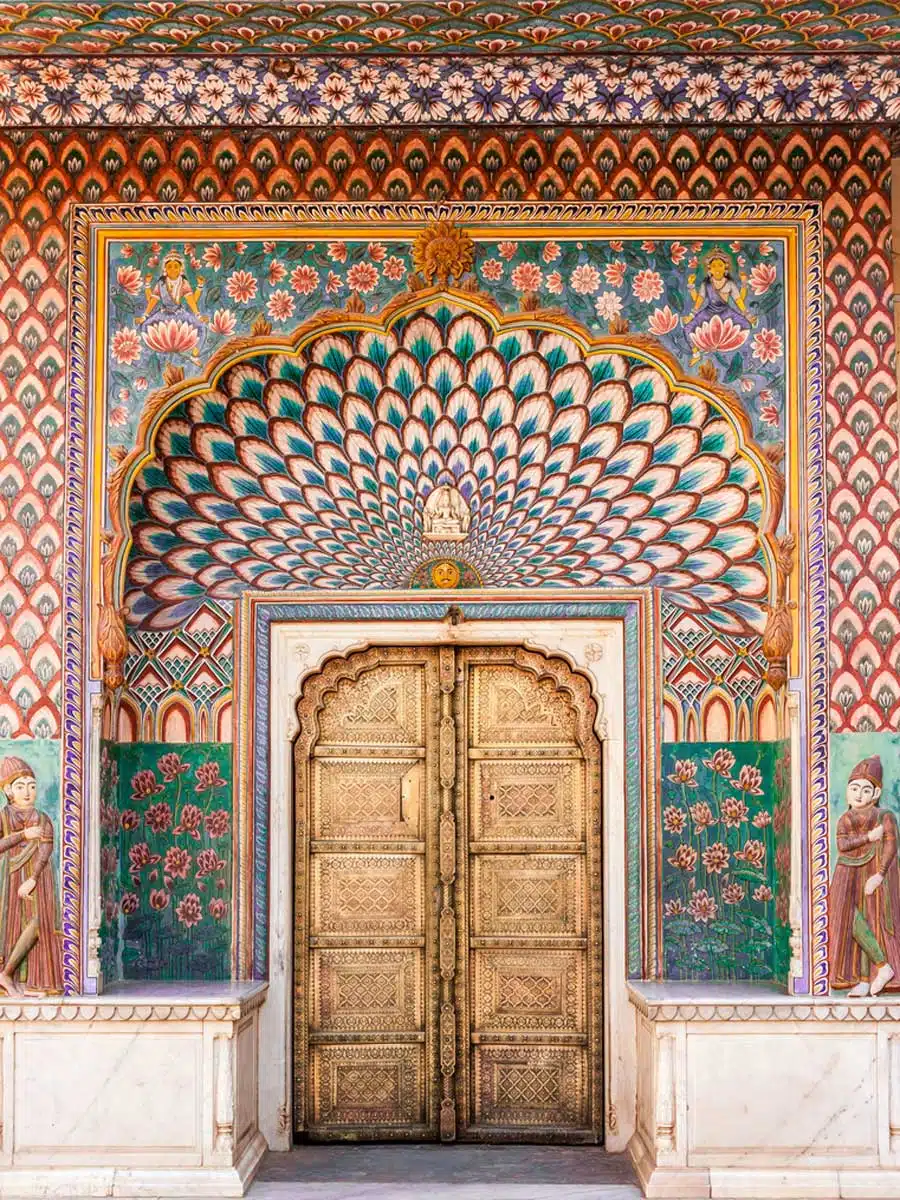
The Pink City of Jaipur is one of the most striking UNESCO Sites in India. The capital of Rajasthan, the city (which, you guessed it… is mostly painted pink) has a stunning collection of palaces, fortresses, and bazaars.
The design, which was based on Vedic principles, encapsulates landmarks such as the Nahargarh Fort, The City Palace, Hawa Mahal, and Johari Bazaar, showcasing the city’s cultural importance.
Borobudur, Indonesia
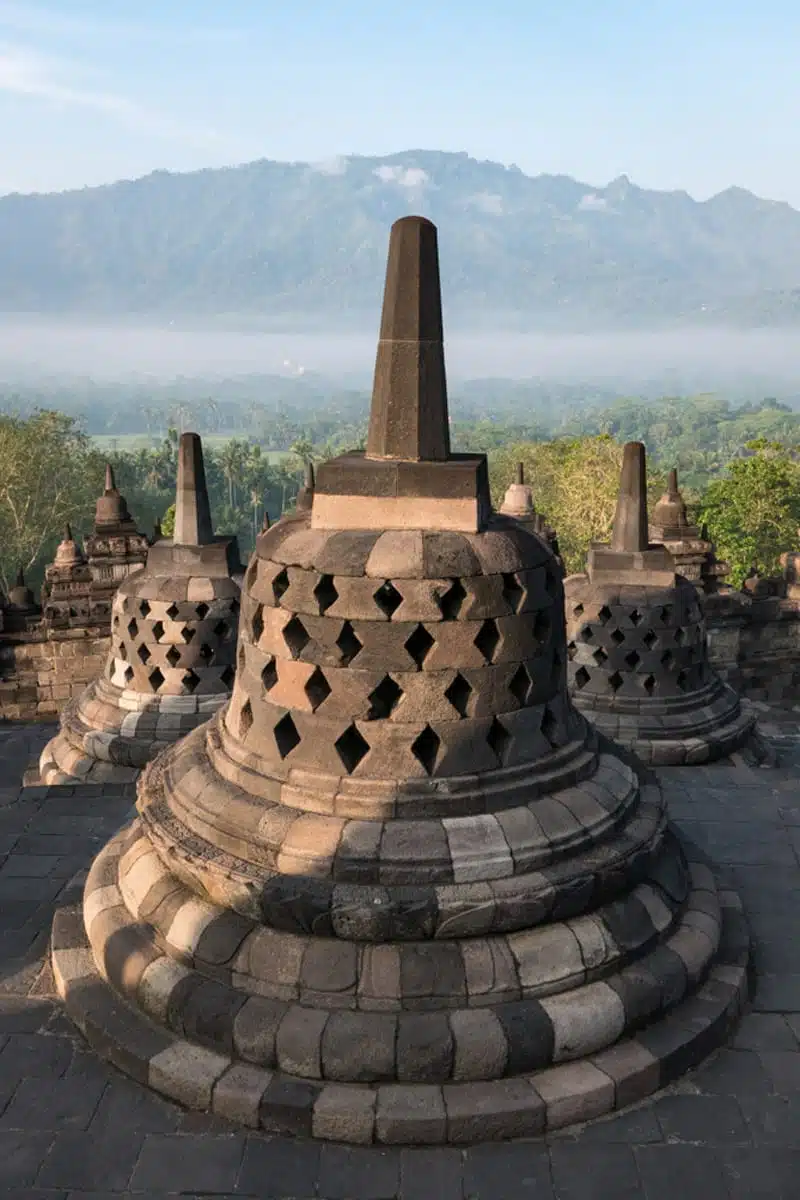
Want to see a UNESCO Site in Indonesia , that also just so happens to be the biggest Buddhist Temple in the world? Venture to Borobudur.
Construction was completed in the 9th century, and it has incredibly well-preserved details, including over 500 Buddha statues around the massive complex, with over 70 around the central dome. Look closely and you’ll also see intricate carvings showing Gautama Buddha’s teachings.
Historic Monuments of Ancient Kyoto, Japan
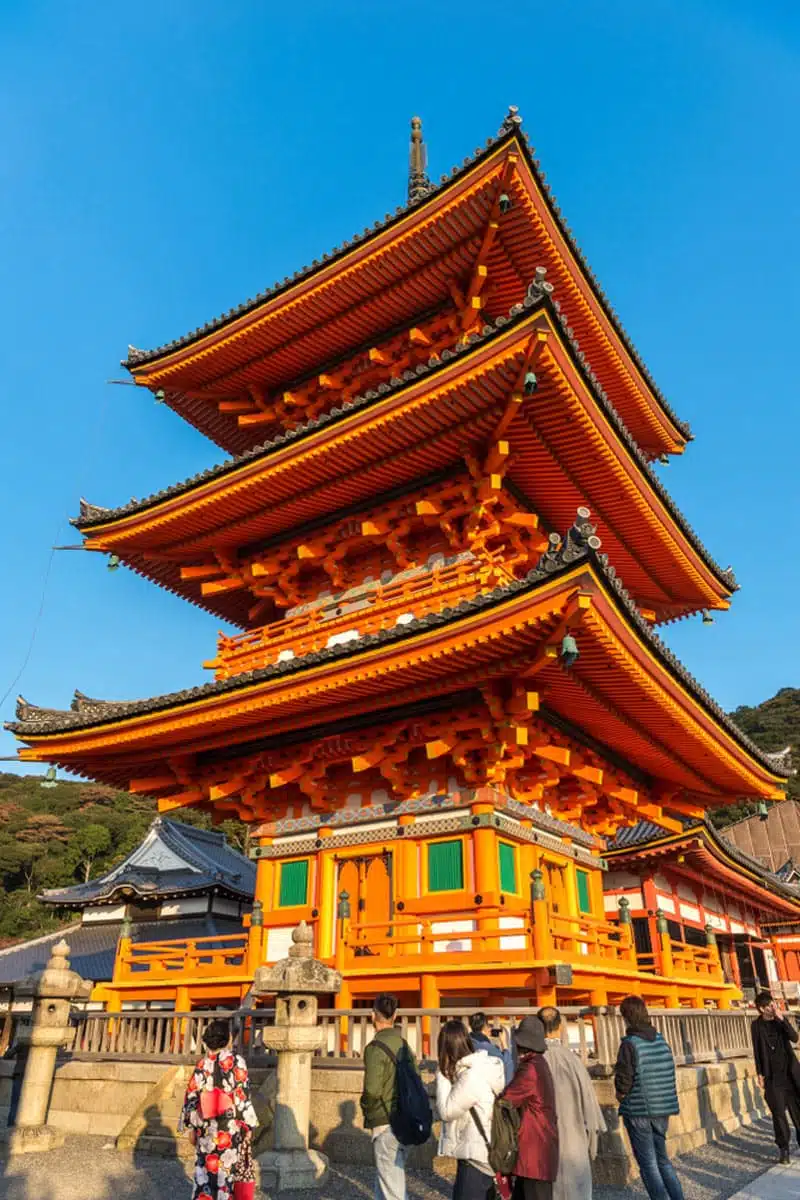
Kyoto is having a moment. I named it as one of my top places to travel in 2023 , in no small part to the UNESCO Sites there.
Bearing testament to the fact that Kyoto was Japan’s imperial capital between 794 and 1868, the city’s whopping 17 UNESCO locations include the Buddhist Temples of Kōsan-ji and Kiyomizu-dera, and the Heian-jingu Shrine.
Luang Prabang, Laos
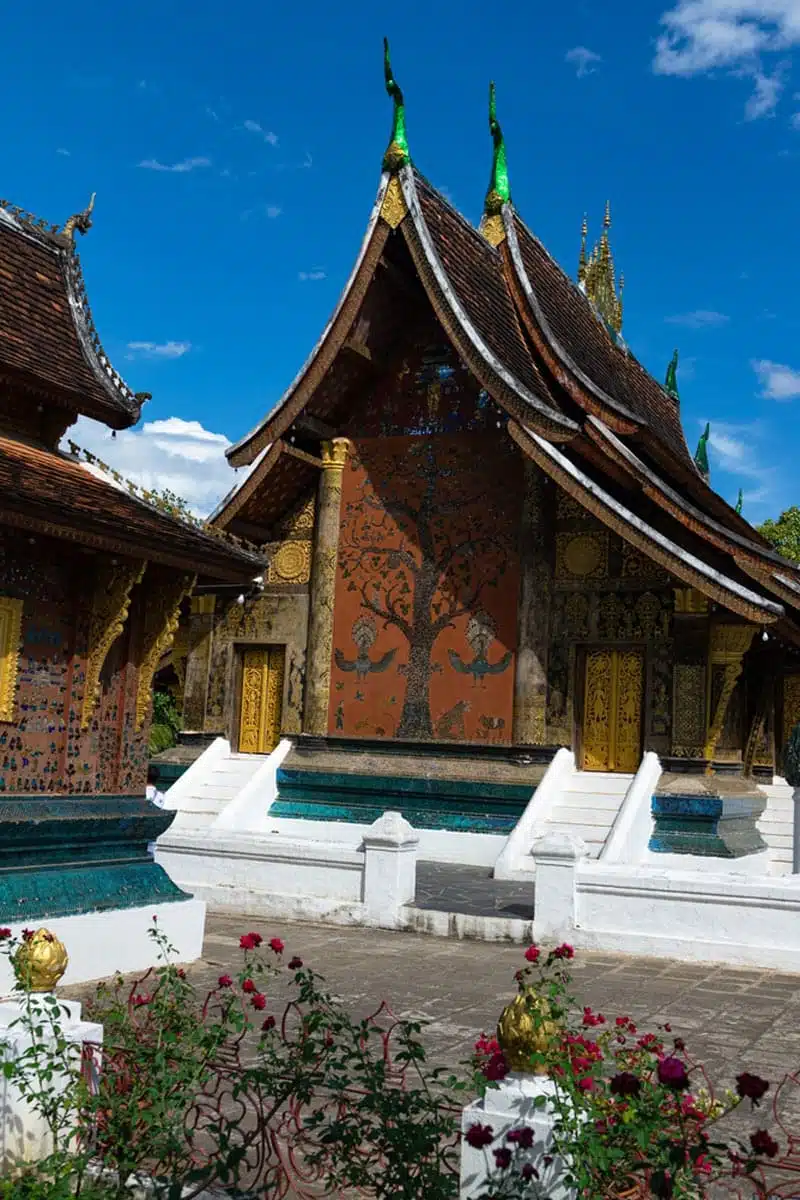
Luang Prabang was one of the places in Asia that totally blew me away. Laos doesn’t make big ripples on the international travel scene, which is a shame as it’s a trove of historical and cultural landmarks at which Luang Prabang sits at the pinnacle.
The ancient city was the country’s royal capital until 1975 and is home to stunning architecture like the Buddhist Temples of Phousi Hill and Wat Xiengthong, but also gorgeous natural wonders like Kuang Si Falls.
Blending gilded Buddhist temples and French colonial facades, it’s a harmonious meeting of spirituality and heritage.
Galle Old Town, Sri Lanka
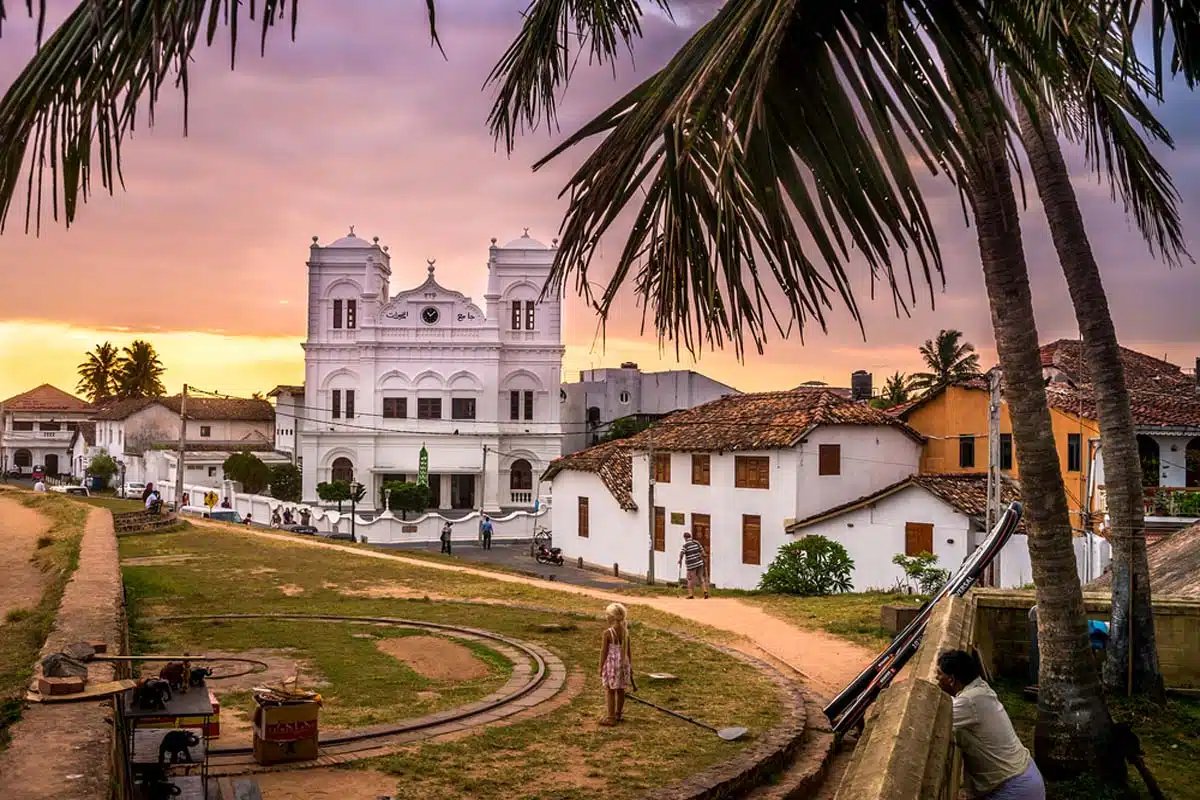
Heading to Sri Lanka ? Don’t miss a chance to visit Galle Old Town.
Enclosed within the walls of the Dutch fortifications, Galle’s old town overlooks the Indian Ocean and tells the tale of its colonial history. Dutch-colonial buildings meet ancient mosques, churches and landmarks such as the Galle Dutch Fort, Galle Fort Clock Tower and The National Museum of Galle.
See it all from the iconic Galle Lighthouse which stands guard over it all.
Ayutthaya, Thailand
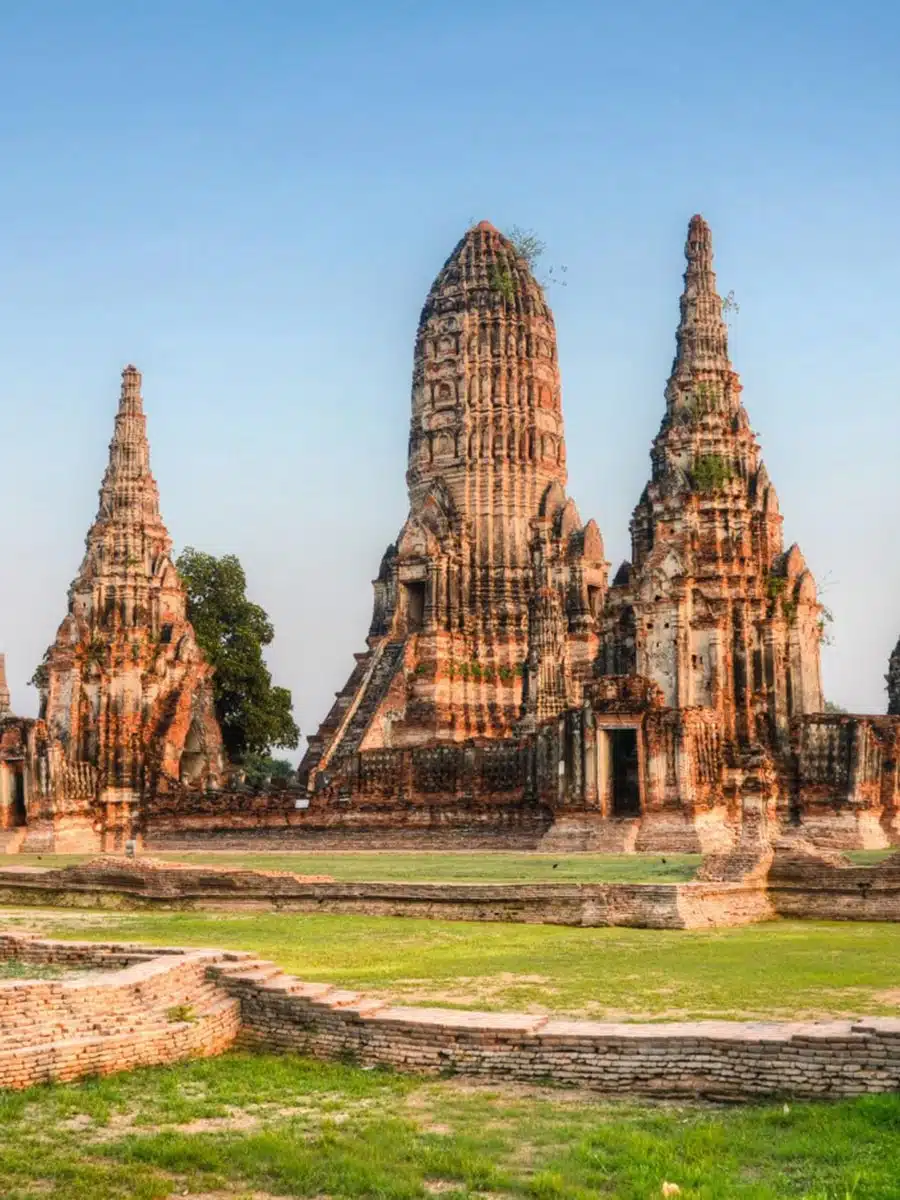
Founded in 1350, Ayutthaya is a UNESCO site in Thailand (formerly Siam) and one of the country’s must-see spots.
The sprawling site tells the story of a city that was once the epicentre of global diplomacy and trade. Walk or cycle around it to glimpse ancient temples, monasteries and palaces that provide a glimpse of its past grandeur.
Hoi An Ancient Town, Vietnam
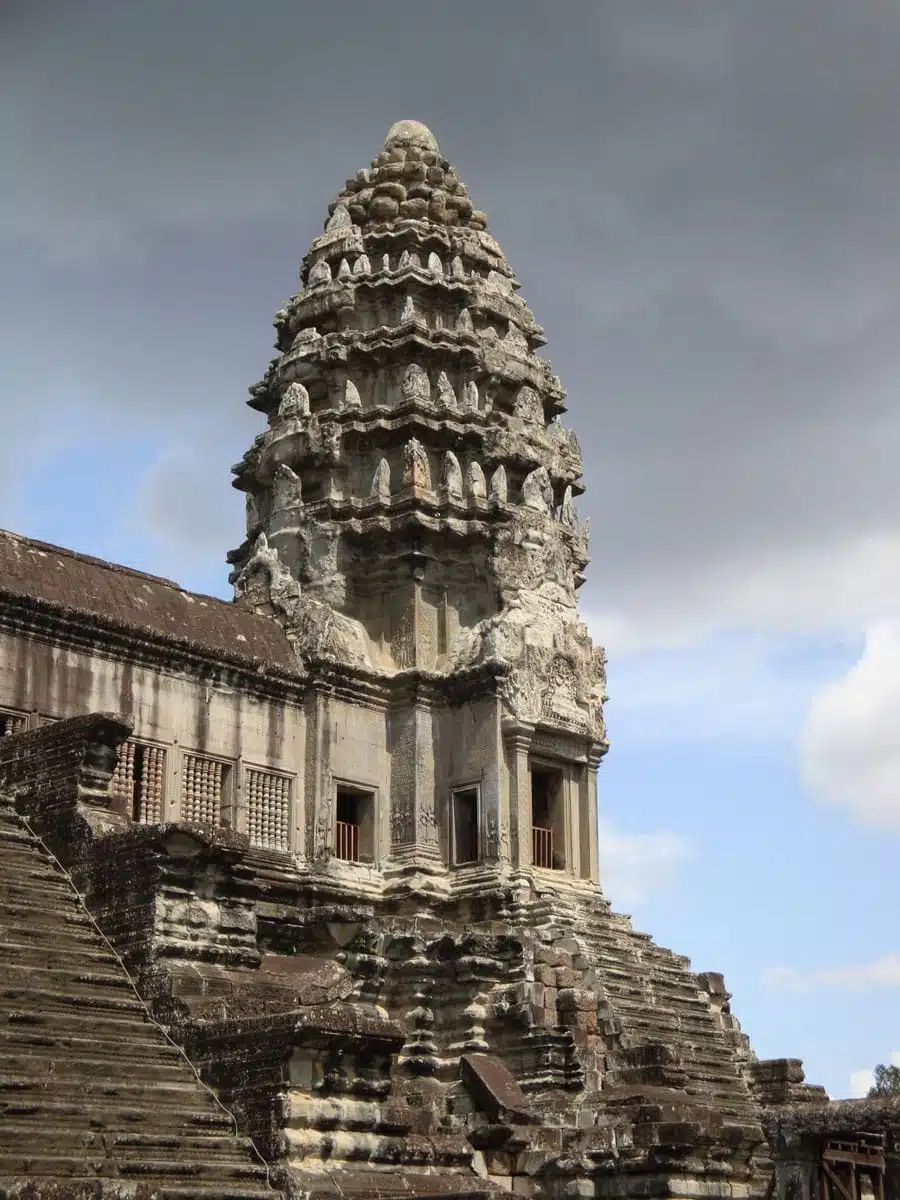
The well-preserved Southeast Asian trading port of Hoi An Ancient Town, sits on the Thu Bon River in Vietnam .
Dating from the 15th to 19th century, the architecture is a blend of traditional and colonial influences – creating a living museum with historic homes, temples and bridges. The famous Japanese Covered Bridge is the most famous of them all – be sure to add it to your itinerary.
UNESCO World Heritage Sites in Europe
Historical centre of vienna, austria.
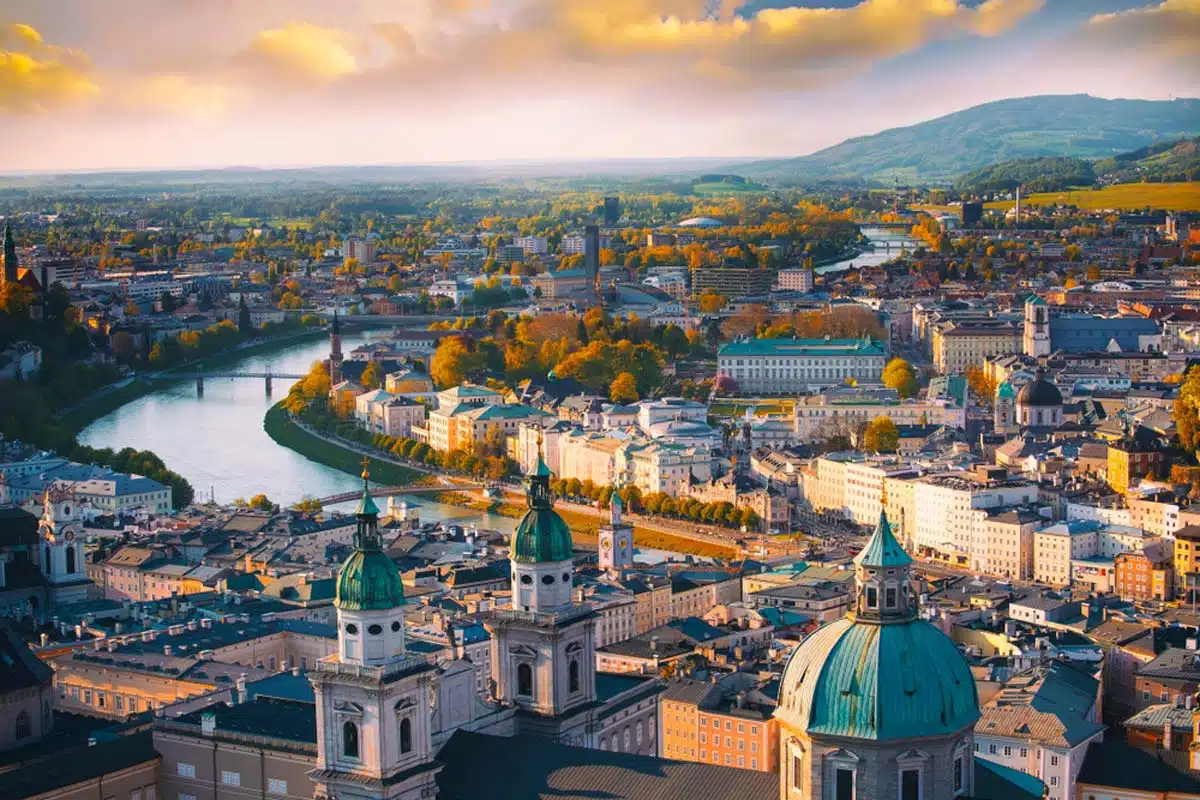
Vienna sat at the heart of the former Habsburg Empire and still has the regal elegance to show it.
A symphony of architectural prowess, it’s impossible not to be enchanted by the stunning Baroque architecture of the the18th-century Schönbrunn Palace, the Romanesque-Gothic St. Stephen’s Cathedral, and the imposing former palace,The Hofburg.
Historic Centre of Brugge, Belgium
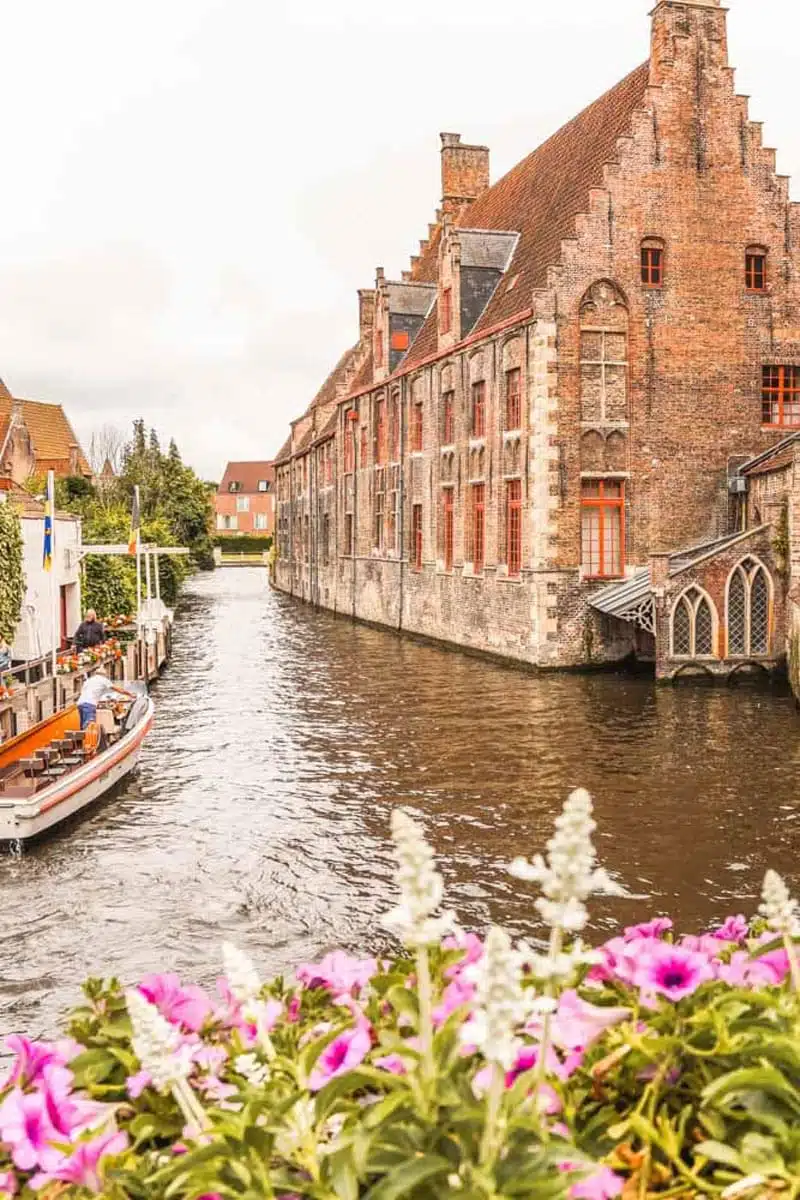
Meandering canals, ancient bridges and medieval market squares – the stunning locale of Bruges (otherwise known as the Venice of the North) is unmistakable. It’s no secret how much I love Bruges.
This Belgian city is something of a time capsule. Landmarks such as the Flanders houses of Markt (the storied commercial hub), Helig Bloedbasiliek (Basilica of the Holy Blood) and the towering Belfort (Belfry) are prime examples of Medieval, Gothic and Baroque architecture in one of the most gorgeous UNESCO World Heritage Sites in Europe.
Plitvice Lakes, Croatia
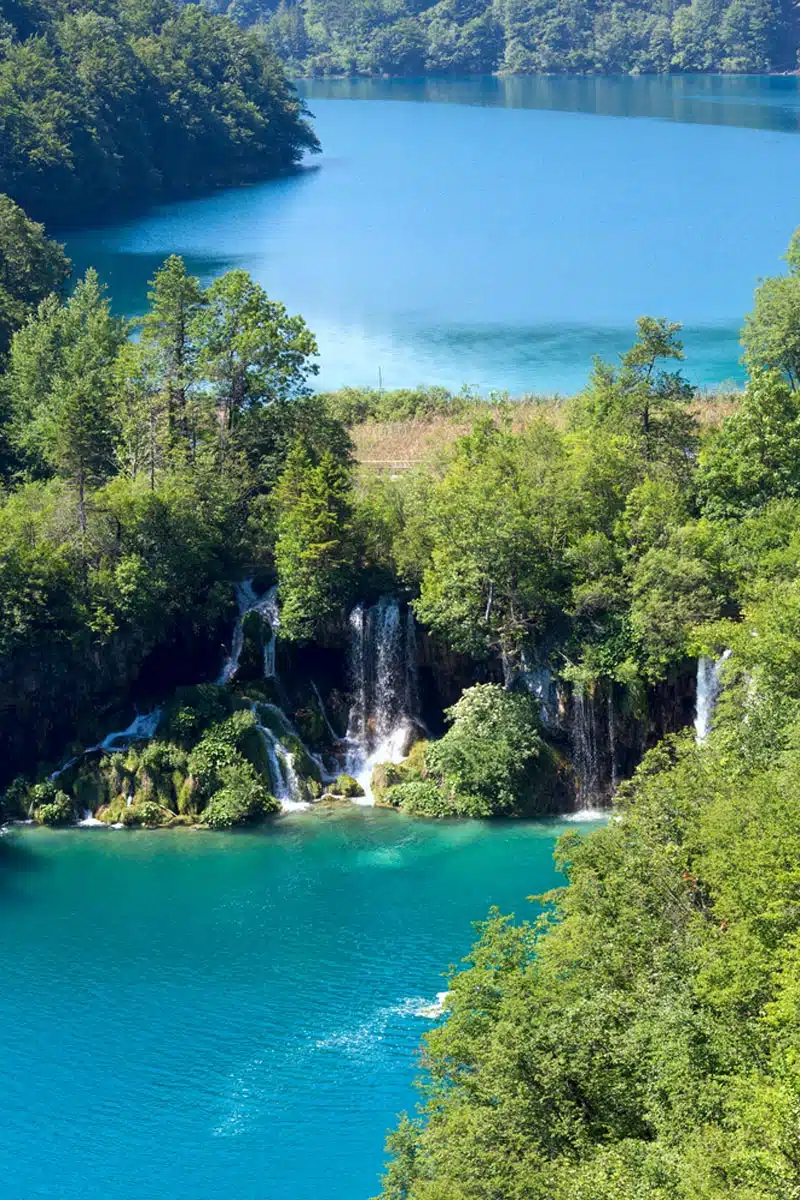
Delve into the watery wonderland of Croatia ’s Plitvice Lakes National Park . This was the country’s first-ever national park, and let me tell you – they didn’t save the best for last. The lakes are a small section of the park, but the bright waters (which oscillate between hues of azure, turquoise and green), stunning waterfalls (Galovački Buk is my favourite), and dense forests around it make for an amazing trip.
You’ll need to register in advance or take a guided tour .
Old City of Dubrovnik, Croatia
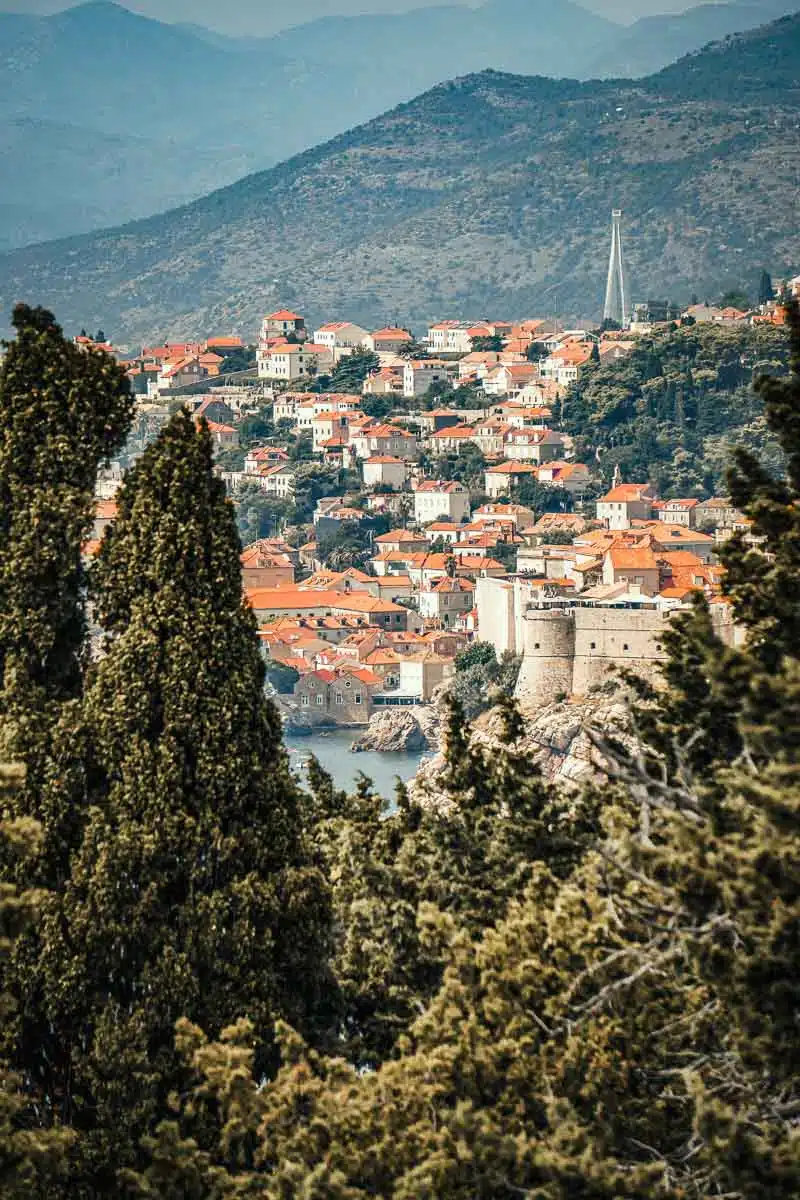
Dubbed the “Pearl of the Adriatic”, the Old City of Dubrovnik is not only a UNESCO World Heritage Site, it’s also the setting for King’s Landing in the HBO epic Game of Thrones . Whether that excites you or not, the city’s amalgamation of Baroque and Renaissance architecture never fails to wow. Walk the historic walls of the ancient Old Town before seeing the Gothic and Renaissance-style Rector’s Palace, the Baroque The Church of St. Blaise and the 16th-century Sponza Palace against the shimmering backdrop of the Adriatic Sea.
Historic Centre Prague, Czech Republic (Czechia)
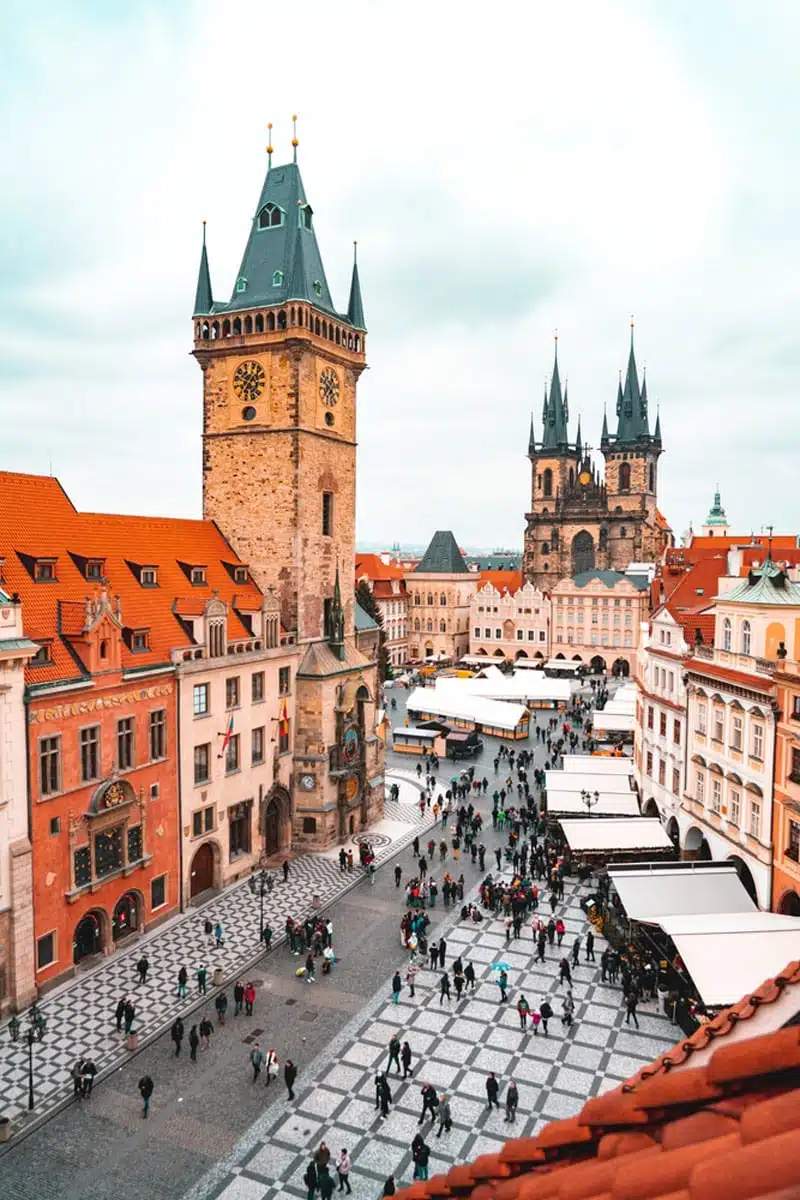
With a nickname of the “City of a Hundred Spires”, it should come as no surprise that Prague in the Czech Republic is simply teeming with Gothic cathedrals, Baroque palaces and ancient bridges.
The Historic Centre of Prague is home to a series of historical monuments and landmarks in three different districts (Old Town, New Town, and Lesser Town), with the Vltava River cutting its way through them all. Highlights include the 15th-century Astronomical Clock (The Orloj), the historic Charles Bridge near the Prague Castle and the more recent (but very impressive) Rudolfinum.
The Loire Valley, France
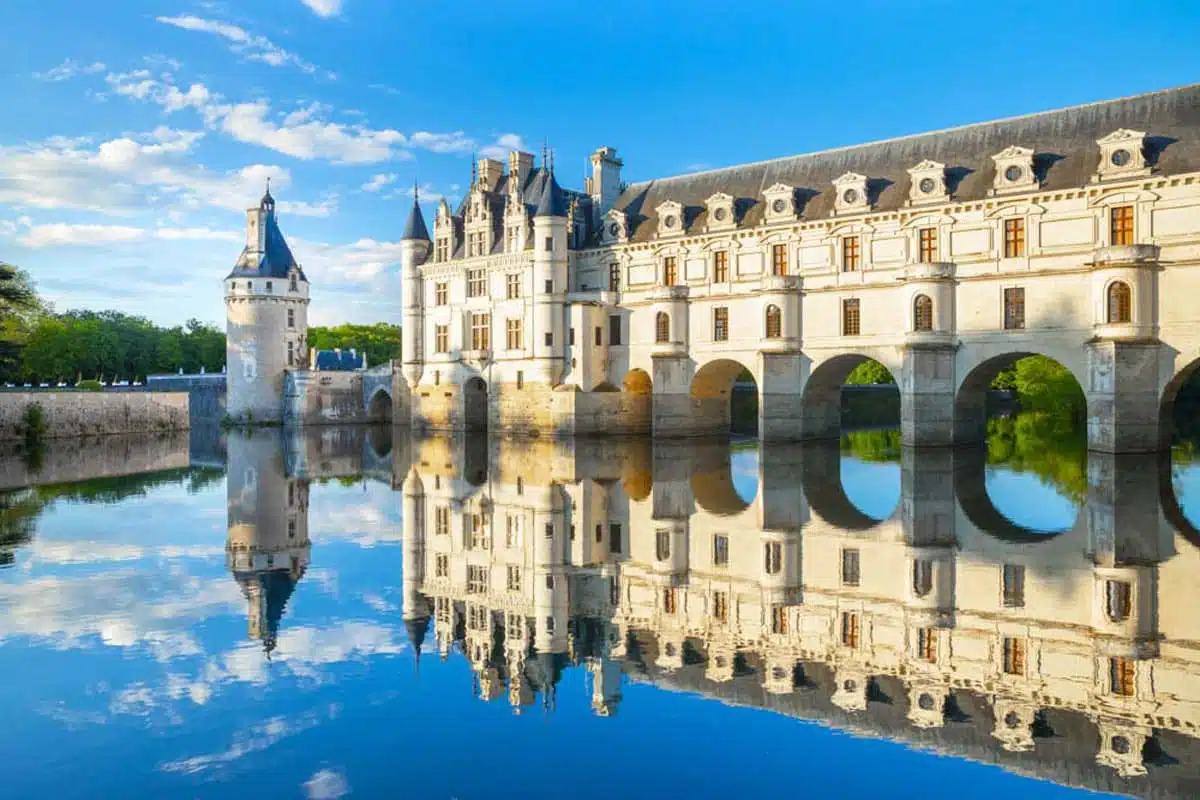
Visit the area of the Loire Valley from Sully-sur-Loire and Chalonnes and you’ll immediately see why UNESCO gave it their stamp of approval. The historic wine region in France is famous for its Sauvignon Blancs, but the untouched forests and valleys combined with a tableau of Renaissance grandeur is really what puts it on the map.
Studded with chateaux, vineyards and villages, go to see the timeless beauty of historic sites like Château Royal d’Amboise and Château Royal d’Amboise.
Paris (Banks of the Seine), France
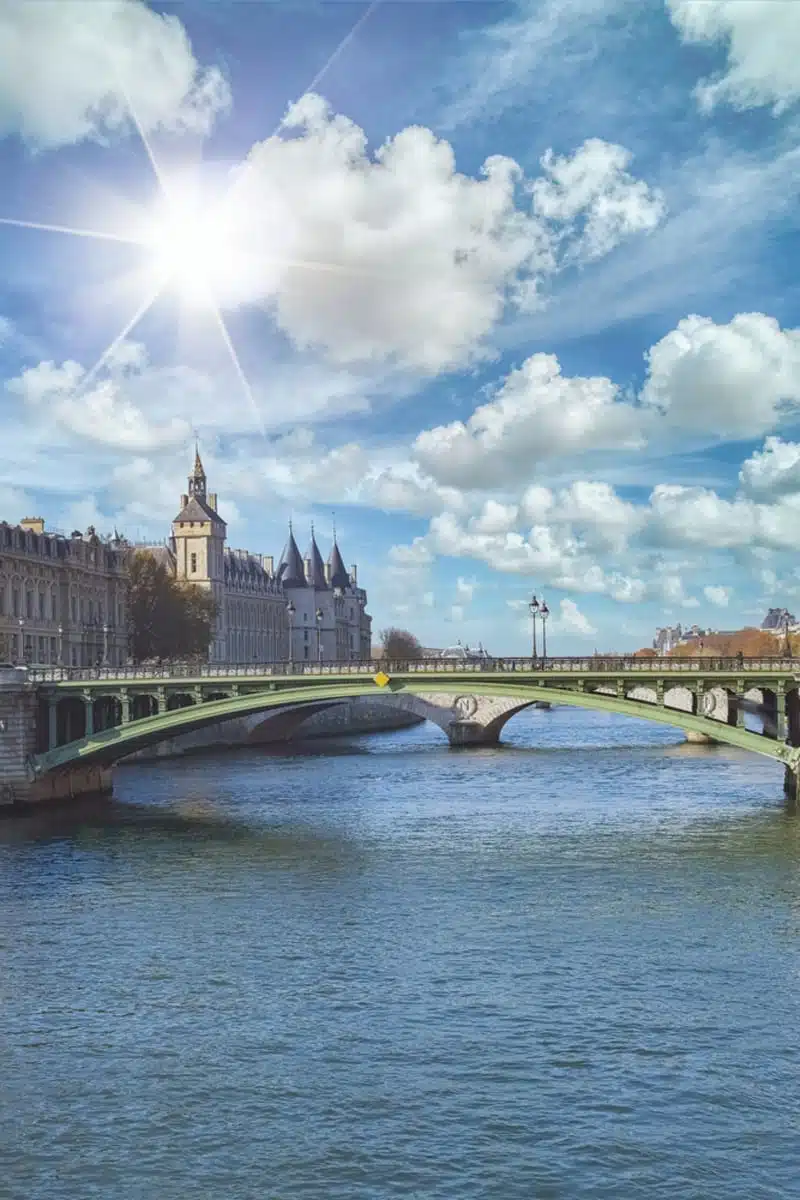
The Seine is Paris’ beating heart, so it figures that it’s flanked by some of the city’s icons. Do the names Notre-Dame, the Louvre or the Eiffel Tower mean anything to you? Thought so.
The banks of the Seine have witnessed the city’s historical evolution, with famous landmarks like the Eiffel Tower and Luxembourg Gardens on the Left Bank and the Place Vendôme on the right.
Classical Weimar, Germany
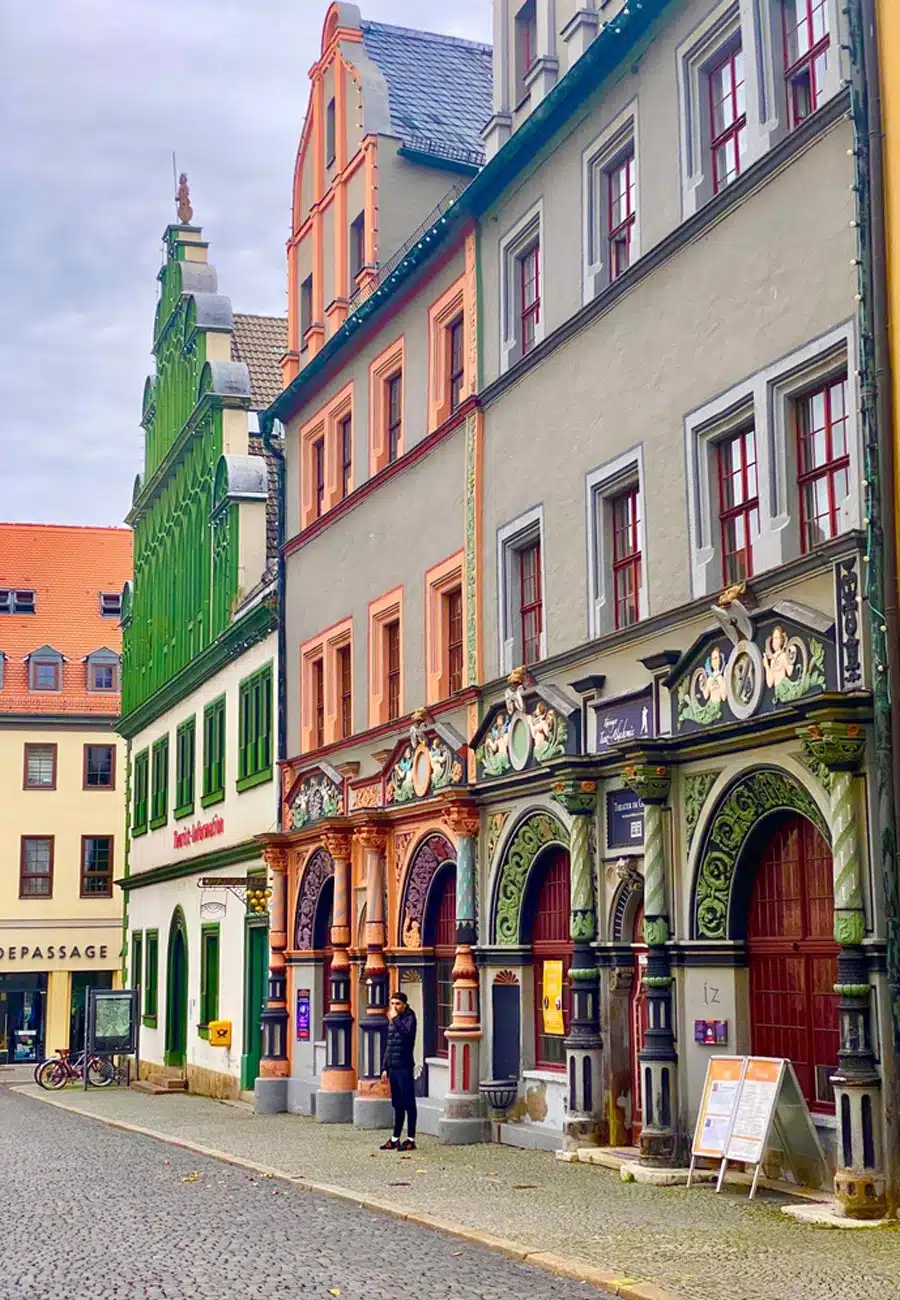
A nexus of intellectual enlightenment and cultural evolution, Classical Weimar encapsulates an era when literature, philosophy and the arts converged to shape modern Germany.
What’s now known as Classical Weimar features 11 designated UNESCO sites in Weimar, honouring the literary and academic history of the German city, which attracted luminaries such as Johann Wolfgang von Goethe, Friedrich Schiller, and Franz Liszt in its heyday. The Baroque Goethe House, the beautiful green space of Park on the Ilm, and Gothic St. Peter and Paul are just a few of the tangible remnants of this iconic era.
Acropolis of Athens, Greece
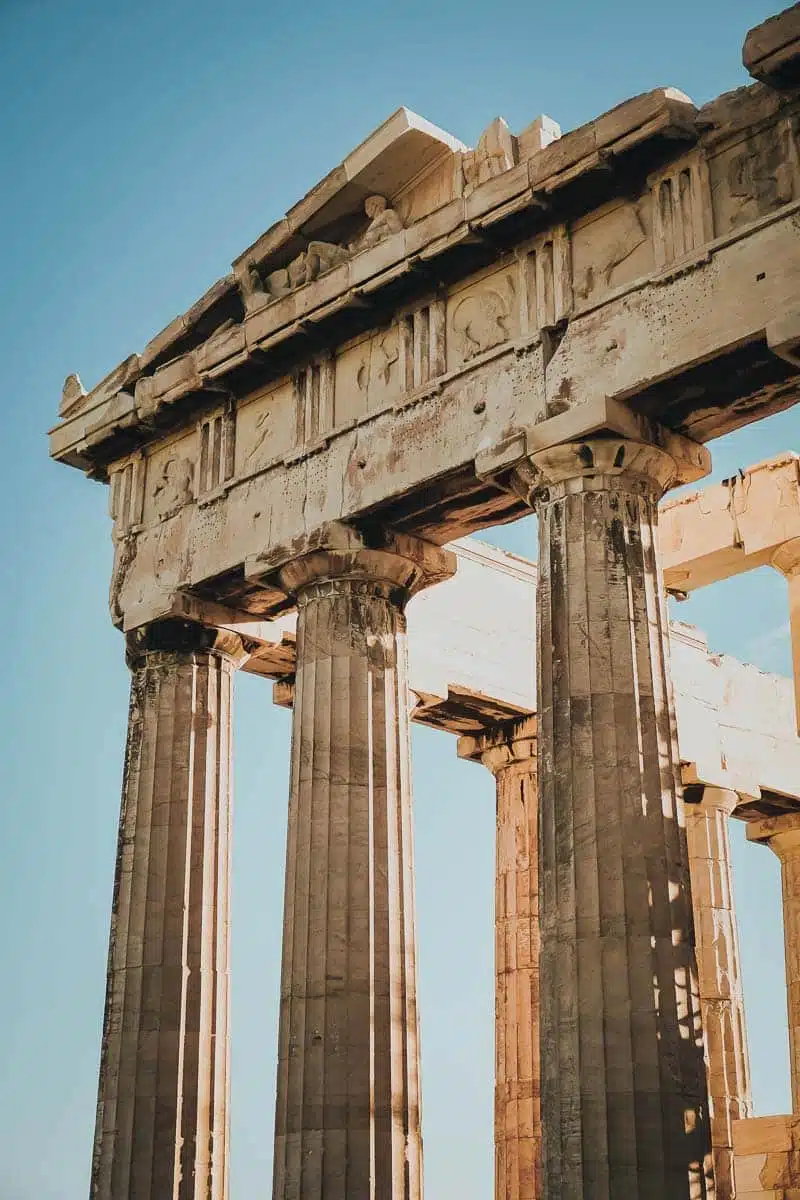
Keen to find UNESCO World Heritage Sites in Greece? The Acropolis of Athens is the best-known, perched high above Athens since the 5th Century. The Acropolis is a monument to the glory of Ancient Greek civilisation – first envisioned when the city was at its political and cultural peak. No matter how many pictures you’ve seen, nothing quite prepares you for your first view of the Acropolis in real life.
The Parthenon is its most iconic structure – a striking combination of Doric columns and proportional perfection that’s dedicated to the goddess Athena. Other highlights include the Erechtheion, the Propylaea, and the Temple of Athena Nike – each one resonating with the tales of deities and heroes.
Ancient Delos, Greece
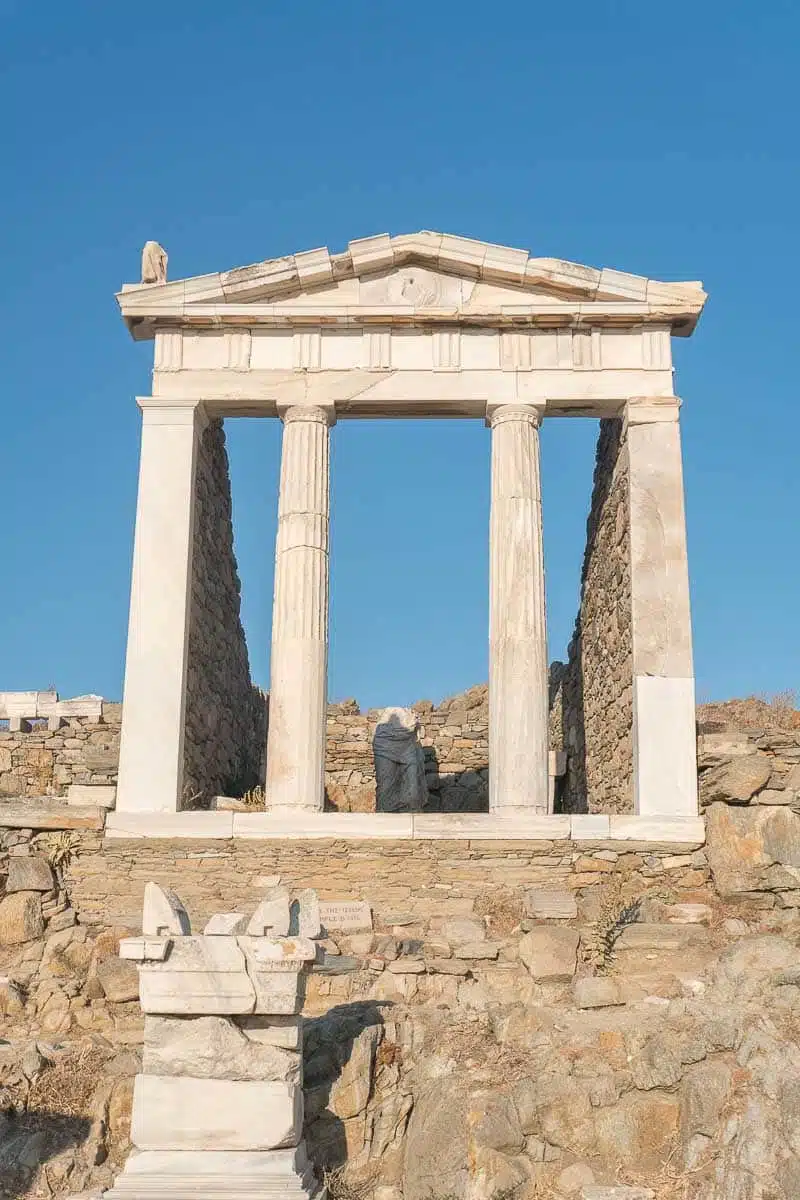
Rising out of the Aegean Sea, the uninhabited island of Delos is one of the lesser-visited Cyclades Islands that narrates the grandeur of Ancient Greece .
Revered as the mythical birthplace of Apollo and Artemis, Delos was a sacrosanct sanctuary that attracted pilgrims from across the region. It also evolved into a bustling port, a hub on various trade routes.
Today you can catch a glimpse of its ancient glories in a dense scattering of mosaics, ruins, statues and edifices, including the iconic Terrace of the Lions and the House of Dionysus.
Budapest, Hungary
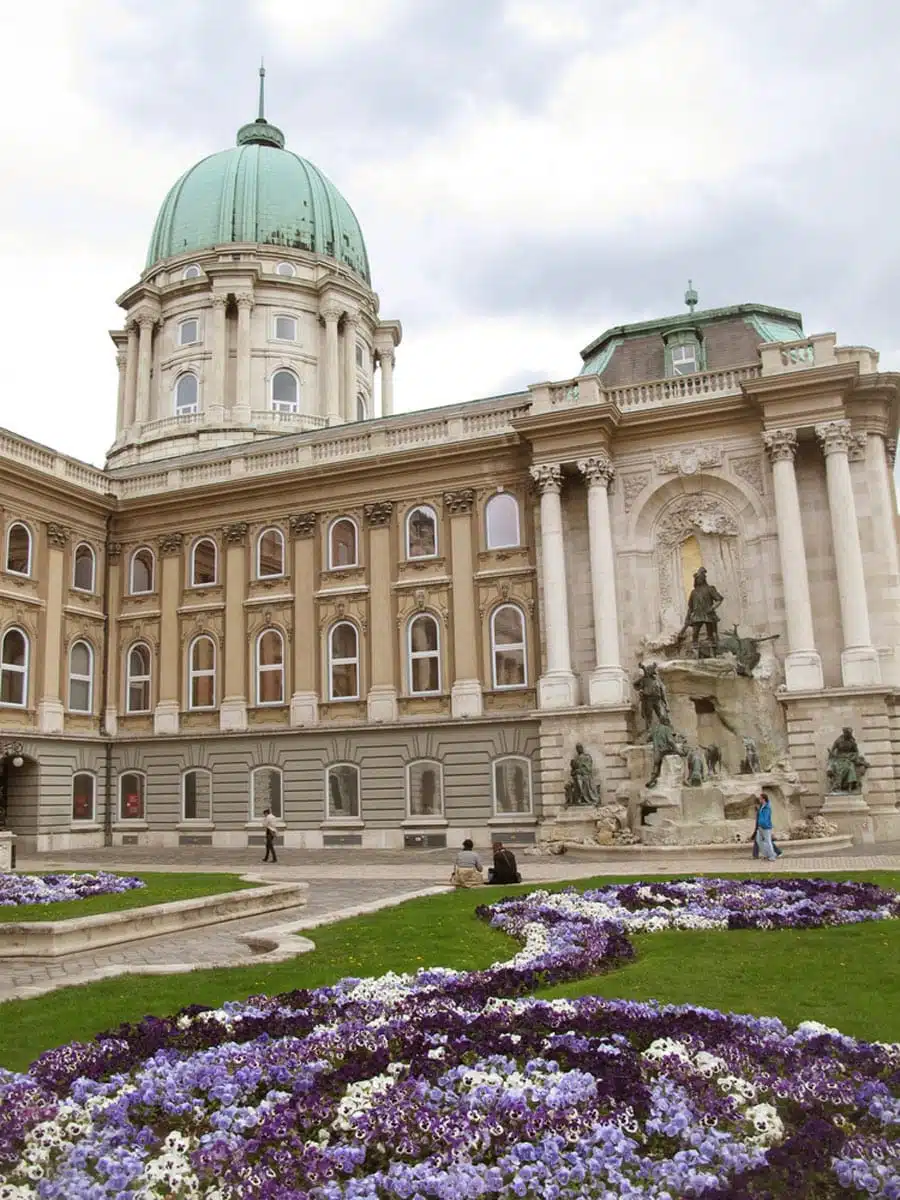
Divided by the Danube, the two cities of Buda and Pest joined together to become the Hungarian capital in the 19th century. It was awarded UNESCO World Heritage status in 1987. Much deserved. Be sure to check out the Royal Palace (Királyi Palota), go wine tasting at Faust Wine Cellar and walk over the Chain Bridge to the other side of the Danube River.
Historic Centre of Florence, Italy
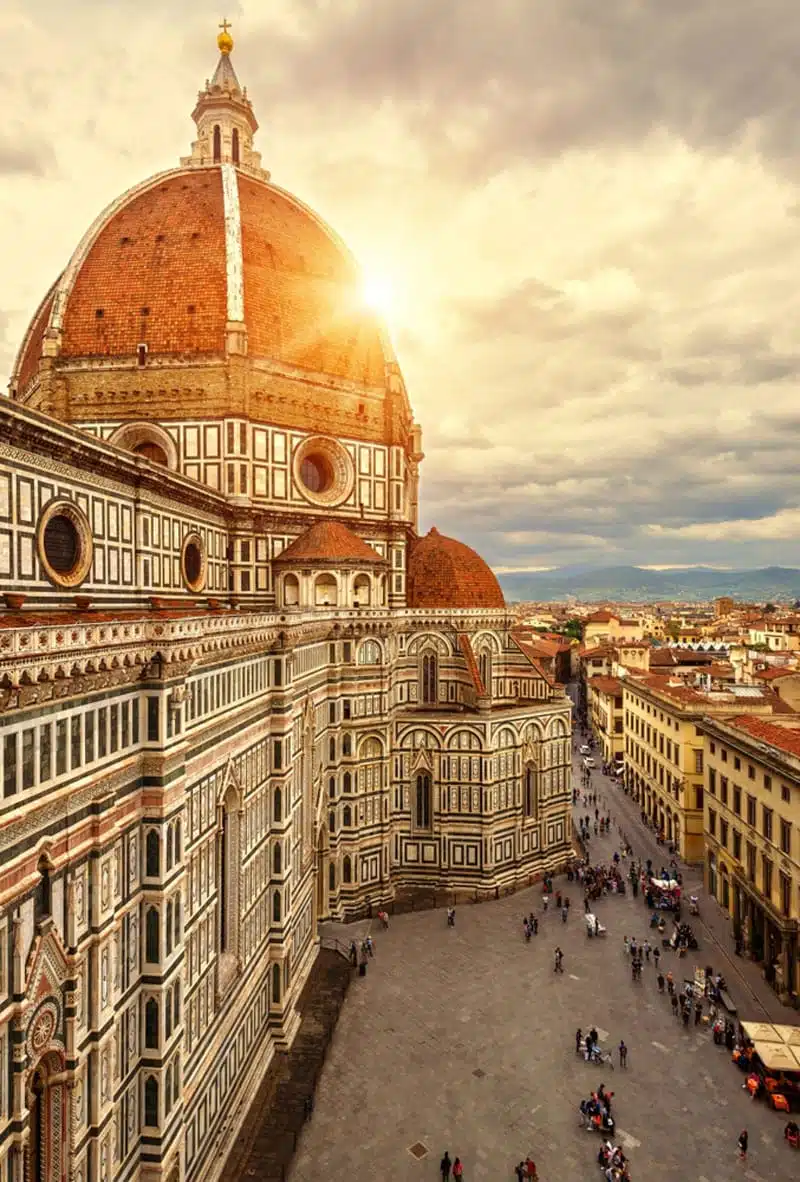
Is there a more romantic city than Florence ? If there is, I’ll wait.
It’s not just romance though. The city that saw the birth of the Renaissance has held UNESCO Heritage status since 1982, in no small part thanks to the gorgeous 15th and 16th-century architecture dotted across its historic centre.
Landmarks such as the Uffizi Gallery, *that* iconic cathedral topped off with Brunelleschi’s dome and the Palazzo Vecchio underscore its artistic and architectural achievements. Throw in works by Michelangelo, Da Vinci and Botticelli for the icing on the cake.
Historic Centre of Rome, Italy

It’s a matter of icons only when it comes to Rome , Italy . Is it a surprise given that the city’s history spans over two millennia?
The chronicle of Western Civilisation boasts plentiful remnants of the Roman Empire including one of the Seven Wonders of the World, The Colosseum.
Next, check out the Panthéon, which features Ancient Greek architecture combined with 15th-century Renaissance decor inside, before stopping by the magnificent 18th-century Trevi Fountain and the glories of St Peter’s Basilica.
Canal Ring Area Amsterdam, Netherlands
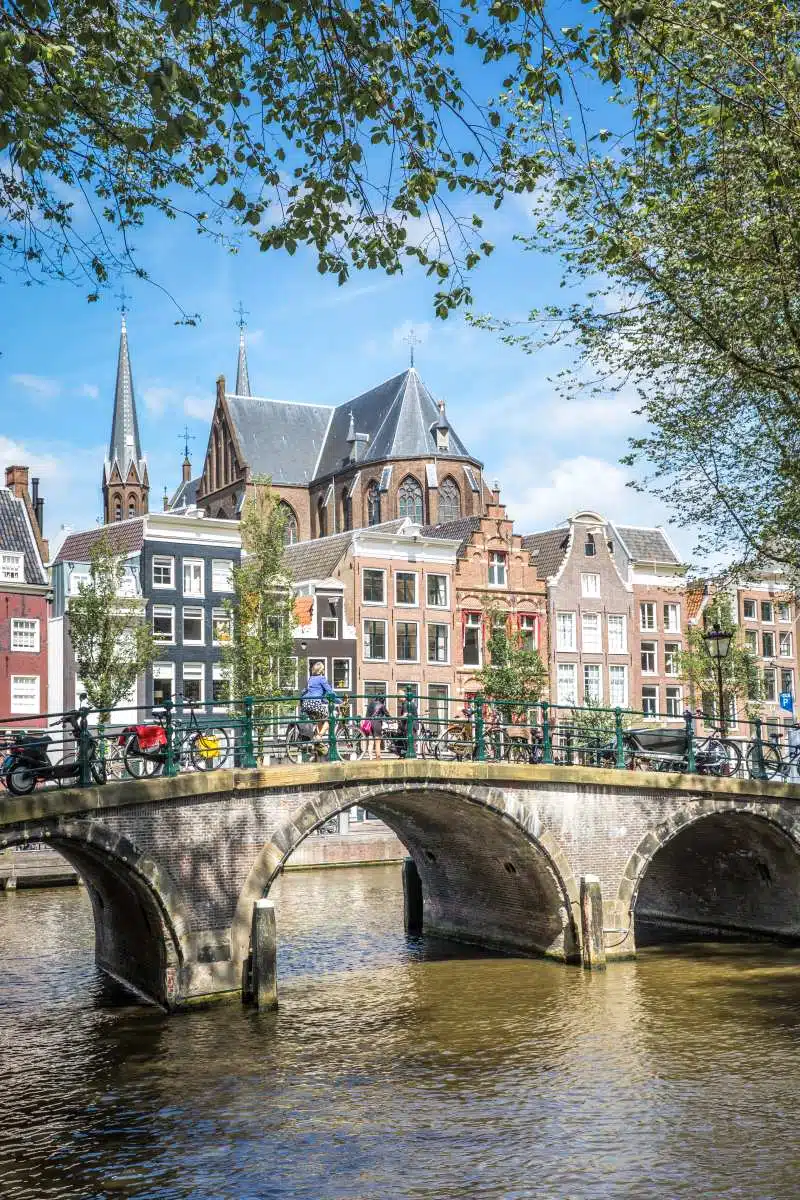
Expanding in the 17th century during the “Golden Age” of the Netherlands, Amsterdam’s Canal Ring is an engineering marvel in itself. Historic houses and picturesque bridges nestle between concentric waterways that were the dawn of a new urban planning model.
Spend time walking around and you’ll see significant historical sites like the Anne Frank House, Van Gogh Museum, and Our Lord in the Attic Museum.
Unsurprisingly, the best way to see it all is by hopping on a boat!
Alto Douro Wine Region, Portugal
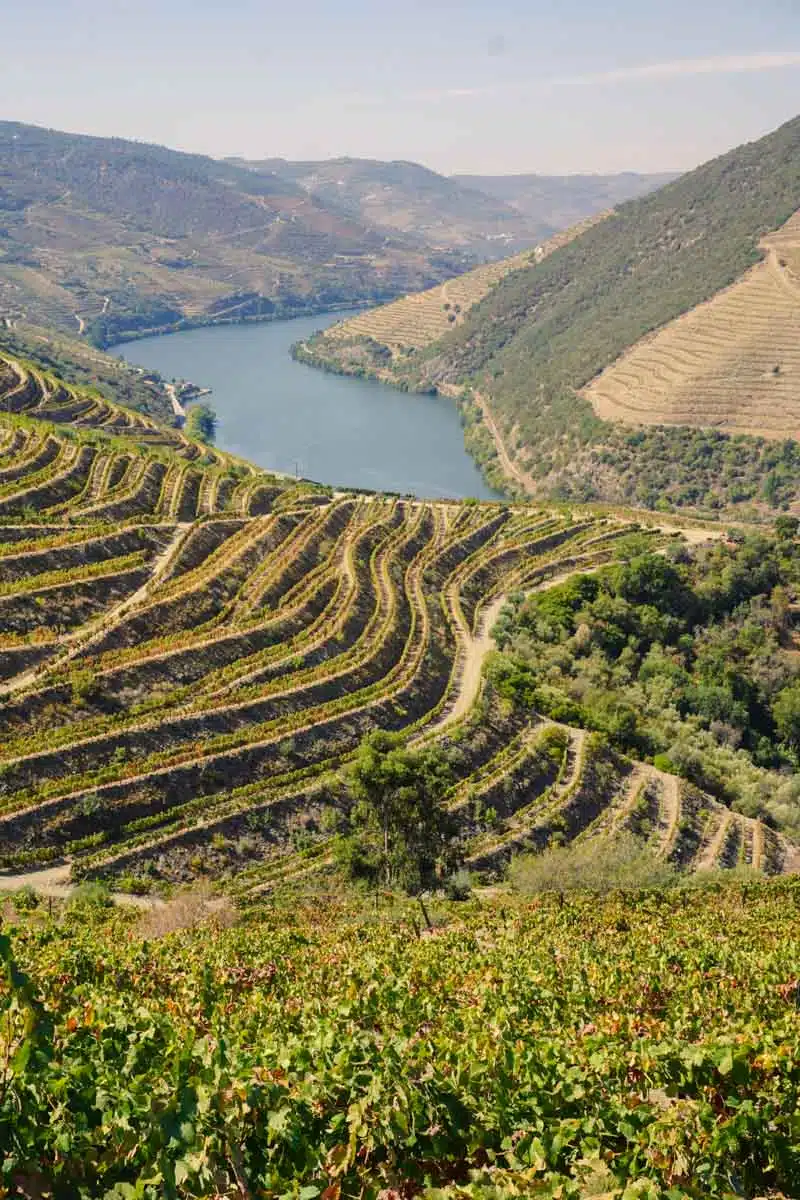
Tracing its wine-producing heritage back for more than 2,000 years, the Alto Douro’s terraced vineyards are one of Portugal’s most captivating UNESCO World Heritage Sites.
The region famously gave birth to Port wine, but more than this, the everchanging wine production process makes it a living landscape. Learn the rich history and sample the delicious wines at Quinta de Santa Eufemia before hiking the scenic countryside at Parque Natural do Douro Internacional.
Jerónimos Monastery and Torre de Belém Lisbon, Portugal
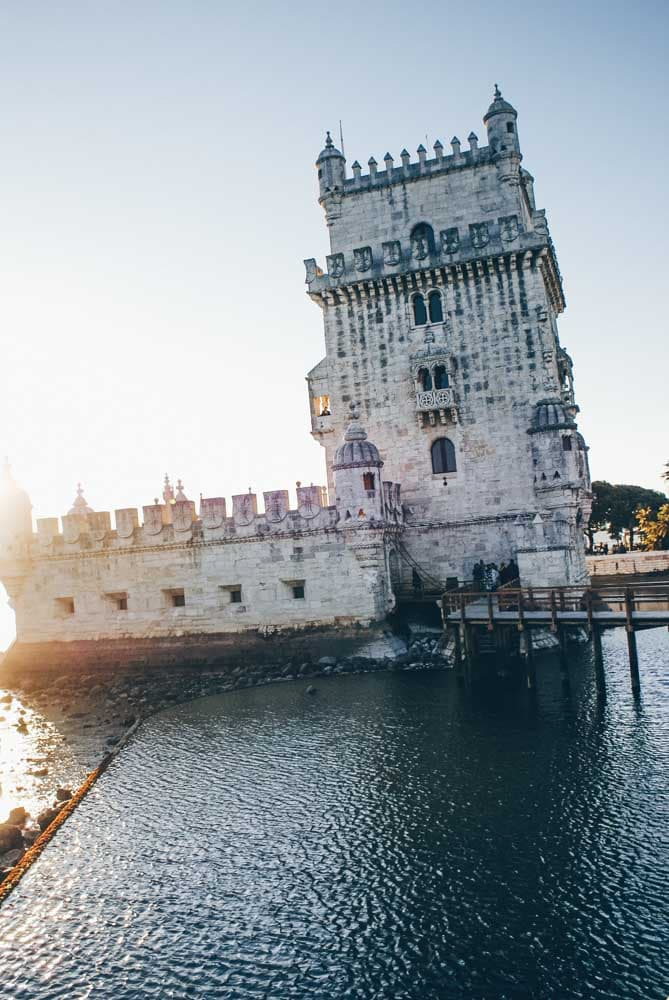
Standing guard at the mouth of the Tagus River in Lisbon , the Torre de Belém is a 16th-century castle emblematic of Portugal’s Age of Discoveries.
The nearby Jerónimos Monastery , is a crescendo of Manueline architecture – the elaborate style that flourished under King Manuel I (who also happens to be buried there).
This incredible display of architecture used local limestone used to carve pillars, sculptures, and intricate cloisters – all bearing maritime motifs – and which somehow withstood the devastating 18th-century earthquake in Lisbon.
Historic Centre of Saint Petersburg and Related Groups of Monuments, Russia
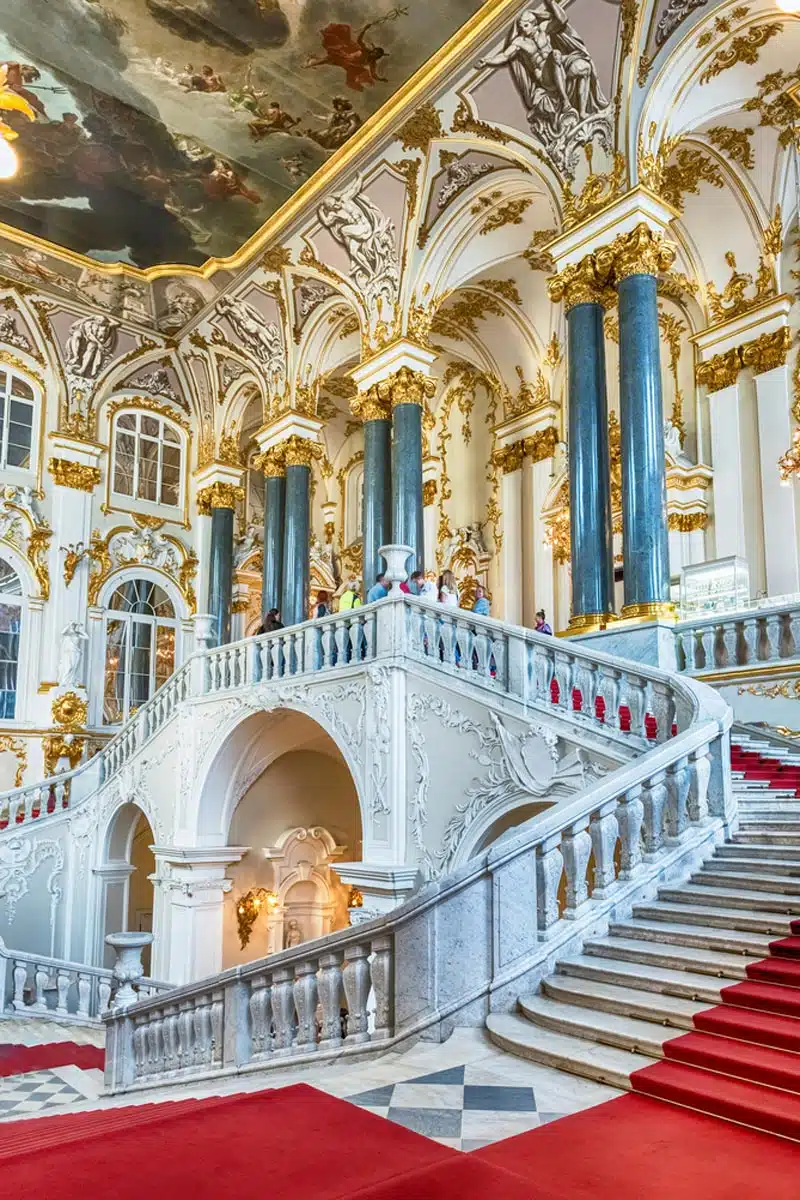
Peter the Great’s “Window to the West” was founded in 1703 – and showcases European architectural styles from the 18th to the 20th century within its reaches.
The Winter Palace, which is now part of the Hermitage Museum, displays global art treasures, while other landmarks such as the Fortress of Kronstadt on the port, the 19th century St. Isaac’s Cathedral, and the church of Savior on the Spilled Blood are world-famous for their bold architectural styles.
The Alhambra, Spain
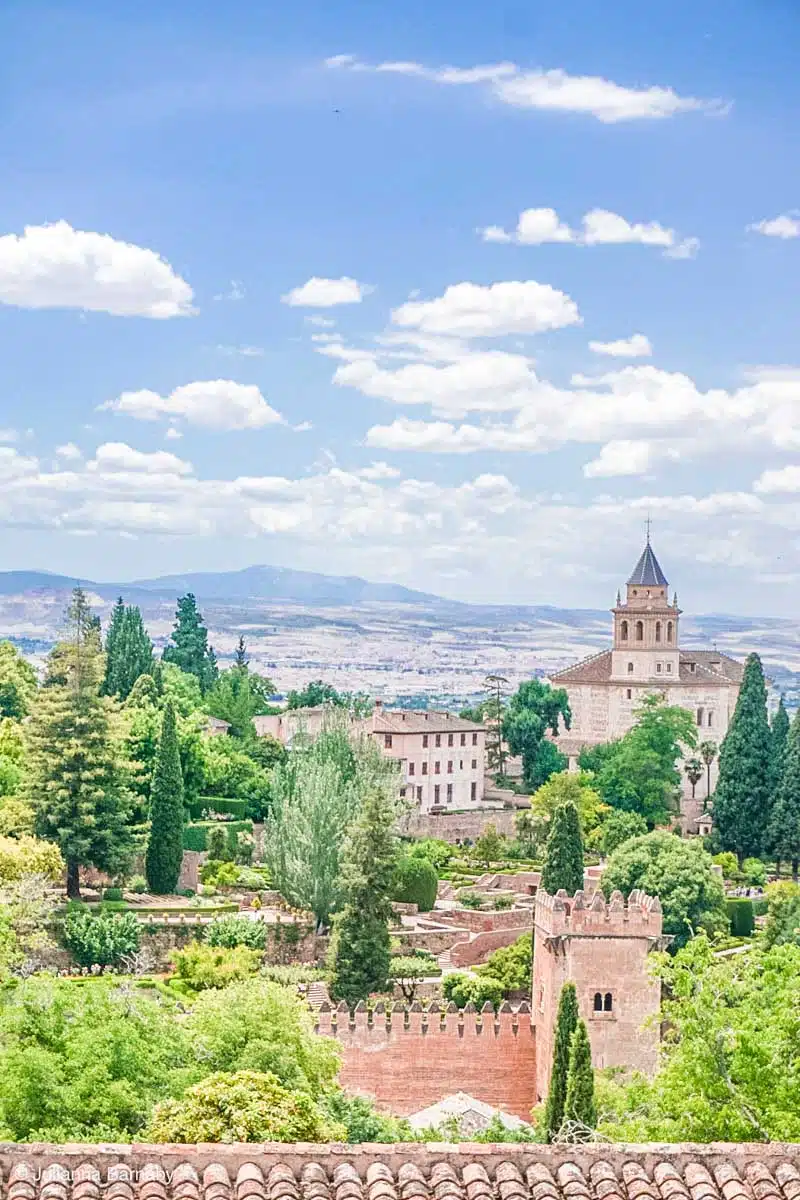
One of the most famous UNESCO Sites in Spain , the Alhambra is a marvellous Moorish architectural wonder dating back to the 13th century and another of my personal favourites. Perched atop a hill overlooking Granada , the fortress evolved into a palatial city under the Nasrid Dynasty. Today, you’ll find a conglomeration of palaces with intricate stucco work, bubbling fountains and ornate azulejos (Portuguese tiles) that speak of the zenith of Muslim Spain.
Gaudi’s works in Barcelona, Spain
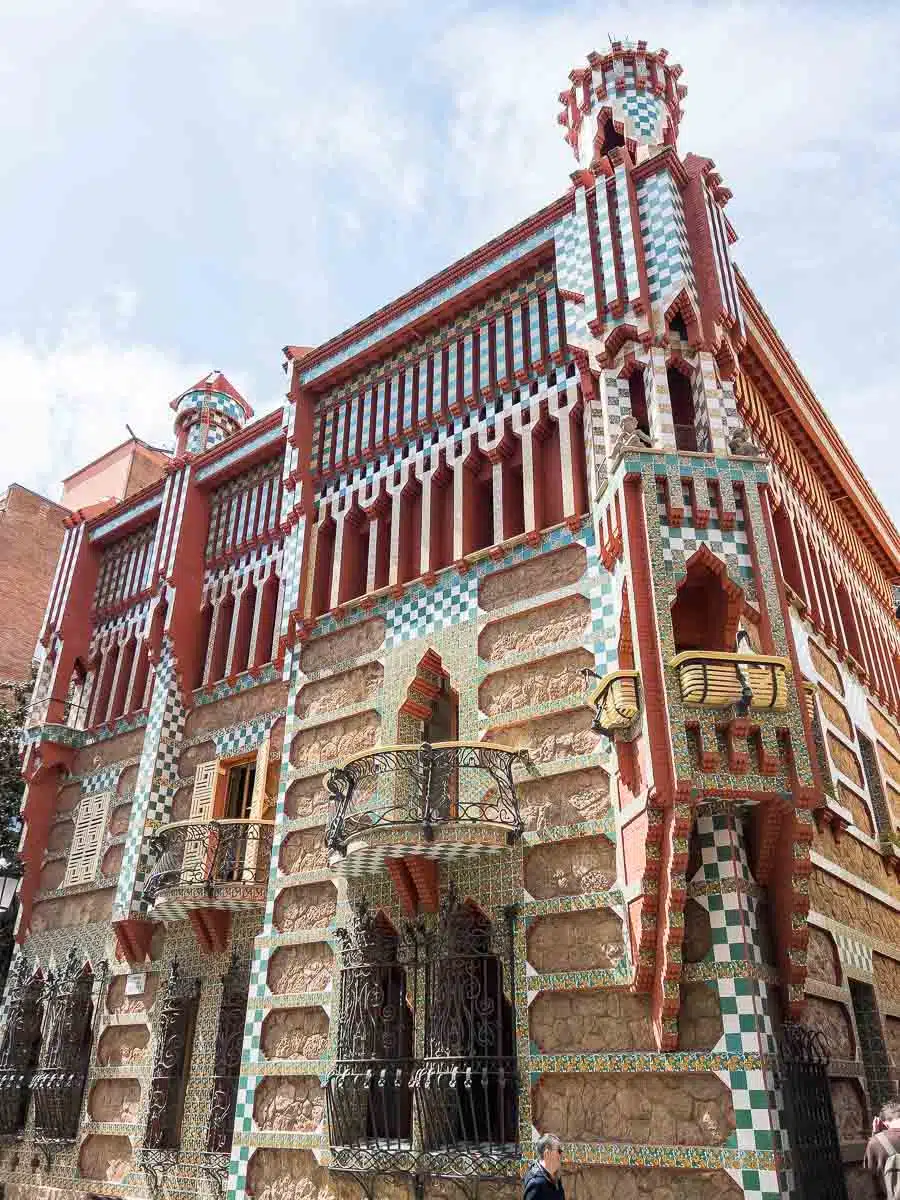
Barcelona and Gaudí go hand in hand. I’ve spent three months in Barcelona this year and am in awe of his creative tribute to Modernisme that’s strewn all over the city.
From the sinuous curves of Casa Batlló to the towering spires of the Sagrada Familia, while you can find over a dozen buildings and landmarks designed by the famous architect, seven of Gaudi’s works in Barcelona are designated as cultural heritage sites by UNESCO.
What better way to spend your time in the city than tracing the evolution of the architect’s whimsical genius?
Bath, United Kingdom
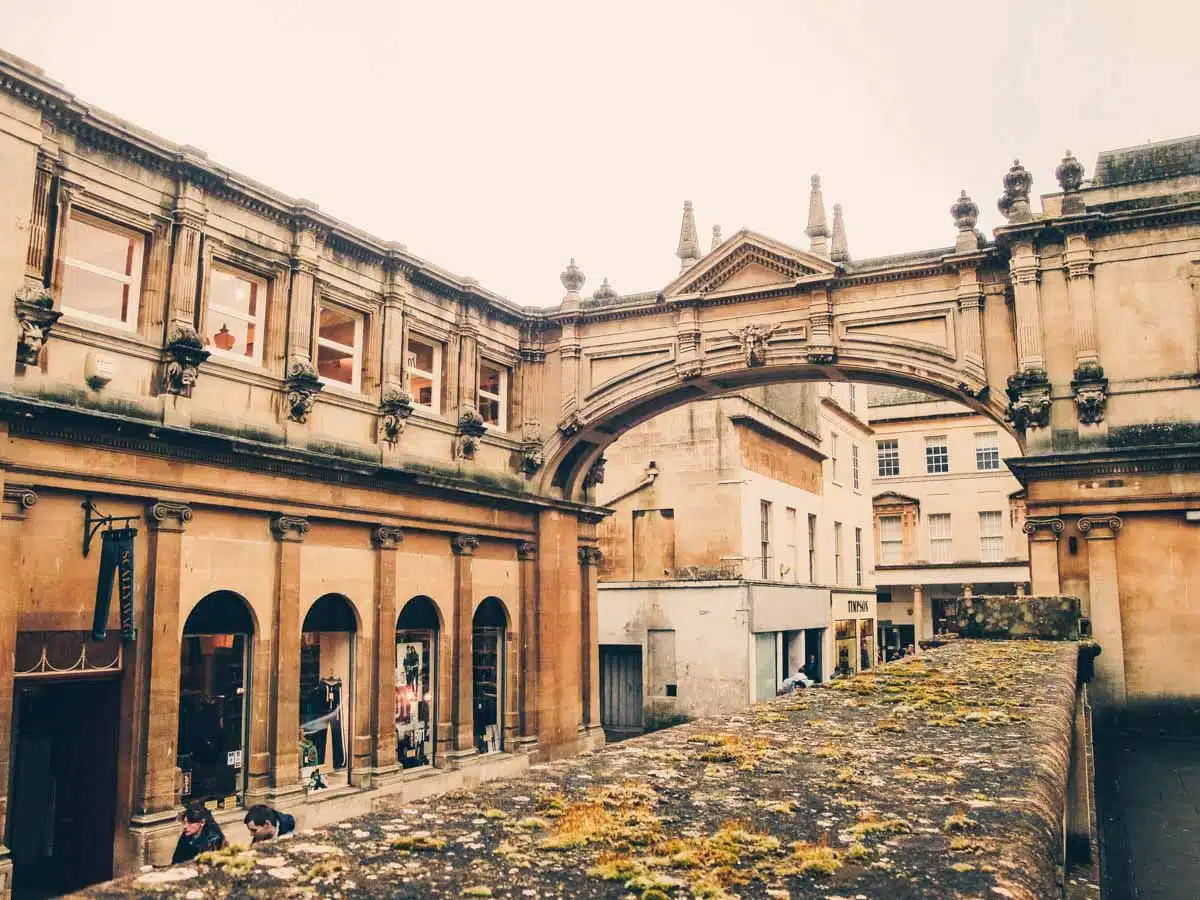
The compact city of Bath in England flourished as a spa town in the 18th century, forming the setting for many a Jane Austen novel but its important spa heritage goes back much further than that.
It’s home to Ancient Roman Baths dating back to 70 AD, which you can still visit today. Elsewhere, the grandiose Georgian architecture of the Royal Crescent reflects the city’s important social status during the era.
Palace of Westminster & Westminster Abbey, United Kingdom
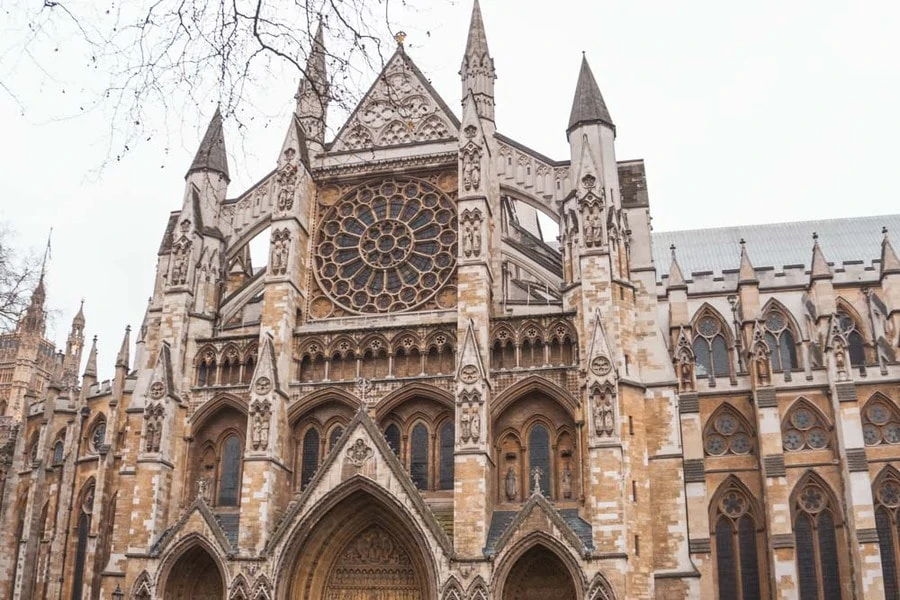
Two of the most historic landmarks in London , the Palace of Westminster & Westminster Abbey, are the heart of British monarchy and democracy.
Westminster Abbey is the nexus of Royal coronations, weddings and funerals, while the adjacent Palace of Westminster (along with the world-famous Elizabeth Tower, better known as Big Ben) sets the scene for the Houses of Parliament.
The Lake District, United Kingdom
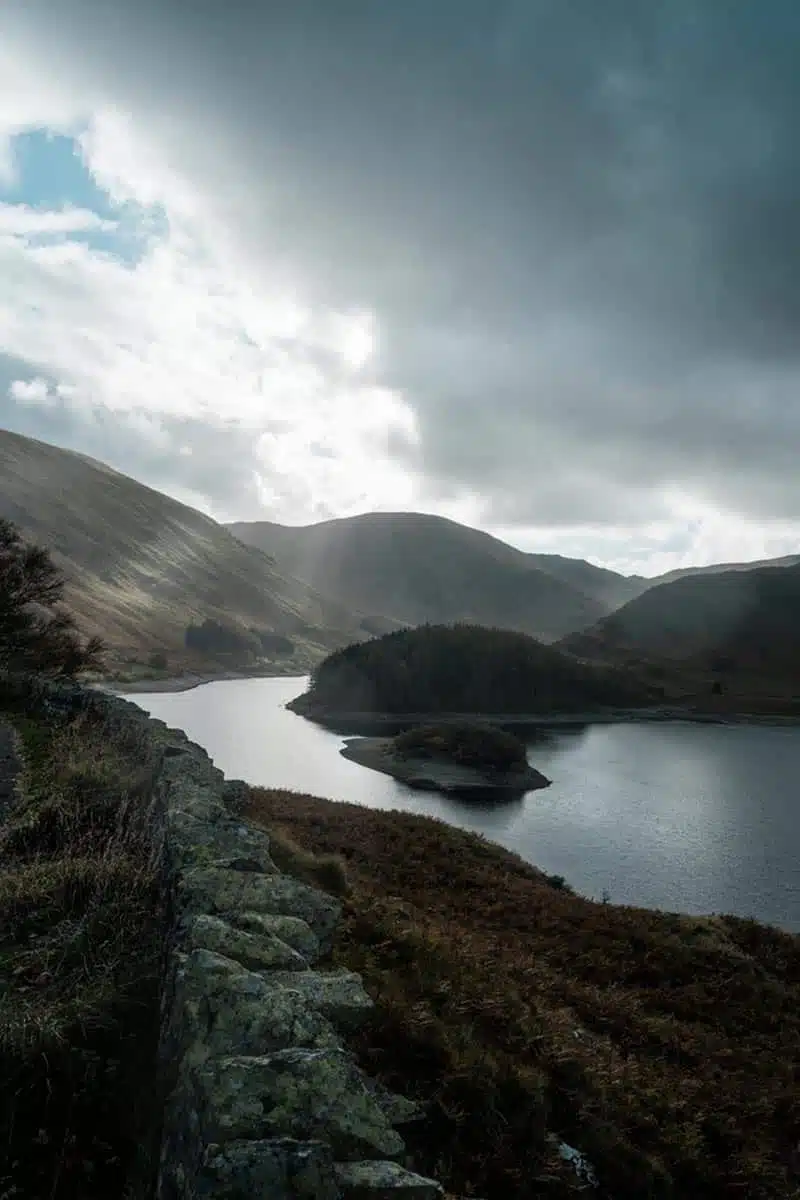
Sitting serenely in Cumbria in the north-west of England, The Lake District is a UNESCO site of glacially-sculpted valleys, shimmering lakes and vertiginous peaks. Quite frankly, it’s beautiful and you should spare the time to visit it when you’re in the UK if you can.
Little wonder that it has inspired countless British poets including William Wordsworth and Samuel Taylor Coleridge.
Their legacy penetrates the region – visit the former homes of literary giants including Wordsworth, Beatrix Potter, and John Ruskin.
Beyond this, the district chronicles centuries-old traditions – you can still find Herdwick Sheep farmed here much in the way they were in times past. Go for a long hike, or several.
UNESCO World Heritage Sites in Oceania
Great barrier reef, australia .
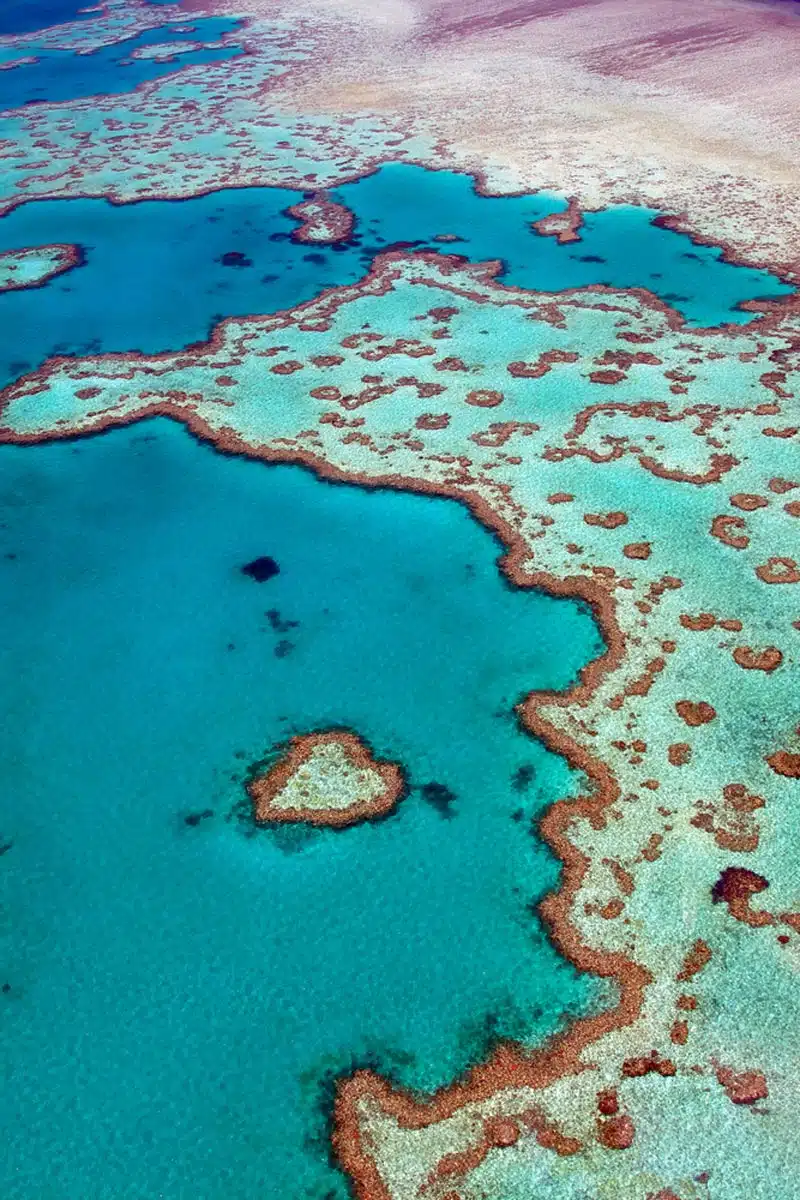
Situated off the coast of Queensland, nearly 3,000 individual reefs spanning 900 islands make up one of the greatest underwater UNESCO heritage sites anywhere in the world – The Great Barrier Reef.
Vibrant, intricate and teeming with coral of all colours, it’s a unique habitat for an array of marine life including sea turtles, sharks, whales and dolphins. Think of it as a marine mosaic of biodiversity.
Uluru, Australia
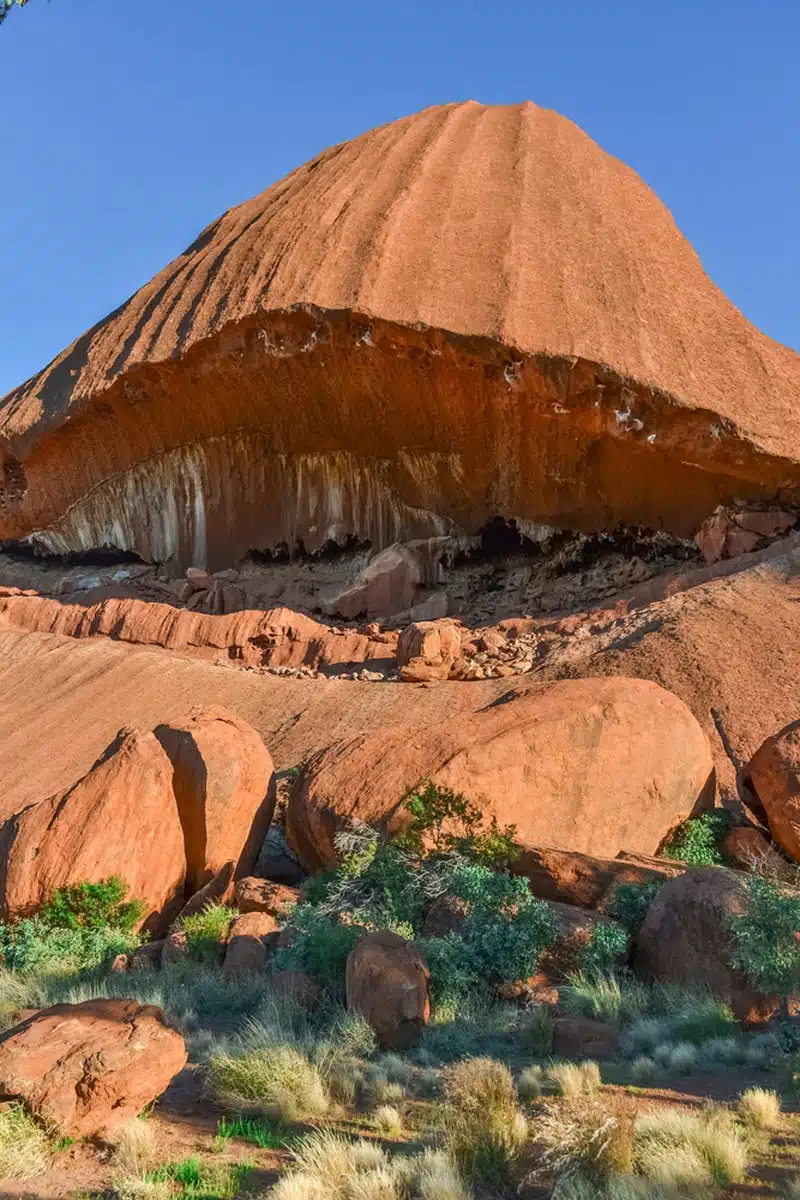
Looming tall in Australia’s arid heart, Uluru is one of the most famous UNESCO World Heritage Sites in Australia. The massive sandstone formation towers 350 metres into the sky, one of the oldest known rocks on the planet at over 550 million years old.
Seeing it change from fiery red at the break of day to deep purple in the last evening light would be reason enough to visit, but the site is revered by the indigenous Anangu people, the rock swirls with ancient stories and spiritual significance. Go with a local guide for a greater understanding of its cultural importance
UNESCO World Heritage Sites in the Middle East
Old city of jerusalem, israel .
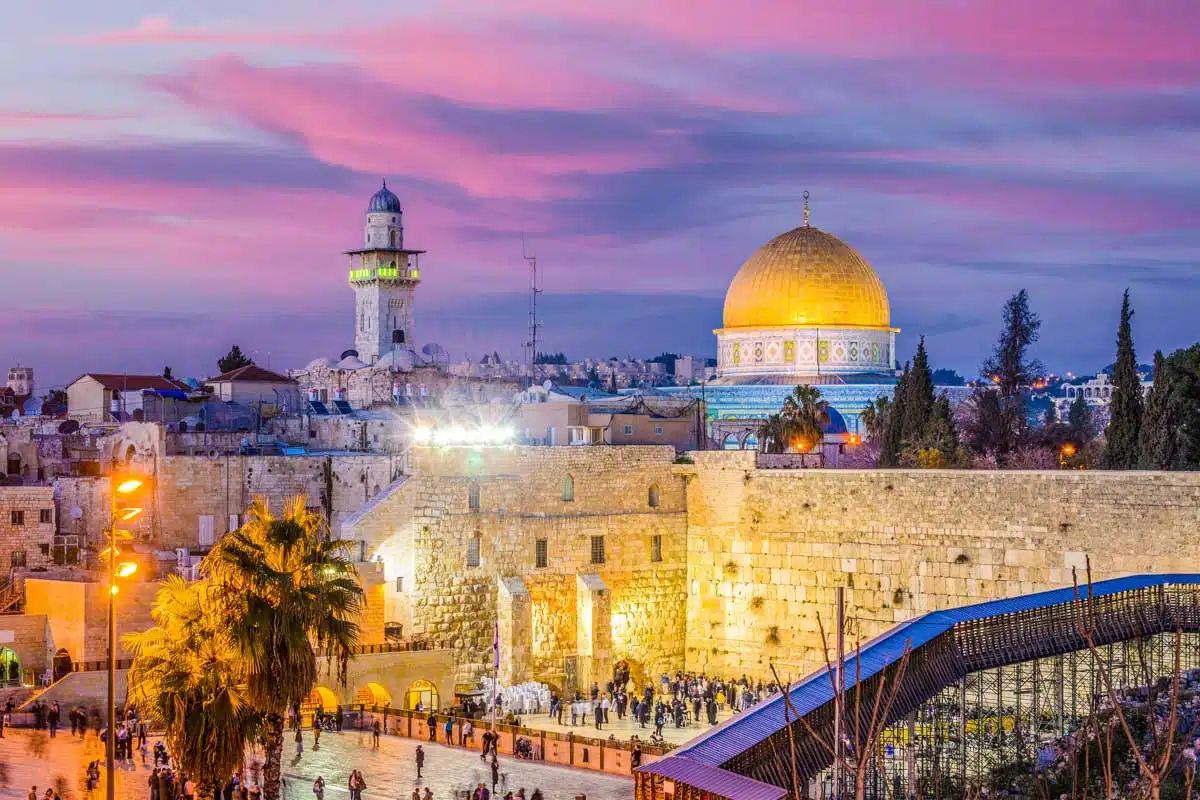
Stepped in millennia of religious history, The Old City of Jerusalem is the place where Islam, Judaism, and Christianity converge in a tale of faith, conflict and coexistence. The city’s maze of alleys reverberate with prayers echoing from the stone walls.
Famous landmarks include the Western Wall (Buraq Wall), the Dome of the Rock, Christ’s Tomb at the Church of the Holy Sepulchre, Temple Mount and the Tower of David.
Petra, Jordan
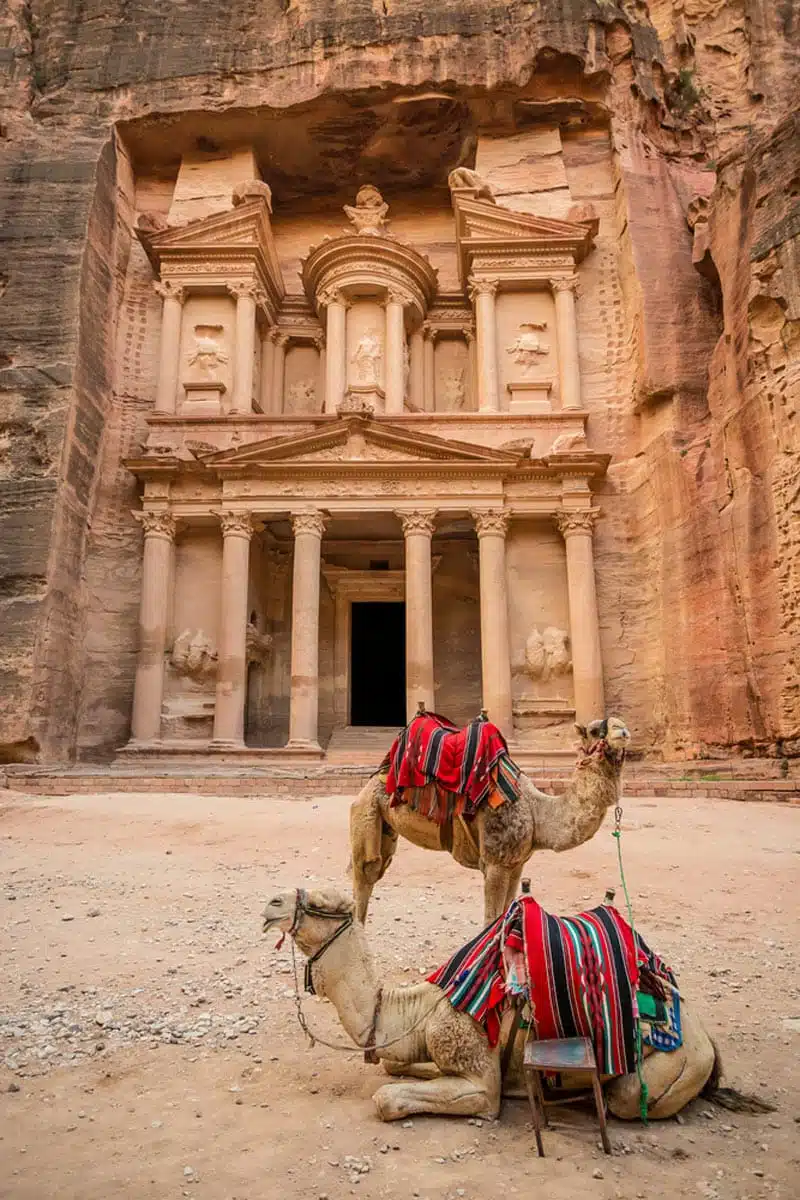
Often dubbed the “Rose City ” thanks to its pink-hued rock, the iconic UNESCO wonder of Petra is an archaeological and historical marvel. The former capital of the Nabataean Kingdom dates back to 300 BC. Yeah, that long ago. Incredible archeological sites like The Treasury (home to ancient treasure from a Pharaoh?!) and The Monastery are carved directly into the rose-red cliffs, while engineering feats such as the intricate water conduits speak to the sheer skill of the Nabateans’ architectural prowess.
Göreme National Park and the Rock Sites of Cappadocia, Turkey
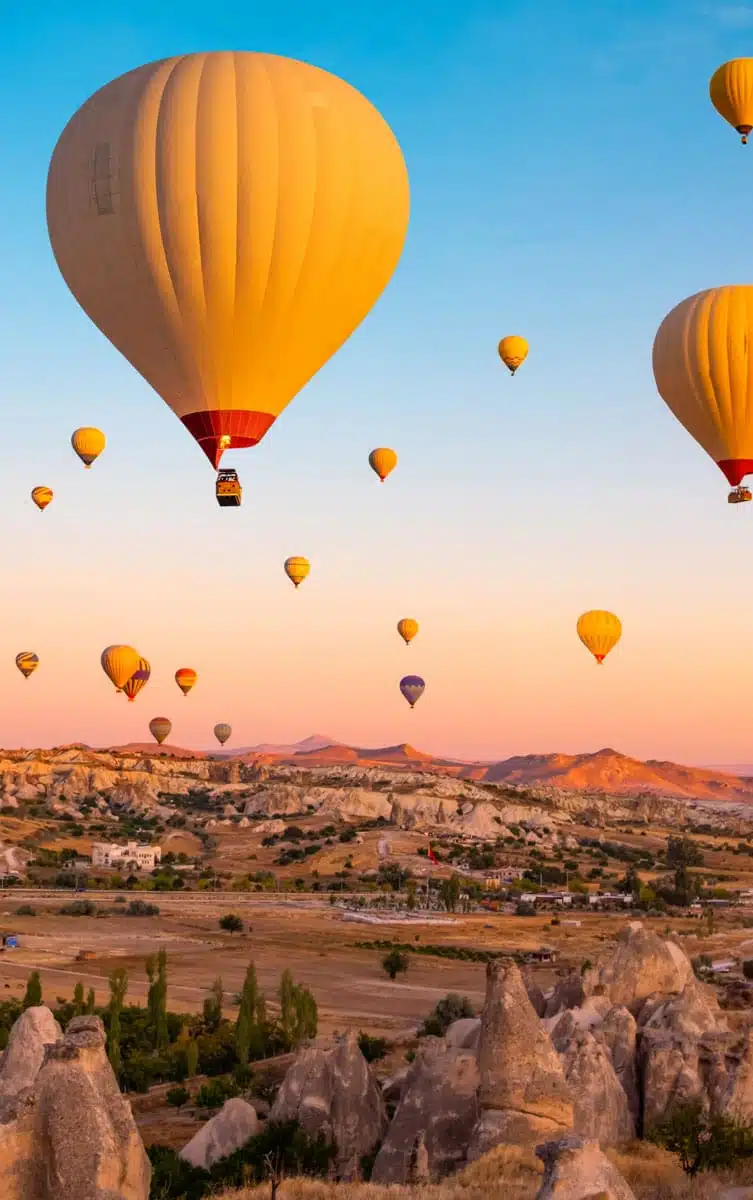
Is this a landscape straight out of a dream? You’d be forgiven for thinking the penetrating landscape of Cappadocia’s rocky wonders and cave dwellings are from the surface of the moon rather than a unique example of natural scenery and human adaptability.
Explore the ancient villages, hoodoos, and fairy chimneys at Cappadocia and Göreme National Park – peeking at the churches and frescoes carved by early Christians into the rocks.
Float up into the air on a hot air balloon tour to appreciate the full scale of the rock formations and valleys below.
UNESCO World Heritage Sites in North America
Canadian rocky mountain parks, canada .
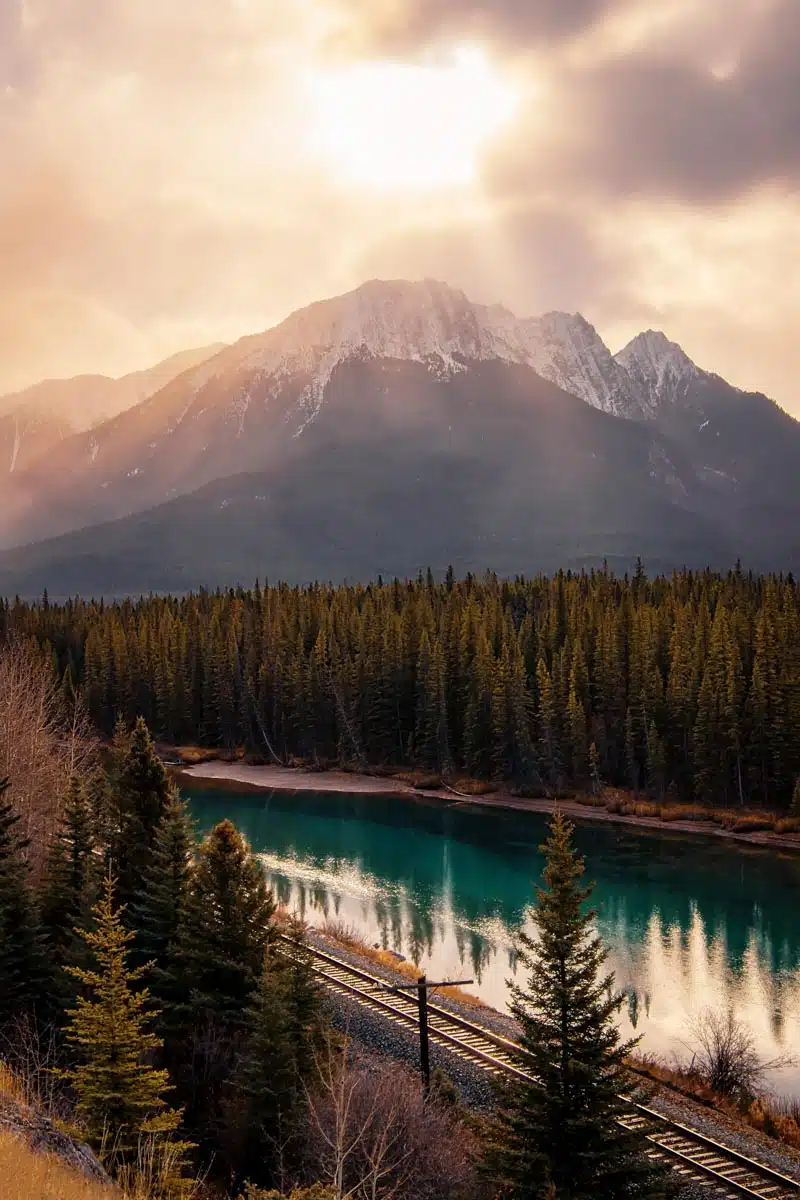
Want to visit a natural landmark that’s so gorgeous it’s officially a UNESCO World Heritage Site? Head one of the UNESCO parks in the Canadian Rockies.
I’ve written guides on Jasper and Banff , but the smaller national parks Yoho and Hamber Provincial Park also showcase dramatic natural landscapes and incredible wildlife viewing opportunities.
Real talk: watch out for the Grizzlies.
Historic Centre of Oaxaca, Mexico
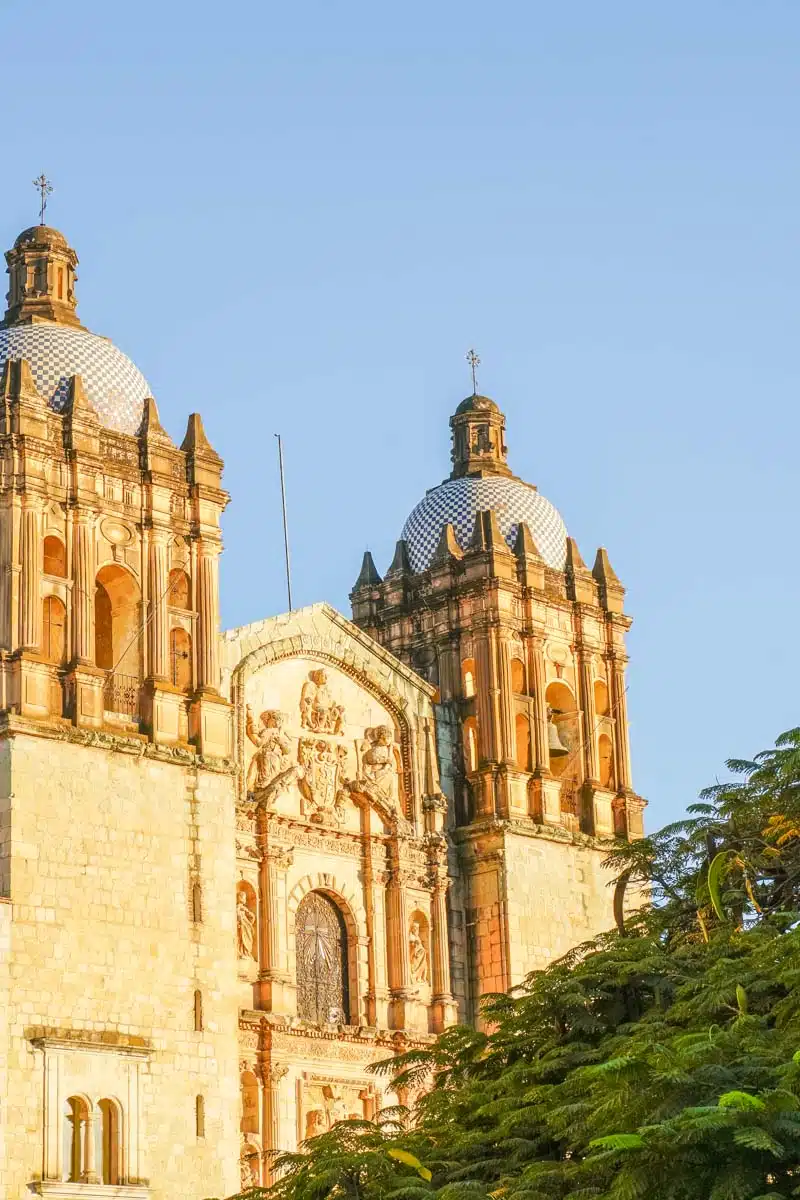
Established in 1532, the historic centre of Oaxaca in Mexico is a confluence of pre-Columbian, colonial and modern Mexican heritage.
Take a stroll around to see Baroque architecture like Templo de Santo Domingo de Guzmán, cultural institutions like the Oaxaca Street Market and the nearby Zapotec landmark Zona Arqueológica de Monte Albán – together they form part of the rich tapestry of Oaxacan culture.
Grand Canyon National Park, United States
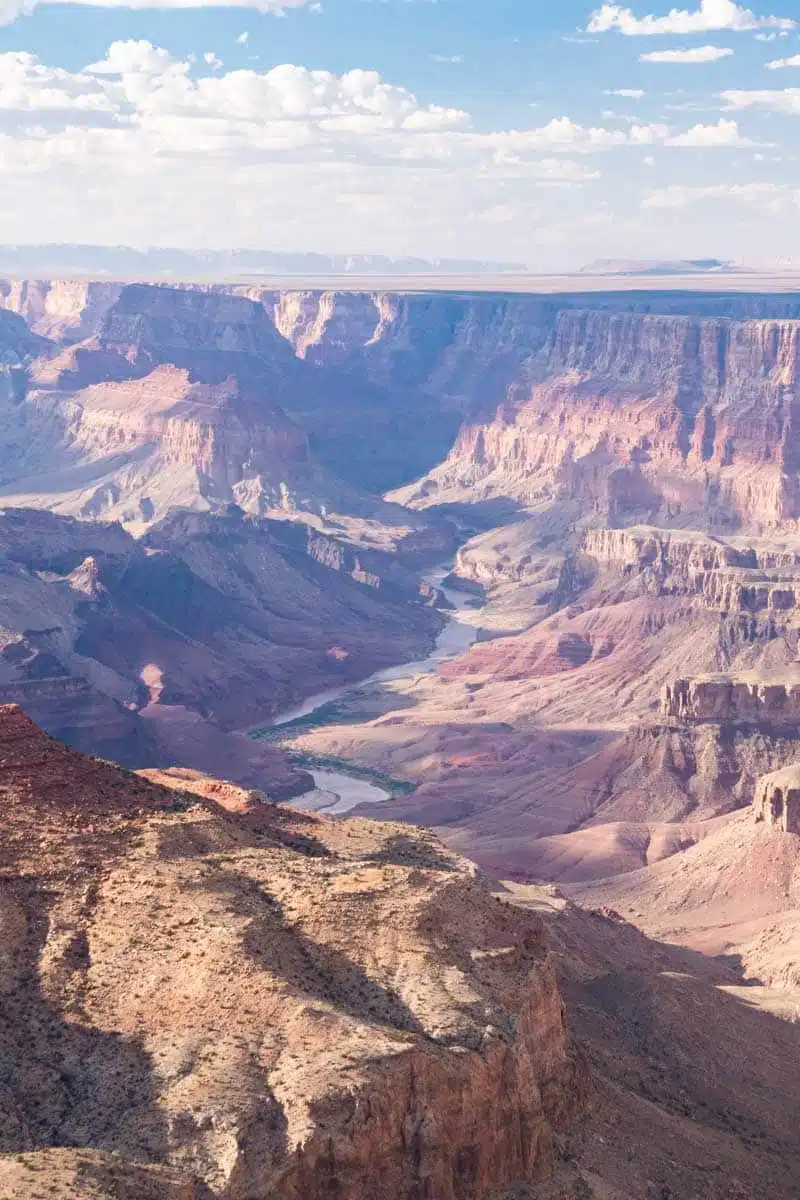
Looking for UNESCO World Heritage Sites in the USA? Grand Canyon National Park is one of my favourite places to spend time in the great outdoors anywhere in the world. The colossal chasm formed by the Colorado River, it’s a geographical spectacle with layers of red rock telling the story of the gradual erosion of millions of years to create the landmark you see today.
Drive around the East Rim and stop at Desert View Watchtower to see the 70 million-year-old canyon etched in the Arizona wilderness from an incredible vantage point.
Yosemite National Park, United States
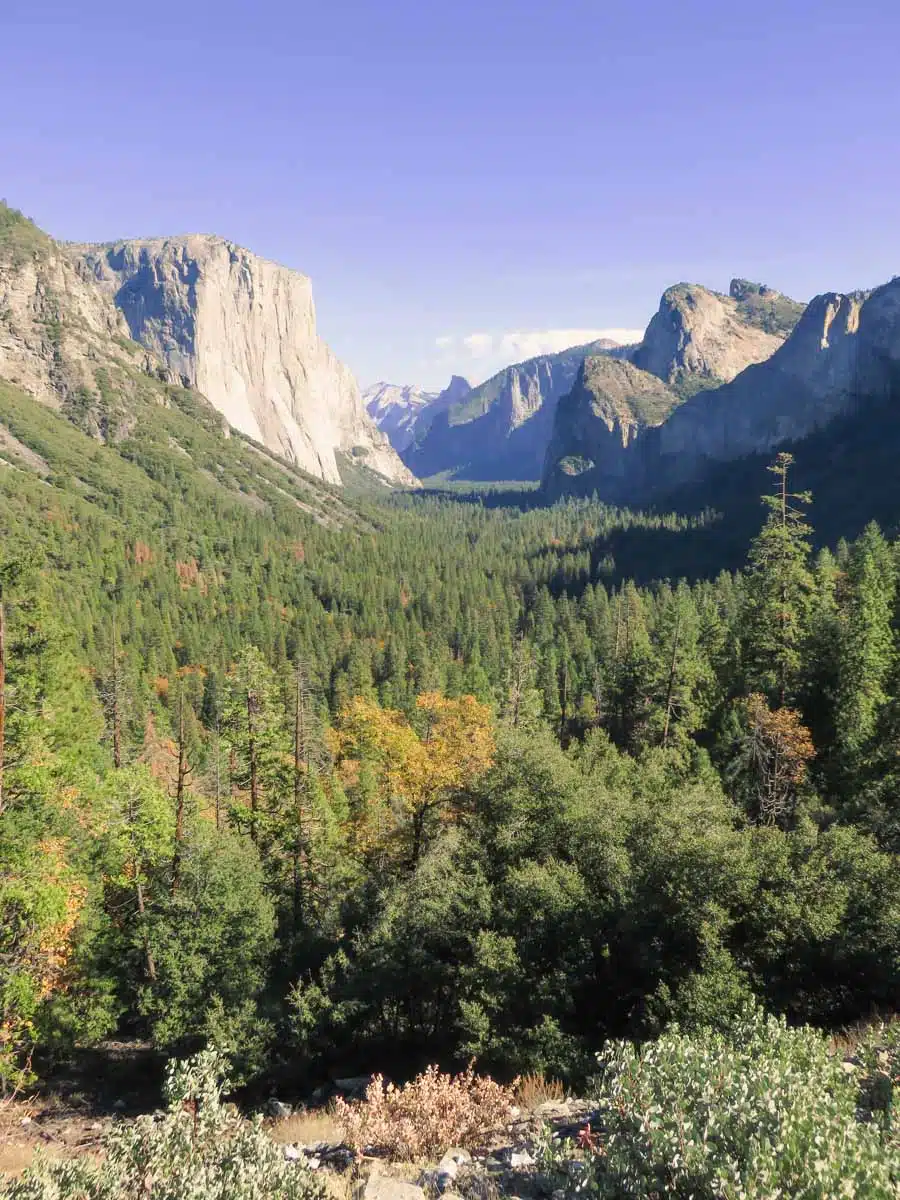
Yosemite National Park is another US national park that UNESCO deemed an important world heritage site – venture there and you will surely see why.
Iconic granite cliffs, tumbling waterfalls, giant sequoia groves – Yosemite has it all. This is the American wilderness – providing countless inspiration for artists such as Ansel Adams.
The massive granite wall of El Capitan, the fire falls of Horsetail Fall, and the massive half dome are all unique attributes of this stunning California UNESCO site you need to see to believe.
UNESCO World Heritage Sites in Central America & The Caribbean
Antigua, guatemala .
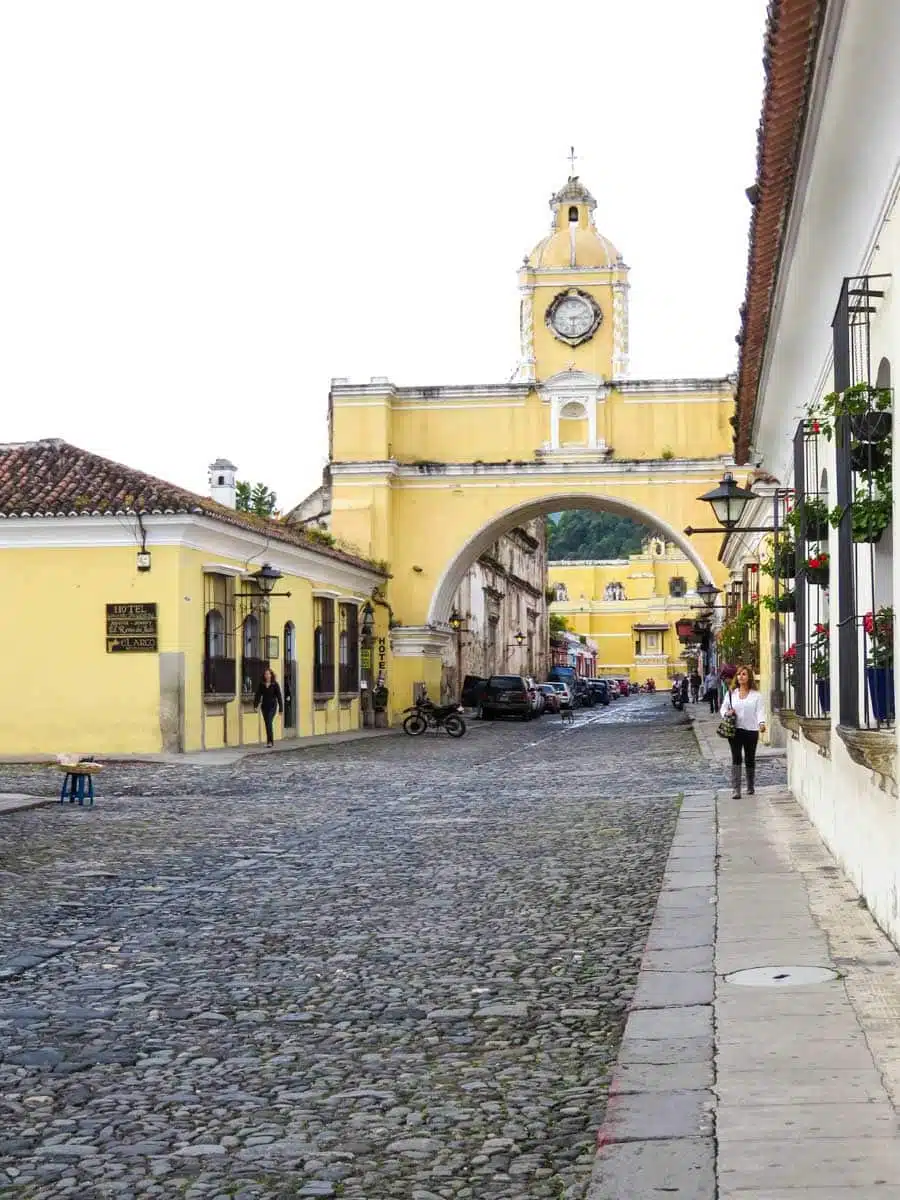
Sitting in the shadow of volcanic peaks, Antigua is an ancient colonial city in Guatemala. It served as the former capital of the Kingdom of Guatemala for over two centuries after it was founded in the 16th century.
During this time, the city flourished, with buildings like Casa de la Moneda and Convento Capuchinas being amazing examples of colonial Spanish architecture.
Repeated earthquakes led to the city’s decline, culminating in the transfer of the capital to present-day Guatemala City.
Today, Antigua is a sleepy, lovable spot to while away a few days – with vibrant markets, festivals and traditions spanning Spanish and indigenous influences.
Copan Ruinas, Honduras
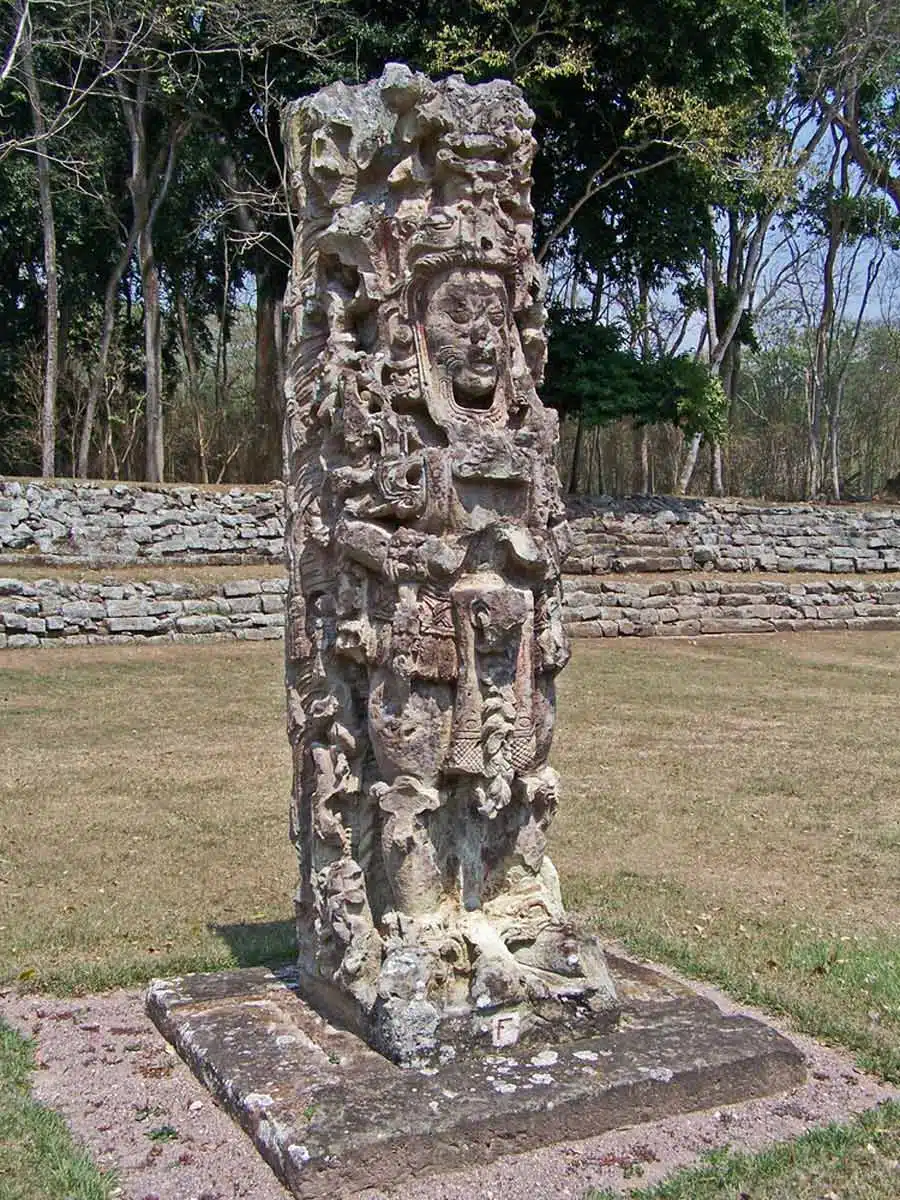
The iconic hieroglyphic staircase of Copan is an appropriate symbol for what was a significant Mayan city ruling over a vast kingdom between the 5th and 9th centuries.
Peek into the architecture, whose carvings provide insights into Mayan rituals, politics and daily life.
UNESCO World Heritage Sites in South America
Iguazú national park, argentina and brazil .
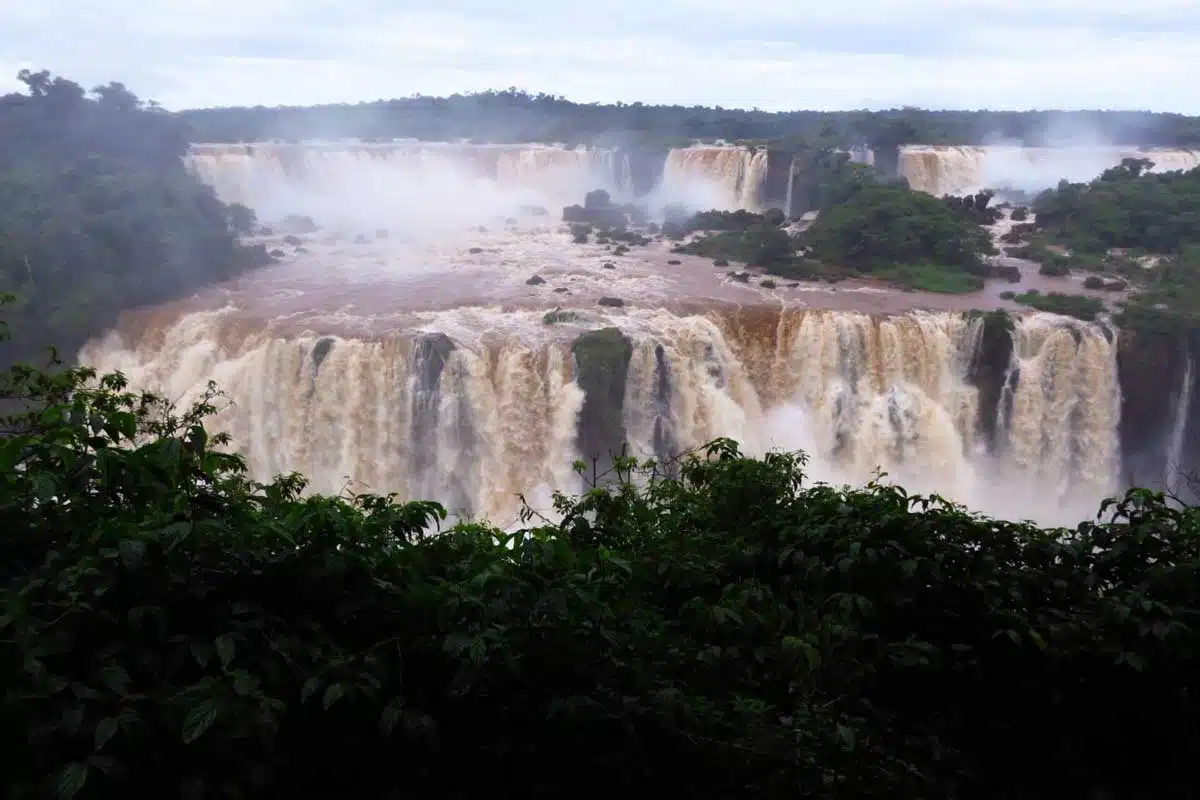
Nestled along the border of Argentina and Brazil , Iguazú National Park is home to the incredible Iguazú Falls (or Foz do Iguaçu in Portuguese).
The iconic cascades stretch over 1.5 miles wide with over 275 falls of which the tallest, the Devil’s Throat (the tallest waterfall) drops an impressive 82 metres in a thunderous roar. Dense jungle flourishes in the waterfall’s thick cloud of mist, home to numerous rare rainforest species like jaguars, pumas, and giant anteaters.
Paraty & Ilha Grande, Brazil
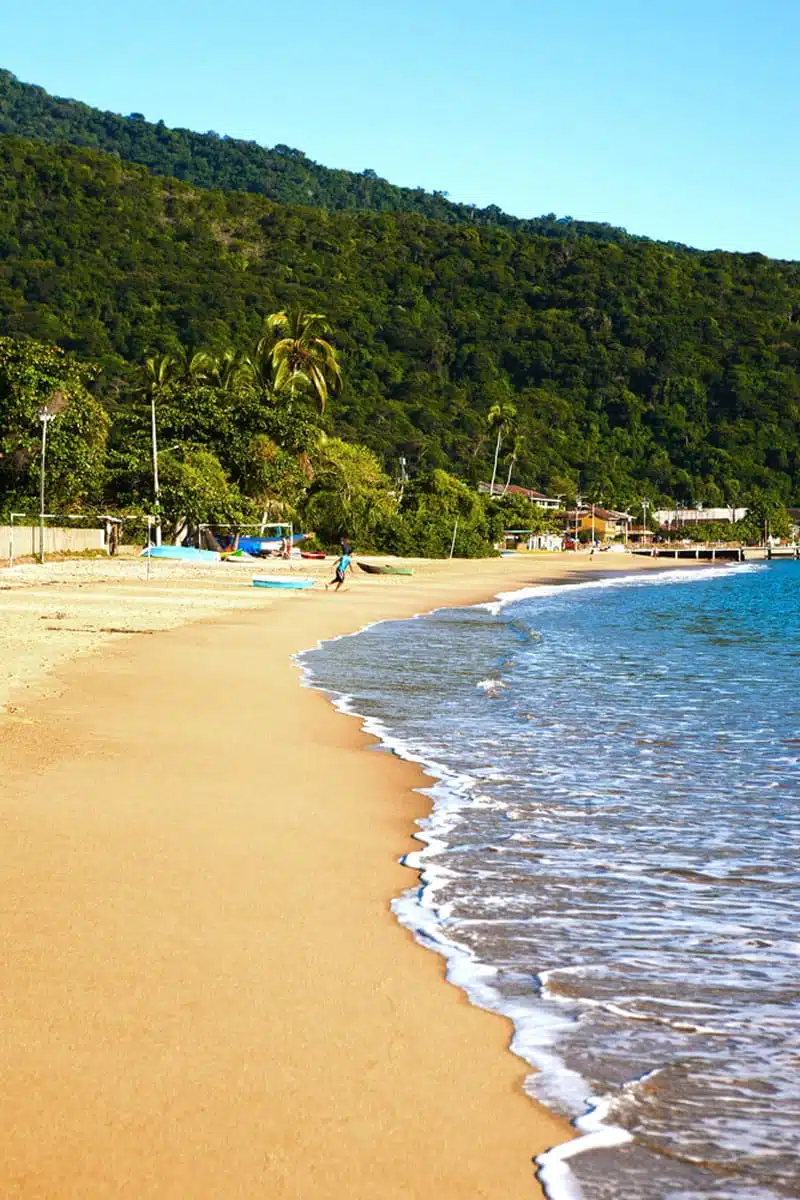
Brazil’s coastline is home to two more recent UNESCO World Heritage Sites: Paraty & Ilha Grande.
They’re actually two separate places. Venture to see the colonial architecture and picture-perfect beaches of Paraty whose cobblestoned streets and baroque churches recall the era of Portuguese rule.
Nearby, the absolutely stunning island of Ilha Grande is an enclave of pristine Atlantic rainforests, endemic species and untouched beaches. Sounds a bit like heaven? It is.
Rapa Nui National Park, Chile
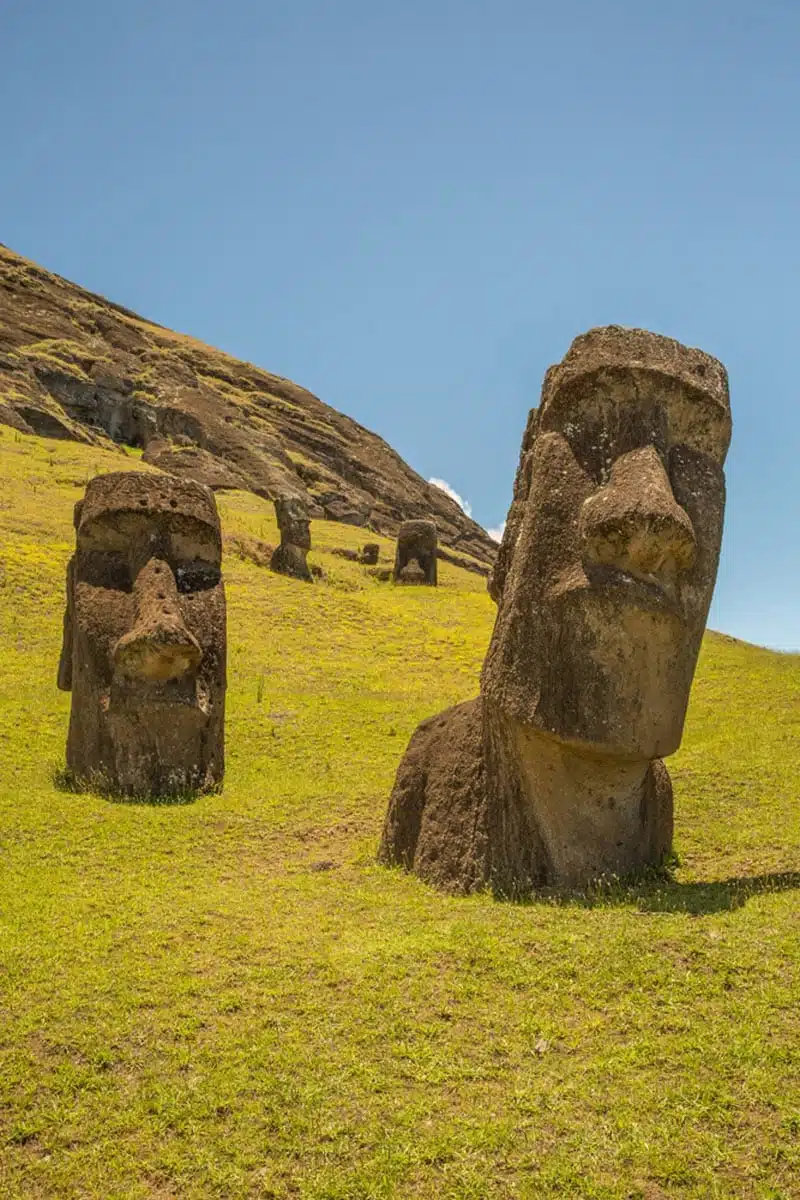
I LOVE Chile . I’ve been there several times and plan to go back again to see more. Rapa Nui National Park is one of the most amazing cultural landmarks I can’t wait to explore.
OK, so Rapa Nui National Park is actually in an isolated spot in the Pacific about 5 hours away from Chile’s mainland by plane on Easter Island.
The nearly 900 Moai (large stone carvings from hardened volcanic ash) are a stunning UNESCO site off Chile and one of the world’s great mysteries.
No one knows quite where they came from or what their purpose was.
Historic Quarter of the Seaport City of Valparaiso, Chile
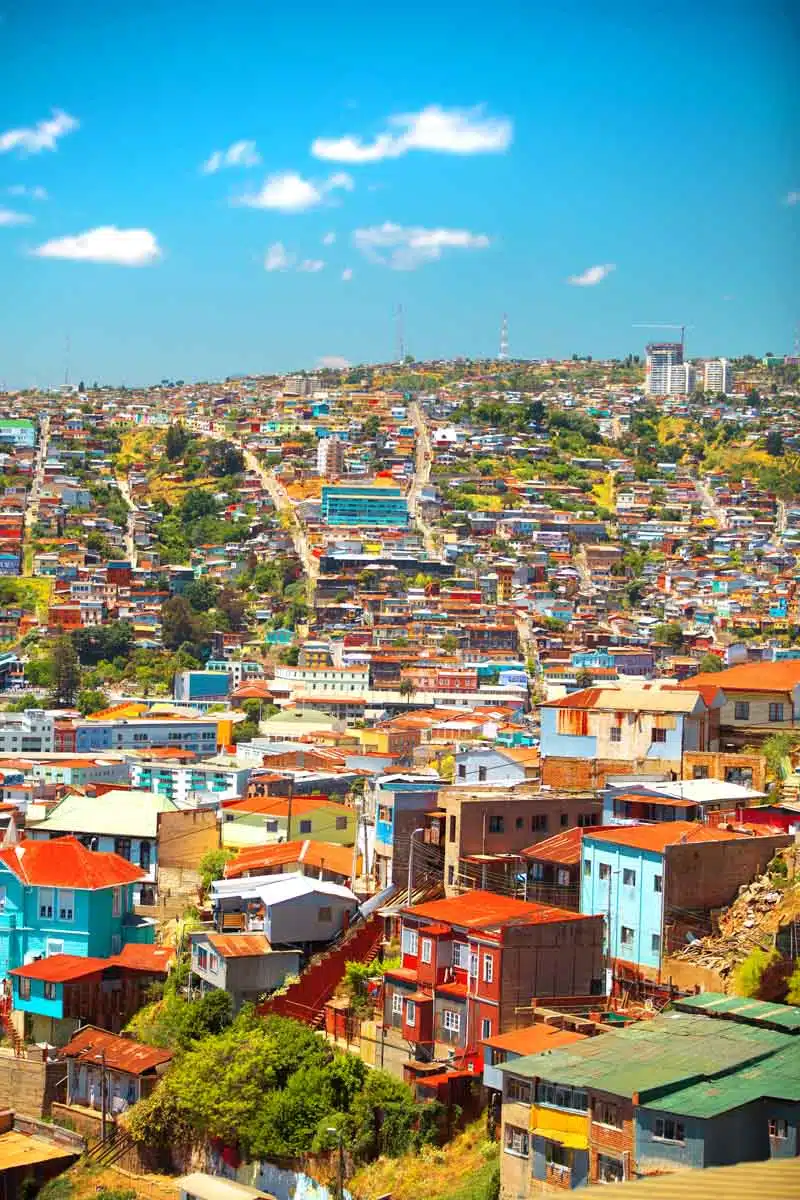
Now for a UNESCO site on mainland Chile, the Historic Quarter of the Seaport City of Valparaiso.
I only recently got to visit this labyrinthine mishmash of alleyways, funiculars and vibrant houses and I’m so glad that I did.
The 19th and 20th-century historic port has a gorgeous combination of steep hills, colourful houses, and artistic influence spanning centuries.
Galapagos Islands, Ecuador

The Galapagos Islands sit off the coast of Ecuador and form one of South America’s most iconic UNESCO World Heritage Sites.
Featuring some of the most amazing endemic species anywhere on the planet, it’s the missing link in the evolutionary chain, with lumbering tortoises and bobbing blue-footed boobies, you can think of the Galapagos as a living laboratory that played a fundamental role in Darwin’s revolutionary theories.
Cusco, Peru
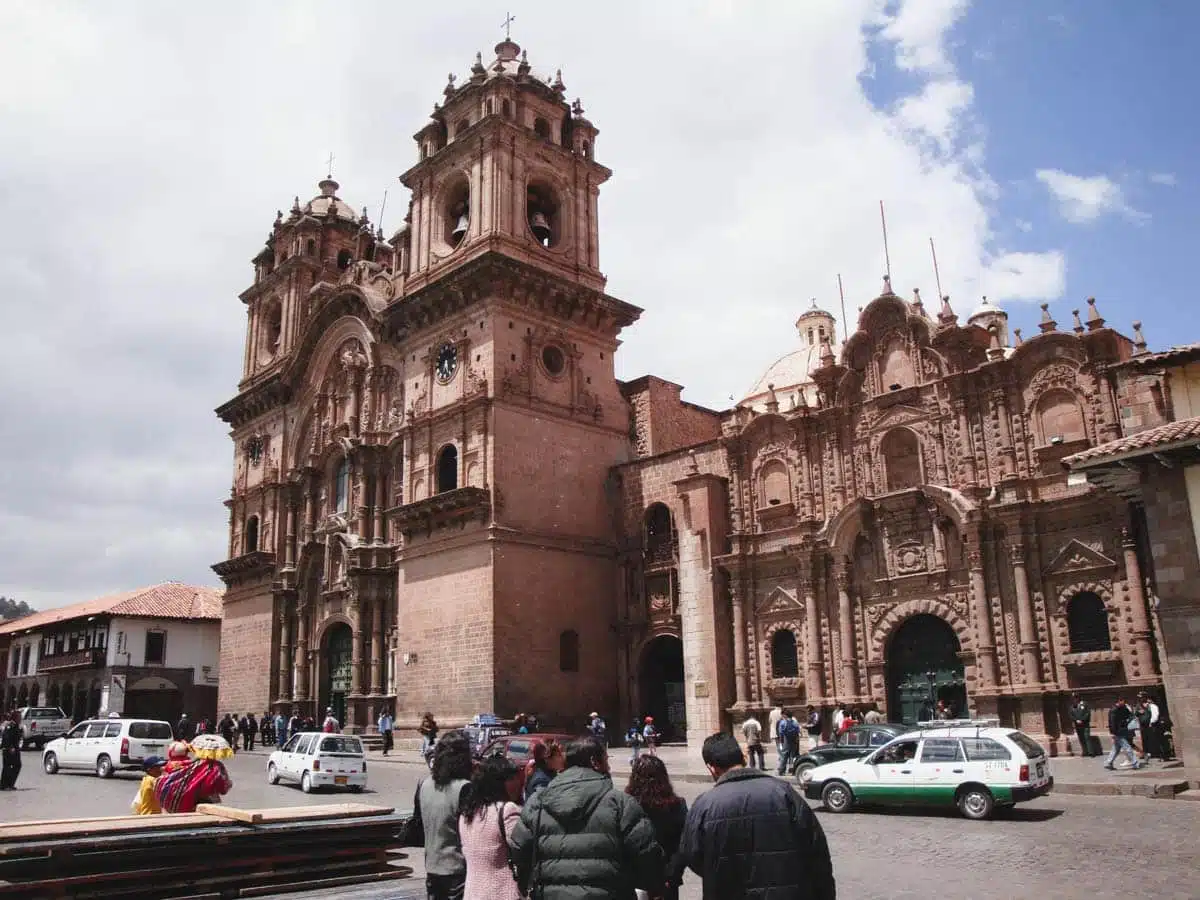
Looking for UNESCO World Heritage Sites in Peru that aren’t Machu Picchu? Visit the incredible ancient city of Cusco . Once the capital of the ancient Incan empire, start at the city’s heart, the Plaza de Armas, which is also home to Cusco’s Cathedral.
Elsewhere, study the baroque architecture at Iglesia de la Compania de Jesus, or head out of town to see the towering fortress of the Sacsayhuaman ruins.
Machu Picchu, Peru
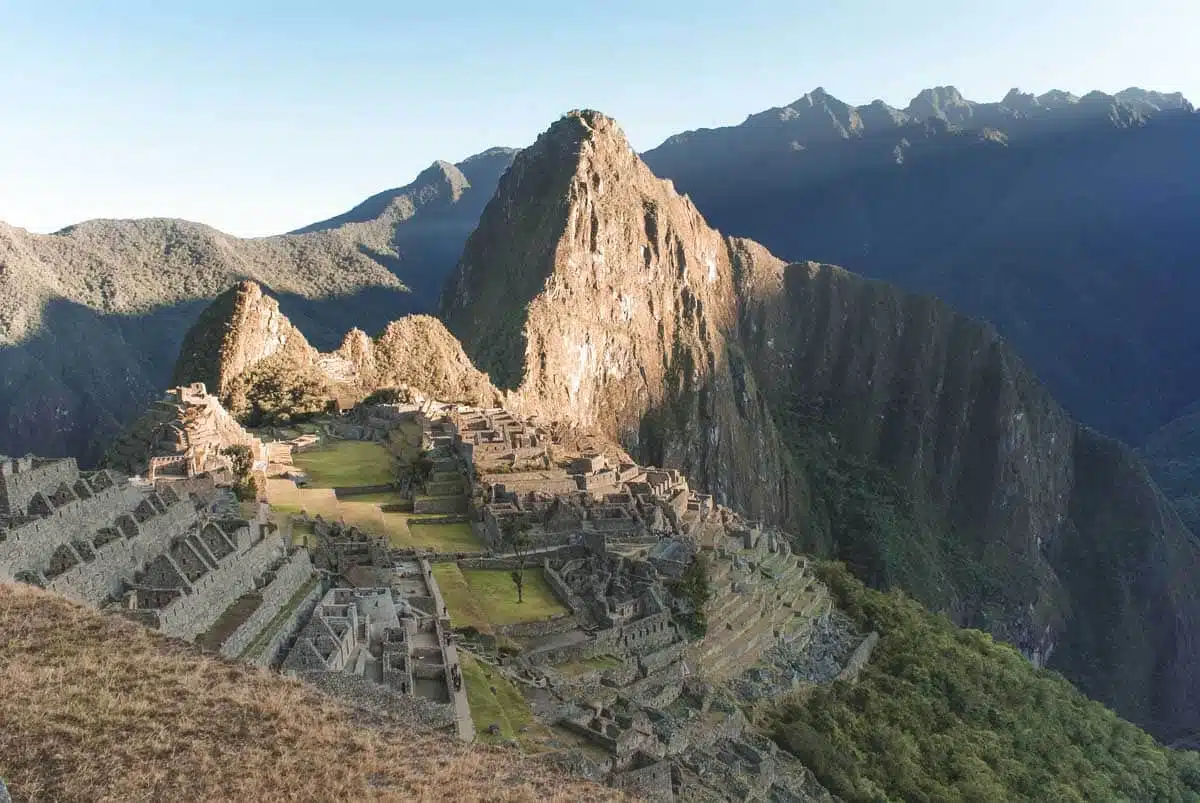
Visiting Machu Picchu in Peru is easily one of the most famous UNESCO World Heritage sites. Nestled in the Andes Mountains, it was an astronomical observatory and a private retreat for the Inca Pachacuti. The massive 15th-century citadel is pretty much on every person’s bucket list and I can’t recommend it enough for areas like the Temple of the Sun along the Classic Inca Trail or the Huayna Picchu trek.
Want to really go on an adventure? Book a spot on the iconic Inca Trail trek or opt for an equally-stunning alternative such as Salkantay .
Must-Visit UNESCO World Heritage Sites: Map
Love This? Save and Share on Pinterest
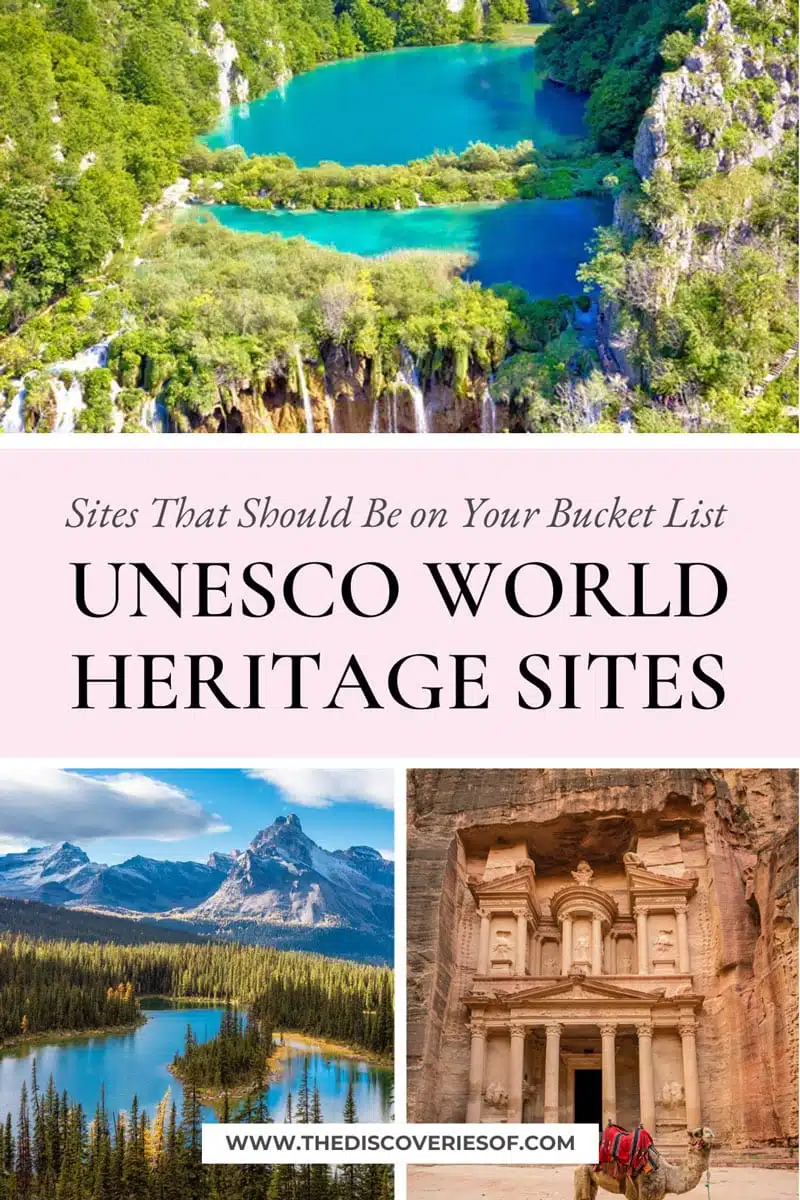
Explore More UNESCO World Heritage Sites
- Top Sights in the Grand Canyon National Park
- Heading to Bruges? Here’s What You Need to See
- Insider’s Guide to Dubrovnik
I’m Julianna Barnaby - a professional travel writer and geek extraordinaire. I started The Discoveries Of to help you to discover the best of new destinations from around the world.
Discovering new places is a thrill - whether it’s close to home, a new country or continent, I write to help you explore more and explore differently.
Related Posts
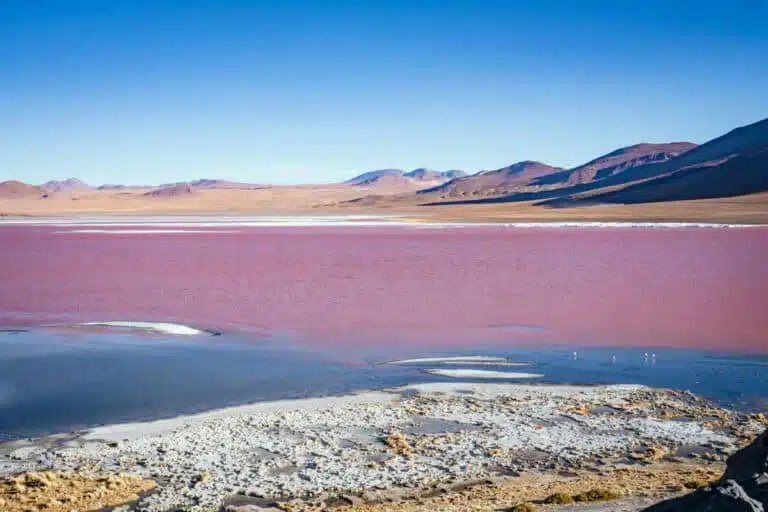
17 Most Beautiful Countries in the World: Epic Scenery and Unforgettable Landscapes
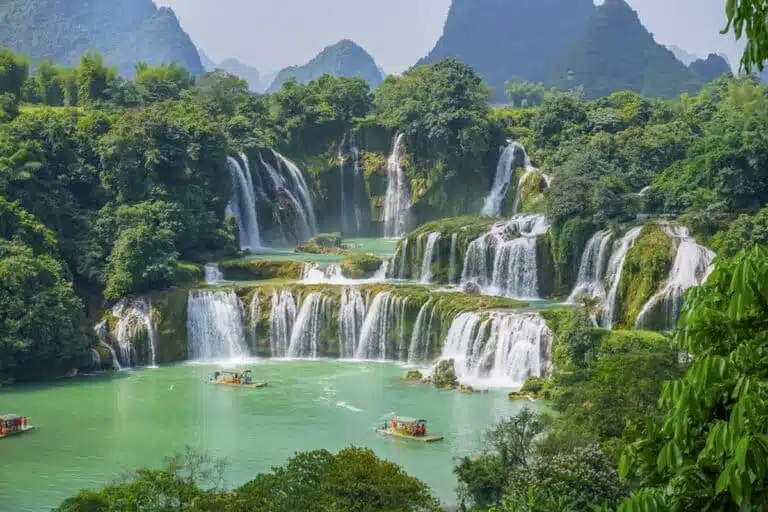
Where to Find The World’s Most Beautiful Waterfalls (And How to See Each One)
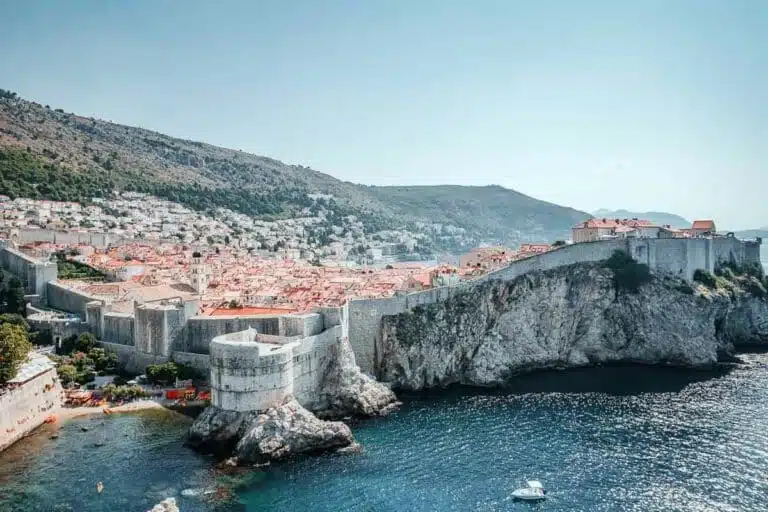
20 Game of Thrones Filming Locations: Embark on an Epic Journey Through Westeros
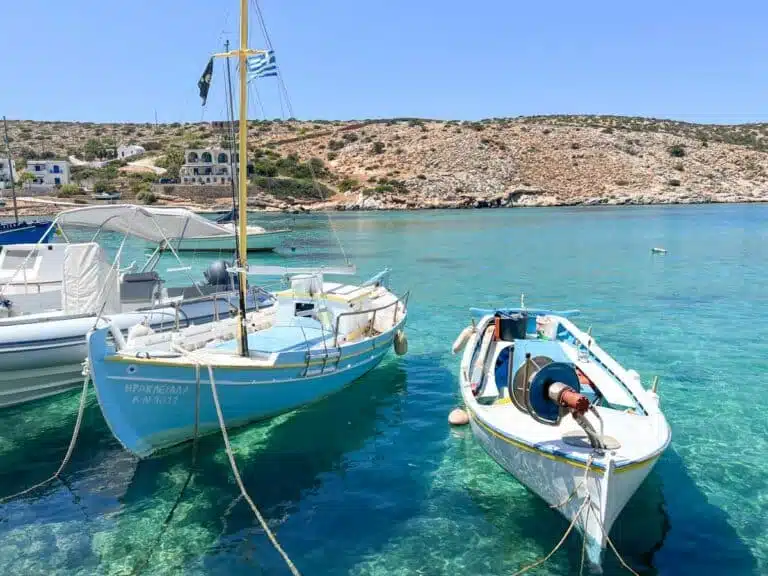
15 Best Girls Trip Ideas – Fabulous Girls Trip Locations for a Fun Getaway

Follow me on Instagram for travel inspiration, tips, and guides.
25 Must-See UNESCO World Heritage Sites
From supernatural stories to cultural legends, every UNESCO World Heritage Site has a tale to tell. There are over 1100 protected sites spread over 167 countries worldwide so there’s enough for you to discover! Here are the 25 Must-See UNESCO World Heritage Sites to check off your bucket list.
1. Bagan, Myanmar
Bagan may just be the real-life ‘Fairy-tale’. Float in a hot air balloon across temples rising out of the mist and the green. Discover this legendary site of 2200+ temples in central Myanmar . It finally received its UNESCO status in 2019.
Read: Bagan, the temples of Myanmar travel guide
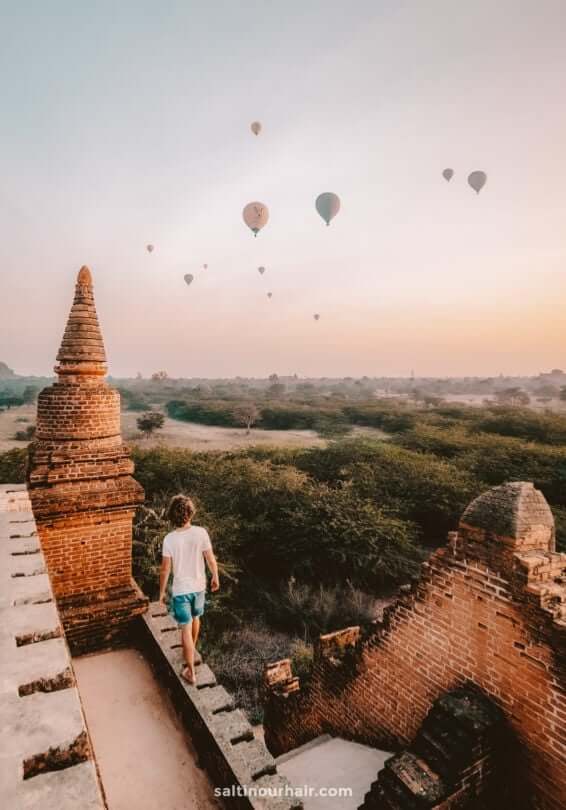
2. Cultural Landscape of Sintra, Portugal
Fairy tales do come true in the picturesque Portuguese town of Sintra. Think magical castles and palaces with exotic gardens that are fit for a king. This UNESCO heritage site is a large natural park that requires at least 2-3 days to explore if you want to see everything.
Here’s how to visit Sintra in Portugal

3. Venice, Italy – A Unique UNESCO location
This archipelago of islands provides the perfect location for this unique floating city. Venice is a movie-style romance, with mist rolling off the water, charming strolls in the streets, and gondola rides.
Here are: the best things to do in Venice City Trip
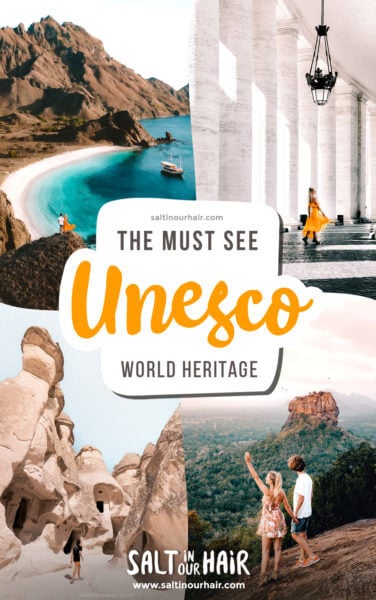
Established as one of the most magical places in the world, it’s easy to see how Venice was the inspiration for so many artists and architects.
Here are all your hotel options in Venice.
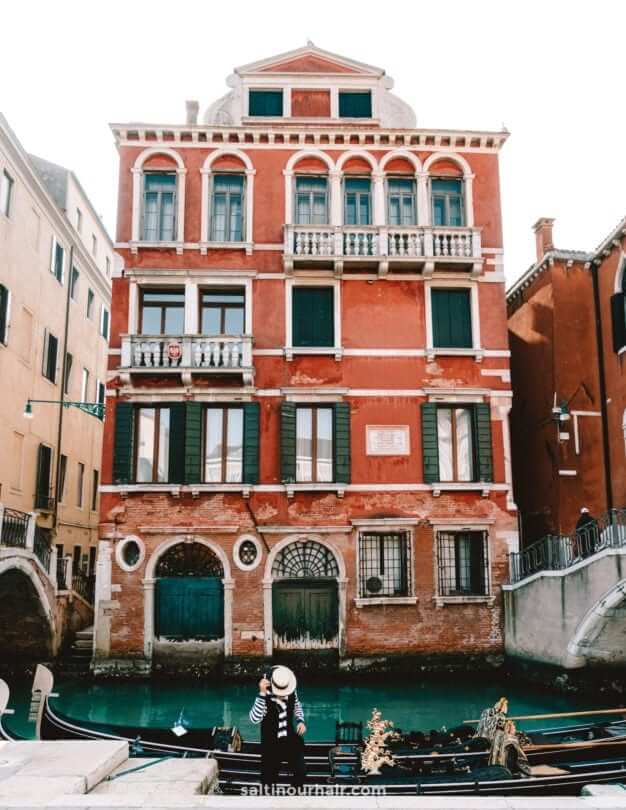
4. The Colosseum, Italy
One of the seven wonders of the world and the world’s largest-ever amphitheater- this is a must-see to check off your UNESCO bucket list. Take a tour of this oval masterpiece while on your Rome city trip , and gain a greater understanding of its turbulent history- truly mind-blowing!
Buy your Colosseum tickets in advance
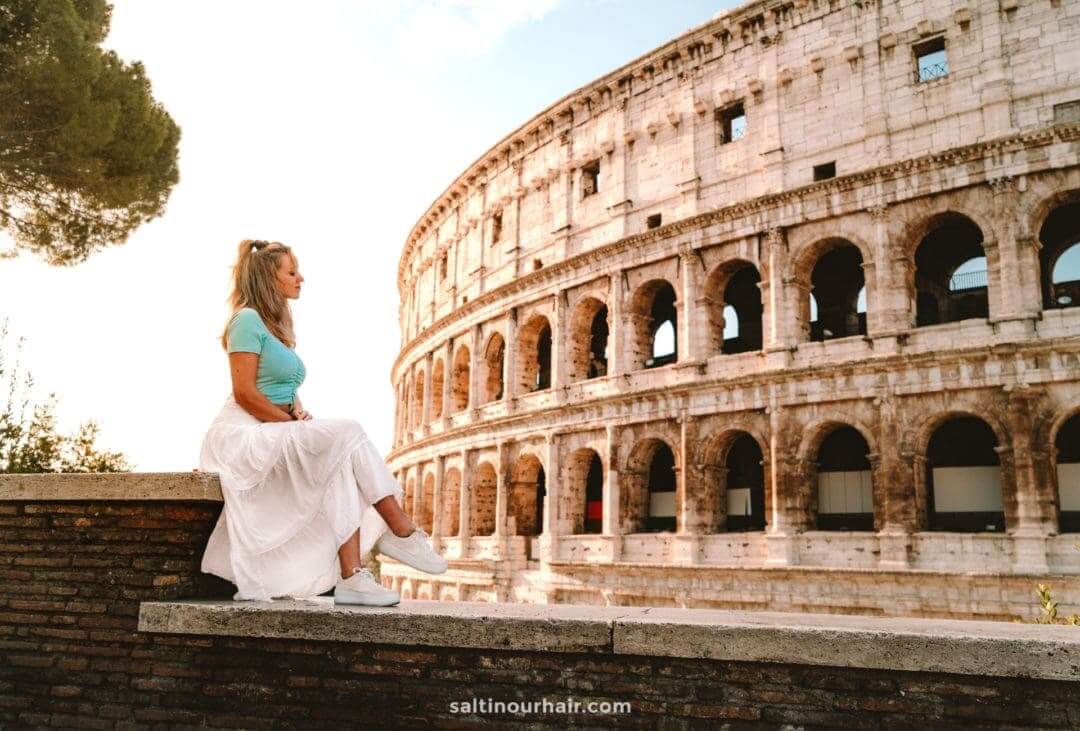
5. Vatican City
Ever thought you’d visit a country within a city? Vatican City is the smallest country in the world, existing at the heart of Rome . This significant religious site is home to the pope and some of the most valued sculptures and artworks on the earth.
Get your Vatican Tickets here

6. Cinque Terre, Italy
Opposites attract in the dazzling villages of Cinque Terre! See the sweet-looking candy-colored houses pop out against the dramatic, sheer coastline and the deep blue ocean. The very nature of the landscape in Italy is what makes it so impressive that people were able to settle here, building their houses on the cliffs in order to successfully cultivate the land.
Read: The colorful villages of Cinque Terre
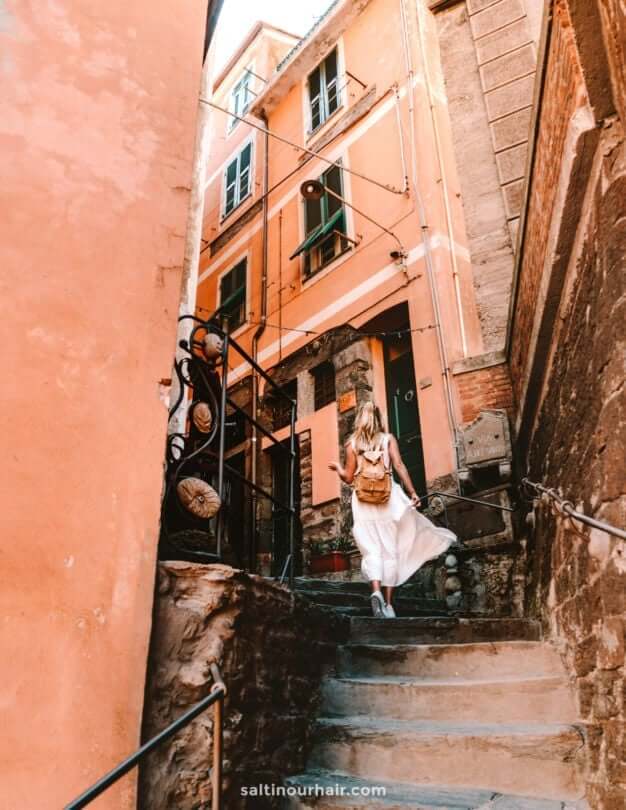
7. Ksar of Ait-Ben-Haddou, Morocco
Time stands still in this Moroccan earthen village. The old techniques of making buildings from mud have been entirely preserved on this UNESCO site, showcasing an excellent example of original Moroccan architecture. The color of the reddish mud against the backdrop of the desert and the sunset is a remarkable sight.
Read: Morocco Sahara Desert Tour
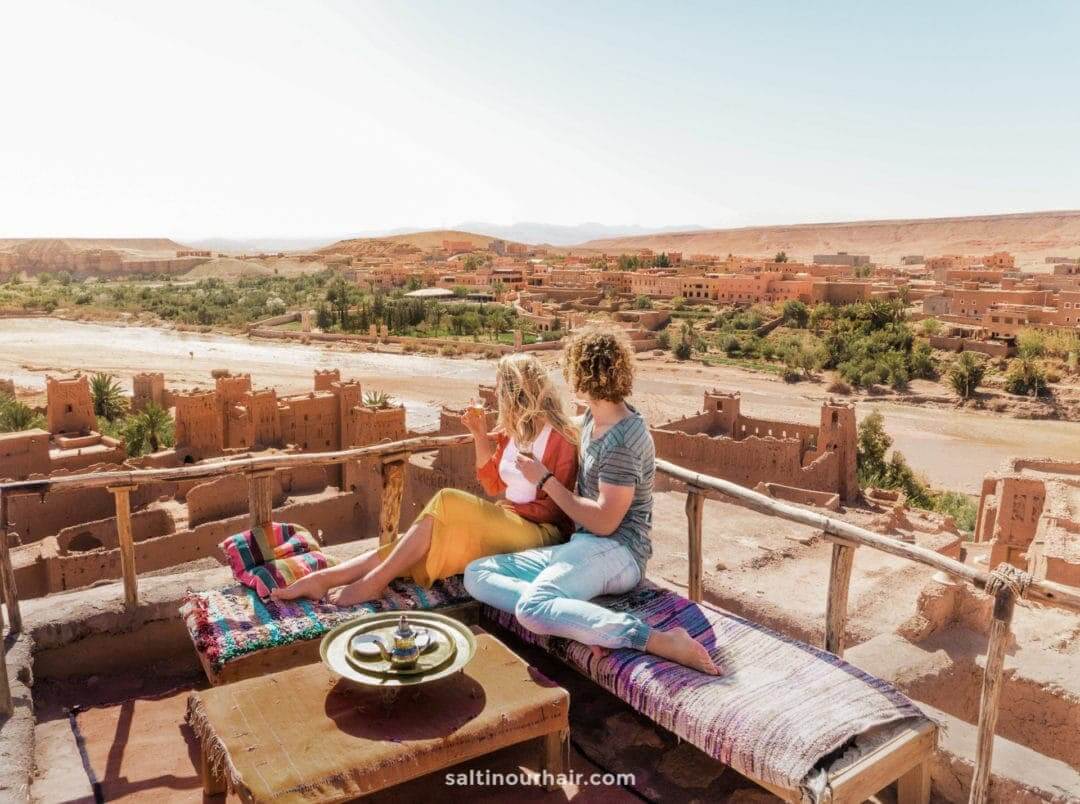
8. Historic Areas of Istanbul, Turkey
The critical placement of Istanbul bridges the gap between Asia and Europe . The city has been the principal site for major artistic, political, and religious developments over the years. Buildings such as the Topkapi Palace and the Hagia Sophia will blow you away with their designs, both inside and out.
Here are all your hotel options in Istanbul.
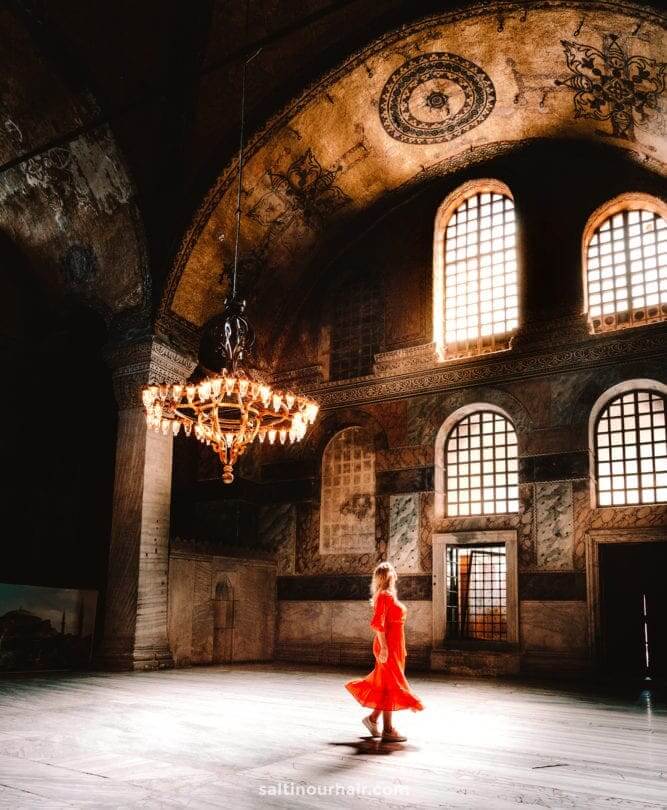
9. The Rock Sites of Cappadocia, Turkey – Must-visit UNESCO site
It’s hard not to pinch yourself when visiting the rock sites of Cappadocia – a place that could only be plucked from your dreams. Feel close to nature by staying inside a cave hotel, watching the stars at night, and floating in a hot air balloon in the morning. A number one unforgettable experience!
Book your balloon flight easily online
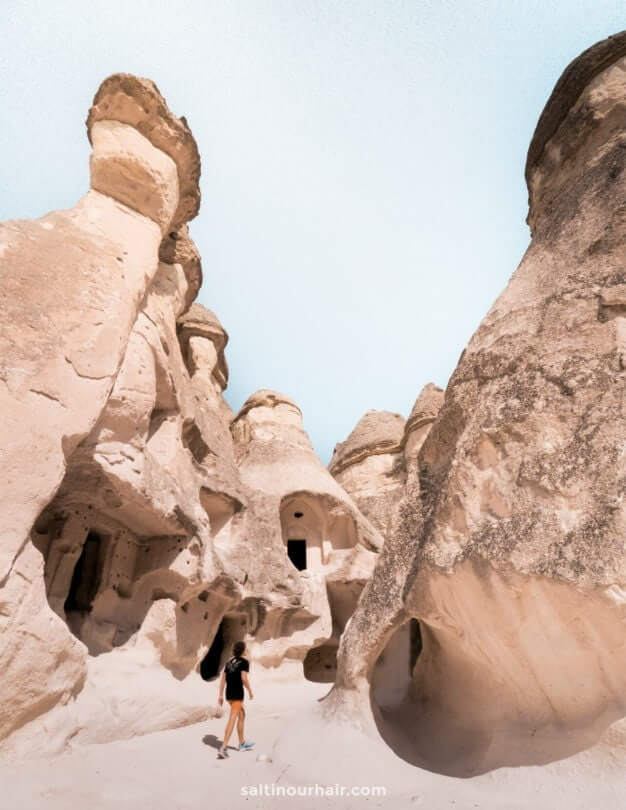
10. The Great Wall, China
The snaking shape of the Great Wall of China can be seen from the moon. How crazy is that?! It is just one important factor in the value of this UNESCO site. Built by hand, through painstaking effort over a span of nearly 1000 years, the defensive wall has a total length of 20,000 kilometers !
See availability and tickets for a tour of the Great Wall
11. The Buda Parliament, Hungary
Although many of the buildings along the banks of the Danube river have UNESCO status, the gothic parliamentary building steals the show hands down. The rest of the city has drawn influence from its powerful architectural style and it has long been seen as the emblem of Budapest, standing out from all viewpoints.
Read: 3-day Budapest City Trip Guide
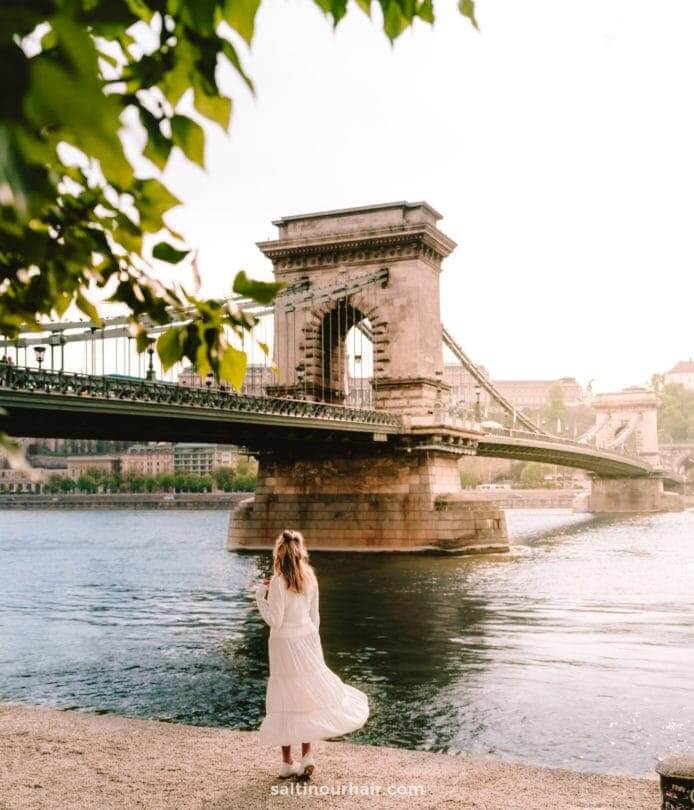
12. Pyramids of Giza, Egypt
It’s difficult to imagine how these otherworldly constructions in Egypt were ever built. As a result, you feel inspired by the capabilities of the human race. These impressive royal tombs are thousands of years old and are of such great height that they can be seen from Cairo city. Read more about Cairo and the Pyramids of Giza .
See availability and tickets for a tour to the Pyramids of Giza
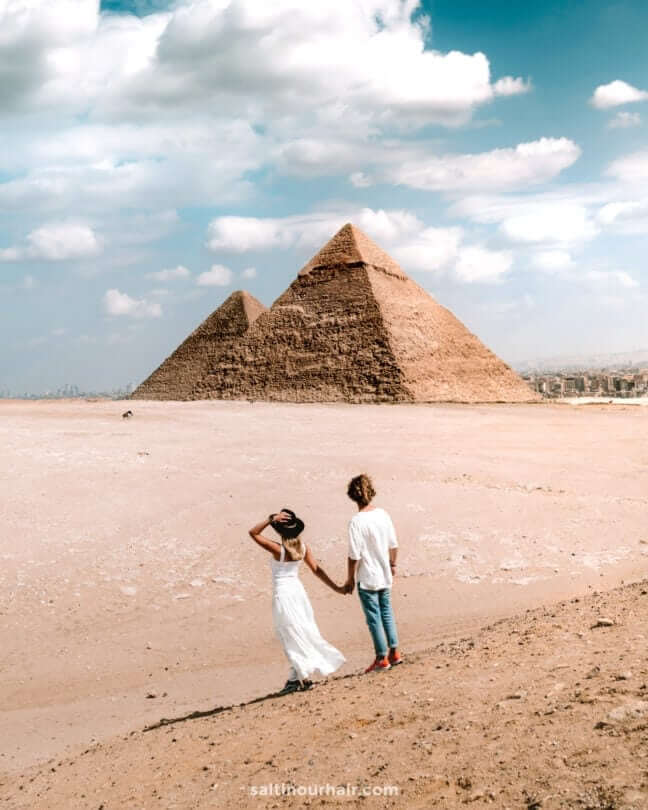
13. Works of Antoni Gaudi, Spain
Visit the colorful creations produced by the mastermind, Antoni Gaudi! Dedicate a day to follow this imaginative path in Barcelona , marveling at the daring architecture. As part of your 3-days in Barcelona , also visit Park Guell, the most creative park in the world and home to Gaudi’s trademark mosaic designs.
Here are all your hotel options in Barcelona.
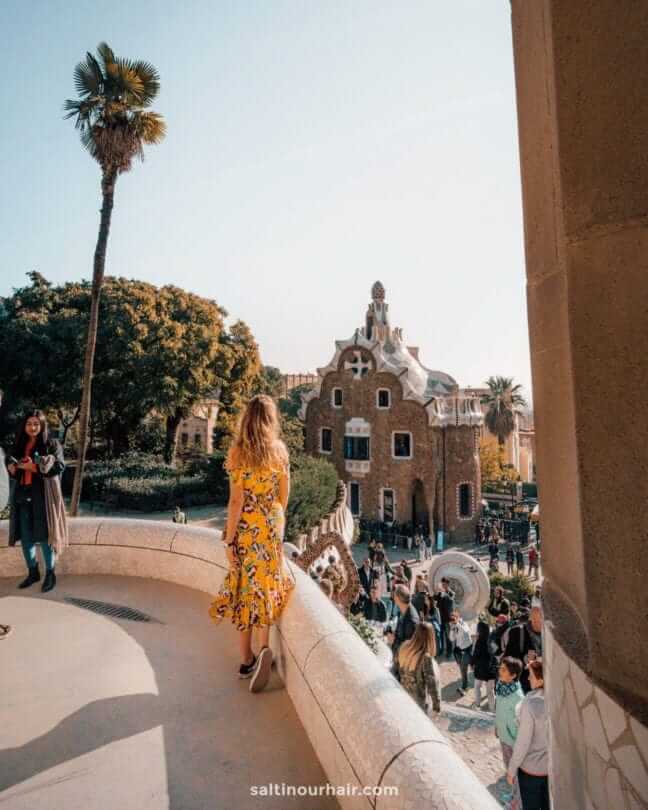
14. Thingvellir National Park, Iceland
Take a front-row seat for wondrous mother nature! Iceland’s incredible national park is the only place in the world where tectonic plates are above sea level and therefore the visible divide between the North American and Eurasian plates is clear to see.
Read the Ultimate Iceland Route Guide
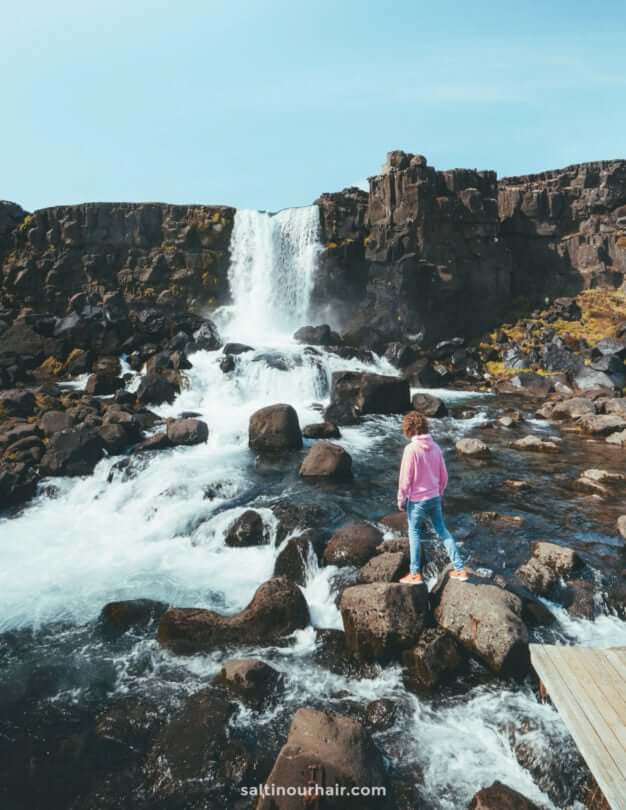
15. The Taj Mahal, India
Often hailed as the jewel of India , this opulent burial chamber made from white marble was built by Emperor Shah Jahan in memory of his favorite wife (he had many!). His love for her is clear to see through the careful design of the mausoleum, from its perfect symmetry to the beauty of the white minarets against the blue Indian sky.
See availability and tickets for a tour of the Taj Mahal from Delhi
16. Machu Picchu, Peru – One of the Best UNESCO World Heritage Sites
One of the new seven wonders of the world, every detail of seeing Machu Picchu , including the journey to get there, is overwhelmingly beautiful. Watch the sun’s rays beam down on the ancient Incan city, set against the backdrop of fantastically green mountains.
Complete Guide to visit Machu Picchu
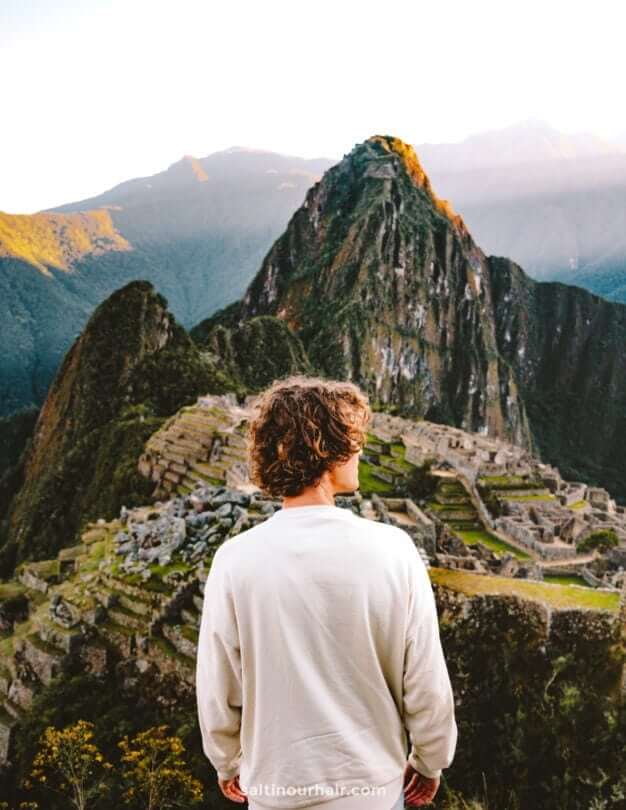
17. Historic Centre of Arequipa, Peru
Arequipa is one of a kind in every way. In its origins (built from white volcanic stone taken from the neighboring volcanoes) and in its design, contrasting European and Indigenous influences work together in harmony. The outstanding nature of the city is further complemented by its environment, shadowed by the local snow-capped volcano El Misti. Discover the top things to do in Arequipa .
Here are all your hotel options in Arequipa.

18. Komodo National Park, Indonesia
Dragons and pink beaches make it seem like a fantasy. The treasures of the Komodo Islands have all this and more. Spend your days immersing yourself in world-class nature, with sea life of all colors and variations and oceans so clear that you’ll spend more time in the water than out.
Go on a Komodo Islands Boat Tour
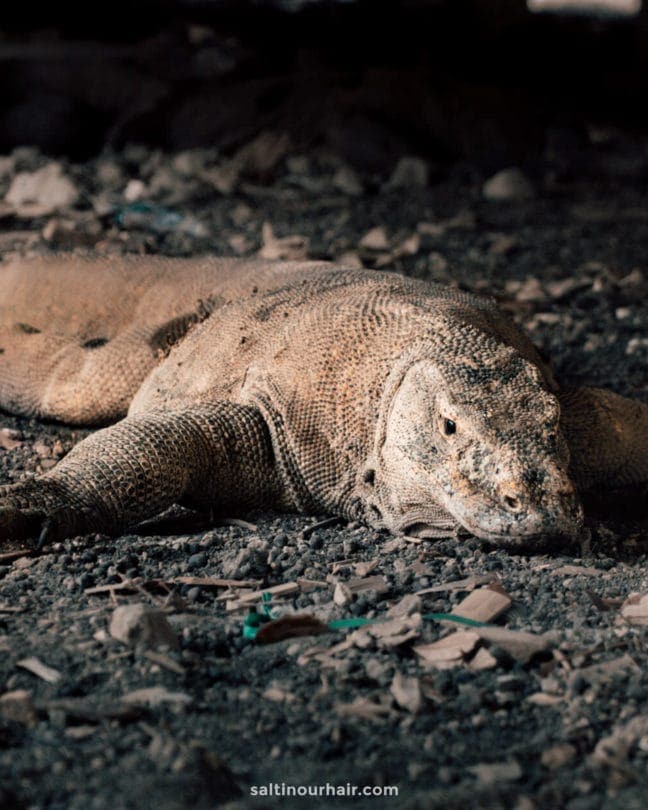
19. Angkor Wat, Cambodia
Hindu temples growing out of trees, carvings, and giant sculptures are all elements of one of the most important archeological findings. There is something very spiritual about watching the sunrise over this ancient complex of temples.
Book this popular tour of Angkor Wat, Cambodia
20. Petra, Jordan – Best of UNESCO!
Step back in time when discovering the lost city of Petra . This archaic city emerges out of rose-colored stone and has only been discovered in the last 200 years. The majority of this site is still buried, giving you the feeling you’ve discovered the world’s best-kept secret.
Here’s how to visit Petra in Jordan
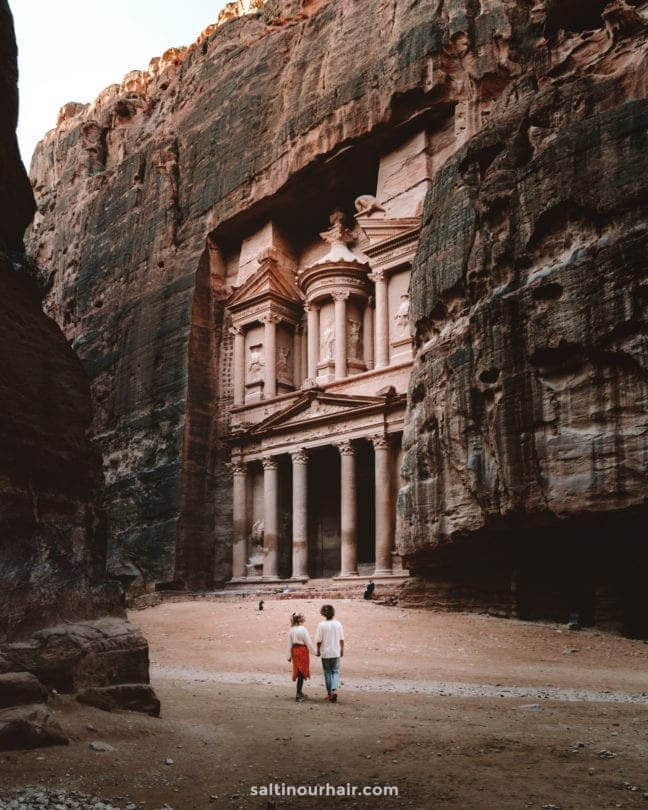
21. Rapa Nui National Park (Easter Island), Chile
An exceptional example of the preservation of Eastern Polynesian culture, the island is home to nearly 1000 enormous sculpted heads and torsos called Moai carved from volcanic ash. The perpetuation of this cultural activity for 500 years is a result of a lack of external influence, as it is the most remote inhabited island in the world.
Book your flight to Easter Island
22. Itchan Kala, Uzbekistan
Khiva is the unexplored pearl of central Asia and one part of the famous silk route. This fairly unknown UNESCO site is named Itchan Kala. This is the old inner-city of Khiva , surrounded by defensive walls that almost appear to be made of sand. The contrast of the desert landscape against the vibrant turquoise of the minarets inside the wall is incomparable.
Everything about Khiva, Uzbekistan
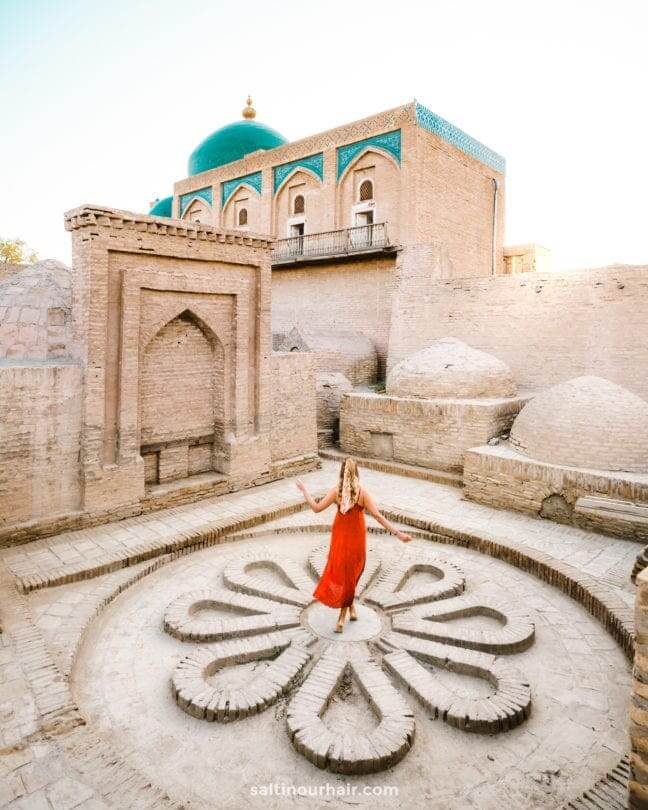
23. Ha Long Bay, Vietnam
Limestone pillars surge up out of the calm waters in Vietnam , looming over the small boats and local fishermen like something out of a storybook. A great way to see the 1600 islands is by kayaking. It gives you a great perspective as to how huge these formations are.
Book your tour to Ha Long Bay in advance
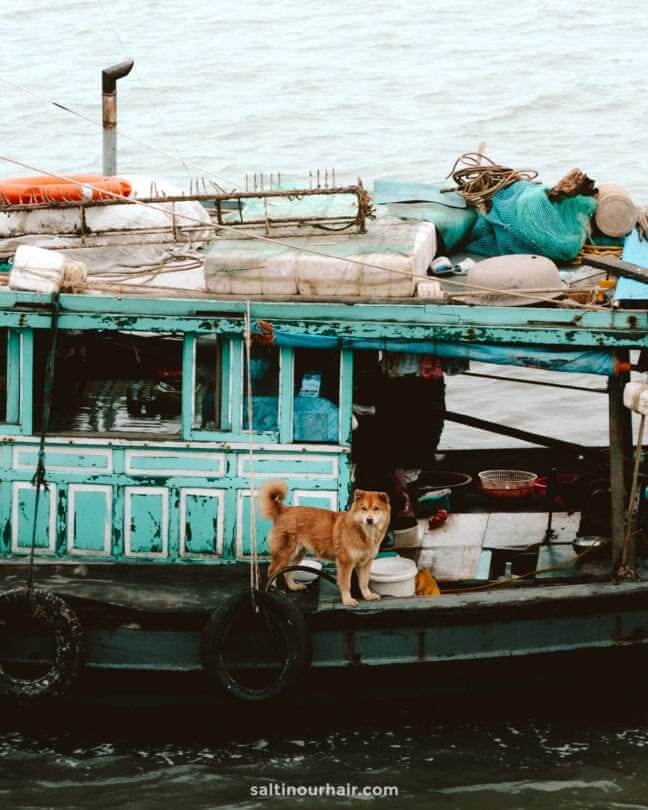
24. Ancient City of Sigiriya, Sri Lanka
This extraordinary rock fortress was built for a King, and it’s an easy legend to believe due to the fact it is built complete with stairs, terraced gardens, beautiful wall paintings, and carvings. The challenging climb up this natural phenomenon is worth it for the panoramic views over the luscious Sri Lankan landscape.
Here are all your hotel options in Sigiriya.
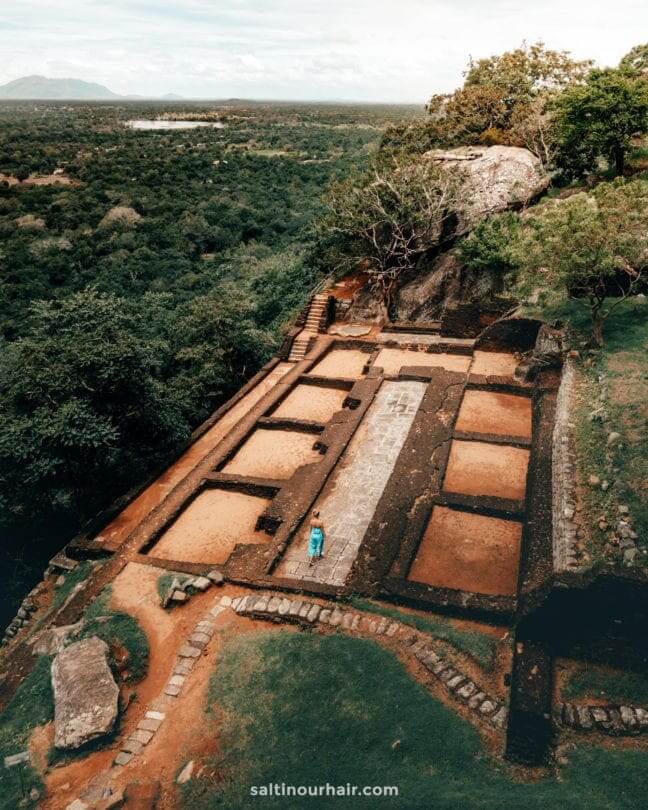
25. Stonehenge, United Kingdom
The formation of Stonehenge has to be one of the most puzzling marvels yet. How such incredibly large and heavy stones came to be moved to this site is an archaeological mystery. Additionally, the stone circle is renowned for its spiritual power. Cue goosebumps.
Travel Insurance Don't forget a travel insurance for your Travel Blog trip! Heymondo covers medical emergencies, theft, delays, cancellations, lost luggage, and more, with 24/7 worldwide assistance and medical chat. As a Salt in our Hair reader, we've got you 5% off! Check Heymondo here
By purchasing through our links, you support us at no additional cost. Thank you for your support. ♥️
- Find Hotels via Booking.com
- Find a Rental Car via Sunny Cars
- Find Cheap Flights via Skyscanner
- Get a Travel Insurance via Heymondo
- Book Tours & Attractions via GetYourGuide
- Book a Bus/Train/Transfer via 12Go
South of France: The Ultimate 12-Day Travel Itinerary
7 best things to do in kas, turkey, best things to do in cappadocia: a guide to the hot air balloons.
Looking for more travel information? Plan a chat with us for personalised travel advice or get an answer from the Salt in our Hair Travel Community on Facebook.
Amazing Blog post. thanks for share with us
Your email address will not be published. Required fields are marked *
Notify me when new comments are added.
- Search Please fill out this field.
- Manage Your Subscription
- Give a Gift Subscription
- Newsletters
- Sweepstakes
10 UNESCO World Heritage Sites To See in Your Lifetime, According to T+L's Travel Advisors
T+L’ s travel advisors share the special UNESCO places that should be on everyone’s bucket list.
:max_bytes(150000):strip_icc():format(webp)/Liz-Cantrell-2000-e83923ad242748d98c2f1cb8afd13b65.jpeg)
From the pyramids of Egypt to the Great Barrier Reef, there are 1,121 places around the world that have been recognized as a UNESCO World Heritage Site , the gold standard for places of global historical and aesthetic significance. To be included on the list, the site must be of "outstanding universal value" and meet at least one of ten criteria , such as: representing a "masterpiece of human creative genius" or containing "superlative natural phenomena or areas of exceptional natural beauty."
It would be impossible to see all of the UNESCO sites in a lifetime, so to help guide your choices, we asked T+L's top travel advisors to share their favorite, under-the-radar sites.
Tokaj Wine Region, Hungary
For a little-known UNESCO site, I'd pick the Tokaj Wine Region in Hungary. It's not all about the super sweet dessert wines any longer, even though this is what it's known for. It's more about visiting authentic little villages, meeting vintners and exploring their wines and meeting local craftspeople who are keeping the traditional arts alive. It's an area that doesn't get enough press in the US and now it has the hotels and infrastructure to make it work for a variety of travelers. — Gwen Kozlowski, Exeter International
Mount Kōya, Japan
Japan has an immense collection of UNESCO World Heritage Sites in well-known areas such as Kyoto , Nara, Hiroshima, and Nikko, all of which I would encourage one to see and experience. Little known to Western travelers is Mount Kōya, Japan's Buddhist mountain retreat. It's is a very spiritual and beautiful area, quite remote, and is the heart of Shingon Buddhism. It is also the resting place of the sect's founder, perhaps Japan's best-known Buddhist monk, known as both Kukai and Kobo Daishi. The eight-forested peaks of Mount Kōya reaches eight hundred meters into the clouds, surrounding the high plateau with a sense of serenity and boasting over one hundred temple complexes . — Scott Gilman, Japanquest Journeys
Lake Turkana National Parks, Kenya
We recently launched our Roar Explorer's Heli Safari program – a once-in-a-lifetime, adrenalin-fueled, highly specialized travel experience. Traveling in super high-end H130 helicopters (audited by the British Army), our clients are taken to those inaccessible and remote miracles of nature that very few people on the planet know about, let alone experience. On one of these helicopter trips I took last year, we visited Lake Turkana, the world's largest inland desert lake and the most saline of Africa's large lakes. Our journey of Lake Turkana National Parks continued by soaring over ancient cycad forests on Kenya's Northern Frontier District and touched down on the lip of the Silale Crater in Kenya's Pokot Land. A memory I recall almost every single day, is flying over thousands of pink flamingos on the shores of Lake Logipi and marveling at the exquisite patterns they make as they wade through the dense spirulina that covers the lake. — Deborah Calmeyer, Roar Africa
Ennedi Massif, Chad
This site is unique and otherworldly, and very few get to visit it. The sandstone canyons and valleys are known for incredible rock art that dates to 5000 B.C. Elsewhere in Africa, the Bwindi Impenetrable Forest in Uganda (which is home to the endangered mountain gorilla) is a place that everyone should see in their lifetime. — Michael Lorentz, Passage to Africa
Champagne Hillsides, France
We plan many trips that are food and wine focused and a visit to Reims, France is often included in the itineraries we plan for clients traveling to France. Reims is the unofficial capital of the champagne wine-growing region, and Champagne Hillsides, Houses and Cellars are all listed as world heritage sites (as is the magnificent Cathedral of Notre-Dame in the city center.) What makes this area so special are the incredible underground chalk quarries that were converted into champagne wine cellars . You sip champagne while visiting the cellars of Taittinger and Dom Perignon, and it's the magnitude of the tunnels and cellars beneath the city that distinguishes this wine-producing area from anywhere else in the world. Don't miss a visit to Domaine Pommery, located at the top of the famed Hill of Saint-Nicaise, where they display magnificent contemporary art exhibits throughout their seemingly endless underground tunnels.— Judy Stein, Ovation Travel
Southwestern Indigenous Sites, United States
Mesa Verde in Colorado and Taos Pueblo, Carlsbad Caverns and Chaco Canyon in New Mexico are some of my favorite UNESCO world heritage sites and can be combined together in a fabulous southwest road trip. Understanding and experiencing Native American culture is so vital to our history in the U.S., although we typically have more inquiries from foreign clients than we do from Americans. We get behind the scenes with local guides, to see a side to these areas that few are offered a glimpse into.-— Sandy Cunningham, Outside Go
Willemstad, Curaçao
The Historic Area of Willemstad, Curaçao is one of the most interesting areas you'll come across in the Caribbean. When you see the brightly colored building from the across the Queen Emma floating bridge it's an odd juxtaposition because the weather and colors scream Caribbean while the architecture feels like you've just landed in a quaint Dutch town. A UNESCO World Heritage since 1997, the colorful buildings date back to 1817 and were painted the bright colors when white lime finish was prohibited to protect from the glare of the sun. Curaçao is perfect for history and architecture enthusiasts like, you can spend hours wandering the narrow streets, enjoying a cocktail on the harbor, or admiring street art in Otrobanda.— Amina Dearmon, Perspectives Travel
San Antonio Missions, Texas
As a native Texan, I'm partial to the history San Antonio Missions. Most just know of The Alamo, but the site encompasses a group of five frontier mission complexes situated along a stretch of the San Antonio River basin in southern Texas, as well as an adjacent ranch. You'll see beautiful architectural and archaeological structures, farmlands, residencies, churches and granaries, as well as water distribution systems. The complexes were built by Franciscan missionaries in the 18th century and illustrate the Spanish Crown's efforts to colonize, evangelize and defend the northern frontier of New Spain. The San Antonio Missions are also an example of the interweaving of Spanish and Coahuiltecan cultures, illustrated by a variety of features, including the decorative elements of churches, which combine Catholic symbols with indigenous designs inspired by nature.— Keith Waldon, Departure Lounge
Fossil Hominid Sites, South Africa
These incredible sites—which contain many of the world's oldest humanoid fossil remains dating back 3 million years—are known as the "Cradle of Mankind. " This is a full or half day excursion from from Johannesburg. — Mary Ann Ramsey, Betty Maclean Travel
Wieliczka Salt Mines, Poland
One of the true advantages of using a travel advisor is the knowledge and access to sites they would otherwise not be able to see. For me, one of the top lesser-known places is the Wieliczka Salt Mines in Krakow, Poland, one of the oldest mines in the world. You can see the development of mining techniques in Europe from the 13th century, plus statues and chapels carved from rock salt. — Jennifer Wilson-Buttigieg, Valerie Wilson Travel
Related Articles
- European Heritage
- Buddhist Heritage
- Sustainable Tourism
- World Heritage
Sustainable Travel Tips
Before travelling.

- Find out as much as possible: The more you know about a World Heritage site before arriving, the more the site will come alive. Look into the site’s history, culture, natural environment, customs, legends, advisory notices and more. UNESCO’s World Heritage Centre's website is a great starting point. Read tips and blogs from other travellers and people who live in the destination.
- Think Contrarian: Choose destinations off the beaten path. If the big hotels are on the north side of town, look for a quiet lodge on the south side. Similarly, avoiding the high season will mean less competition for accommodation, fewer jostling crowds, and more chances to interact with locals. In these pages, we have highlighted the best off-peak times to go and some off-the-beaten path experiences you might like to explore.
- Learn a few words in the local language: A few sessions with a phrase book or online tutorial will help make you a part of the place you’re visiting. Language skills will also boost your confidence to bargain at a market stall or order at a neighborhood restaurant. Stick to basic phrases, but learn them well enough to use them with confidence. Making an effort to speak the local language allows you to interact with the people who know the site best. People appreciate your efforts and your interest in learning. Simple words like “Hello", “Please” and “Thank you” can go a long way.
- Pack light: It is tempting to pack everything you think you might need, but remember to be smart about your necessities. Packaging items like the paper box to your film or the plastic wrapping of your new toothbrush simply consume space in your bag and can create excess trash for the World Heritage site.
- Lodging choices: Look for hotels that have a written policy covering their environmental impact, employment and cultural policy. Before you send a room deposit, get the management to answer a few eco-savvy questions: Does the hotel recycle and buy local food? How does it deal with waste water? What has it done to help local people or protect the environment? Does it employ local people in positions of responsibility or provide training? The World Heritage Alliance Principles can also serve as guideline criteria while selecting your hotel.
- Explore transportation options: Remember that travelling affects the environment. Wherever possible, try to minimize your pollution and impact on the environment by looking to alternative transportation and off-setting your carbon emissions.
While travelling
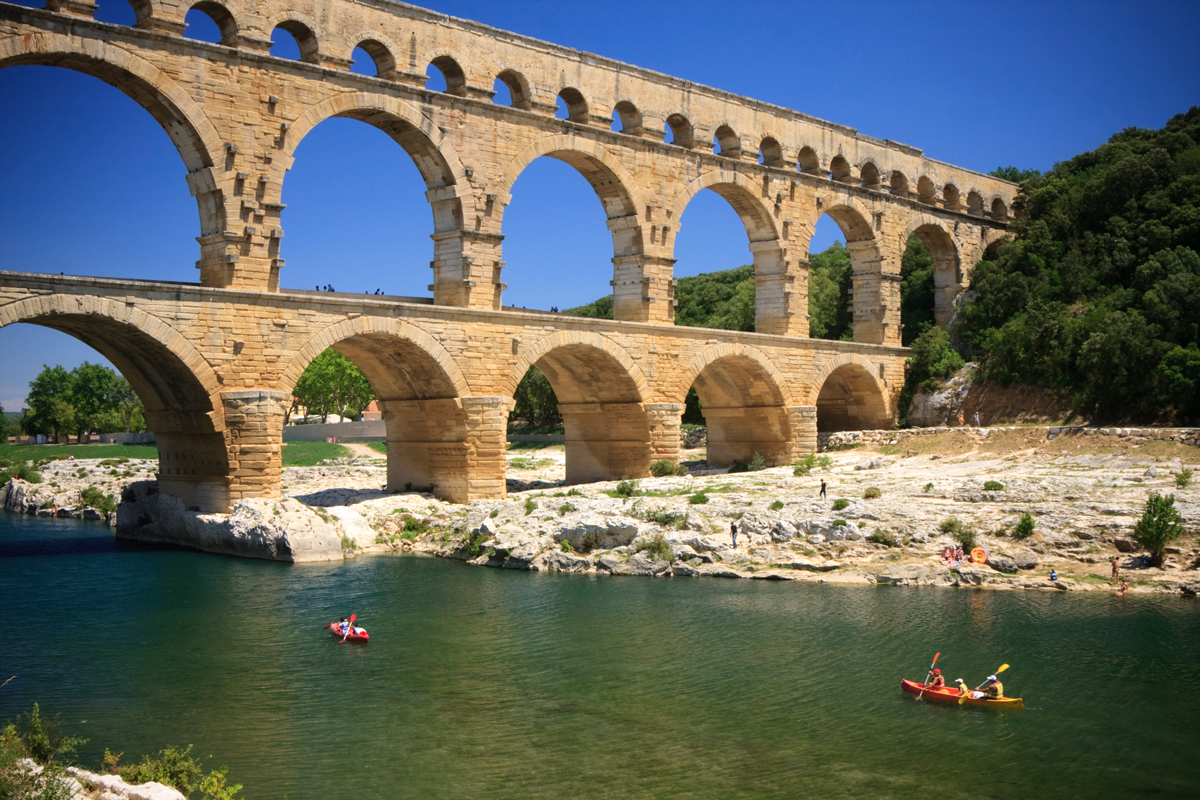
- Treat these sites as the museums they are: Ancient art and buildings are fragile. The fingers’ natural oils can destroy pictographs, and the touch of thousands of hands can erode petroglyphs and rock carvings. Climbing monuments can abrade building stones and sometimes dislodge them.
- Engage in local culture: The saying, “While in Rome do as the Romans” still applies today. Your trip provides a unique opportunity to explore a new culture and to see the world through a different perspective. Remember that eating local foods, shopping in local markets, and attending local festivals are all part of experiencing the culture. Explore a traditional village and maybe meet local residents but be discreet and respectful of people’s privacy as they go about their lives.
- Buy local products and services: Choosing to support locally owned businesses, community tour operators, and artisans means that you’ll have a one-of-a-kind experience and your money will go directly to the community. Before purchasing goods, ask about their origin. Avoid buying products made from threatened natural resources and report poaching and other illegal activities to the local authorities.
- Get the Inside Scoop. Inquire about local guides: Enrich your experience by choosing local guides who are knowledgeable about the destination. They’ll have lots to tell about how community members interact with their environment for food, medicine, and religious observances. Also, ask them for good recommendations.
- Refrain from aggressive bargaining: It’s often difficult to know your limits in bargaining so if you’re not sure, ask your local hotel for tips. Remember that the purchases you make directly affect vendors’ livelihoods, so decide if you really need to hang onto that extra dollar or if it could impact the vendor more.
- Tread lightly: These destinations are World Heritage sites because of their exceptional natural or cultural splendor. Do your part to keep them that way by following designated trails, respecting caretakers, and not removing archaeological or biological treasures from sites.
- Respect the natural environment: Reduce, reuse, and recycle. Even though you are just visiting and not paying the utility bill, disposing of your garbage properly and minimizing your consumption of water and energy will benefit the overall destination.
- Slow Down: You can get to that five-star site and be back at your hotel for dinner. But why rush? Stay another day and search out treasures that others pass by. Any extra money you spend will end up in the pockets of local people.
- Celebrations: Be on the lookout for parades, fairs, and festivities of any kind. A community that dresses up for a party is eager to show its stuff to admiring guests. Benefits multiply when you buy local handicrafts, food, and lodging.
After Travelling

- Distribute your responsible travel tips: In addition to telling family and friends about the wonderful memories you made, also consider sharing tips on how they too can positively impact the World Heritage sites while having an amazing journey.
- Share your photos: Pictures can say a thousand words. Show us and tell us about your experience by entering your World Heritage photos for the photo contest, starting April 18th.
- Explore more: Travelling is just the start of learning. Once you return home continue exploring and being involved with the issues or region that captured your attention. Build upon your knowledge and also learn about other World Heritage sites.
- Give back: Travelling often opens your eyes and heart to something new. You can continue to preserve our inspirational World Heritage sites for generations to come by making a donation to World Heritage.
- [ January 14, 2024 ] EQUATORIAL GUINEA – Best 10 day itinerary with island marvels and mainland hidden gems Equatorial Guinea Travel Guide
- [ May 10, 2023 ] TOGO – Best 10-day itinerary for a road trip from south to north Itineraries
- [ November 20, 2022 ] DJIBOUTI – The best 1-week Djibouti roadtrip itinerary with a 4×4 landcruiser Djibouti Travel Guide
- [ November 18, 2022 ] YEMEN – Mainland Yemen itinerary with all the best places to visit in Hadramout Itineraries
- [ January 21, 2022 ] TRINIDAD – Port of Spain city walk: Top 12 things to see and do Trinidad & Tobago Travel Guide
- [ January 18, 2022 ] TRINIDAD – Hyatt Regency hotel review: Best luxury place to stay in Port of Spain Hotel reviews
- [ January 11, 2022 ] ISRAEL – Caesarea day trip from Tel Aviv: Must see Roman ruins Israel
Complete UNESCO Site Travel Guide
In this complete UNESCO Site travel guide you’ll find an overview of all UNESCO World Heritage Sites. They are sorted by continent and list all 1121 sites.
Africa | Asia | Europe | North America | Oceania | South America
UNESCO travel is very rewarding as you get to see places you might not go otherwise. The variety of sites is amazing from nature to culture. Some are large, some are so small it takes minutes to see. This complete UNESCO Site travel guide is your starting point for UNESCO travel.
There are over 250 UNESCO sites covered on CTB Global now with detailed trip reports and tips to visit these UNESCO sites. How many have you visited?
Oceania UNESCO World Heritage Sites
This is a complete list of Oceania UNESCO World Heritage Sites. Click on them for a detailed trip report. Not every site is covered yet but this will be somewhere in the future! Note that tentative sites are not included in this list. Have you [read more]
Asia UNESCO World Heritage Sites
This is a complete list of Asia UNESCO World Heritage Sites. Click on them for a detailed trip report. Not every site is covered yet but this will be somewhere in the future! Note that tentative sites are not included in this list. Have you [read more]
Europe UNESCO World Heritage Sites
This is a complete list of Europe UNESCO World Heritage Sites. Click on them for a detailed trip report. Not every site is covered yet but this will be somewhere in the future! Note that tentative sites are not included in this list. Have you [read more]
North America UNESCO World Heritage Sites
This is a complete list of North America UNESCO World Heritage Sites. Click on them for a detailed trip report. Not every site is covered yet but this will be somewhere in the future! Note that tentative sites are not included in this list. Have [read more]
South America UNESCO World Heritage Sites
This is a complete list of South America UNESCO World Heritage Sites. Click on them for a detailed trip report. Not every site is covered yet but this will be somewhere in the future! Note that tentative sites are not included in this list. Have [read more]
Africa UNESCO World Heritage Sites
This is a complete list of Africa UNESCO World Heritage Sites. Click on them for a detailed trip report. Not every site is covered yet but this will be somewhere in the future! Note that tentative sites are not included in this list. Have you [read more]
All text, images, photos and videos are copyright © by Chris Travel Blog / CTB Global® 2009-2024, all rights reserved. Unauthorized use and/or duplication of this material without express and written permission is strictly prohibited. Excerpts and links may be used, provided that full and clear credit is given to Chris Travel Blog / CTB Global® with clear written note and link to the original content. Read the privacy statement to learn how personal data is collected and stored!
Sustainable Traveler’s Guide to UNESCO World Heritage Sites

I may earn income from affiliate links or partnerships in this post. I spend time to curate tours or products that align with my values. Thanks for supporting my work, at no additional cost to you.
Last updated on May 7th, 2024 at 12:52 pm

UNESCO World Heritage Site Bamberg, Germany

This responsible traveler’s guide to visiting UNESCO World Heritage sites sustainably is a long and thorough (but not exhaustive) exploration of the nuances of travel’s impacts on World Heritage, and actionable steps for sustainable World Heritage travel. Please make sure you pin this site, bookmark it, and share it with your friends so you always have it handy as a tool to help us save travel from harmful behaviors.
- Don’t miss my guide to sustainable ecotourism – which, similar to this post, explores the good and the bad and how we can ensure ecotourism benefits our destinations.
- Curious about tourism leakage? This concept shows up repeatedly in this post – so make sure you are familiar with it, by reading this guide to tourism leakage.
What We’re Covering
What is UNESCO?
Most Pressing Threats to UNESCO
How Tourism Can Have a Positive Impact
17 Sustainable Tips for UNESCO Sites
Share and Discuss
- UNESCO World Heritage sites and status honor Earth’s most precious cultural and natural wonders.
- Visiting these sites and experiencing the customs is a great way to engage in sustainable tourism.
- However, many of these sites are buckling under pressure from numerous threats, including unsustainable and mismanaged tourism.
- It is critical for travelers to understand the impacts of tourism for responsible tourism at UNESCO sites.
- If we don’t take action, we may undermine World Heritage goals and destroy the very reason we love to travel.

What is UNESCO World Heritage?
During an international treaty in the 70s, the United Nations Educational, Scientific, and Cultural Organization (UNESCO) declared its commitment to protecting and preserving outstanding cultural and natural heritage. The UN gives status to the things and places that make our planet so special, such as landmarks, natural landscapes, historic towns, traditional song and dance, architecture, and more. Humanity’s and Earth’s cultural and natural heritage are irreplaceable and have a universal value that can bring us together while celebrating our diversity. World Heritage status honors those values offering protection, support, global recognition, funding, and more.
- There are 1,154 physical sites are listed across 167 governing bodies.
- 897 are impressive cultural landmarks – temples, castles, historic old towns, or ruins.
- 218 of these sites are natural biodiversity hot spots – national parks, nature reserves, coral reef systems, or rainforests.
- 39 are mixed cultural and natural sites
- 52 of these sites are listed as “In-danger” for various reason
- There are 88 are intangible cultural heritage listings – dances, craft skills, stories, music, and more. You can watch, see and listen to these online!
- 3 have been delisted for losing their cultural authenticity

While World Heritage aims to protect these sites, you can see some of them ultimately end up on the ‘in-danger’ list or delisted altogether. Additionally, according to the IUCN and UN, many more are threatened by a wide array of threats including both anthropogenic and natural threats.
View this post on Instagram A post shared by Susanna • Sustainable Travel (@curiositysaves.travel)
What are the Most Pressing Threats to UNESCO World Heritage Listings?
The threats to UNESCO sites include four main categories:
- Visitor Impact – overtourism and unchecked recreation causing erosion, littering, gentrification, defacing artifacts, cultural degradation, etc.
- Environmental – climate change, earthquakes, pollution, rising sea levels, etc.
- Industrial – urbanization and resource extraction from oil, mining, and logging companies
- Politics and global conflict – wars, weak policy and mismanagement, armed conflict, inequality, and poverty.
In this article, I will talk mainly about tourism’s impacts while highlighting all four. If you’re interested in learning about the threats beyond tourism in more detail, stay tuned for an in-depth article exploring the concept of No-Go UNESCO coming soon.

UNESCO World Heritage Sydney Opera House, Australia
Threats from Tourism – Mostly Unsustainable Tourism
Numerous governing bodies identify mismanaged tourism, overtourism, and recreation as some of the greatest threats to heritage sites.
- 60% of natural sites are at significant risk from tourism and recreation .
- The UN identifies unchecked tourism as one of the main threats to cultural heritage sites .
Now, I would bet most people reading this article have already taken steps toward sustainable tourism. You might be thinking, “Well, I’m in the clear. I’m not the jerk carving my name into historical artifacts or taking a dump behind an ancient wall!” First, congratulations on not taking a dump while carving your name in a wall. Second, many ways tourism impacts these sites are unintentional and caused by indirect actions.
With every new UNESCO World Heritage listing, every traveler’s radar suddenly goes off with everyone booking tickets and sharing photos from these sites #UNESCO. Tour companies build these destinations into their itineraries and drop people off by boat or busload. Some of these sites were popular before their listing and have been dealing with tourism for decades. And thus, mass tourism ensues. As much as we don’t want to be part of mass tourism, admittedly, human nature and our #FOMO make it hard to stay away from the world’s iconic spots – they are iconic for a reason. Unfortunately, unchecked tourism growth in a region happens before proper systems are in place.

UNESCO World Heritage Lake Ohrid, N. Macedonia
So, what are some of the impacts of unsustainable tourism?
In just four short years, Angkor Wat had a 100% increase in tourism visitors . Explosive and unplanned growth shocked local communities that could not quickly adapt and develop sustainable tourism. The Angkor Wat complex has survived more than 1,000 years, and within the era of mass tourism and since World Heritage listing, it has rapidly degraded. Many travelers describe the headache of dealing with throngs of people, waking up at 4 am just to see the site, and feeling crowded and like their experience was inauthentic. Other sites, such as the Taj Mahal or the Great Wall of China, can receive 80,000 people per day.

UNESCO World Heritage Angkor Wat, Cambodia
The concept of ‘ tourismificaiton ’ describes commodifying culture for tourist enjoyment. This can happen when tourists buy souvenirs but do so cheaply, contributing to the loss of artisan skills and craftsmanship. Additionally, when tourists treat culture as a commodity, the residents may even change their clothing or traditional stories to appeal to foreign tourists. These behaviors all contribute to the cultural degradation of a region.
Overtourism in Machu Picchu threatens the S. Americans Andean Cloud Forest – a biodiversity hot spot. The Andean Condor has been observed to leave the regions with heavy tourism. Unruly large groups of people can contribute to erosion, and parts of the historic ruins are sliding downhill. For perspective, the main site at Machu Picchu supported 500 Incan people. At the peak of overtourism in the area, thousands visited a day. Visitor quotes, local guides, and caps have been necessary to reduce the damage, but years of overtourism in the region has left its mark.
The boom and bust cycle of seasonal tourism means many locals that work around these cultural sites have little to no work during the off-season . Additionally, many people travel in large groups and utilize a foreign guide from their organized tour, leaving many local guides without a job contributing to economic tourism leakage of a region. Jobs in tourism may only be accessible for people who are educated and speak English marginalizing groups of people.
Ecotourism in the UNESCO marine site off Corisca has caused a significant decline in breeding pairs of Osprey birds . The area was closed to fishing and industrial exploitation to ensure the Ospreys had adequate food. Their population increased until nature-based tourism came to the region. The noise pollution and disturbance from tourists are now contributing to a decline in the species. Many fisher people lost access to the marine protected area in order to help preserve the Osprey birds and then had to watch as tourism disrupted their former fishing zone. Policies such as this can create conflict with locals and give more rights to tourists than locals, further increasing inequality.

UNESCO World Heritage Corsica, Italy
The Semarang Old Town in Indonesia saw a significant increase in gentrification and an overall reduction in the quality of life for locals . Tourists outpriced locals, resulting in a loss of shelter and vendors selling necessities, such as food, to locals. This isn’t necessarily the fault of tourists, but rather poorly managed tourism led by the government.
Something similar has happened in Hội An , where instead of a variety of shops serving both locals and tourists, most buildings in the old town are now cafes or galleries to suit the needs of tourism. Many describe the Hội An UNESCO old town as authentic in appearance only – the beautiful historic buildings remain, but their function is only to serve tourists. The impacts from over-tourism are becoming so noticeable that even as Vietnam pushes for sustainable tourism development, tourists themselves are choosing not to return. Here it is important to remember that as travelers we have the option to never return or leave a destination that we single-handedly trash, but the locals living there can not leave and are left dealing with our mess.

UNESCO World Heritage Škocjan Caves, Slovenia
Even in more developed countries with the capacity and budget to manage tourism, such as within the EU, world heritage status can become a burden. In the historic center of Venice, many locals complain that they are drowning from both waves of cruise ships and the thousands of people they bring . Many other historic European old towns, such as Prague, suffer from crippling overtourism. Tourism at the UNESCO heritage cave, Škocjan, alters the microorganism biome with system-wide impacts. Nightlife tourism in the heritage site of Ibiza contributes to increased crime and drug use.
Even in the United States where many of our national parks double as world heritage sites are suffering from overtourism. Places like the Grand Canyon experience increases in litter and people only visiting 1-2 trails contributing to erosion. Busses drop off loads of people for a quick photo before moving on. Many people take little time to learn about the Indigenous history in these parks.
Infrastructure development and urbanization meet the rising demand for large numbers of tourists. New mega-hotels and roads cause ecosystem fragmentation, erosion, and pollution . Forests and other ecosystems are destroyed to make room for these facilities.
Tourism demands a lot of resources , including water and food, and it puts a lot of pressure on local resources. In some cases, locals go without water, while hotels utilize precious reserves for tourists .

UNESCO World Heritage Venice, Italy
Ultimately it is overtourism or mismanaged tourism that ruins the experience for other travelers. No one likes to fight through swarms of people at 6 am to see a site – no matter how amazing. Somewhere along the way, you might feel like you are no longer visiting an iconic piece of history, and instead, you are surrounded by pushy, loud tourists. Somewhere along the way, you might realize you are no longer getting the unique cultural experience you initially ventured out to find. When this happens, tourism fails us all: the traveler, the local, all while undermining the goals of UNESCO heritage .
This quote from Ben Salt, a dedicated responsible traveler , reflects on how poorly managed tourism can undermine our travel experiences in World Heritage sites like Bagan, Myanmar.
View this post on Instagram A post shared by Ben Salt (@hellobensalt)
The impacts of overtourism can be so drastic to certain sites that some experts even question whether UNESCO status is more a burden than a blessing , especially in developing countries. Often, many communities ignore the negative social and environmental impacts of overtourism while focusing on the substantial economic benefits from tourism. However, as we’ve learned, tourism that ignores any one of the three pillars of sustainable tourism, let alone two, can not be considered sustainable long term.
I know that was depressing, but we will cover some solutions and positive impacts of tourism to UNESCO sites in just a minute – so hang tight.
Environmental Threats
Climate change is the most significant environmental threat. Rapidly changing weather patterns cause coral bleaching at UNESCO Great Barrier Reef. Other ecological hazards include natural disasters such as forest fires, flooding, coastal erosion, and earthquakes.

UNESCO World Heritage Great Barrier Reef, Australia
Unfortunately, tourism often contributes to environmental degradation, including the spread of invasive species, erosion, littering, ecosystem fragmentation, and depletion of natural resources. Impacts from tourism and the environment go hand in hand in a vicious feedback loop.
Industrial Threats
Many World Heritage sites are part of biodiversity and resource hot spots. You think status would be a given to not exploit resources, but that isn’t always the case. The Salar De Uyuni holds one of the world’s largest lithium deposits. Developing it for mining is a very complex issue and if not done properly in collaboration with environmental codes could come with consequences for the environment, local communities, and its world heritage status.

UNESCO World Heritage Sumatra Rainforest, Indonesia
The World Heritage Sumatran Rainforest is on the “In-Danger” list due to threats from the logging industry and agricultural development. These examples highlight the difficulties of balancing resource demand and preservation.
Political Threats
The UN can award heritage status regardless of location, with many listings in unstable geopolitical or war zones. These governing bodies may lack the resources, means, or desire to enforce the protection of these areas. Additionally, some governments may see more value in economic development through industrial development.

UNESCO World Heritage Damascus, Syria
The Arabian Oryx Sanctuary in Oman lost its heritage status because the government reduced the sanctuary’s size by 90%, all but certainly sealing the fate of Arabian Oryx to extinction in the region. All six UNESCO sites in Syria are in danger due to the political instability and war in the region.
Can Tourism Be A Tool for Cultural Preservation, Instead?
By the time many destinations grapple with the reality of the impact of overtourism, finding sustainable solutions can be an uphill battle. This uphill battle might be with tourists who push against visitor quotas or have certain expectations in their minds of a destination. Perhaps it will be with the government that wishes to prioritize economic benefit while excluding local needs.

UNESCO World Heritage Dubrovnik, Croatia
UNESCO offers as much help as they can to help facilitate collaboration among local communities, governments, tourism boards, tourists, and land managers so that everyone can enjoy these sites for longer. When these groups work together that is when the magic starts to happen. One thing that can help is when travelers take the initiative to be part of the solution.
While some cast doubt on whether world heritage status is a burden, UNESCO has many success stories , contributing to the counterargument that UNESCO is a necessary lifeline for many of our planet’s most precious treasures .
Most branches of the UN and many others agree that that path forward must include well-managed , sustainable, equitable, and community-led tourism, which can offer many benefits. These benefits include tourism as a tool for conservation, poverty alleviation, peace, gender equality, and economic equity for developing nations.

UNESCO World Heritage Whale Sanctuary of El Vizcaino, Mexico
World Heritage status saved places like Delphi in Greece and the Whale Sanctuary of El Vizcaino in Mexico from development and exploitation. Digging deeper, some sites, especially during the pandemic, are suffering from under tourism – putting them at greater risk from other threats such as industrial exploration and unstable political turmoil. In these situations, tourism can become an incentive to move forward cautiously with sustainable resource management.
Sustainable and community-led ecotourism at UNESCO sites in the D. R Congo has contributed to a significant increase in the population of critically endangered mountain gorillas. Thanks to tourism the population has increased from 400 to over 1,000 proving that community-led tourism can deliver. The tourism model in parts of Africa can deter poaching with equitable economic incentives where the entire community benefits.

UNESCO World Heritage Kahuzi-Biega National Park, DR Congo
The World Heritage site of Uluru is undergoing an Aboriginal revitalization period. Tourism facilities and companies in the Uluru region are now almost entirely owned and operated by Aboriginal communities. Instead of engaging in the offensive act of climbing Uluru, tourists can now partake in community-led tourism. Tourists can take part in Indigenous-led experiences, visit a community center, purchase hand-crafted art, and learn about ecology through an Indigenous lens all while supporting Aboriginal training initiatives in hospitality and management. The experience was put back in the hands of the Native people for an enriching cultural exchange between the traveler and the Indigenous stewards of the land.
My husband who is Australian spent some time in Uluru a few years ago with his entire family. He described this new Indigenous-led experience as enlightening and important for Australians and tourists alike to learn about Australia’s diversity and ancient history.

UNESCO World Heritage Uluru, Australia
Tourism is breathing new life into Uzbekistan after it recently became more accessible for travel. As I explored the World Heritage sites in Uzbekistan I was given the privilege to learn about Islamic culture, art, history in a mind-blowing experience. One of my favorite things I learned was that each color and pattern in the riles represented something different. For example, the geometric shapes intentionally don’t depict specific figures because they are meant to inspire the onlooker to think in an enlightened and spiritual way. I developed such an appreciation for parts of the world I grew up only hearing negative things about and I fell in love with the destination.

UNESCO World Heritage Samarkand Shah-i-Zinda Mausoleums, Uzbekistan
We don’t need to be the problem – we CAN be part of the solution ! We, travelers, are in a powerful position walking a fine line between protecting or degrading culture. Right here, right now, YOU and I need to decide to be better travelers and stewards of our world heritage. It will require some sacrifice on your part, and it may at times be challenging. By educating ourselves and changing our behaviors, we can be a positive force and a great incentive for local communities to engage in sustainable community-led tourism while protecting these sites from outside threats for generations to come.
Ok, so how can we make sure tourism is a tool for preservation for UNESCO World Heritage Sites?
As long as you commit to being part of the solution and not the problem. Tourism benefits can outweigh the negatives , but it takes effort. We are one piece of the puzzle. Sustainable tourism, driven by demand from people like us, combined with good governance and community-led tourism, can help alleviate the most pressing threats to UNESCO.

UNESCO World Heritage Regensburg, Germany
Here are some actionable steps for a responsible guide to visiting UNESCO World Heritage sites.
17 Sustainable Travel Tips for Visiting UNESCO World Heritage Sites
Implementing these 17 sustainable travel tips will often lead to enriching and positive travel experiences that benefit both you and your destination.
If you don’t believe me, take it from Ben Salt. Who, in contrast, to his experience with over-tourism in Bagan had a transformative experience in the Salar de Uyuni during the off-season when he embraced many of these 17 principles and you can see the rich experience he had because of this.
'For four days, I traversed the ever-changing, otherworldly landscapes of southwestern Bolivia towards the town of Uyuni, which sits remote and isolated beside an unfathomably vast salt flat. I’d booked the tour with a small, locally-owned operator, which meant my money went where it was most needed. It was also rainy season there, and so low season for tourism, as was my wish.' Click to Tweet
“I stayed within desolate huddles of basic, brick buildings, inhabited only by a few families. I walked beneath volcanoes, across vast, barren plateaus, beside colour-changing lakes, gurgling geysers and strange, petrified rock formations, on dirt, sand, rock, snow and salt. But I’d had the sort of meaningful experience that can only come from the connection I now felt to both my indigenous guide and driver and everything I’d learnt about the land to which these people are inextricably linked. Without those shared moments and meaningful cultural exchanges, travel has always felt increasingly hollow for me – at times, even colonial, voyeuristic and harmful.”
1. Engage all Three Pillars of Sustainability
Before we get into the nitty-gritty, this is a good reminder that no visit to a UNESCO site can be considered sustainable without targeting all three pillars of sustainability. Before your trip, you should be able to identify all the ways you are benefitting the socio-economic well-being of the local community and the surrounding environment. For an easy way to do this, I make a Venn diagram and flesh out each section. If you are unsure – email your tour company or accommodation and ask them how they benefit all three! If any of your circles are missing details, ask yourself how you can do better? I always say that it will be almost impossible not to have some negative impact, but as long as the good outweighs the pat and you can identify positive impacts in all three categories – you, my friend, are on your way to becoming a responsible traveler to UNESCO World Heritage sites.

2. Go Against the Grain
You hopefully picked up on a theme here – one of the biggest problems is overtourism.
There is a concept in conservation science called carrying capacity. Tourism managers increasingly use this equation to determine a sustainable capacity for the number of visitors per day. Many sites that suffer from overtourism operate well above the carrying capacity with large groups of people showing up at the same place and time thus reducing the quality of education, management, environment, and experience.
Diffusing mass tourism may be one of the most meaningful and impactful things you can do to reduce your impact – and it is one of the easiest! To help alleviate the pressure from overtourism, you should go against the grain. Visit World Heritage sites off-season. This is a great way to enjoy a location without the crowds. I visited Meteora and Delphi in the middle of January and the locals were so friendly and welcoming our experience was much more relaxing than fighting our way through crowds in peak season.

UNESCO World Heritage Delphi, Greece
Visit the lesser-known UNESCO sites that might be suffering from under tourism. Under tourism puts UNESCO sites at greater risk from other threats as places may not see the benefit in preserving them. Every UNESCO site has something unique to offer, and you’ll gain a rich cultural experience from diversifying your itinerary. Try not to think of this as missing out on a popular site or being an inconvenience to you – think of it as gaining a rich and unique cultural experience.
When visiting lesser-known sites, be mindful of…
You are setting the tone for tourism development in the region. Sites that suffer from under tourism may see you as an opportunity to attract more like-minded visitors. If you give them the impression that tourists want to commodify culture, treat locals like a photo booth, buy cheap souvenirs, drink Starbucks, and stay in large multi-national all-inclusive hotels – then that very well may be the future of this location. As an early visitor to these sites, it is your duty to set the standards. Let local communities know you are interested in authentic local food, homestays, local guides, the natural beauty, the real-life of locals, traditional language, song, dance, and stories. Let them know you are ok leaving the comforts of your home behind and want to engage and learn authentically. Let them know you care about nature and the people.
My husband was one of the first Australians to enter Uzbekistan on their new e-visa system, at a time when the country was just opening up to travel. We both considered ourselves to be responsible for shaping the tourism industry. We were respectful, generous, and engaged with locals in meaningful ways.

UNESCO World Heritage Bukhara, Uzbekistan
If local communities and governments see the economic benefit of community-led sustainable tourism, they are more likely to adopt this going forward.
So go forth and be a sustainable steward for these lesser-known destinations. You can feed two birds with a scone – diffuse mass tourism and set the foundation for sustainable tourism development.
This goes for some of the more popular and well-established sites as well. It is essential to talk with your money and actions to prove that sustainable well-managed sites can be profitable and worth everyone’s time.
3. Change Your Travel Style
Most of us who have been traveling throughout the last decade+ can probably say we are guilty of rolling up to the Leaning Tower of Pisa in a massive bus of young backpackers. We all stumbled out to take our photos dragged around for a few hours by a non-native tour guide before loading back on the bus for our next stop.
Sound familiar? I know, we’ve all lived and hopefully learned – or are learning.
A growing body of research s ays the longer tourists stay at a destination, the less impact they have on the local and natural environment – in some cases almost tapering off to a neutral impact – how cool is that? Staying longer, traveling slower, and touring in a small group led by a local significantly declines your impact.
A great example of this is at Machu Picchu – most people just visit the main site, which causes erosion and degradation of the Andean Cloud Forest ecosystem. But, the Peruvian government and local tour operators are committed to dispersing tourism and more people are taking the time to explore the region at a slower pace visiting places like Choquequirao and Vilcabamba to alleviate the pressure from overtourism.

UNESCO World Heritage Tivoli, Italy
Ensure you always visit sites with a small group led by a local guide or by yourself with a local private guide. Stay longer than a few hours hopping on and hopping off a bus at places like Pisa. Find a homestay, locally-owned, or eco-hotel check-in and allow yourself time to soak in the true beauty of these sites and their surroundings.
Even if the site is only big enough for a day trip, like Tivoli in Italy, you can still take time to explore the rest of Rome and the surrounding region slowly, soaking in the cultural highlights. This helps add context to the site you visited and enhances your learning experience.
While taking public transportation is great, you might want to reconsider visiting these sites in large tour busses or cruise ships owned by multi-national companies with non-native guides.
Can you reach your destination by train? If so give it a go! If not, can you reach there by direct flight? Use Google flights to calculate a low-carbon flight route.
4. Local, Local, Local
Locally driven tourism initiatives are more sustainable because they support and foster healthy and happy communities. Make sure you book a local hotel or accommodation. Use resources such as Homestay, Couchsurfing, or read a hotel’s about page to find the owner and their commitment to the local community.
Book and hire a local guide. Some locations, such as Angkor Wat, actually make this easy. To visit Angkor Wat, you must now utilize the services of a certified Cambodian guide. However, in places like Venice, this can be more complicated, and you need to go out of your way to find a local guide. If you ever find yourself in a position where you can’t find a certified local guide – reach out to the tourism board or check the UNESCO heritage site website to see if they offer tours with a local guide.

UNESCO World Heritage Ephesus, Turkey
We hired several private guides committed to sustainability for our sustainable itinerary in Venice. Based on talks with other travelers, we had a very unique and special experience. We also used local guides in Turkey and appreciated an inside look into the country’s culture, history, and rocky future.
In summary, everything you do at these sites should be local: local accommodation, guides, restaurants, food, products, souvenirs, and more.
5. Stop the Tourism Leakage
The more you support local initiatives, the less tourism revenue leaks out from a destination – so these two go hand in hand. These sites are the ones buckling under the pressure from tourism, and therefore they are the ones that need the income to help manage these threats. At the end of the day, the locals are the ones cleaning up your trash, breathing your pollution, or paying to repair erosion. Your money, if kept locally, can help create sustainable locally-driven management and infrastructure development.
Learn all about tourism leakage and how to stop it , in my comprehensive guide.
6. Respect and Appreciate the Authentic
Often, before we visit these sites, we might have a picture in our head about what our experience might be, what the locals might look like, and what the surrounding nature will look like. Saying things like, “I am definitely going to see a wild tiger in the Sumatran rainforest,” or “I saw this cool photo of people fishing in Hội An – I can’t wait to get that exact photo too!” These images are shaped by other travelers, social media, and blogs.
If we go to UNESCO sites with these images in our heads, we begin to expect them, whether authentic or realistic. There is a chance you won’t see a tiger in Sumatra. If you expect that to the point of expressing severe disappointment in your reviews – locals might be tempted to bait a tiger so you can see one. This impacts the behavior and physiology of wildlife and can contribute to the wildlife trade.
Expecting your preconceived ideas about what local costume, song, or dance is before you experience it can contribute to the decline of traditional stories, loss of respect for elders, and other cultural degradation.

UNESCO World Heritage Hội An, Vietnam
So, my best piece of advice here is to throw everything you think you know about a UNESCO site out the window and go in with an open mind . Then, when you arrive, respect the authentic culture, nature, and landscape for what it is and enjoy learning about culture and nature from a local through an authentic experience. I even stopped looking at social media before I go to places like UNESCO sites, it helps me go in with that open mind and enjoy the experience I am given with no expectations.
Take a minute to read through some of these TripAdvisor Reviews of UNESCO site Hội An : Some of the more negative reviews include a rant about the tourist fee to enter the old town and how to avoid paying. These fees can go a long way to help locals maintain the site’s integrity.
Additionally, some of the reviews complain that all the shops are just tourist traps, or the site lacks authenticity. I can only shake my head at these comments – not because they are wrong, but because we tourists can be our own worst enemy. By not respecting authentic local culture and life, these sites can turn into “tourist traps,” causing other tourists to complain about a said tourist trap.
7. Be a Rule Follower
Let’s return to the concept of carrying capacity and those “annoying” entrance fees mentioned in the TripAdvisor reviews. Let’s say the carrying capacity for the Alhambra is 500 people a day. This means that as long as no more than 500 people visit per day, only minimal or manageable degradation will likely happen. Most tourists will have a pleasant experience. Smaller groups of people are easier to monitor and manage. Guides can ensure there is quality education happening.
Many sites under threat from mass tourism may limit the number of people visiting by charging a fee, requiring reservations, setting a daily capacity limit, introducing time slots, or keeping people in small manageable groups.

UNESCO World Heritage Site Alhambra, Spain
These aren’t done to piss you off, even if that is what happens. Trust me, as a spontaneous traveler, I know how frustrating these restrictions can be. They can also exclude groups of people who are unable to buy tickets in advance. However, the very reality is without acknowledging the carrying capacity of a place there might not be a future. These capacity limits can also help improve experiences like Ben’s stressful sunset watching in Began.
Please make sure you respect these limits and restrictions. Don’t sneak into the area, duck under ropes, complain about fees, or go off-trail. Not knowing the rules is not acceptable. You should take time to visit visitor centers, read websites, and ask questions. Respect all rules and regulations to ensure you don’t unknowingly cause damage.
Since capacity limits can be frustrating, to avoid missing out on an experience due to restrictions, make sure you research your planned UNESCO site ahead of time. See if you need tickets, a certain time slot, or to budget for an entrance ticket. Alhambra is a notorious UNESCO site that is hard to get tickets. Planning and preparing is your best bet to ensure you can see these sites while respecting capacity limits.
8. Value Craftsmanship
There is a time and place to haggle, but with artisanal craftspeople at UNESCO World Heritage Sites is not one of those times or places. The authentic handcrafts and traditional styles are part of the region’s heritage. People spend entire lifetimes perfecting their skills, often through backbreaking working conditions. If you can financially visit these sites and choose to take home a souvenir, you can value the product with your money. Even though Uzbekistan was easy on my budget, one of the most expensive souvenirs I own came from the World Heritage site in Samarkand. I bought a beautiful display plate painted with a traditional style – that took years for the artist to master. I happily paid the price and then even tipped the artist.

Hand-crafted plates at UNESCO site in Bukhara
Your certified local guide might suggest a vendor or have a tip on how to spot authentic pieces. When I was in Venice, our guide reminded us to look for stickers on the window certifying traditional craft skills.
Additionally, you should research your souvenirs. Many products may be made using endangered species such as Hawksbill turtle shells, fragile corals, or wood from an endangered tree. You should always ask about materials, know which are protected, and avoid buying souvenirs with materials sourced from animals. Even traditional practices are regulated in line with internationally recognized endangered species and wildlife trade – so there is no excuse to buy a keepsake that is produced with unethical materials as there are plenty of traditional options that are ethically sourced.
Don’t miss this guide to sustainable souvenirs and why they are a great gift for your friends or family back home – or to keep as a travel memory.
9. Reduce Waste and Consumption
Tourism is a significant drain on resources and contributes to an increase in solid waste (litter and trash) and even raw sewage. The impact can be severe in some locations, especially in developing countries that already struggle with waste management. Waste, sewage, and resource depletion reduce the quality of life for locals, strain municipal budgets, and contribute to biological changes in the ecosystem such as eutrophication and impacts on wildlife.

UNESCO World Heritage Istanbul, Turkey
You should do your best to avoid all unnecessary consumption. Pack your water filter bottle like Lifestraw, so you can drink the local water. Visit local markets for plastic-free snacks for the road. Never throw your trash in an overflowing bin or on the ground. Avoid buying extra things you don’t need, and make sure you do adequate research to ensure you pack everything you need. Ask your guide for local waste-reduction tips. You should always look for and respect local recycling initiatives.
10. Take Responsible Clicks
You must implement responsible photography at UNESCO sites. In Hội An staged fishing photos that use locals as props for photoshoots (regardless of whether you pay them or not) is a massive ethical issue. This transforms authentic cultural experiences by commodifying the people as objects for your pleasure. Even if the locals seem enthusiastic, it does not make this type of engagement ethical or economically stable local term. It can have a cascading impact on the cultural integrity of a region. I suggest you read some tips on responsible travel photography to find authentic ways to capture moments.
It doesn’t help that these staged photos sell. This award-winning photo is highly controversial as it was part of a coordinated photoshoot. Remember that there are real people on the other side of your camera. No number of Instagram likes are worth engaging in this behavior. When photographers pass these images off as captures of a lifetime it paints an unrealistic picture of culture in the region. Focus on trying to capture natural moments, the colors, the details, and the real sights of a UNESCO site without standing in line for a staged opportunity.

UNESCO World Heritage Mostar Bridge, Bosnia and Herzegovina
Additionally, when it comes to natural UNESCO sites, make sure you are never on a photo tour that baits and provisions wild animals for your pleasure or to capture a photo. If you see a wild animal in its natural habitat without assistance from any human – excellent – take that photo mindfully. However, suppose you don’t see wildlife. In that case, it is ok! Know some happy tiger family is off snoozing blissfully. Many tours that focus on ethical wildlife experiences will never promise animal sightings and will instead promise traditional story-telling so you can still learn about the local ecology.
11. We Definitely Need Some Education
You should visit UNESCO World Heritage sites to learn. These aren’t just bucket-list destinations to smash through and collect destinations like notches on your belt. You are doing yourself and these sites a disservice if you do not learn something. Take time to learn about why these sites exist, their history, success, and threats. You can do this by again working with a knowledgeable and certified local guide, visiting museums visitor centers, reading educational sites, and most importantly, taking the time to learn instead of just blowing through quickly.

UNESCO World Heritage Medina Azahara, Spain
When I visited the Medina Azahara I noticed about 80% of the guests didn’t visit the museum/education center or have a local guide. A quick look through Google Reviews revealed many complained the ruins lacked context and were confusing. This could all be solved by taking the time to learn about the site. I visited the museum before seeing the ruins and gained a deep contextual understanding of the civilization behind the ruins. Additionally, it provided a great base of knowledge for my slow travel journey through the rest of Andalusia.
Ask yourself why you are visiting? If your answer is for an Instagram photo or just to check off a bucket list item, reconsider your motives. Ask yourself how both you and your destination can benefit from your presence.
12. Check your Shoes, Clothing, and Bags for Hitchhikers
Tourists are one of the world’s biggest vectors for the spread of harmful non-native invasive species . Harmful invasive species can significantly reduce the biodiversity of a region and threaten the most endangered and unique species at UNESCO biodiversity hot spots. Invasive species can spread through the dirt in your shoes, bugs in your backpack, spurs in your clothing, ballast systems in cruise ships, kayak paddles, and the non-native food if you litter. Before and after you enter any UNESCO natural site, you should clean your shoes of all dirt, wash your clothing in warm water – or check for any straggling seeds, and check your gear for any tagalongs. Never throw food scraps on the ground, no matter how “harmless” it might seem.

UNESCO World Heritage Pyrenees, France/Spain
13. Remember, People Live Here
You are entering someone’s home when you visit many of these sites. Often, World Heritage sites are located near vulnerable groups of people such as Indigenous tribes, war-torn communities, low-income families, or other marginalized groups. You are in a place of privilege, and you should treat these sites, the people, and nature with the utmost respect. Don’t crowd and invade local space. Don’t stand in the middle of the street to take photos. Don’t assume people are there to serve and please you. Don’t be loud and trash the place—research and respect local customs and dress codes. You do not have more rights than the people that live there.
14. Choose Your Food Wisely
Eating authentic and local cuisine is a great way to engage in cultural exchange. Local, seasonal, traditionally cooked, and ethically sourced food is the best way to go! However, local food does not always mean ethical food, be careful you are not consuming endangered species or foods that are internationally banned or caught illegally with unsustainable practices. To reduce your tourism leakage, don’t go seeking out Mc. Donalds, and try something regional! Many UNESCO-heavy destinations, such as Italy, are embracing a slow food movement – and let me tell you, enjoying the experience of eating pasta while the sunsets over a Tuscan vineyard during a local homestay is an incredible experience.

Cacio e pepe – Authentic Italian Pasta
As a vegetarian myself, I sometimes have difficulty finding authentic vegetarian food, but there is usually always a unique local vegetarian food worth trying.
15. Research Risks and Threats
Before you go, you should research the site, especially the threats. I can recommend the UNESCO site, open-source academic papers, reliable news sources like The Guardian, The Conversation, WWF, and the website of the place you are visiting.

UNESCO World Heritage Jungfrau, Swizterland
While I have given a wide variety of threats from tourism to numerous sites, this list is not exhaustive, nor does it apply to each site. Every site is unique, and you should treat it as such. If you are visiting a site under threat from mass tourism – ask how you can visit off-season. If you are visiting a site at risk from environmental degradation, ask how to reduce your impact. If the location is at risk from logging, ask how your presence can deter industrial activity and foster sustainable tourism.
16. Give Back
Instead of traditional offsets, I take the time to donate to local causes. For example, are there any causes relating to that list of threats you just made that could benefit from your donation? If you learned that your nature-based tour experiences threaten Osprey populations, can you donate to an Osprey conservation group IN ADDITION to changing your behavior to be less invasive to the species?

UNESCO World Heritage Plitvice Lakes, Croatia
Does tourism often contribute to the cultural degradation of an Indigenous group? Do they have a cultural center that you can make a donation to support? If you are struggling to find good causes, then donate to the UNESCO World Heritage directly . They use the funds to help the cultural integrity of these sites. No matter how big or small, donating is a great thing to do for anyone visiting UNESCO World Heritage sites responsibly.
17. Share Your Story, but do so Consciously
Whether you consider yourself a travel blogger, content creator, photographer, influencer, or just a travel enthusiast, you have influence! How you share your experiences matters.
If you perpetuate exploitative behaviors on social media or through your photography, you contribute to a negative social norm surrounding these behaviors. If you pay a local to stage a photo for you or glamorize harmful images touching animals, pretty soon everyone will be doing this questionable behavior. If you write captions that perpetuate colonial mentalities, you uphold this system.

UNESCO World Heritage Salzburg, Austria
Think carefully about the stories and images you choose to share.
To have a positive impact – do what I love to do after visiting a UNESCO or any other special place invite friends and family over for an evening of culture. Cook a recipe you learned, play traditional music from the World Heritage site, and share your responsibly captured travel photos and stories. Tell your friends about the people you met, the unique species you learned about, the food you tried, and how excellent your local guide was. Share the threats and daily behaviors they can adopt at home or during their next trip to reduce those threats.
Practice story-telling responsibly on your blog and social media.
View this post on Instagram A post shared by Susanna • Sustainable Travel (@curiositysaves.travel)
This is something I strive to do, but I am always learning to do better. Please follow along on my journey
The New Path Forward for Sustainable Tourism at UNESCO Sites
Many UNESCO World Heritage sites buckling under the pressure from tourism are reconsidering how they approach visitor management, which is great! For example, Angkor Wat now requires certified Cambodian local guides. The Škocjan Caves are utilizing the concept of carrying capacity to minimize tourists spreading microorganisms. Machu Picchu and Peru are trying to redistribute the tourism load while promoting alternative Inca locations. They have also implemented capacity limits and quotas, requiring advanced registration to trek. Additionally, the use of certified local guides is increasing for treks.

UNESCO World Heritage Valletta, Malta
These are all steps that the UN, destination managers, governments, local tour companies, and communities can take to protect these sites. Still, we tourists and travelers are responsible for our actions. By mindfully visiting UNESCO sites to have a positive impact, rather than a negative, we help create a demand for sustainable and responsible tourism at our World Heritage locations.
Discuss, Share, and Spread the Curiosity
Thanks for sticking around until the very end. I know that was a lot of information to process. However, using this sustainable travel guide to visit UNESCO sites respectfully can help ensure these sites are around for future generations. Otherwise, these sites risk losing what makes them so valuable from both tourism and additional external threats.
Make sure you save this post so you can come back to it when you are planning a sustainable trip to any of the world’s amazing World Heritage sites.
- What was something you learned about the threats to these UNESCO sites?
- How will you change your behaviors when visiting UNESCO World Heritage sites?
- Have you visited a UNESCO site before and seen some of these problematic behaviors in yourself or other tourists? Why do you think embracing more mindful travel practices to preserve these sites matters?
- Did you visit a World Heritage site and have a great experience? Tell us about it in the comments, and what do you think made it so great? Did you hire a local guide or visit off-season?
Thanks for committing to be a more responsible traveler when visiting Earth’s most precious destinations. Make sure you let us know that you commit to more responsible UNESCO travel in 2022.

About the Author: Susanna Kelly-Shankar
Related Posts

Things to do in Tofino – A Slow and Sustainable Guide


22 Sustainable Beach Tips to Plan an Eco-friendly Beach Trip

Impacts of Beach and Coastal Tourism – Sustainable Beach Vacations 101
26 comments.
I’ve been to so many UNESCO World Heritage Sites and seen tourists littering and standing all over the ruins or on walls. This is a great post for people to read so that they know how to act when travelling to these types of sites.
Right! I see this behavior all the time and I truly don’t understand why people think it is ok to just trash the homes of local people and literally our planet’s most valuable and treasured places. Hopefully, this post can reach a few people and encourage them to be mindful of their behaviors at UNESCO World Heritage sites. Thanks for reading!
I love the ethics behind this work. I totally agree with your philosophy and I think is really important to respect the nature and the amazing things the world offers us. Thanks for sharing!
Thanks for reading and engaging! Please feel free to share so more people have access to this information so we can all visit UNESCO sites more mindfully.
wow i’ve never heard of tourism leakage until i read your article – it was so insightful and i appreciate that you had another piece dedicated to it too . this was such a meaningful lesson for me today!
Aww, thank you for taking the time to read and learn with me – I really appreciate it.
Thank you for this very thought provoking article. As a frequently traveling family, we have, over the years, come to appreciate many of the things you mention. We’ve first hand seen the effects of over-tourism in regions we’ve visited and have welcomed the news that some of them implemented quotas and other restrictions. But so much more needs to be done and the task is a Herculean one. I’ve learned a lot from this very well researched and well thought out article.
Thanks for reading! Yes, it is a big task while quotes can be an effective policy it requires behavioral change on our part to support these policies.
What a fantastic guide, Susanna! For me, it’s all about staying in the traveller mindset, as opposed to the tourist one. Experiencing the essence of a place always starts with building relationships with local communities and embodying respectful curiosity. After all, if you don’t respect the place and the people, why would you want to go there in the first place.
Thanks for reading, Margarita! That is a great way to put it to embrace the role of the traveler. With such wide-reaching impacts preserving world heritage will require work from all of us – together, the local, the traveler, the tourist, the government, and tourism agencies. Hopefully, more people can become aware of some of these impacts and be inspired to embrace that traveler you are talking about!
Thanks for being a voice for nature. Appreciate your love for sustainability.
Thought provoking, fabulous post as always.
It’s so sad when we end up loving places and making them worse. I used to live in Nara (which has multiple world heritage sites.) It was always sad to see how many people would rush in peek at them for half a day then leave again. The locals really needed more people to stay overnight and spend a teeny bit of time there… Travelling slowly and visiting some of the amazing things just off the main trails makes such a big difference.
It’s not just Unesco sites that this happens to. Popular hiking trails are similar – thousands of people head to the same few trails…when there are so many great other possibilities. If people just spread out and visited a variety of places, they’d be so much less harm to the surrounding nature.
It really is one of the more tragic aspects of the travel industry – we love places to death. Thanks for the insight into Nara and what it was like there. I would love to visit Japan and will make a point to stay in Nara! Everyone has a better experience if we can learn to go against the grain! Thanks for reading, Josy!
Thanks for sharing this important article. Even if we don´t carve our names on the walls, we def need to think more of the travel choices we all make. It´s crazy how places like Taj Mahal or the Great Wall of China may receive 80,000 people per day. We all need to be more active to ensure the future existence of these epic sites around the world for future generations!
A fantastic post covering some really important points for these incredibly special places. I like how you highlighted all the threats and deep dived mainly on the visitor/tourist impacts, many of which are effortless, but just require knowledge and careful consideration to make better choices!
Wow very informative article, thanks for that Susanna! Indeed inspiring travel tips not only for UNESCO sites. Slow traveling is more important to me these days, I like to stay longer in places, connect with locals or travelers and support the local economy.
That is an eye-opening post. We all think that we are contributing to sustainable tourism. But, in reality, none of us is willing to see through the mess the locals of the tourist destination have to clear every day.
I really like all the tips you shared at the end! They are the most helpful. It would be such a pity to damage these beautiful and unique places even more!
Yes, Yes, Yes to all of this! This is such a detailed article and responsible tourism is so important as the “world gets smaller.” It’s so frustrating to see instagram tourism and big tour companies exploiting places, cultures, and animals in the name of greed, simply to make a quick buck. I always try to travel with local tourism in mind. Thank you for writing about this tough issue.
Incredible article. I love to visit the UNESCO sites and I will follow these recommendations.
I’ve been to several UNESCO sites that surprised me by how poorly they were maintained. I always assume that because they have UNESCO status that they’re taken care of, but no. Thank you for these great tips!
Very interesting and eye-opening article. Such a great reminder to always be respectful and mindful of the places we are visiting. I always try to do this and strive to be more of a sustainable traveler! Very inspirational read!
This article is incredibly thorough and really helpful. Thank you so much for putting this together.
Such an important post. Mass tourism threatens to destroy that which we came to see. Thank you for all the suggestions.
It’s a shame that this post needs to be written – but thank you! People just do what they want and don’t leave the world a better place. These sites are so special – that’s why they’re designated!
Leave A Comment Cancel reply
Notify me of follow-up comments by email.
Notify me of new posts by email.
This site uses Akismet to reduce spam. Learn how your comment data is processed .
We couldn't find that. Let's go back home and try again.

E-Newsletter Sign-up
Which of our free e-newsletters would you like to receive?
Print Magazine Subscription
Choose your subscription. Cancel anytime.
- Diversions & Culture
- Family & Finance
- Fashion & Beauty
- Home & Garden
- People & Philanthropy
- Best Restaurants
- Landscape Architecture
- Interior Design
- Real Estate & Development
- Carlsbad / Oceanside
- Encinitas / Cardiff / Leucadia
- Solana Beach
- Rancho Santa Fe
- Greater San Diego
- Sustainability
- At Home With
- Personalities
- Philanthropy
- Events Calendar
- All Editions
Expert Tips for Traveling to UNESCO World Heritage Sites
Travel editor elizabeth hansen turns to the list for experiences in the world's most revered places.
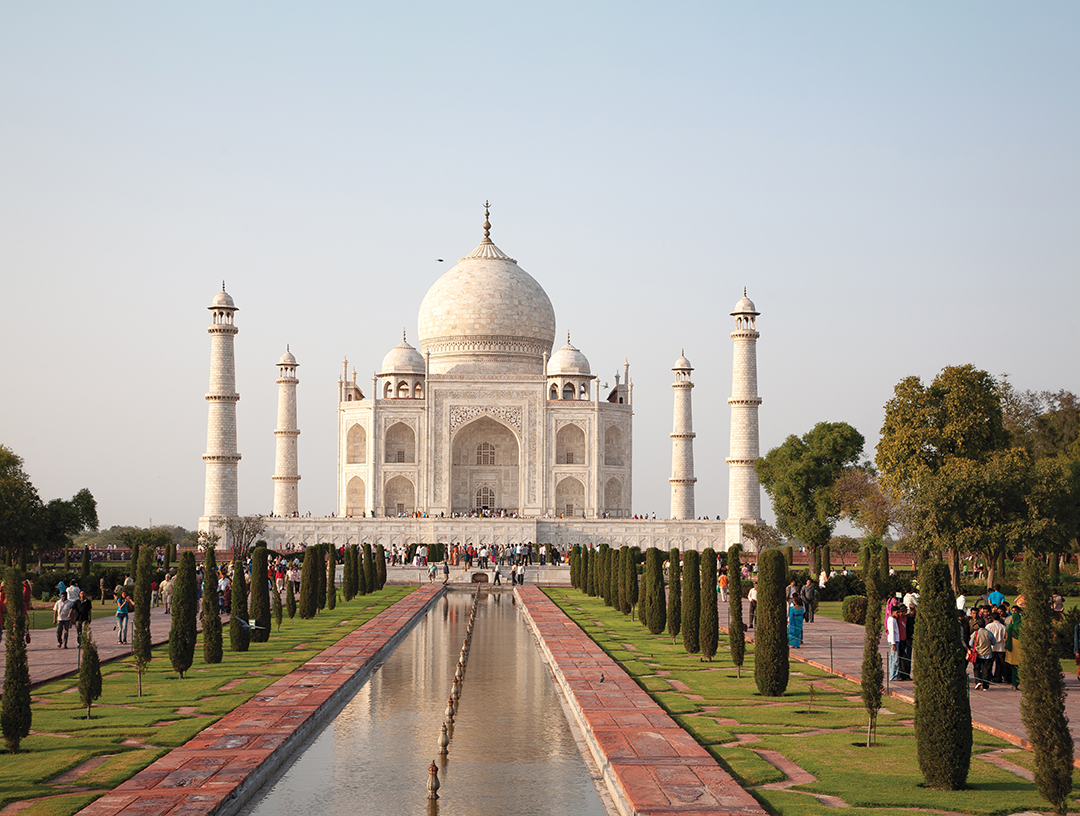
I browse the pages of the UNESCO World Heritage website the way avid foodies study restaurant menus and my husband pours over car magazines. The United Nations Educational, Scientific and Cultural Organization sounds stuffy, but it’s actually the gateway to some of the world’s most exciting places. UNESCO has identified over 1,100 sites of significant cultural and natural importance — many of which are unknown to even experienced travelers. The website wasn’t intended to be a travel guide, but I can’t think of a more inspiring source for very special destinations.
Twelve places were on the list when it was first published in 1978. Our visit to one of these, L’Anse aux Meadows National Historic Site in a remote area of Newfoundland, remains a favorite memory. L’Anse aux Meadows is the site of an 11th-century Viking settlement and it has the earliest evidence of European presence in the New World. It was thrilling to walk across this wild terrain on the shores of the North Atlantic, which was once home to Leif Erikson and other Norsemen who rowed boats from their colony on Greenland to collect hardwood. I loved sitting with costumed interpreter guides as they shared Norse tales, and I was fascinated by the story of the Norwegian couple who found the site in 1960. If you go, the nearby Norseman Restaurant at L’Anse aux Meadows is a great spot for lunch or dinner.
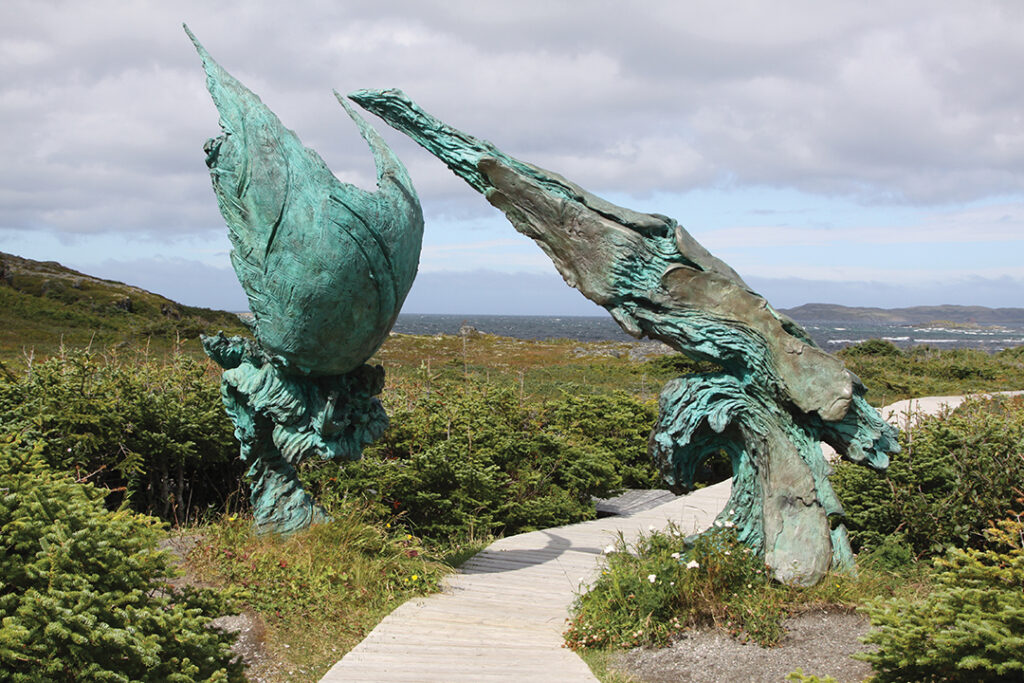
I’m not sure we would have driven all the way to L’Anse aux Meadows if it hadn’t been prequalified by UNESCO. Too many touted attractions turn out to be disappointing, but we’ve never had a bad experience with the places that qualify for this list. This includes the Galapagos Islands that were also on the 1978 list. This very carefully preserved destination was every bit the bucket list experience I’d anticipated.
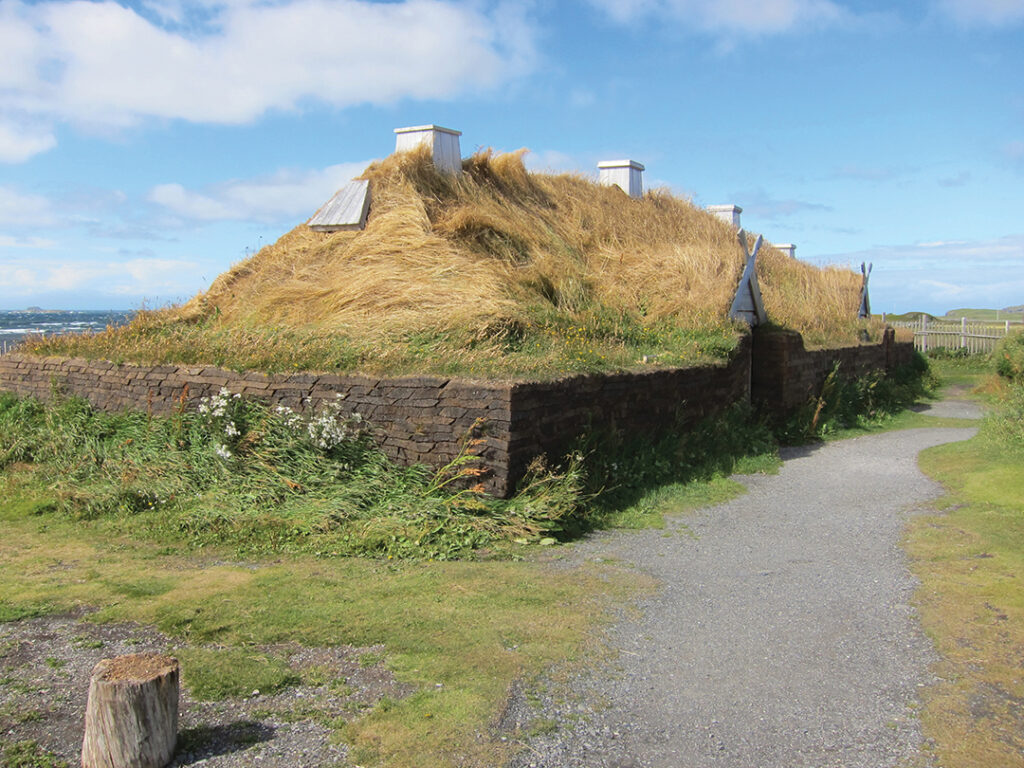
The Best Old Towns
There are quite a few UNESCO sites in Spain, and one of the most popular is Santiago de Compostela, the city at the end of the legendary Camino de Santiago. Both the pilgrimage trail to the city and Old Town Santiago are on the list. Unlike many supposed old towns around the world, this historic one is notable for a range of impressive monuments and narrow streets lined with Romanesque, Gothic, Renaissance, Baroque, and Neoclassical buildings. Other listed old towns in Europe include Corfu, Greece, and Siena, Italy.
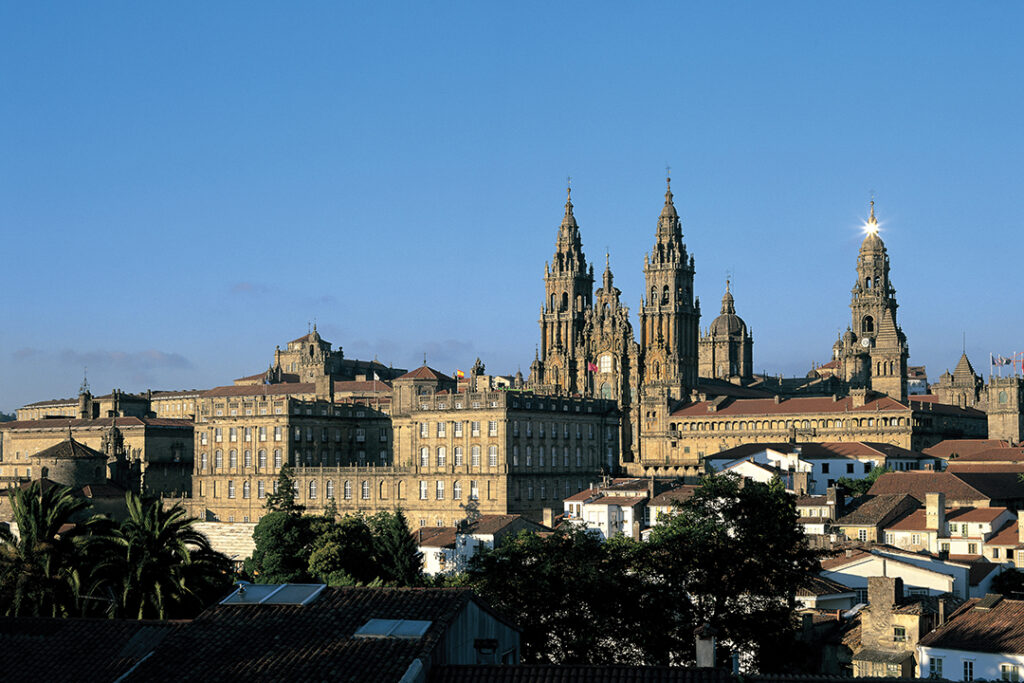
In Vietnam, the port city of Hoi An has also successfully preserved its “ancient town.” I loved wandering through the colorful produce market and watching clusters of women selling seafood. It’s also fun to shop for clothes here. For over 500 years, Hoi An tailors have specialized in the art of creating custom silk garments. However, even more remarkable are the silk embroidery paintings that appear to have been created with paint.
Maybe Too Popular?
The UNESCO list is useful for learning about off-the-beaten-path places, but it also includes popular sites that draw big crowds. When Machu Picchu numbers skyrocketed, the government of Peru set a limit of 2,500 tourists a day, but this is still a lot of people. My advice for seeing this landmark without hordes of visitors is to stay near the site at Belmond Sanctuary Lodge. This makes it possible to enter as soon as it opens in the morning.
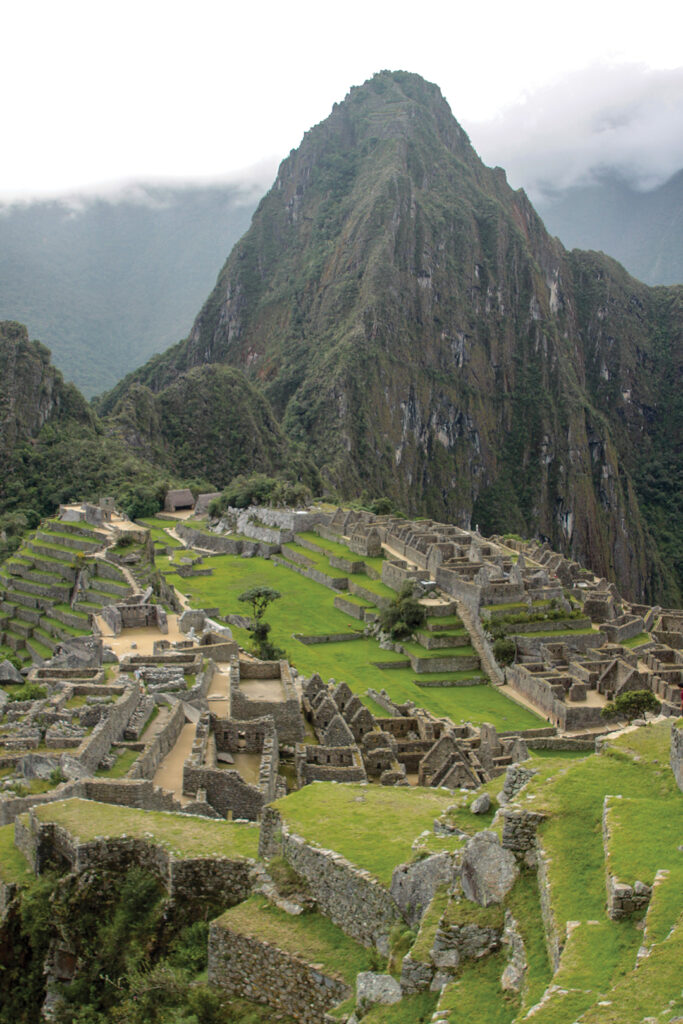
I feel the same way about the Taj Mahal in India. The site receives more than 35,000 visitors a day, but if you stay nearby at The Oberoi Amarvilas Agra, the hotel can provide private transport first thing in the morning and at sunset — the two best times to be there. Rooms at the Oberoi also provide views of this 17th-century “monument to love.” It’s also best to wake early to see Angkor Wat without crowds. I gasped when our guide said he was going to pick us up at 5:30am, but I was grateful when we saw the sun rise on this ancient temple complex in Cambodia.
I browse the UNESCO list looking for new destinations to explore, but I inevitably stop and read about old friends. Two of my favorites are the stunning Sydney Opera House that opened in 1973 and the Statue of Liberty, a gift from France on the centenary of our independence.
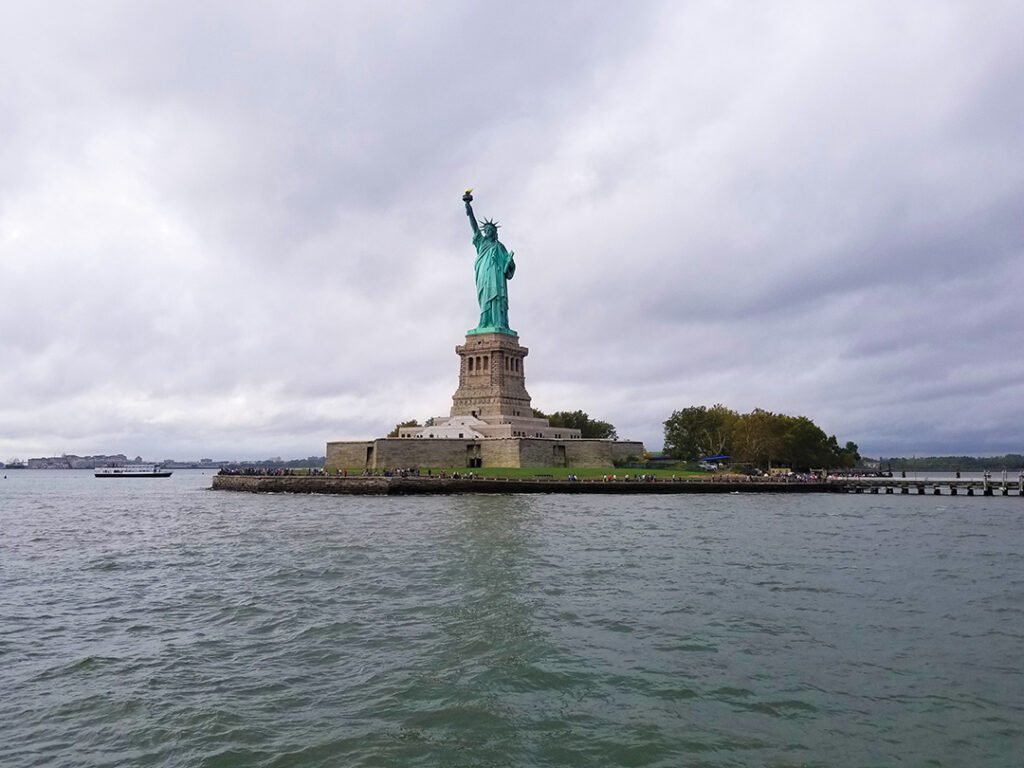
New friends, old friends: The UNESCO World Heritage List is the place to find the world’s most revered destinations. whc.unesco.org/en/list
More Articles

Savor South Coast Plaza and their critically-acclaimed restaurants
Helmed by award-winning chefs, the Costa Mesa shopping destination is drawing epicures from near and far
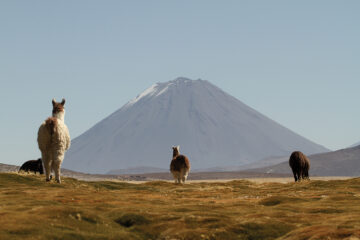
What’s new in Peru?
Travel Editor Elizabeth Hansen revisits a favorite destination for a fresh perspective

San Diego’s Stay & Play Guide 2024
Make the most of the season with special hotel packages, Mother’s Day celebrations, and summer parties

Sky Deck at Del Mar Highlands Town Center Launches Space Odyssey Month in May
Restaurant collective to host a series of space-themed events with food and beverage specials
Leave a Comment Cancel reply
Your email address will not be published. Required fields are marked *
Save my name and email in this browser for the next time I comment

The 10 UNESCO World Heritage Sites To See in Your Lifetime, According Travel Advisors
Exploring UNESCO World Heritage Sites is like embarking on a journey through the tapestry of human history and natural marvels.
These sites, recognized by the United Nations Educational, Scientific and Cultural Organization (UNESCO), represent some of the most significant cultural and natural treasures on our planet.
From awe-inspiring ancient ruins that whisper tales of civilizations long gone, to breathtaking natural landscapes that showcase the Earth’s geological wonders, each site is a testament to our diverse heritage and the beauty of the natural world.
This guide offers insights into why these locations are must-see destinations in your lifetime, promising unforgettable experiences and a deeper understanding of our world’s rich history and natural splendor.
UNESCO World Heritage Sites
Mount kōya, japan.
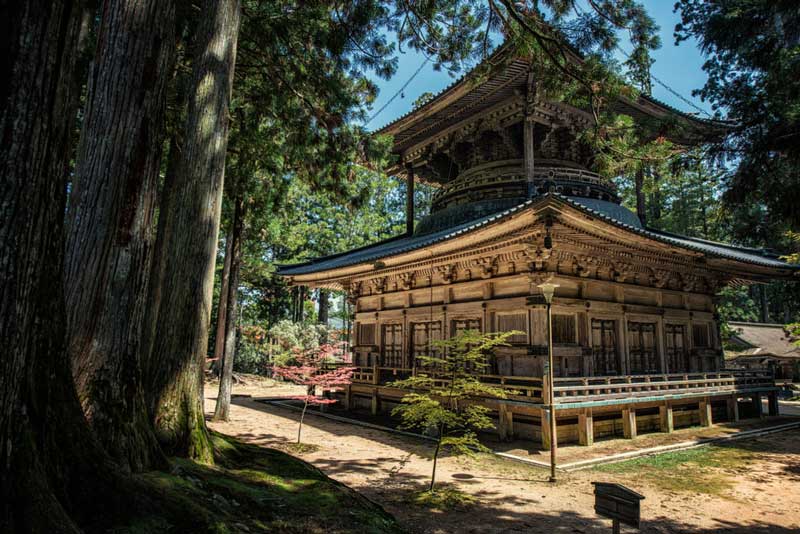
Mount Kōya, located in Wakayama Prefecture, Japan, is an extraordinary blend of cultural heritage and natural beauty. It’s the heart of Shingon Buddhism, founded by the revered monk Kukai, known as Kobo Daishi, in the early 9th century. The mountain sanctuary is home to over 100 temples and monasteries.
The Kongobuji Temple stands as the central temple of Shingon Buddhism, featuring Japan’s largest rock garden and stunning screen paintings. The spiritual atmosphere is further enriched by the Danjo Garan complex and the iconic Konpon Daito Pagoda.
The most sacred site, however, is Okunoin Cemetery, holding Kobo Daishi’s mausoleum and over 200,000 gravestones of significant historical figures.
Walking through the mystical paths lined with ancient cedars and moss-covered stones offers a serene and reflective experience. Pilgrimage trails, such as the Kumano Kodo and Choishi-michi, add to the area’s spiritual significance, drawing visitors to traverse these historical paths.
Ennedi Massif, Chad
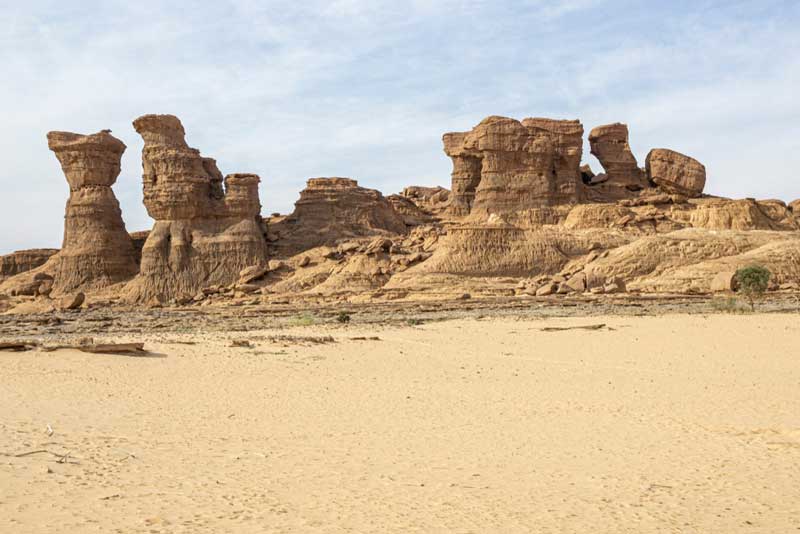
The Ennedi Massif in Chad is a remarkable site, offering a unique blend of natural beauty and historical significance. This vast sandstone plateau, often likened to a labyrinth of bizarre rock formations, deep gorges, and valleys, is sculpted by centuries of wind and water erosion.
It’s a vivid reminder of the Sahara’s green past, with remnants of monsoon rains transforming it into a fertile savanna about 10,000 years ago. Today, the Massif is a refuge for diverse wildlife, including a small population of crocodiles, survivors of a once widespread species.
The Ennedi Massif is also celebrated for its extensive and well-preserved rock art, dating back thousands of years, providing a window into the past cultures of the Sahara.
This art features scenes of everyday life, animals, and changing climates, offering insights into the region’s history. Despite its remote location and challenging environment, the Ennedi Massif’s awe-inspiring landscapes and historical treasures make it a site of unparalleled importance and beauty.
Tokaj Wine Region, Hungary
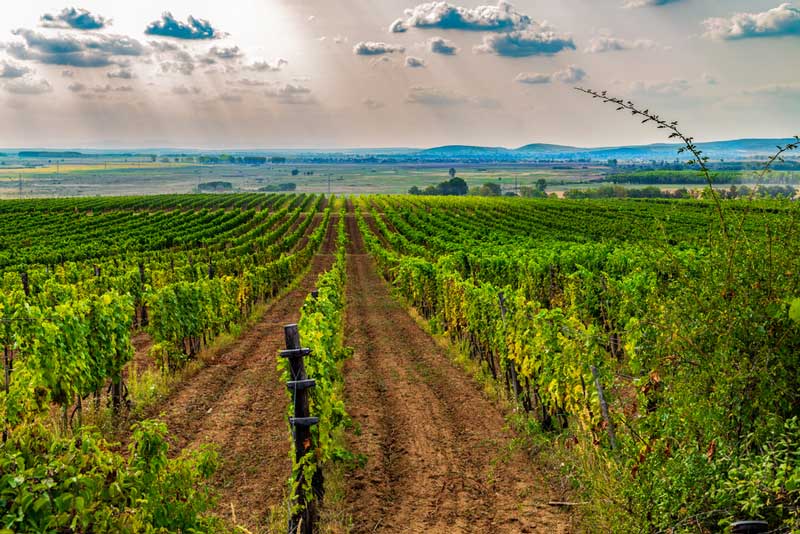
The Tokaj Wine Region in Hungary is renowned for its long history and unique wine-making traditions. This region is celebrated for producing Tokaji Aszú, one of the world’s oldest botrytized wines, a sweet wine of exceptional quality and flavor.
The vineyards of Tokaj are situated in a microclimate area, where the meeting of the Tisza and Bodrog rivers creates misty conditions, ideal for the development of noble rot (Botrytis cinerea). This process is critical in creating the distinct and prized sweetness and flavor of Tokaji wines.
The cultural landscape of Tokaj reflects centuries of wine production and the harmonious integration of vineyard cultivation, wine-making processes, and the architectural legacy of the region.
Its cellars and vineyards illustrate the evolutionary process of wine production in this culturally rich and picturesque part of Hungary.
The significance of Tokaj extends beyond its wine; it represents a deep-rooted tradition of viticulture that has shaped the region’s economic, social, and architectural character for centuries.
Lake Turkana National Parks, Kenya
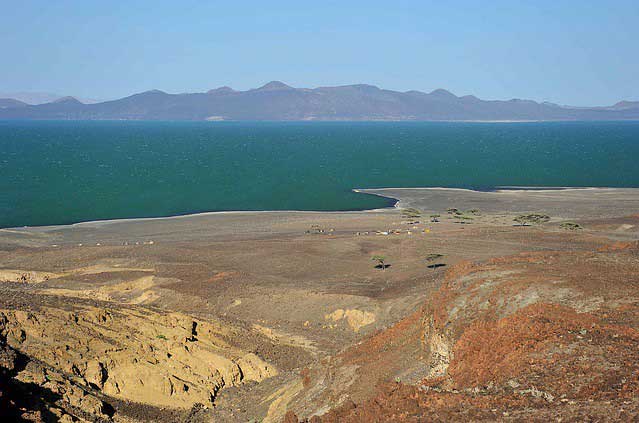
Lake Turkana National Parks in Kenya encompass a stunning wilderness in the northern Kenyan Rift Valley. The parks include Sibiloi National Park on the eastern shore, Central Island, and South Island National Parks, each with its unique ecosystem.
Renowned for its striking blue-green waters, Lake Turkana, formerly known as Lake Rudolf, is the world’s largest permanent desert lake and the largest alkaline lake. This region boasts a rich array of wildlife, including Nile crocodiles, a variety of fish species, and numerous birds.
It’s also a paleontological hotspot, with numerous hominid fossils discovered in the area, making it a key site for understanding human evolution.
Despite its remote location and harsh climate, Lake Turkana retains a wild, unspoiled character, offering a glimpse into both the ancient past and the vibrant ecological present.
Champagne Hillsides, France
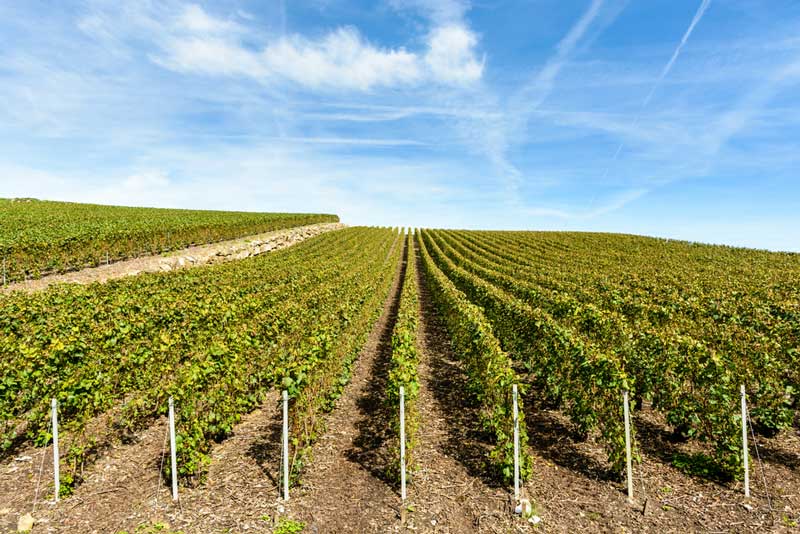
The Champagne Hillsides in France, famous for their historical vineyards, are a testament to centuries of winemaking excellence. This region is celebrated for producing the world-renowned Champagne, a symbol of luxury and celebration.
The landscape, characterized by rolling hills, vineyards, and historic villages, reflects the evolution of Champagne production over the centuries. The vineyards are carefully tended to maintain the distinct quality and flavor that Champagne is known for.
Visiting these hillsides offers not just a taste of exquisite wines but also a journey through the rich cultural and historical heritage of French winemaking.
The Champagne Hillsides embody a unique interaction between people, their history, and the environment, making them a must-visit destination for wine enthusiasts and cultural explorers alike.
Southwestern Indigenous Sites, United States
The Southwestern Indigenous Sites in the United States, spanning across multiple states, offer a profound insight into the ancient cultures of the region’s Indigenous peoples. These sites include remarkable cliff dwellings, ceremonial kivas, and petroglyphs that date back thousands of years.
Places like Mesa Verde National Park and Chaco Culture National Historical Park showcase the architectural ingenuity and spiritual depth of the Ancestral Puebloans. Exploring these sites allows visitors to connect with the rich history and traditions of Native American communities.
The preservation of these sites provides a crucial link to understanding the diverse cultural heritage of the Southwest and the enduring legacy of its Indigenous peoples.
San Antonio Missions, Texas
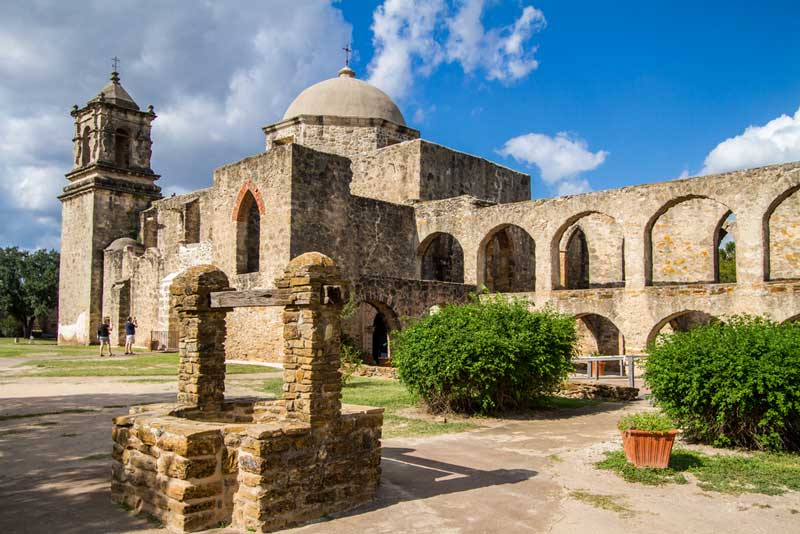
The San Antonio Missions in Texas, a UNESCO World Heritage Site, represent a significant cultural and historical ensemble.
Located along the San Antonio River basin, these five mission complexes, built in the 18th century by Franciscan missionaries, illustrate the Spanish Crown’s efforts to colonize, evangelize, and defend the northern territories of New Spain.
These missions are notable for showcasing the blending of Spanish and Coahuiltecan cultures, reflected in architectural and decorative elements that merge Catholic symbolism with indigenous designs.
The site also includes a ranch, architectural structures, archaeological remains, churches, residential buildings, and ancient water systems, offering a rich glimpse into the region’s colonial past.
Wieliczka Salt Mines, Poland
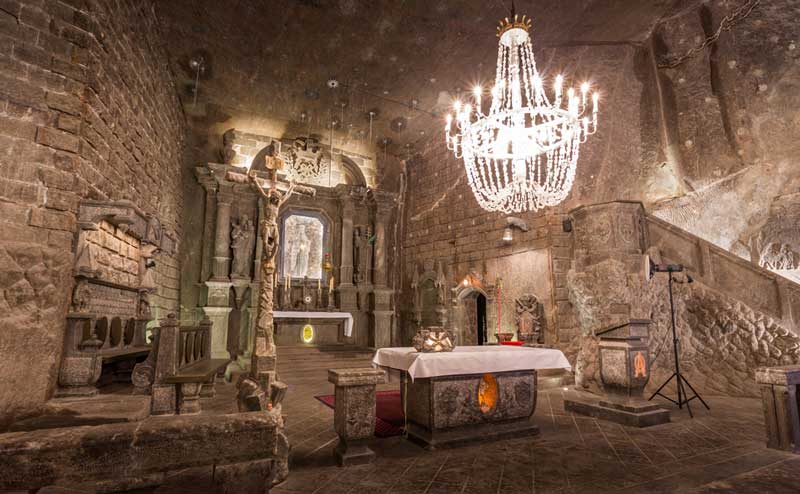
The Wieliczka Salt Mines in Poland, a UNESCO World Heritage Site, are renowned for their historical significance and sheer architectural marvel. These ancient mines, operational since the 13th century, have played a pivotal role in the economic and cultural development of the region.
Over time, miners have carved out an extensive network of tunnels, chapels, statues, and even an underground lake, all from rock salt, making it an extraordinary subterranean world.
The site serves as a testament to the historical salt mining technology and the cultural traditions associated with it. Today, the mines are a unique attraction, offering visitors an insight into a crucial aspect of Poland’s history and heritage.
Willemstad, Curaçao
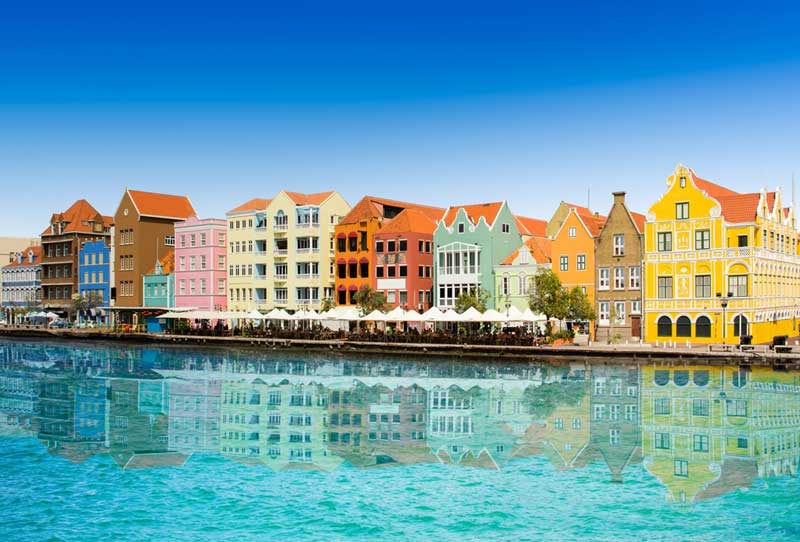
Willemstad, the capital city of Curaçao, is known for its colorful architecture and rich cultural heritage. The city’s unique character is defined by its well-preserved historical buildings that reflect Dutch colonial architecture blended with Caribbean influences.
The distinct neighborhoods of Punda and Otrobanda are particularly notable for their lively streetscapes, iconic pastel-colored buildings, and floating market.
Willemstad’s diverse history and cultural influences are evident in its museums, cuisine, and lively festivals. This historic port city offers a dynamic mix of art, culture, and history, making it a must-visit destination in the Caribbean.
Fossil Hominid Sites, South Africa
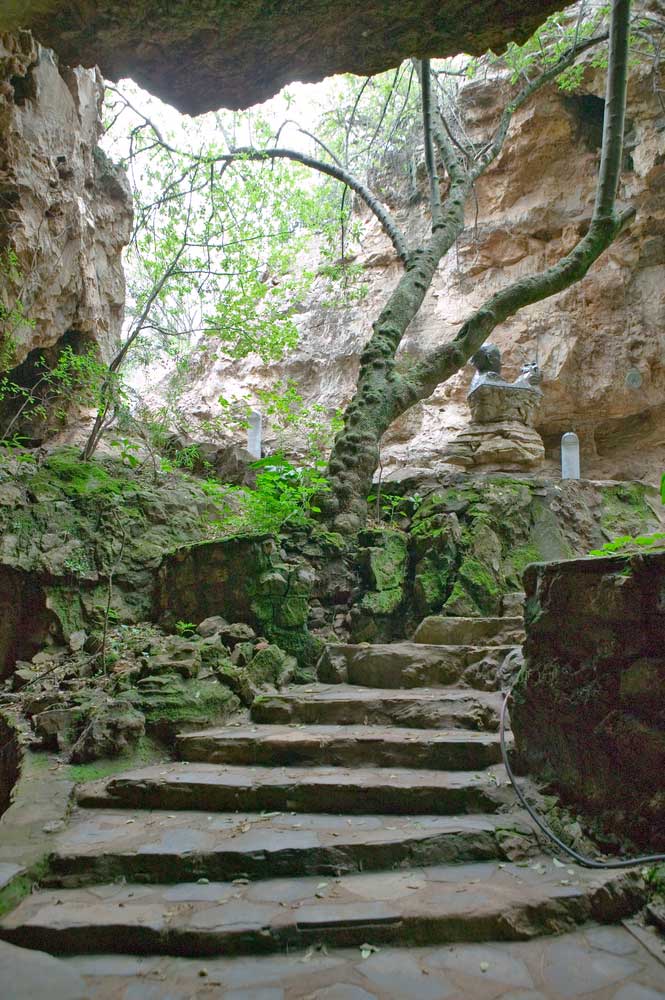
The Fossil Hominid Sites in South Africa, also known as the Cradle of Humankind, are of paramount importance in understanding human evolution. This site is one of the world’s richest concentrations of hominid fossils, providing crucial evidence of human evolution and the development of modern human behavior.
The area includes a complex of limestone caves where numerous fossils have been discovered, including some of the oldest hominid remains ever found. These sites offer invaluable insights into the ancestors of modern humans and are essential for the study of human evolutionary history.
The Cradle of Humankind continues to be an active site of archaeological and paleontological research, attracting scientists and visitors from around the world.
Final Thoughts
The UNESCO World Heritage Sites, from the spiritual resonance of San Antonio Missions to the ancient depths of the Wieliczka Salt Mines and beyond, offer a kaleidoscopic view of our world’s diverse cultural and natural heritage.
Each site, be it the vibrant streets of Willemstad or the profound archaeological significance of the Fossil Hominid Sites, presents a unique narrative, enriching our understanding of human history and the natural world.
These destinations are not just travel locations; they are vivid chapters in the story of our planet, beckoning explorers to experience, learn, and cherish.

World Wild Schooling

13 UNESCO World Heritage Sites To Visit in Your Lifetime
Some of the links might be affiliate links and, at no extra cost to you, we earn a small commission. See our disclaimer for more info.
The United Nations Educational, Scientific and Cultural Organization – or UNESCO – doesn’t take things lightly. If a destination is listed as a World Heritage Site, you know it has something special to offer. From ancient cities to natural landscapes, read on to discover 12 of the top sites to visit during your time on planet Earth.
The Acropolis, Athens, Greece

The Acropolis is an ancient citadel perched on a flat-topped limestone hill in Athens . It’s around 150 meters above sea level and is an important historical and archeological site. The Parthenon is the most significant of the site’s structures, and the Acropolis dates back to the 5th century BC. It’s truly awe-inspiring, not least due to how much of it still stands.
🏨 Explore all your hotel options
Read also: Famous Landmarks in Greece
Old Havana, Cuba

Old Havana is UNESCO-listed due to being the Caribbean ’s most impressive city center. It’s packed with attractive, historic architecture, and the fact that it has remained faithful to its original layout also makes it stand out. The Cuban capital stands out with a unique fortification system, Baroque and Neoclassical buildings, and streets lined with classic cars.
Read also: Caribbean Destinations Without Visa
Machu Picchu, Peru

Trekking up to Machu Picchu, at over 2,400 meters above sea level, is the stuff that traveler legends are made of. It’s remarkable not only because of Inca culture but also because of the diversity of flora and fauna inhabiting the elevated area. The structures here also seem completely at one with the land they occupy.
Read also: South America Without Visa
Grand Place, Brussels, Belgium

The Grand Place in Brussels is a UNESCO marvel, one of Europe’s most beautiful squares. The square is framed by decorated guild halls, the majestic Town Hall, and the King’s House, all showing the grandeur of Baroque architecture. Known for hosting the spectacular Flower Carpet event, the Grand Place was beautifully restored after its near destruction in 1695.
Read also: Top Things To Do in Brussels
Great Barrier Reef, Queensland, Australia

The Great Barrier Reef off Queensland’s northeast coast is the world’s biggest and best-known reef site. Around 2,500 smaller reefs comprise the Great Barrier, with over 900 islands. The species diversity includes thousands of types of fish, corals, mollusks, seabirds, and other marine creatures.
Read also: Top Tropical Destinations for Your Bucket List
Easter Island, Chile

Easter Island, or Rapa Nui National Park, is a Chilean territory famed for its moai. These are angular, human-like stone statues with oversized heads. The island is around 2,300 miles off Chile’s coast and is the world’s remotest populated island.
🏨 Explore all your hotel options
Read also: Exotic Beaches for Your Bucket List
The Great Wall of China

It might be difficult to believe that the Great Wall of China only made it onto the UNESCO World Heritage list in 1987. The wall was built more than 2,000 years ago, for defensive purposes. It was meant to protect the Silk Road trade and guard China against invasion.
Read also: Visa-Free Countries
Serengeti National Park, Tanzania
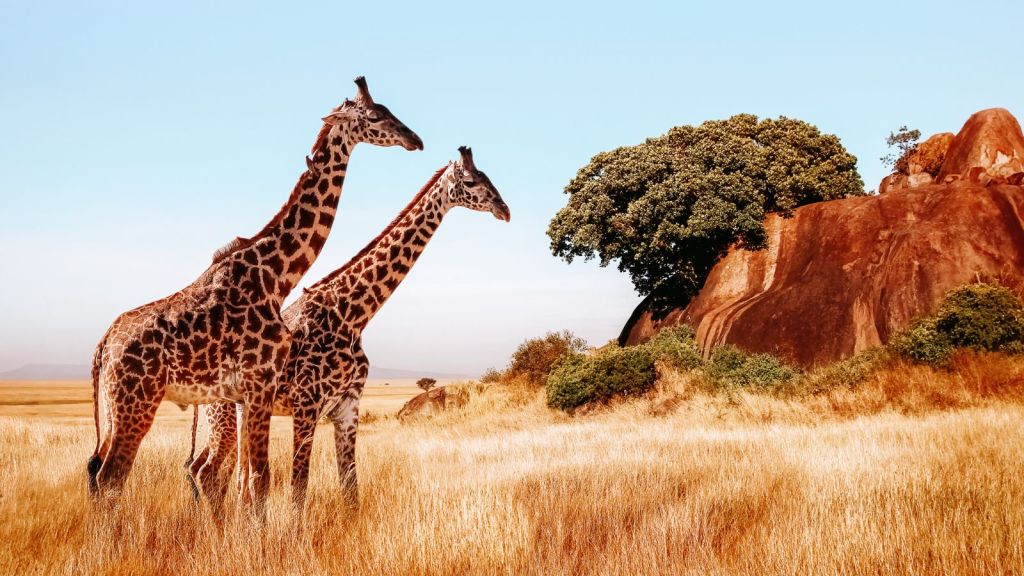
If there’s one place in the world to view wildlife in their natural habitat, then the Serengeti has to be it. The National Park is famous for the annual migration of zebras, gazelles, and wildebeests, so book early if you want to witness this phenomenon. Endangered species in the park include black rhinoceros, cheetahs, elephants, and wild dogs.
Read also: Hidden Beaches Around the Globe
Taj Mahal, Agra, India

Though the entrance might be incongruously tucked away down a dusty side street, that’s soon forgotten once you catch sight of this magnificent mausoleum. It was built between 1632 and 1648 in memory of Mughal Emperor Shah Jahan’s wife. Though it looks fairly plain from a distance, the intricacy of the artwork can make it even more attractive when viewed at close quarters.
Read also: Cheap Warm February Getaways
Dubrovnik, Croatia

Dubrovnik is fast becoming a bucket list city break destination, and it’s easy to see why. You can admire the stunning setting by the ocean from the city walls. Old terracotta-roofed buildings dotted with fine examples of Baroque, Gothic, and Renaissance architecture characterize the charming old town.
Read also: Most Charming Towns in Europe
Kyoto, Japan

Officially listed by UNESCO as the “Historic Monuments of Ancient Kyoto,” this Japanese city is rich in culture and tradition. Classic Japanese architecture and landscaped gardens can be found throughout. With almost 200 buildings, including religious and wooden structures, Kyoto is the number one place to get to grips with Japanese history.
Read also: Visa-Free Asian Destinations
Angkor Wat, Cambodia

Angkor Wat is considered the largest religious monument on the planet. It’s located in the city of Angkor, an ancient Khmer capital. The entire Angkor Archaeological Park complex covers an astonishing 150 square miles, including forested terrain. It’s one of Southeast Asia’s most significant archaeological sites and particularly interesting to Buddhists.
Pamukkale, Turkey

Pamukkale translates as Cotton Palace, and the series of terraced pools are the color of freshly washed white linen. Natural springs from a 200-meter cliff feed the pools rich in calcite. It’s not only about the pools, though. You can also see the remains of a thermal spa, plus other monuments and temples at the site.
Read also: Coastal Drives Around the World

12 Picturesque European Countryside Places for a Scenic Escape

12 Surreal Places You Won’t Believe Are in Greece

12 Cheap Beach Destinations in Europe

15 Biggest Tourist Traps in the US To Avoid

12 Stunning World Capitals With Rich Cultural Heritage

How To Get Your First 100K Monthly Page Views From Flipboard
Loading…
Something went wrong. Please refresh the page and/or try again.
Travel Planning Resources
🛏️ Book hotels 🚗 Rent a car 🎡 Find tickets and tours ✈️ Book flights
🚕 Find airport pickup ⛴️ Book ferries 🚂 Find train tickets ⭐ Get travel insurance

Georgia Konidari is a nationally syndicated writer and the creator of World Wild Schooling, a digital platform dedicated to travel. She is on a mission to explore the globe and share her experiences with fellow travelers. She has been featured on MSN, the Associated Press Wire and more. You can follow Georgia on Instagram, TikTok, Facebook, Pinterest and YouTube.
Share this:

Similar Posts

12 Romantic Getaways for Couples in Hidden Corners of the World

12 Most Scenic Train Journeys Around the World for Your Bucket List

12 Spectacular Glaciers To Witness Before They Disappear

12 Wildlife Sanctuaries Around the World Offering Unforgettable Animal Encounters
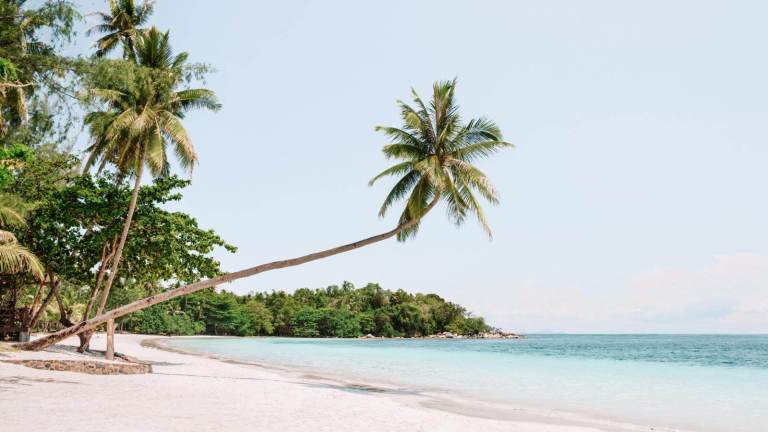
12 Hidden Islands for a Perfect Tropical Escape
12 Iconic City Squares Around the World To Visit Once in Your Lifetime
Leave a reply cancel reply, discover more from world wild schooling.
Subscribe now to keep reading and get access to the full archive.
Type your email…
Continue reading

UNESCO World Heritage Sites you can visit when you book a guided tour
Maybe you’ve heard the term UNESCO World Heritage Sites tossed around when referring to prolific places across the globe, but what exactly are they? Well, let’s go in-depth on the power this buzzworthy title holds and how famous places around the world earn the designation. We’re answering, “What is a UNESCO World Heritage Site and how many are there?” while giving you a beginner’s guide to popular UNESCO sites you can visit on our guided tours .
What is a UNESCO World Heritage Site?
UNESCO is an acronym for United Nations Educational, Scientific and Cultural Organization, which was founded in 1945. Each year, this global body selects new sites across the globe to earn UNESCO status. That place, or intangible art form, is deemed to have cultural or natural importance to people across the world and should be protected for future generations.
How many UNESCO World Heritage Sites are there?
As of late-2022, there are 1,154 World Heritage properties. 897 are cultural sites, 218 are natural sites, 39 are a combination of the two, referred to as mixed. To earn UNESCO status, governments must nominate sites in their country. Experts examine the site and members of the UNESCO committee vote on whether it should be added to the list. This means the official number of UNESCO World Heritage Sites is always changing.
Cultural UNESCO heritage sites
These sites represent the power of human ingenuity across centuries and borders. From ancient ruins to archaeological wonders, these places will take your breath away.

See UNESCO sites on these tours

4.7 out of 5 stars

4.6 out of 5 stars
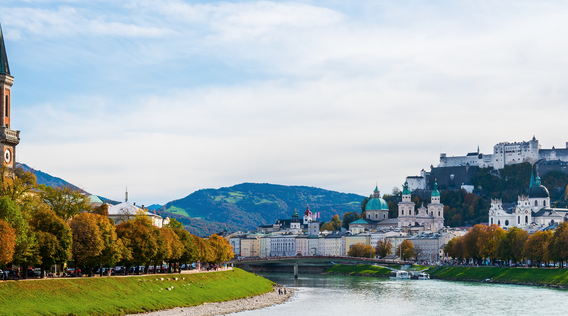
4.8 out of 5 stars
Read our most recent articles


- GENERAL TRAVEL

Heritage Travel: What it is & How it Can Benefit You

Madison Jackson lives in Pittsburgh, PA and is the Director of Jewish Student Life at Carne...
- button]:border-none [&>button]:bg-white [&>button]:hover:cursor-pointer [&>button]:hover:text-cyan-400"> button]:hover:text-cyan-400 [&>button]:bg-white hover:cursor-pointer" height="1em" width="1em" xmlns="http://www.w3.org/2000/svg">
Door post after door post was pointed out to me. We stopped in a court yard that had tenement style houses surrounding it on all sides. We stepped inside what seemed nothing more than a run down, dingy entrance looking practically near collapse. Peering closely at the entrances, I saw an empty carved out space, diagonal in the shape of a mezuzah (a scroll with Hebrew verses on it from the Torah, inside a decorated case). I saw two circles placed perfectly across from each other, showing where once a mezuzah had hung.

Learn about your family history & heritage while doing programs abroad—you’ll love the experience!
This was Praga. Located across the Vistula River opposite Warsaw’s Old Town, this area, sometimes referred to as “alternative Warsaw,” has been called dangerous. But, in years past, this was also the home of Warsaw’s Jews. As a Jew myself, I didn’t expect to learn about this place while interning abroad in Warsaw—a place where the majority of my people once lived. We walked through Praga and our tour guide pointed out different types of traces on doorposts of former Jewish family homes. Unlike the rest of the city, this area was barely destroyed during the war, leaving the homes of families in tact and the authentic representation of Jewish life in Warsaw prior to the war still in existence.
Exploring the mezuzah traces through heritage travel allowed me to learn the stories of Jewish families who had lived in Warsaw, not from the structure of something that was rebuilt, but from the actual traces of what remained.
There’s never been a better time to participate in heritage travel—and participating in historical travel during travel programs abroad just makes sense. Read on to learn how YOU can incorporate heritage tourism into your next great international adventure, like I did.
FAQs on heritage travel

Get up close and personal with hundreds of years of history.
What is Heritage Tourism?
According to the National Trust for Historic Preservation, Heritage Tourism is “traveling to experience the places, artifacts and activities that authentically represent the stories and people of the past and present. It includes cultural, historic, and natural resources.” In other words, Heritage Tourism is a type of travel where you search for an authentic understanding of how something, or a people, was like.
The three main types of Heritage Tourism sites are natural, cultural, and built. Natural heritage sites include landforms and rural scenery, cultural heritage tourism involves attending festivals or a place that sells traditional products, and built heritage sites encompass places such as monuments and historic homes. Through studying, volunteering, interning and teaching abroad there are several different ways in which you can engage with the different types of historic travel and heritage tourism.
- Study Abroad . Studying abroad provides a unique opportunity to live what you are studying. For example, instead of sitting in school reading about the Holocaust, if you study abroad in Europe, your classroom becomes your surroundings and you can visit places from a textbook firsthand. You can walk on the natural grounds where your ancestors once lived and enter still standing historic synagogues and other places of worship. Study abroad is a great time to explore cultural heritage tourism!
- Volunteer Abroad . Protecting special places is valuable to humanity. If you hope to spend time volunteering abroad maybe consider volunteering on a conservation project anywhere in the world, that assists in protecting a heritage site for generations of travelers to come. This type of volunteering will be beneficial as it ensures that heritage travel can continue to provide meaningful experiences for others.
- Intern Abroad . During my time doing an internship in Warsaw, I went with the office I worked for to a cemetery clean up at the Jewish cemetery in Warsaw, to a day of memorial ceremonies in Jedwabne, Poland at seven different memorials, and on a bike ride from the gates of Auschwitz-Birkenau to the Jewish Community Center in Krakow. Naturally, internships you do abroad will come with similar opportunities to visit heritage sites as part of your work hours. Additionally, you can take advantage of your temporary backyard to spend weekends traveling to visit heritage sites and learning as much as possible about the people who live or lived in the country you are working in. You will benefit from seeing a full dimension view of the country.
- Teach Abroad . You can learn about your own heritage by fully integrating into a local community! In teaching abroad you can craft your own experience by specifically signing up for an English teaching program that places you with indigenous people at a heritage site. There, you can preserve their culture and help to sustain their local environment, while also getting to know your own family history through cultural heritage tourism.
Who participates in heritage travel?

Add more context to some of those random traditions grandma forces around the holidays.
Anyone and everyone with a desire to learn can participate in heritage travel! People of all ages and backgrounds can think about doing heritage tourism during short school breaks, gap years, or family trips.
Popular examples of heritage tourism involve religious travel or pilgramages. For instance, many Catholic students might enjoy visiting the Vatican while studying abroad in Italy, or some Muslim volunteers might tack on a hajj to Mecca while volunteering abroad in the Middle East. If you're a first generation immigrant from Latin America or East Asia, you might double-dip your internship abroad to learn your family's native tongue or get to know your family's culture or history in a new way. As a Jewish student abroad, I was keen to learn more about Jewish history—visiting pre-war synagogues and learning the stories of Jewish families past.
The major benefits of heritage travel
1. memorability.
Whenever you return from a trip, you are bound to face the question: So, what did you do on your trip? Usually, people are looking for more than just a general answer, but want an example of something specific you experienced and why you enjoyed it. Heritage travel will provide you with an instant, and ongoing, answer! Travelers say that trips with heritage activities are more memorable than trips without them, because they learn something concrete and new.
2. Strengthens local economies
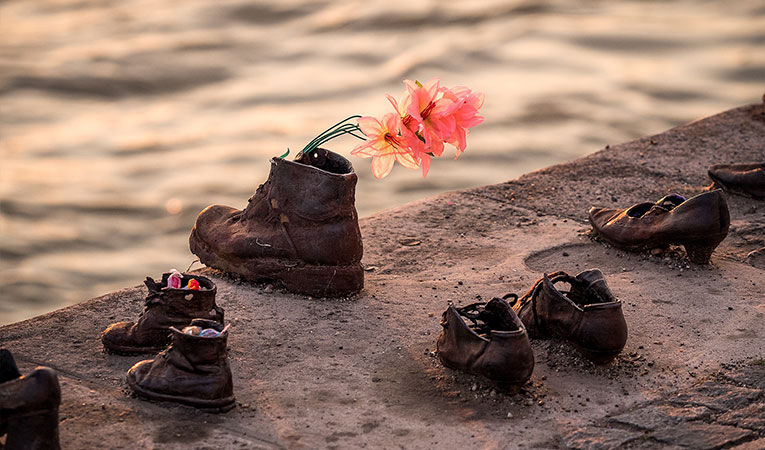
Heritage tourism isn’t always pretty, but it always has an important impact.
A study conducted by the Travel Industry Association showed that heritage travelers spend more time and money at their destinations than other types of travelers. This helps to develop sustainable local economies which often don’t get as much popularity as large tourist attractions. Visiting heritage sites creates jobs in local organizations while simultaneously promoting community pride through the opportunities locals have to work together to improve cultural development.
3. Diversifies the tourism experience
Relaxing at the beach is nice, but think how many more stories there are to tell when there is content and substance involved in a trip. Beyond the traditional ocean and sand vacation, heritage travel allows you to expand your horizons and spread the places people visit beyond a few locations.
4. Reinforces identity and creates understanding
Heritage tourism provides a whole new angle to traveling and can make an experience both fun and educational. You can learn more about yourself, your ancestors, and people of your race, religion, or culture, while also learning more about cultures and backgrounds different than your own. What we learn in a classroom can be difficult to understand; when you interact with sites in person you have the opportunity to really comprehend what a specific identity means.
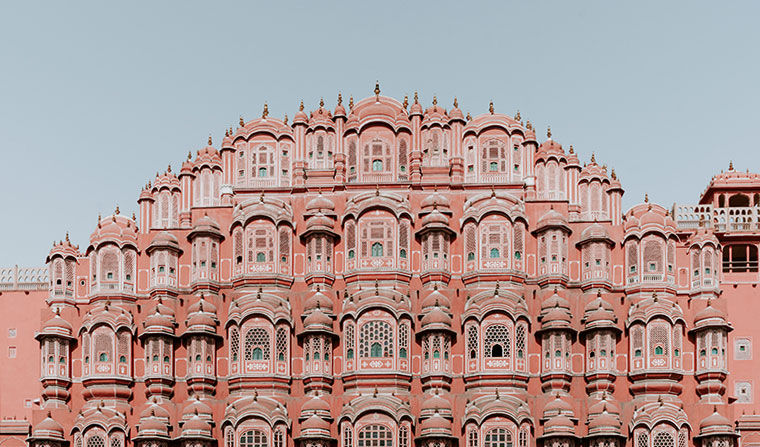
You might even find new things to love and appreciate about your personal history!
5. Increases your learning capacity—especially when done in conjunction with a program abroad
The best part of formal programs abroad isn’t that your itinerary is taken care of (although being free of planning those logistics IS pretty great!), it’s the fact that you have the right container for doing deep thinking and reflecting on what you’re learning. Instead of just witnessing and observing during culture heritage tourism, a program abroad might be able to offer you a stronger framework to participate in the culture. Translating interactions into hard-won lessons is much easier with the help of a trusty mentor or dedicated time for reflection.
That’s why pairing heritage tourism with a program abroad can be a win-win on all fronts!
Walk the footsteps of your family

Get to know yourself—and your family—on a whole new level through heritage travel.
Soon, I started looking for mezuzah traces wherever I went in Europe. I didn't want to ever again walk by a place that had so many hidden stories—that could have been my relatives’ home, or the home of my friends grandparents. Each mezuzah trace told a story that came to life through the Jewish item.
Looking for mezuzah traces throughout Europe was just one way I was able to connect to the heritage of the Jewish people and learn what Jewish life was like in countries prior to World War II. There are so many ways that heritage travel can enhance your time on programs abroad, even for a short trip, and it will make a difference in how you remember a place once you return home.
Get Matched with 5 Programs to Enhance Heritage Travel Today
KAHAL Your Jewish Home Abroad is a non-profit organization which connects Jewish students studying abroad to Jewish opportunities, resources and connections abroad. KAHAL aims to create meaningful Jewish experiences for study abroad students, allowing them to interact with local Jewish communities and deepen their Jewish identities. Wherever students travel, KAHAL arranges chances to attend Shabbat dinners, meet Jewish students, attend holiday meals, volunteer and advocate, and provides grant funding and travel assistance.

Explore Programs on GoAbroad.com
Related Articles

By Julia Zaremba | 1 hour ago

By Chris Kane | 1 hour ago
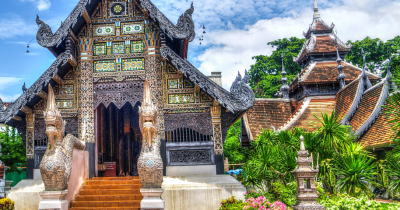
By GoAbroad Writing Team | 2 hours ago

Popular Searches
Recommended programs.

1682 reviews
International Volunteer HQ [IVHQ]

1932 reviews
MAXIMO NIVEL

563 reviews
Intern Abroad HQ

2731 reviews
African Impact
For Travelers
Travel resources, for partners.

© Copyright 1998 - 2024 GoAbroad.com ®
- Study Abroad
- Volunteer Abroad
- Intern Abroad
- Teach Abroad
- TEFL Courses
- Degrees Abroad
- High School Abroad
- Language Schools
- Adventure Travel
- Jobs Abroad
- Online Study Abroad
- Online Volunteer Programs
- Online Internships
- Online Language Courses
- Online Teaching Jobs
- Online Jobs
- Online TEFL Courses
- Online Degree Programs
- Skip to global NPS navigation
- Skip to the main content
- Skip to the footer section

Exiting nps.gov
The National Park Service invites you to visit the places featured in our World Heritage Sites in the United States Discover Our Shared Heritage Travel Itinerary. Designated as World Heritage Sites under the World Heritage Convention to enhance worldwide understanding and appreciation of our shared heritage, this small number of exceptional cultural and natural sites have been formally determined to possess “outstanding universal value” to humanity. Most but not all U.S. World Heritage Sites are administered by the National Park Service, and all or parts of them are listed in the National Register of Historic Places, which the National Park Service expands and maintains for the nation. The World Heritage Sites Discover Our Shared Heritage Travel Itinerary is part of the Department of the Interior and National Park Service's strategy to promote public awareness of history and to encourage visits to historic places throughout the nation.
Last updated: July 6, 2020
More Resources

How Heritage Tourism Helps People Unlock the Past
Heritage tourism provides a great way to learn about the past, but what exactly is it? Check out this guide to learn about this new travel trend!

Throughout the past decade or so, people have begun to look at travel in a completely different way. Experiential travel has become a new buzzword to describe travel with that little extra something to it. This new way of traveling looks different for everyone whether you prefer outdoor activities, cultural exchanges, history, or a bit of everything!
This travel revolution means there are more and more opportunities to shape a trip around your particular interests. History buffs will be happy to know that heritage tourism has emerged as one of the new types of travel, and many different destinations and private organizations are focusing on creating their own heritage tourism programs to help cater to this growing tourism market!
Take a step back in time with Let’s Roam .
Here at Let’s Roam, we have no shortage of history buffs on our staff! Our knowledgeable team has created a range of exciting scavenger hunts that will help you explore the biggest tourist attractions and the hidden gems in a destination. These are all accessible via our handy Let’s Roam app . Plus, the Let’s Roam Explorer blog features hundreds of articles to help make trip planning easy!
Exploring the Past through Heritage Tourism
Below you’ll find a guide to heritage tourism and how it can help you unlock the past. We’ve included a description of what heritage tourism is and how it helps local communities. In addition, we’ve included a short list of some of our favorite heritage travel destinations!
What is heritage tourism?
The term heritage tourism has become a bit of a buzzword in recent years. However, you may find yourself wondering what exactly heritage tourism is. According to the National Trust for Historic Preservation, heritage tourism is “traveling to experience the places, artifacts, and activities that authentically represent the stories and people of the past and present.” This means spending time visiting historic places, museums, and archeological attractions.
However, heritage tourism is more than simply visiting an attraction and checking it off a long to-do list. It means taking the time to truly understand what you’re seeing as well as the impact it has on people. Who lived or worked there? What did their daily lives look like? How did they interact with others?
Heritage tourism is often linked with sustainability since it conveys a more conscious way of traveling. This type of travel generally goes hand in hand with using fewer natural resources. It can also be a great opportunity for tourism development in off-the-beaten-track destinations. This can then be a major contributor to broader economic development and a higher quality of life. Since this type of travel is generally different than mass travel, it also helps promote sustainable development and caring responsibly for cultural resources, historic resources, and natural resources.
What is the purpose of heritage tourism?
In the words of George Santayana, “Those who cannot remember the past are condemned to repeat it.” Heritage tourism serves as a way to connect us to the past. It helps us understand how people lived, loved, and laughed. Knowing this can help us better understand the world that we are currently living in. It can also help us analyze why certain things happened in history and how we can learn from it.
On a more personal level, heritage tourism can help people more closely identify with their own ancestors and heritage. There are many different tour operators that offer itineraries full of cultivated experiences that have a special emphasis on culture and history. A good example of this is Birthright, the program that sends young Jewish people to Israel to learn more about Judaism.
However, you don’t need to go on an organized tour for this. Instead, you can shape your own itinerary so that it incorporates certain aspects that you want to learn more about. For instance, as an American of German and British descent, I’ve made many trips to Germany and the United Kingdom to learn more about my family background.
How does heritage tourism impact destinations?
When placed under the stewardship of ethical institutions, nonprofit organizations, and partnerships with key stakeholders, heritage tourism has a much gentler approach than other types of tourism. It can offer many economic benefits to destinations. Case studies have shown that heritage tourists tend to stay longer in a destination. They also spend more money while they’re there. This means the economic impact of heritage tourists is greater than other types of tourists.
One of the most obvious economic benefits is that heritage tourism provides employment opportunities. These could range from historians to tour guides as well as support employees at the heritage sites. The tourism industry has one of the lowest barriers to entry when it comes to employment. Heritage tourism can create jobs that are likely to go to the local population. This means that the money stays in the local communities that need it most.
This, in turn, helps the local economy in numerous ways by allowing more money to be spent at local businesses. In some parts of the world, this could mean the difference between someone being able to stay in their hometown with their friends and family vs. having to go to a big city and look for work. This usually ensures that people have a wider support network nearby which is crucial to their well-being.
The money generated from tickets can also help preserve the monuments, artifacts, and heritage sites that you’re seeing. This is an incredibly important aspect of conservation. Many of the world’s most important historic sites are falling into disrepair due to unstable economies, civil wars, and other domestic issues. The revenue from ticket sales could make a huge difference in the upkeep and maintenance of the monuments.
What are some tips and tricks for heritage tourism?
If you’re trying to learn more about the past when visiting historic sites, make sure that you have at least a rough idea as to why the site is important. Although most places will provide enough information to piece together a basic idea, spending the time to read up on it before you go will make your experience much more fulfilling.
It’s also important to allow yourself plenty of time at each destination. This is the only way that you can truly immerse yourself in it. Also, try to avoid going to historic sites during peak travel hours. Having fewer tourists around makes it much easier to imagine what the places would have looked like.
What are some of the best destinations for heritage tourism?
Below you’ll find a list of some of our favorite heritage tourism destinations. While this list is in no way exhaustive, it does give you an idea of what types of things fall under the umbrella of heritage tourism. We’ve also included a short section on important things that you should know when visiting any of these destinations.
As one of the oldest civilizations in the world, India has a slew of heritage sites. These can give a comprehensive look into how it transformed from the Indus Valley civilization to the livable, chaotic country we know and love today. The country is full of UNESCO World Heritage sites so this is a good place to start your planning.
Where to go?
Most visitors begin their trip in Delhi. This is perfect for history buffs. Not only is Delhi the capital of India, but it’s also the location of many previous ancient cities. You can still find vestiges of these in the many forts and tombs in South Delhi as well as the winding streets of Old Delhi.
Old Delhi was designed by Shah Jahan of Taj Mahal fame. As you wander through the tiny streets crammed full of shops, eateries, and chai-wallahs, it feels like little has changed in the past few centuries. From Delhi, you can easily get on a train to Agra to see the Taj Mahal or Jaipur within a few hours. If you’re interested in religious history, you should also check out Amritsar in the northern state of Punjab. This is the heart of Sikhism and is the home of the breathtaking Golden Temple.
Alternatively, an overnight train ride will get you to the lakeside city of Udaipur or the spiritual capital of Varanasi where people deposit the bodies or ashes of their deceased family members in the holy Ganges River.
If you’re willing to brave the overnight bus, you can also head to Rishikesh. Sitting in the foothills of the Himalayas, Rishikesh was the birthplace of yoga and a very popular destination for spiritual and yoga-oriented retreats.
A short flight from Delhi will get you to Mumbai or Calcutta. These two cities were important economic and political centers for the British Raj. This is where you’ll find many colonial-era buildings that look like they could be straight out of London.
Important things to know .
The history of India is very long and complex. As you travel, it’s a good idea to jot things down as you go. This is particularly useful for keeping track of Hinduism’s most important gods and kings.
Also, India can be an extremely stressful and uncomfortable country to travel through. Virtually everywhere you go will be crowded, and it will feel like half of the population is trying to get a photo with you. Rather than stressing out about it, just try and take a deep breath and learn to enjoy the chaos. It will make your experience there much more enjoyable. With a more laid-back attitude, you’re also more likely to see how incredibly kind and welcoming most Indians are and what a great sense of humor they have.
Why go?
When it comes to tourist destinations, Thailand has pretty much everything you could possibly want. With the beaches of Koh Samui, the vibrant nightlife of Bangkok, and the green rolling hills of Chiang Mai, there is something for everyone here. Best of all, it’s full of amazing heritage sites that give a fascinating look into Thailand’s history and culture.
As one of the only countries in Southeast Asia that was never colonized, Thailand doesn’t really have the same European-style architecture that you find in neighboring countries. Bangkok is a vibrant capital city that is as sparkly as they come. The city is also home to incredible palaces and temples, including the famous Wat Pho which holds an enormous reclining Buddha. While you’re there, make sure not to miss the vibrant Grand Palace. We guarantee it’s not like any palace you have ever seen before!
Lying just a short train ride from Bangkok, the former capital city of Ayutthaya. It was once one of the biggest cities in the world with a population of nearly one million people. Today, you’ll find it mostly destroyed but even in its current state, it’s still breathtaking. The complex is famous for its 67 temples and ruins.
In the northern section of the country, Chiang Mai is famous for its myriad of temples. These tell an important story of the impact that Buddhism has had on the local population. This bustling city is the largest urban area in northern Thailand and has been a hub for remote workers and backpackers for decades. It’s a great place to base yourself if you want to enjoy some of Thailand’s gorgeous natural landscapes or visit one of the local hill tribes.
Important things to know.
In the late 90s and early 2000s, Thailand basically exploded onto the tourism scene. This huge influx of mass tourism brought with it a few problems. Sex tourism has become very prevalent and can sometimes include underage people. It also comes with drugs and other social issues. When you travel there, it’s best to avoid any of these things. This not only keeps you out of possible trouble but also shows respect for Thai culture.
New Zealand
New Zealand has long been famous for its beautiful scenery and outdoor activities. Despite its location in the middle of nowhere, they have also managed to develop into one of the world’s bucket list destinations.
There are many reasons to visit the Land of the Long White Cloud. Perhaps one of the world leaders when it comes to cultural heritage tourism, New Zealand proudly embraces its Maori culture, and the government has created many initiatives to help educate people on the country’s history. You will be greeted with a hearty Kia Ora from the moment your flight lands at Auckland Airport, and the opportunities to learn more about the indigenous population are endless.
Where to go?
Most long-haul flights fly into the city of Auckland on New Zealand’s North Island. Although there’s little in the way of historic sites here, a quick visit to the imposing Auckland Museum will teach you some important aspects of Maori culture.
From Auckland, you can take a bus or rent a car to visit various Maori sites located across the North Island. These include the Te Pā Tū Māori Village , the Waitangi Treaty Grounds where one of New Zealand’s founding documents was signed, and the Waipoua Forest, one of the oldest forests in New Zealand which plays an important role in Maori culture.
New Zealand is an amazing destination to visit but it can be painfully expensive to travel through. If you’re traveling on a budget, we highly recommend renting a campervan that you can sleep in. This can help save a lot of money rather than staying in expensive hotel rooms.
It’s hard to think of heritage tourism and not imagine Italy. The ancient ruins of the Coliseum and the Roman Forum stand testament to an advanced society that thrived over two millennia ago. Meanwhile, the Duomo and Uffizi Museum in Florence holds some of the world’s most spectacular art.
One of the great things about traveling through Italy is that it has a little bit of everything. And everything they have is magical. From small towns lined with cobblestone streets that have barely changed for hundreds of years to bustling metropolises that have historic sites hidden behind every corner, there is always something interesting for history buffs to explore. As the icing on the cake, the gastronomic scene is incomparable.
The major cities of Rome, Venice, and Florence should be the first stop on a heritage tourism tour. If you want to focus on smaller towns and villages, you can always visit the spell-binding villages of Cinque Terre National Park or hang around some of the smaller towns of Tuscany. Italy has heritage sites virtually everywhere so you really can’t go wrong! Find out more about exploring this beautiful country on our detailed guide of how to spend a week in Italy !
Italy is full of tourists all year round. However, it’s literally bursting at the seams during the high season. Try to avoid going in the summer if you can. It will make your overall trip much more enjoyable since you won’t be battling crowds or wasting precious vacation time standing in lines.
What other places should you go?
While we’ve provided just a short list of great destinations for heritage tourism, there are still many more! Mexico , Egypt, Morocco, Japan, the Czech Republic, Sudan, and Iran are also all great options. They’re all full of cultural heritage sites that are sure to wow even the most jaded history buff!
Are you ready to roam?
We hope this guide to heritage tourism has left you inspired to take a step back into the past! As always, we would love to hear your feedback, and please let us know of any tips, tricks, or destinations we may have missed!
If you’d like to find more information about these destinations mentioned above, make sure to check out the Let’s Roam Explorer blog . Here you’ll find hundreds of destination guides, must-see lists, and travel blogs that will help make your vacation planning easier. Don’t forget to download the Let’s Roam app before you go. This gives you access to all of our great scavenger hunts , ghost walks, art tours, and pub crawls.
Frequently Asked Questions
The purpose of heritage tourism is to explore the past by visiting archeological sites, museums, and historic attractions. Read more about heritage tourism at the Let’s Roam Explorer blog !
Activities normally associated with heritage tourism could be visiting the ancient ruins of Rome or Mexico , going to a local museum, or even going on a walking tour focusing on unique architecture.
Heritage tourism is different than tourism because it focuses on activities and attractions that are dedicated to preserving the past.
Understanding our heritage is important because it’s easier to understand the world around us. Heritage tourism can play a key role in unlocking the past and bringing it back to life.
If you’re looking for a fascinating heritage tourism destination , look no further than India, Thailand, Italy , New Zealand, Mexico, Morocco, or Egypt!
Featured Products & Activities

Travel World Heritage
Guide to UNESCO World Heritage Sites
How to visit the most beautiful archipelago on Earth, without breaking the bank by going to local islands.
Mulu national park, one of the best unesco sites is flying under the radar, the thorough evala=ua, fifty pictures of this amazing hidden gem., koreas unesco sites, the best guide to these seldom visited sites, with pro tips from a pseudo-local., discovering germany: the most worthwhile unesco world heritage sites to explore .
Germany is a fantastic starting point for exploring Europe’s countless UNESCO World Heritage Sites. Why? Because “Wow” is the first word that will come to mind once you see the natural beauty of this land. Plus, we get a wonderful look into the country and the region’s famous past with the rich history and culture here. We’ve put together a list of the absolute must-see sites for you to check out. Just keep reading to find out more.
Historic Cities
You’ll be absolutely captivated by the enchanting tales of the past best told by Germany’s historic cities. And let’s not forget, they provide the opportunity to stroll down the very streets iconic figures once walked on. That connection to the past is something that is simply priceless, don’t you think? It can also be hassle-free through Exoticca’s tours to Germany . The travel company is your reliable companion to convenient and unforgettable vacations in Europe and practically every corner of the globe.
Key Cities

Berlin – Your trip to Germany’s UNESCO sites should begin in Berlin, the country’s lively and diverse city. What makes this city so interesting is the way it combines old and new. It’s like walking through a museum, with the Brandenburg Gate, the remnants of the Berlin Wall, and other historical monuments still standing amongst modern architectural structures.
A Guide To Taking A Cruise With A Pre-Existing Condition

This is a Sponsored Post
Are you dreaming of a relaxing cruise vacation but worried about how your pre-existing condition might affect your travel plans? Don’t let your health concerns hold you back from experiencing the adventure of a lifetime. With some careful planning and preparation, taking a cruise with a pre-existing condition can be a safe and enjoyable experience. In this blog post, we’ll walk you through things you need to know as well as some tips on how to ensure that your health needs are met so you can make the most of your cruise holiday.
Renting a Car to Drive Around Maui, Hawaii

Hawaii is undoubtedly a popular tourist spot. Out of all the places to visit in the state, Maui, the second-largest Hawaiian island, is a beautiful hotspot worth checking out. In 2022, Maui County hotels saw a rise in room revenues by 29.7% from pre-pandemic numbers in 2019. While the growth from the pandemic is still gradual, it’s a sign that more and more tourists are starting to travel to the island again. On top of its beauty, Hawaii owes its popularity to its many attractions. It’s home to two of the world’s most active volcanoes, so if you’re looking to travel to a UNESCO World Heritage Site , the Hawaii Volcanoes National Park is something to keep in mind as it is currently Hawaii’s only World Heritage Site. While the national park isn’t located in Maui, it’s still a notable destination if you want to tour statewide. For today’s post, we’ll look at the relaxing and breathtaking activity of driving around Maui, Hawaii, and everything you need to know to enjoy your drive:
Top 80 Things to do in Korea OUTSIDE of Seoul (2022)

Korea has lots to offer outside of Seoul. Over the last decade, I’ve published, updated, and expanded this list many times. For 2022, here what I think are the “Top 80 Things to do in Korea OUTSIDE of Seoul.” This year, I’ve have added a Kakao Map with instructions at the bottom of this post to help you find these places. Let the countdown begin!
Things to do in Korea Countdown: #80-61
Skip Ahead: Top 61-80 , Top 41-60 , Top 21-40 , Top 1-20
80) Chuja-do Island / 추자도

Chuja Island is a set of twin islands between Jeju and the mainland. This small island doesn’t get many visitors outside of two daily boats. The best way to explore it is to hike Olle Trail 18-1 which does an 8 loop around the island. Many claim it is the most challenging of the 26 Jeju Olle Trails, so try it if you’re up to the challenge. Around the island are interesting mosaics, beautiful natural scenery, and plenty of friendly locals.
Mulu National Park Review | UNESCO World Heritage Site

Last Updated: Aug 7, 2022

Visited: July 28-31, 2016 and July 22-27, 2022
Site Type: Natural
Inscribed: 2000
Background and Opinion: (2016 with a few corrections)
Gunung Mulu is a National Park deep in Malaysian Borneo. It contains dozens of caves including one of the longest in the world, Clearwater Cave. The caves are situated within 530 square kilometers of forest with over 3,500 species of animals and 21,000 species of plants.

One of Mulu’s main attractions is the “bat exodus,” a 10 million strong stream of bats that leave the caves to feed at night. Even if you’re expecting it, nothing quite prepares you for this hour long spectacle.

Enough with the numbers though, here is my not so technical evaluation. It is freakin’ mind-blowing. The best time to go is yesterday, but the second best time is now!
Read more →
Statue of Lenin

Most Recent: Reviews ordered by most recent publish date in descending order.
Detailed Reviews: Reviews ordered by recency and descriptiveness of user-identified themes such as wait time, length of visit, general tips, and location information.
Statue of Lenin - All You Need to Know BEFORE You Go (2024)
- (0.57 mi) Elektrostal Hotel
- (1.00 mi) Yakor Hotel
- (1.31 mi) Hotel Djaz
- (1.41 mi) Mini Hotel Banifatsiy
- (1.45 mi) MTM Hostel Elektrostal
- (0.07 mi) Teremok
- (0.21 mi) Coffee Shop Usy Teodora Glagoleva
- (0.25 mi) Mazhor
- (0.30 mi) Tashir Pizza
- (0.31 mi) Ermitazh
- Corporate Tours
- +91-9090403075
- Himachal Pradesh
- Uttarakhand
- Weekend Getaways
- Spiti Valley
- Honeymoon Packages
- International Trips
- India Trips
Weekend Trips
- Group Tours
Explore The 10 Top Historical Places In Guwahati | Travel Guide
In this blog, we’ll take you on a journey through the top 10 places to visit in Guwahati, showcasing the best of this incredible city, including Historical places in Guwahati like the Kamakhya Temple, Historical places in Guwahati such as the Umananda Temple, and other Historical places in Guwahati that will leave you in awe. Get ready to explore the unknown, experience the local culture, and create unforgettable memories in Guwahati, where Historical places in Guwahati await around every corner!
Also Read: Explore Top 6 Hidden Gems of Guwahati: A Traveler’s Guide
1. Kamakhya Temple:
Things to do:
- Visit the temple
- Attend prayers
- Explore the nearby hills and scenic views
- Visit the nearby Umananda Temple and Basistha Ashram Temple
Timings: 5:30 a.m. to 10 a.m., 12 p.m. to 1:30 p.m., 2:30 p.m. to 5:30 p.m.
Location: Nilachal Hill, Guwahati, India
Entry Fees: Free, but you can purchase a VIP pass for Rs. 500.
Subscribe to our Newsletter
Subscribe to our newsletter to receive exclusive offers, latest news and updates.
2. Umananda Temple:
Things to do:
- Visit the Shiva temple and explore its intricate carvings and architecture
- Enjoy the serene natural surroundings and scenic views of the Brahmaputra River
- Take a ferry ride to the island and enjoy the riverine scenery
- Explore the rock-cut figures of gods and goddesses
- Visit Urvasi Island, a nearby island with a beautiful temple
Timings: 5:30 a.m. to 6 p.m. (Ferry timings: 7 a.m. to 4:30 p.m.)
Location: Umananda Island, North Guwahati, Assam 781030
Entry Fees: Ferry cost: 20 rupees per person ( Temple entry is free)
3. ISKCON Guwahati:
- Visit the temple and explore its intricate carvings and architecture
- Attend prayers and spiritual sessions
- Explore the nearby gardens and natural surroundings
- Visit the temple’s souvenir shop for spiritual books and items
- Enjoy the peaceful atmosphere and meditate
Timings: 4:30 a.m. to 12:30 p.m., 4 p.m. to 8:30 p.m.
Location: Kasturba Ashram Rd, South Sarania, Ulubari, Guwahati, Assam , Assam, India
Entry Fees: Free (Donations welcome)
Note: Please note that timings and entry fees are subject to change, and it’s always best to check with the temple authorities or website for the latest information.
4. Navagraha Temple:
- Visit the temple and explore its intricate carvings and architecture
- Learn about the significance of the Navagraha in Hindu astrology
- Enjoy the peaceful atmosphere and scenic views
- Take a short trek to the nearby hills for a stunning view of the city
- Visit the nearby Shukreswar Temple and Brahmaputra River
Timings: 5 a.m. to 6 p.m.
Location: Chitrasen Road, Guwahati, Assam, India
5. Fancy Bazar:
- Explore the various shops and stalls selling local handicrafts, clothing, and souvenirs
- Try local street food and snacks
- Buy traditional Assamese clothing and accessories
- Shop for electronics, gadgets, and other modern products
- Interact with the friendly locals and shopkeepers
Timings: 9 a.m. to 9 p.m.
Location: M.G. Road, Fancy Bazaar, Guwahati, Assam, India
Entry Fees: Free (No entry fees applicable)
6. Sukreswar Temple:
- Enjoy the peaceful atmosphere and scenic views of the Brahmaputra River
- Take a short walk along the riverbank and enjoy the sunset
- Visit the nearby Sukreswar Ghat and take a boat ride
- Meditate and relax in the temple’s peaceful surroundings
Location: Sukreswar, Guwahati, Assam, India
7. Basistha Ashram Temple:
- Enjoy the peaceful atmosphere and scenic views of the surrounding gardens
- Take a short walk around the ashram complex and explore the nearby hills
- Attend spiritual sessions and workshops (if available)
Location : Basistha, Guwahati, Assam, India
8. Bhuvaneswari Temple
- Visit the temple dedicated to the goddess Bhuvaneswari
- Enjoy the peaceful environment
- Explore the old temple and its surroundings
- Discover the history and architecture of the temple
- Explore the surrounding areas to learn more about the local culture
Timings: It’s recommended to visit the temple during the morning or evening hours when the atmosphere is most peaceful.
Location: 5P86+V7Q, Kamakhya, Guwahati, Assam 781010
Entry Fees: Generally, there is no entry fee for visiting the temple, but you may need to pay a small amount for parking or other services.
9. Regional Science Center:
Things to do :
- Explore the interactive exhibits and experiments
- Learn about science and technology through hands-on experiences
- Attend science shows and demonstrations
- Visit the planetarium and watch astronomy shows
- Participate in science workshops and events
Timings: 10 a.m. to 5 p.m. (Closed on Mondays)
Location: Jawahar Nagar, Khanapara, Guwahati, Assam
Entry Fees: Adult: 20 rupees, Student: 10 rupees, Children (below 12): Free
10. Srimanta Sankardev Kalakshetra
The exhibits include:
- Ancient sculptures and idols
- Traditional Assamese clothing and jewelry
- Handicrafts and handlooms
- Musical instruments and dance costumes
- Rare manuscripts and books
Things to do:
- Explore the art, culture, and history of Assam
- Visit the institution to learn more about the state’s heritage and explore the treasures of one of the most significant Guwahati historical sites.
- Watch cultural performances: The institution hosts various cultural events, such as traditional dance and music performances, theater productions, and folk art demonstrations.
- Attend workshops and classes: Learn about Assamese art, craft, and culture by participating in workshops and classes conducted by experienced artists and craftsmen.
- Visit the library and archives: Research and explore the vast collection of books, manuscripts, and documents related to Assamese history and culture.
- Explore the campus: Take a stroll around the beautiful campus, which includes a tranquil pond, walking paths, and lush greenery
Timings:- The institution is open from 10:00 AM to 5:00 PM from Tuesday to Sunday. Mondays are closed . The timings may vary on special occasions and festivals, so it’s best to check the official website or contact the institution before visiting.
Location: Panjabari Rd, Batahguli, Guwahati – 781037
Entry Fees: Adults: ₹20, Students: ₹10, Children below 5 years: Free entry
Camera fees: ₹50 for still cameras and ₹500 for video cameras.
Note: The entry fees are subject to change, and it’s best to check the official website or contact the institution before visiting.
Also Read: Things to Do in Guwahati in One Day: Discover Top Attractions
Conclusion:
Frequently asked questions (faqs), q: what is the significance of guwahati’s historical architecture, q: are there any guided tours available for exploring historical landmarks in guwahati, q: how can i explore the rich heritage of assam in guwahati, q: what are some prominent historical sites in guwahati.
Our Blog Post
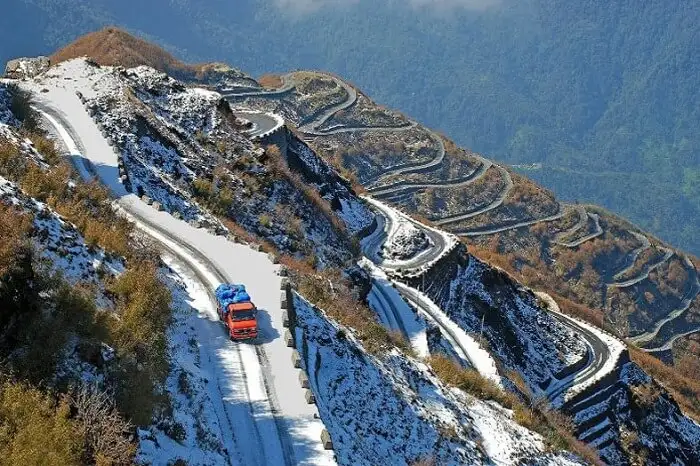
Looking for a hassle free trip?
Connect with our experts! Get the best Itineraries and Offers!
We at WanderOn are a modern travel community that provides end to end travel packages in India and abroad. We design the best travel itineraries that encourage group traveling for like-minded people. Our services include road trips, trekking expeditions, corporate trips, and customized tour packages. On our trips, we ensure hassle-free traveling, top-notch accommodation and guided sightseeing that too in a budget that won't burn a hole in your pocket. Just give us your dates and be ready to experience traveling like never before.
- Bir Billing
- Chopta Tungnath
- Kasol Kheerganga
- Tirthan Valley
- Manali Solang
Himalayan Escapades
- Kasol Manali
- Parvati Valley
- Mcleod Bir Tirthan
- Mcleod Bir Barot
Backpacking Trips
- Himachal Backpacking
- Ladakh Trips
- Meghalaya Backpacking
- Kashmir Backpacking
- Beautiful Places to Visit in Spring in India
- Workcations: The New Trend of Travel
- Breathtaking Monasteries of Ladakh
- Soul-Satisfying things to do in Spiti Valley
- Mesmerising Waterfalls of Meghalaya to Visit
Quick Links
- Privacy Policy
- Cancellation Policy
- Terms & Condition
WANDERON EXPERIENCES PVT LTD
3rd Floor, Building No-436, Phase IV, Udyog Vihar, Sector-18, Gurugram, Haryana-122001
- [email protected]
- www.wanderon.in
© WANDERON EXPERIENCES PVT LTD, All rights reserved.
Where do you want to go next.

Embarking on a transformative journey through six chapters, we traverse India's landscape, exploring pioneering startups and their revolutionary...
- Sustainability
- Agriculture
- Brand Campaigns
- Watch inspiring videos
- Advertise With Us
- Press Coverage
Follow Us On
Download App
Uttarakhand’s Valley of Flowers Opens in June: A Complete Guide for India’s Most Beautiful Trek
Escape the heat and cool off in one of India's most exquisite treks — the Valley of Flowers. This UNESCO World Heritage Site opens in June. Here's a complete guide to help you plan your trip.
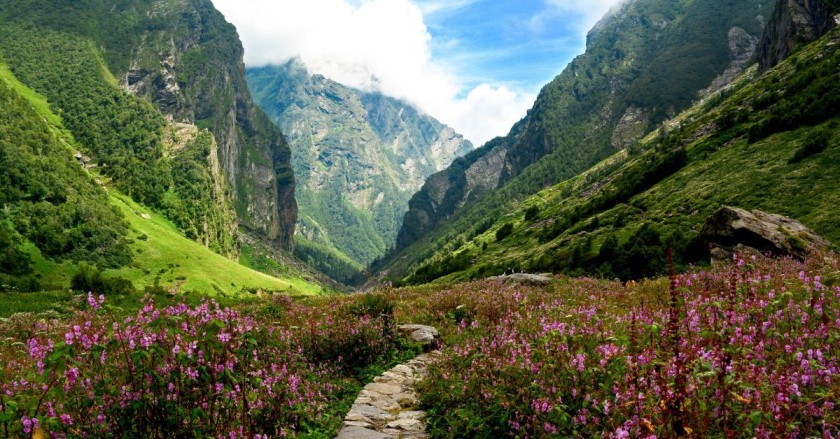
Why Valley of Flowers?
Similar story.

8 Lessons On How India’s Cleanest Villages Achieved The ‘Impossible’
Once areas of deforestation, litter, and heavy tourist influx, villages like Majuli, Yana, Nako, and Piplantri exemplify sustainable practices such as banning plastic, organising clean-up drives, and planting trees. As India’s cleanest villages, here’s how they achieved what once seemed impossible.

How to reach the valley?
View this post on Instagram A post shared by Valley of Flowers (@valleyofflowers)
Day-wise itinerary

‘Just Slow Down’: Couple Quit City Life to Build Bamboo Homestay Surrounded by Nature
Situated in Kalimpong, West Bengal, Kabir Pradhan and Ahana Gurung’s homestay is made of mud and bamboo. It’s an ode to the couple’s love for their hometown and commitment to sustainable living.
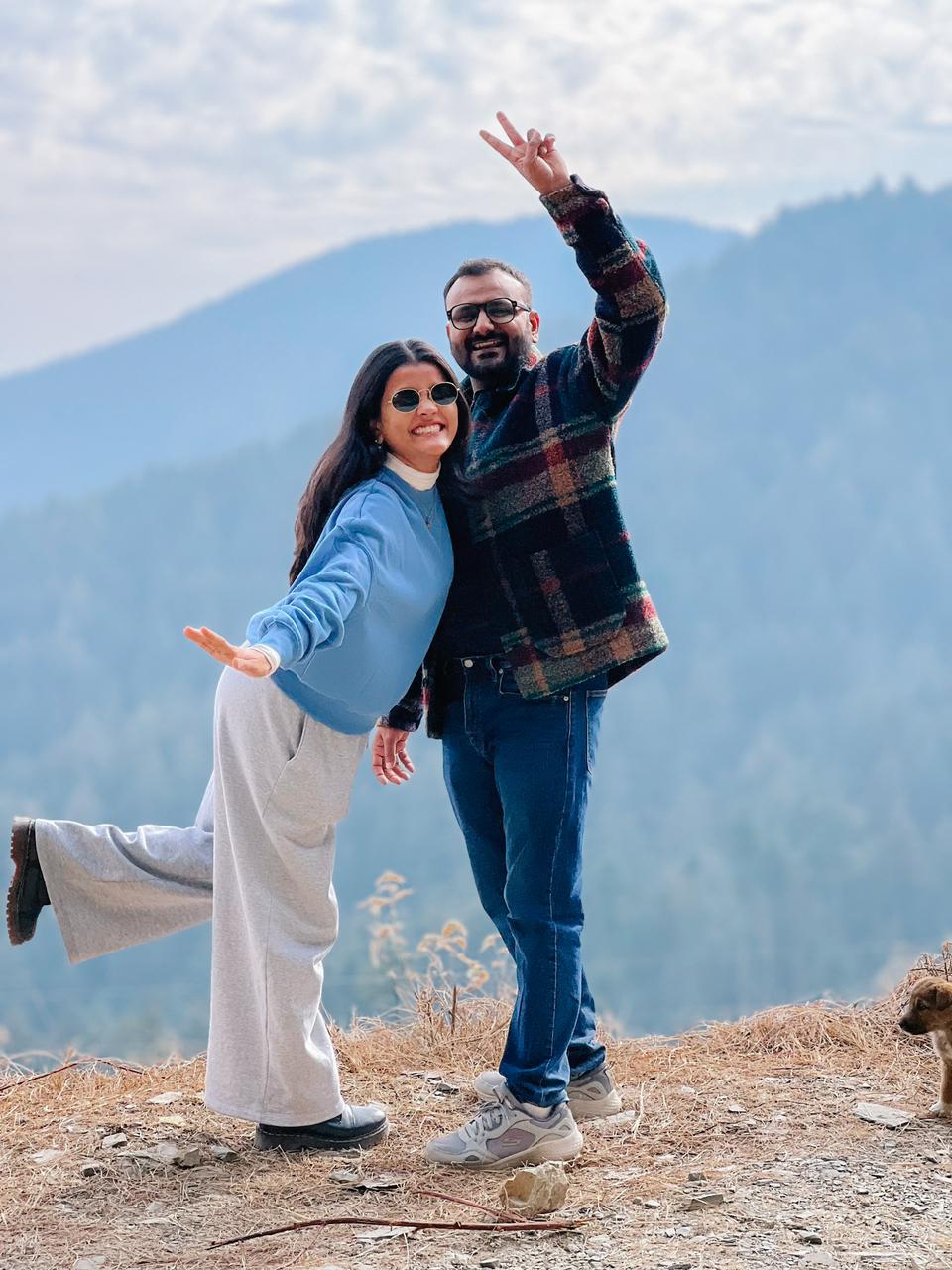
Where to stay in the magical valley?
If you found our stories insightful, informative, or even just enjoyable, we invite you to consider making a voluntary payment to support the work we do at The Better India. Your contribution helps us continue producing quality content that educates, inspires, and drives positive change.
Choose one of the payment options below for your contribution-
By paying for the stories you value, you directly contribute to sustaining our efforts focused on making a difference in the world. Together, let’s ensure that impactful stories continue to be told and shared, enriching lives and communities alike.
Thank you for your support. Here are some frequently asked questions you might find helpful to know why you are contributing?

Sounds Interesting? Share it now!
This story made me
Tell Us More

- Logout Login
- Adventure Holidays
- Weekend Getaways
- Driving Holidays
- Travel News
Top Searches
World Peaceful Countries
Char Dham Temple
India Valleys
India Stargazing Places
World Slow Countries
India Cambodia Flight
Legends of Chittorgarh Fort, one of the country’s largest forts
Times of India TIMESOFINDIA.COM / TRAVEL TRENDS , RAJASTHAN / Created : May 12, 2024, 20:00 IST
You're Reading
Designated as a UNESCO World Heritage Site in 2013, the Chittorgarh Fort holds within its ancient walls endless tales, each woven with threads of tragedy, love, and devotion. As visitors explore its labyrinthine paths, they get tr … Read more
Designated as a UNESCO World Heritage Site in 2013, the Chittorgarh Fort holds within its ancient walls endless tales, each woven with threads of tragedy, love, and devotion. As visitors explore its labyrinthine paths, they get transported back in time, and learn about battles fought and love stories immortalised. Read less

More from Travel News

8 overrated tourist tourist traps from across the world

Comments (0)

Refrain from posting comments that are obscene, defamatory or inflammatory, and do not indulge in personal attacks, name calling or inciting hatred against any community. Help us delete comments that do not follow these guidelines by marking them offensive . Let's work together to keep the conversation civil.
Comments ( ) Sort: Newest UpVoted Oldest Discussed Down Voted closecomments

SIGN IN WITH
Or post without registration.

Visual Stories
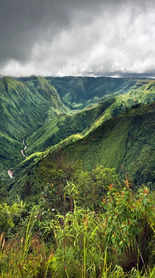
Popular Galleries

Stunning locations that evoke memories of Dil To Pagal Hai TRAVEL TRENDS , WORLD

Top stargazing destinations in India TRAVEL TRENDS , INDIA

Checkout these beautiful photos of offbeat Maharashtra in monsoon TRAVEL TRENDS , MAHARASHTRA
Trending stories.

Stunning locations that evoke memories of Dil To Pagal Hai

- Coming soon! India’s biggest mall at Delhi airport’s Aerocity

14 most travelled countries and their single most unique attractions

8 cheapest places to visit in India for summer vacations

- Shortage of Schengen Visa interview slots likely to impact your Europe travel plans
- 1 Legends of Chittorgarh Fort, one of the country’s largest forts
- 2 Follow in Shilpa Shetty's footsteps: Your ultimate Kedarnath travel guide
- 3 Did you know this national park has the highest number of tigers in India?
- 4 5 must-visit coastal towns in India that are worth every dime!
- 5 5 reasons to visit Ladakh during summers

THE DEFINITIVE GUIDE TO DESTINATIONS, ITINERARIES, THINGS TO DO, RESTAURANTS, NIGHTLIFE and LOTS MORE!
FOLLOW US ON
Places to visit.
- Places to visit in Bangalore
- Places to visit in Mumbai
- Places to visit in Delhi
- Places to visit in Goa
- Hotels in Goa
- Hotels in Jaipur
- Hotels in Shimla
- Hotels in Mumbai
Things To do
- Things to do in Goa
- Things to do in Mumbai
- Things to do in Bangalore
- Things to do in Delhi
Travel Inspiration
- Visa on arrival for Indians
- Honeymoon Places in india
- Hill Stations in India
- Weekend getaways in Mumbai
- Weather in Delhi
- Weather in Chennai
- Weather in Bangalore
- Weather in Mumbai
Best Beaches
- Goa Beaches
- Mumbai Beaches
- Pondicherry Beaches
- Kerala Beaches
- Restaurants in Bangalore
- Restaurants in Chennai
- Restaurants in Pune
- Restaurants in Jaipur
- Hill Station near Delhi
- Winter trip to Ladakh
- Places to visit in Kerala
- Winter Honeymoon Destinations
- UK visa guide for Indians
- Winter Trip to Manali
- Vaishno Devi Yatra
- Special Train Ticket Booking
- HP inter-state Bus
- Honeymoon Destinations India
Latest News
- Who owns the iconic Connaught Place in Delhi and who takes all the profit?
- UAE launches 10-year Blue Residence Visa; all you need to know
- Mongolian climber dies on Everest; Know what happens if you die on Mount Everest? Interesting facts revealed
- International Museum Day 2024: India’s finest museums to add to your must-visit list
- Visa-free travel agreement between India, Russia likely by end of 2024
- 7 most beautiful forests in India
- All about Jeddah Tower, the soon-to-be world’s tallest skyscraper
Congratulations!
You have been successfully added to the mailing list of Times of India Travel. To complete the subscription process, kindly open your inbox and click on the confirmation link which has been emailed to you.
Share with friends
Thank You for sharing! Your friend will receive the article link on email mentioned.
- (For more than one recipient, type addresses separated by commas)
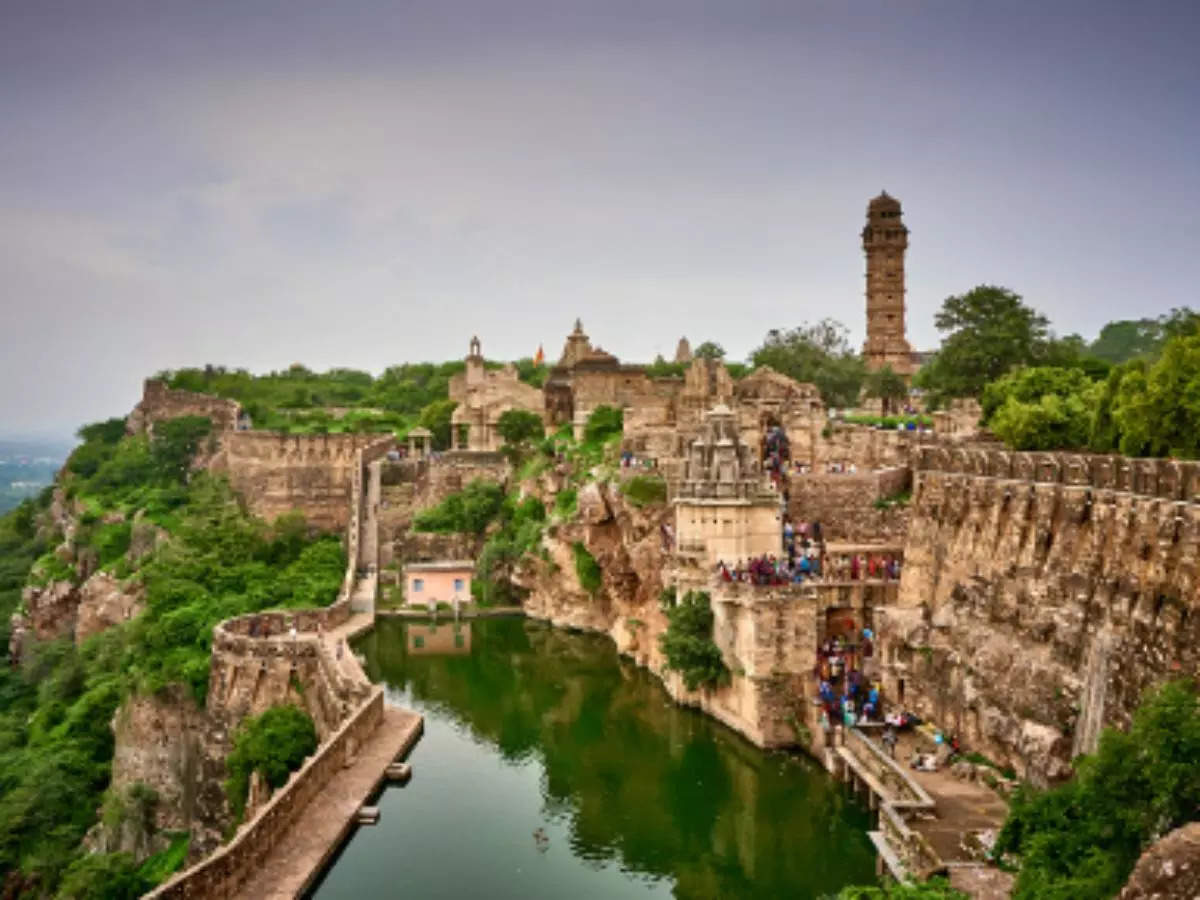
Designated as a UNESCO World Heritage Site in 2013, the Chittorgarh Fort holds within its ancient walls endless tales, each woven with threads of tragedy, love, and devotion. As visitors explore its l...

Zhukovskiy in Moscow Oblast Destination Guide Russia
- You are here:

Zhukovskiy in Moscow Oblast, Russia
Safety Score: 4,4 of 5.0 based on data from 9 authorites. Meaning please reconsider your need to travel to Russia.
Travel warnings are updated daily. Source: Travel Warning Russia . Last Update: 2024-05-18 08:26:29
Delve into Zhukovskiy
Zhukovskiy in Moscow Oblast with it's 97,200 habitants is located in Russia about 22 mi (or 36 km) south-east of Moscow, the country's capital town.
Current time in Zhukovskiy is now 06:32 PM (Saturday). The local timezone is named Europe / Moscow with an UTC offset of 3 hours. We know of 7 airports close to Zhukovskiy, of which two are larger airports. The closest airport in Russia is Bykovo Airport in a distance of 3 mi (or 5 km), North-West. Besides the airports, there are other travel options available (check left side).
There are several Unesco world heritage sites nearby. The closest heritage site in Russia is Church of the Ascension, Kolomenskoye in a distance of 18 mi (or 29 km), West.
While being here, you might want to pay a visit to some of the following locations: Ramenskoye, Orekhovo-Borisovo Yuzhnoye, Moscow, Cheremushki and Vostochnoe Degunino. To further explore this place, just scroll down and browse the available info.
Local weather forecast
Todays local weather conditions & forecast: 17°c / 63 °f.
Sunday, 19th of May 2024
16°C (60 °F) 10°C (49 °F) Few clouds, gentle breeze.
Monday, 20th of May 2024
18°C (64 °F) 14°C (58 °F) Sky is clear, gentle breeze, clear sky.
Tuesday, 21st of May 2024
22°C (71 °F) 15°C (59 °F) Light rain, gentle breeze, clear sky.
Videos from this area
These are videos related to the place based on their proximity to this place.

JZX100 Mark II 1JZ-GTE VVTi 110~230 pull on bold tyres
Published: November 09, 2014 Length: 01:13 min Rating: 4 of 5 Author: 0Hoon
JZX100 Mark II 110~230km/h pull recorded on private road (Zhukovskiy, Russia) Stock motor with stock turbo running stock boost with BPU mods: -Blitz front mount intercooler -Blitz pod filter...

Supercar vs reactive plane race. Final of tournament in Moscow airdrome
Published: November 23, 2014 Length: 56:48 min Rating: 5 of 5 Author: Dolgaceva Irina
This is final of car vs plane tournament held in august 2014 in Zhukovskiy, Russia. Mitsubishi Lancer Evolution with turbokit fighting against MIG 29 reactive massacre rer plane. Originally...

Attractions and noteworthy things
Distances are based on the centre of the city/town and sightseeing location. This list contains brief abstracts about monuments, holiday activities, national parcs, museums, organisations and more from the area as well as interesting facts about the region itself. Where available, you'll find the corresponding homepage. Otherwise the related wikipedia article.
Kratovo, Russia
Kratovo is an urban locality in Ramensky District of Moscow Oblast, Russia, located 40 kilometers southeast of Moscow. Population: 8,277; 6,855; 6,295.
Located at 55.6, 38.15 (Lat. / Lng.), about 1 miles away. Wikipedia Article Urban-type settlements in Moscow Oblast
Ramenskoye Airport
Ramenskoye Airport, also known as Ramenskoye Airfield or Zhukovsky Airfield, is an airport in Moscow Oblast, Russia located 40 km southeast of Moscow and near the town of Ramenskoye. It serves as a major aircraft testing facility since the Cold War years with the majority of the major Russian OKBs having facilities on the airfield. It is also now used by the Ministry of Emergency Situations and cargo transportation. This airfield was also used as a test site for the Soviet Buran Spacecraft.
Located at 55.5533, 38.1517 (Lat. / Lng.), about 3 miles away. Wikipedia Article Soviet Air Force bases, Russian Air Force bases, Airports built in the Soviet Union, Airports in Moscow Oblast
Gromov Flight Research Institute
M. M. Gromov Flight Research Institute or LII for short is an important Russian aircraft test base, scientific research center located in Zhukovsky, 40 km south-east of Moscow. It has one of the longest runways in Europe at 5,403 m. LII's concrete surfacing covers the area of 2.5 million square meters. LII was used as the backup landing site for the Shuttle Buran test program and also as a test base for a Buran's aerodynamic prototypes.
Located at 55.5582, 38.1465 (Lat. / Lng.), about 3 miles away. Wikipedia Article Russian Air Force bases, Airports in Moscow Oblast, Airports built in the Soviet Union, Science and technology in the Soviet Union
Nationwide popular locations
These are the most popular locations in Russia on Tripmondo.
Smaller cities in the vicinity
These are smaller but yet relevant locations related to this place.

IMAGES
VIDEO
COMMENTS
Iguacu Falls. WHERE: Brazil and Argentina. At 490 feet wide and nearly 3000 feet long, Iguaçu Falls is filled with falls of every size and intensity, most notably Devil's Throat, where water ...
One of the most frustrating things encountered when I only have a few days to photograph in a new place is not being able to scout the location before I start shooting. It doesn't matter how much armchair research is done ahead of time, it... Global Heritage Travel. Your resource for sustainable travel to UNESCO World Heritage Sites.
World Heritage Journeys, presented by UNESCO, guides you to the most unique and authentic World Heritage travel experiences, recommended by local experts and curated by National Geographic.
Dharmapuri, Forest Colony, Tajganj, Agra, Uttar Pradesh 282001, India. The Taj Mahal is referred to as "the jewel of Muslim art in India," by UNESCO in its listing on the World Heritage Site registry. The Mughal ruler Shah Jahan had the truly magnificent white marble mausoleum built in 1632-1648, in memory of his favorite wife, Mumtaz Mahal.
Tracing its wine-producing heritage back for more than 2,000 years, the Alto Douro's terraced vineyards are one of Portugal's most captivating UNESCO World Heritage Sites. The region famously gave birth to Port wine, but more than this, the everchanging wine production process makes it a living landscape.
Here are the 25 Must-See UNESCO World Heritage Sites to check off your bucket list. 1. Bagan, Myanmar. Bagan may just be the real-life 'Fairy-tale'. Float in a hot air balloon across temples rising out of the mist and the green. Discover this legendary site of 2200+ temples in central Myanmar.
Mount Kōya, Japan. Japan has an immense collection of UNESCO World Heritage Sites in well-known areas such as Kyoto, Nara, Hiroshima, and Nikko, all of which I would encourage one to see and ...
Distribute your responsible travel tips: In addition to telling family and friends about the wonderful memories you made, also consider sharing tips on how they too can positively impact the World Heritage sites while having an amazing journey. Share your photos: Pictures can say a thousand words. Show us and tell us about your experience by ...
The variety of sites is amazing from nature to culture. Some are large, some are so small it takes minutes to see. This complete UNESCO Site travel guide is your starting point for UNESCO travel. There are over 250 UNESCO sites covered on CTB Global now with detailed trip reports and tips to visit these UNESCO sites. How many have you visited?
Because of this, it is imperative we visit UNESCO sites responsibly. This responsible travelers' guide to visiting UNESCO World Heritage sites sustainably and ethically should be your go-to pocket guide to ensure you have a positive impact rather than a negative one. [no_toc] UNESCO World Heritage Site Bamberg, Germany.
The UNESCO list is useful for learning about off-the-beaten-path places, but it also includes popular sites that draw big crowds. When Machu Picchu numbers skyrocketed, the government of Peru set a limit of 2,500 tourists a day, but this is still a lot of people. My advice for seeing this landmark without hordes of visitors is to stay near the ...
The 10 UNESCO World Heritage Sites To See in Your Lifetime, According Travel Advisors Published on: February 17, 2024 by Cynthia Valentine These sites, recognized by the United Nations Educational, Scientific and Cultural Organization (UNESCO), represent some of the most significant cultural and natural treasures on our planet.
Officially listed by UNESCO as the "Historic Monuments of Ancient Kyoto," this Japanese city is rich in culture and tradition. Classic Japanese architecture and landscaped gardens can be found throughout. With almost 200 buildings, including religious and wooden structures, Kyoto is the number one place to get to grips with Japanese history.
Thingvellir National Park in Iceland. Head east of Reykjavik and you'll land in, arguably, Iceland's most iconic UNESCO World Heritage Site: Thingvellir National Park. It sits in a rift valley and is home to remnants of the country's deep cultural heritage. Here, the Althing, an open-air governmental assembly, was established in 930 and ...
Beyond the traditional ocean and sand vacation, heritage travel allows you to expand your horizons and spread the places people visit beyond a few locations. 4. Reinforces identity and creates understanding. Heritage tourism provides a whole new angle to traveling and can make an experience both fun and educational.
About. The National Park Service invites you to visit the places featured in our World Heritage Sites in the United States Discover Our Shared Heritage Travel Itinerary. Designated as World Heritage Sites under the World Heritage Convention to enhance worldwide understanding and appreciation of our shared heritage, this small number of ...
There are seven UNESCO World Heritage Sites in Sicily. Their beauty and importance automatically make them worthy of inclusion in the list of things to see in Sicily. There are natural wonders, such as the Aeolian Islands and Mount Etna, fascinating archaeological sites, like Pantalica and the Valley of the Temples, and unique artistic creations, such as the baroque art of the Val di Noto and ...
Heritage tourism serves as a way to connect us to the past. It helps us understand how people lived, loved, and laughed. Knowing this can help us better understand the world that we are currently living in. It can also help us analyze why certain things happened in history and how we can learn from it.
Embark on a spiritual journey in Koyasan, Japan. Stay overnight at a traditional temple and immerse yourself in the tranquility and beauty of this sacred mountain town. Set deep within Wakayama's serene mountain ranges lies Koyasan (Mount Koya), one of Japan's most sacred areas. Founded in 816 by monk Kobo Daishi, also known as Kukai (774 ...
The best guide to these seldom visited sites, with pro tips from a pseudo-local. Visit All 12 05 Nov 2023 05 Nov 2023. Discovering Germany: The Most Worthwhile UNESCO World Heritage Sites to Explore ... It's home to two of the world's most active volcanoes, so if you're looking to travel to a UNESCO World Heritage Site, ...
Skip to main content. Review. Trips Alerts Sign in
These geological monuments offer invaluable insights into the history of Earth science, serving as markers of our planet's evolutionary history. You'd be surprised to know that some of the ...
Start your day by visiting the Edakkal Caves, around 25 km from Kalpetta. The two natural caves are in the Wayanad district and are located 1,200 metres above sea level on Ambukutty Mala. These ancient caves showcase remarkable Neolithic rock engravings dating back to 6,000 BCE, depicting human and animal figures.
The closest airport in Russia is Bykovo Airport in a distance of 19 mi (or 31 km), South-West. Besides the airports, there are other travel options available (check left side). There are several Unesco world heritage sites nearby. The closest heritage site in Russia is Church of the Ascension, Kolomenskoye in a distance of 31 mi (or 51 km), West.
The institution is a treasure trove of Assamese culture and history, and is considered one of the most important Guwahati historical sites. The museum's exhibits offer a glimpse into the state's rich cultural heritage, making it a must-visit destination for anyone interested in exploring Guwahati historical sites. The exhibits include:
This UNESCO World Heritage Site opens in June. Here's a complete guide to help you plan your trip. By Tina Freese. May 17, 2024. If you're craving a break from the daily grind and want a breath of fresh mountain air, the Valley of Flowers in Uttarakhand is the perfect escape. Tucked away in the Western Himalayas, this stunning destination ...
Designated as a UNESCO World Heritage Site in 2013, the Chittorgarh Fort holds within its ancient walls endless tales, each woven with threads of tragedy, love, and devotion. As visitors explore ...
2. By Train: There is a train station in Rozhdestveno, which is connected to the Russian railway network. You can take a train from Moscow to Rozhdestveno, with the journey taking around 1-2 hours, depending on the train. 3. By Bus: There are also bus services available from Moscow to Rozhdestveno.
The closest airport in Russia is Bykovo Airport in a distance of 3 mi (or 5 km), North-West. Besides the airports, there are other travel options available (check left side). There are several Unesco world heritage sites nearby. The closest heritage site in Russia is Church of the Ascension, Kolomenskoye in a distance of 18 mi (or 29 km), West.
Insider's Guide to Oregon's Local Seafood. Experience Oregon's rich fishing heritage and the freshest local seafood at ports along the Coast. Tina Lassen, Author. May 17, 2024. Advertisements. The rigging of the fishing vessel Galway Bay rises higher than the second-story window of the Charleston Marine Life Center on the South Coast, where ...